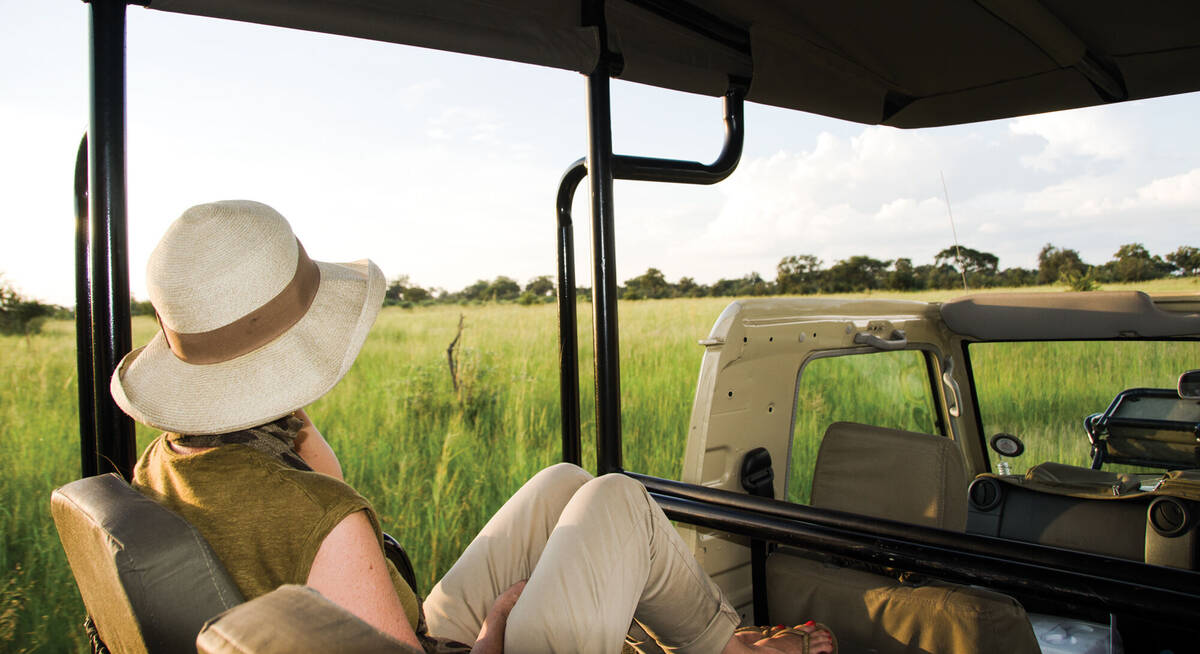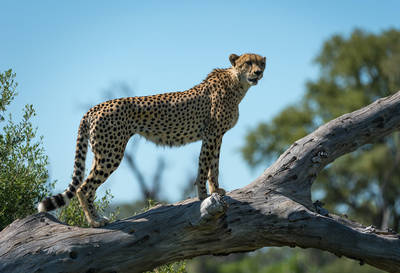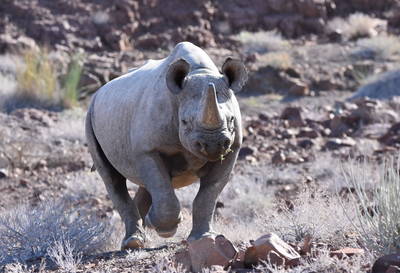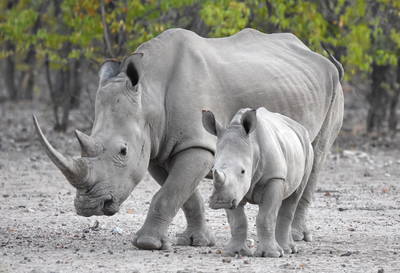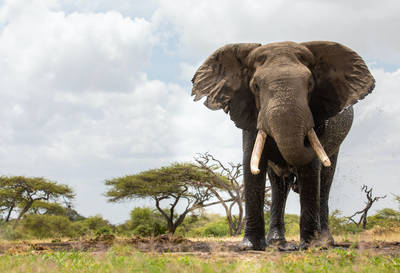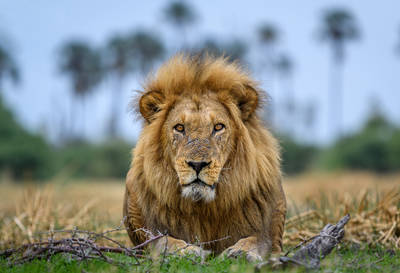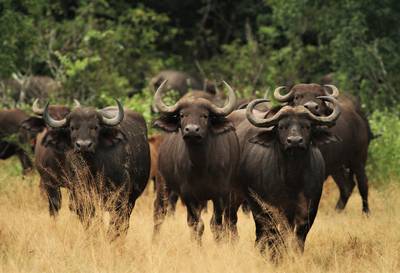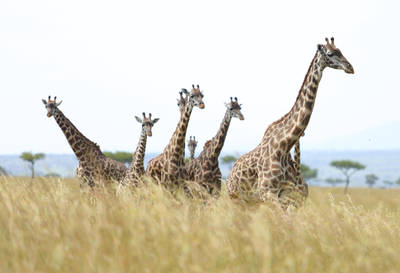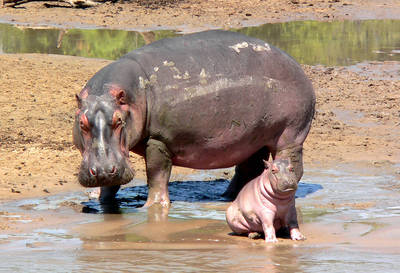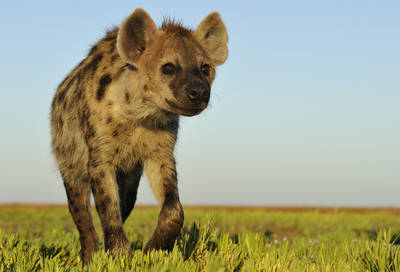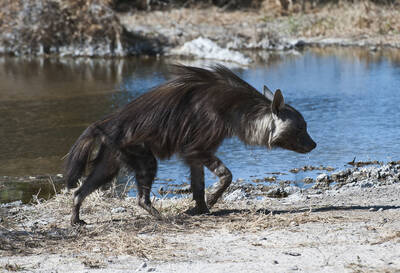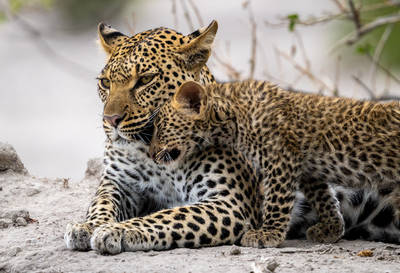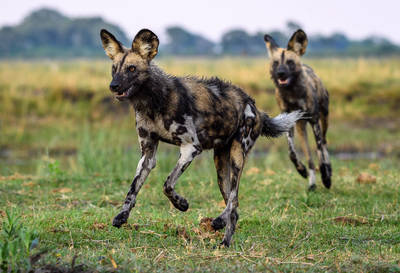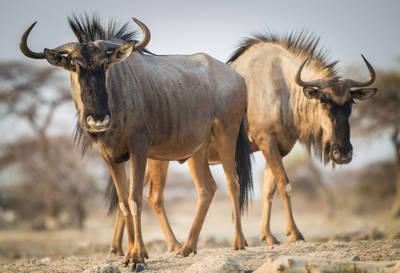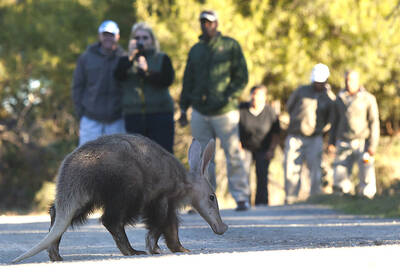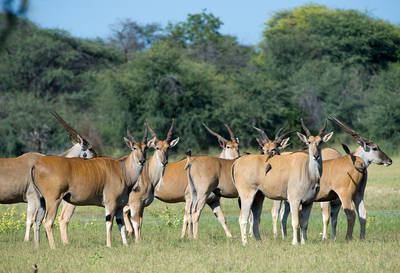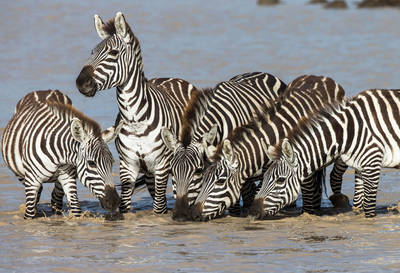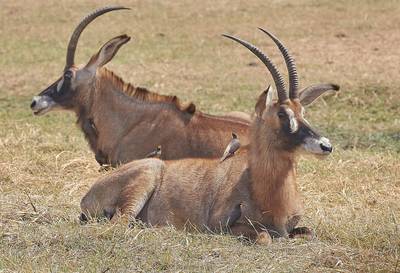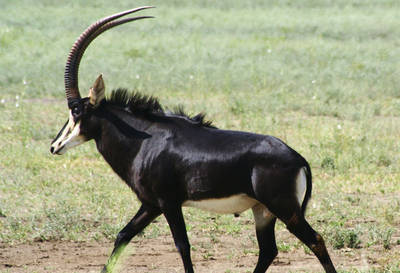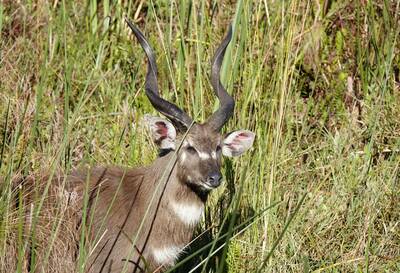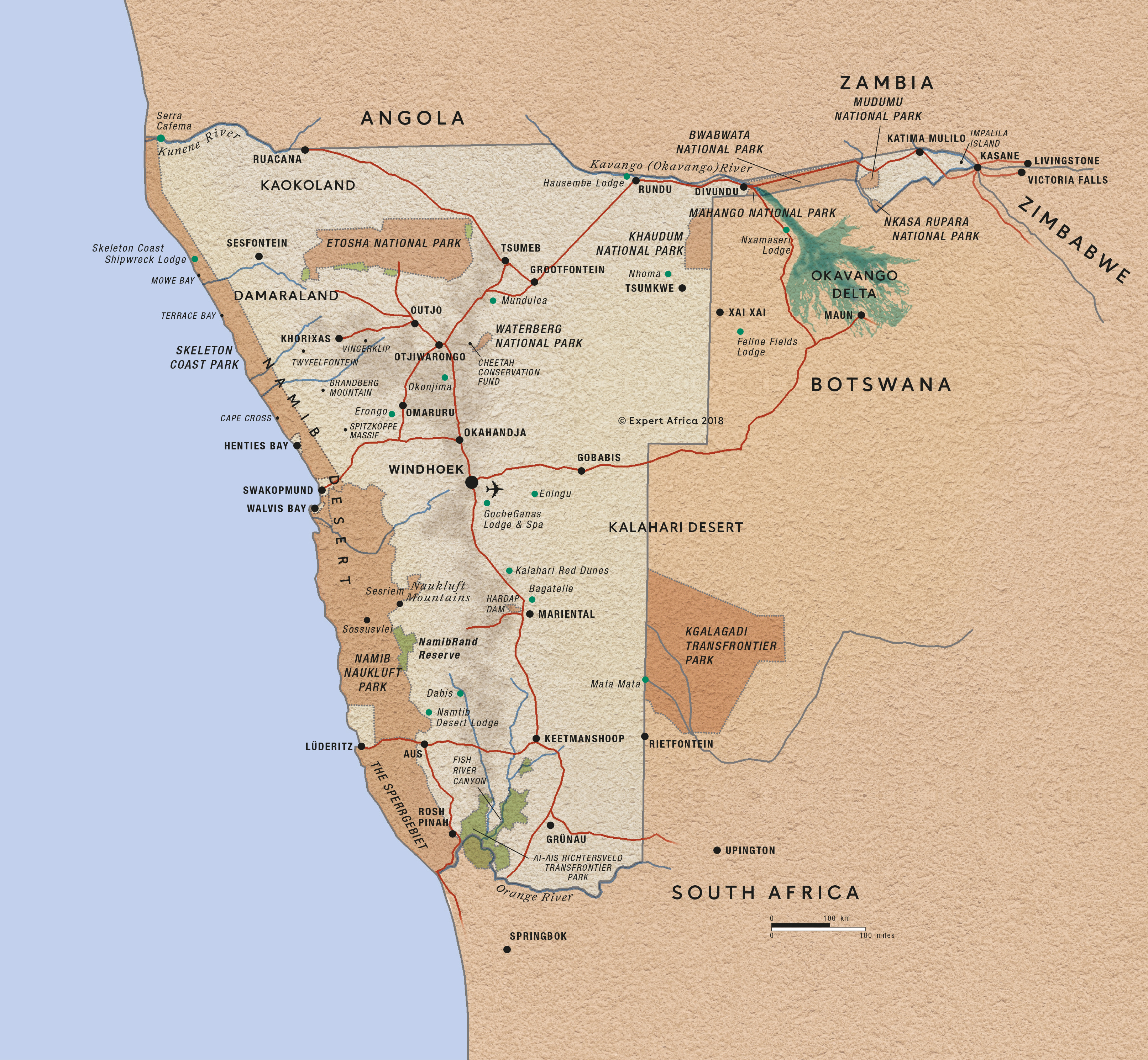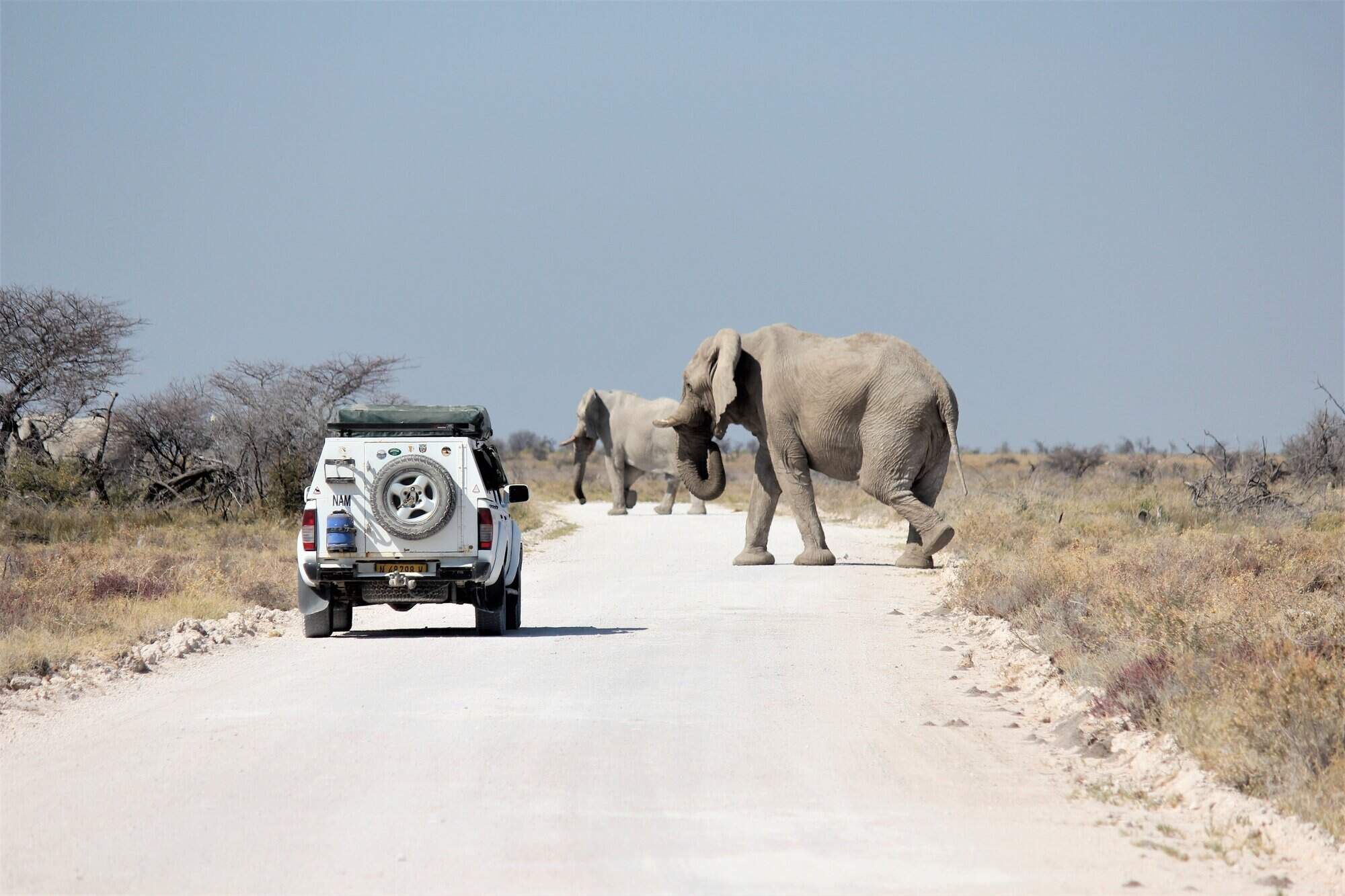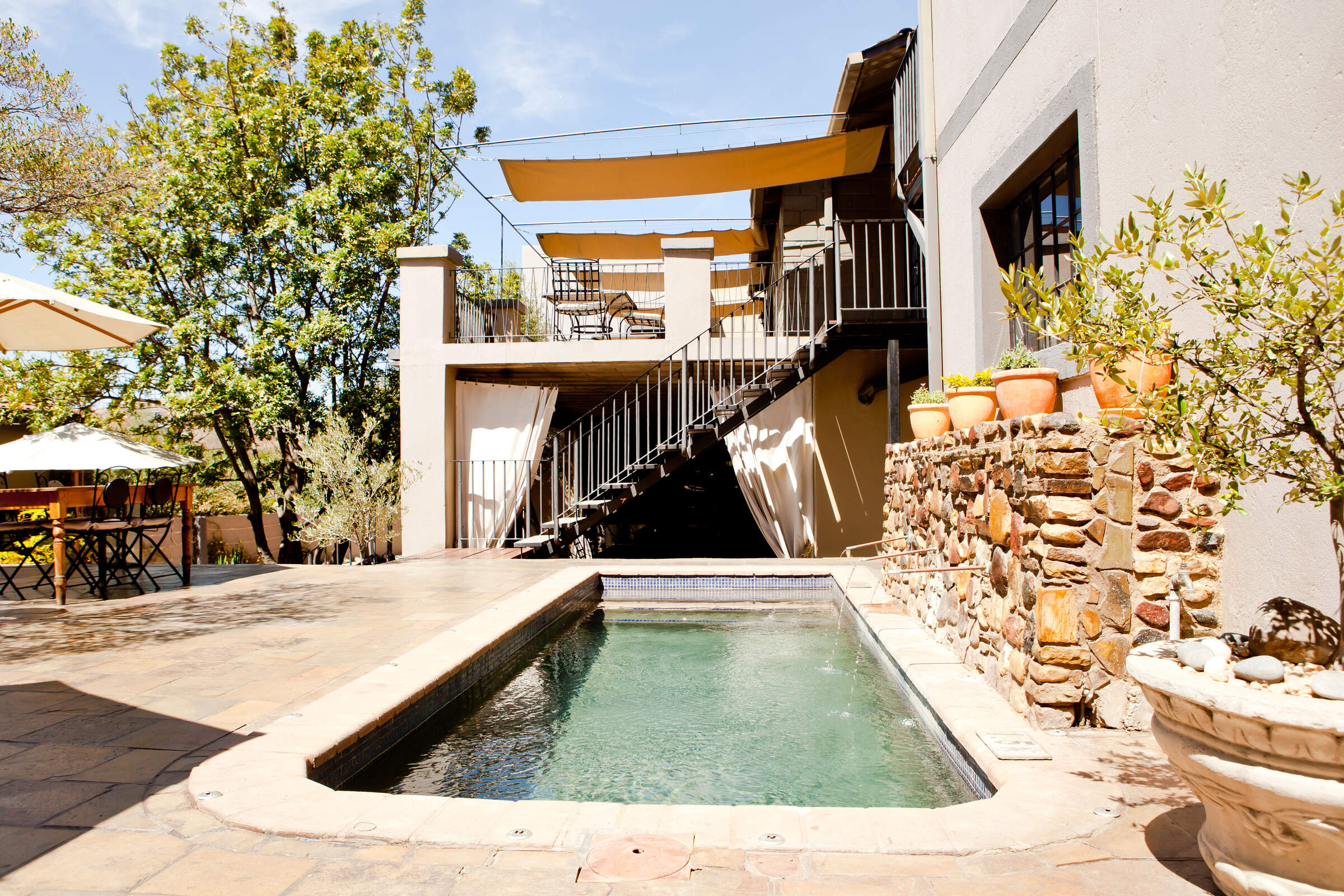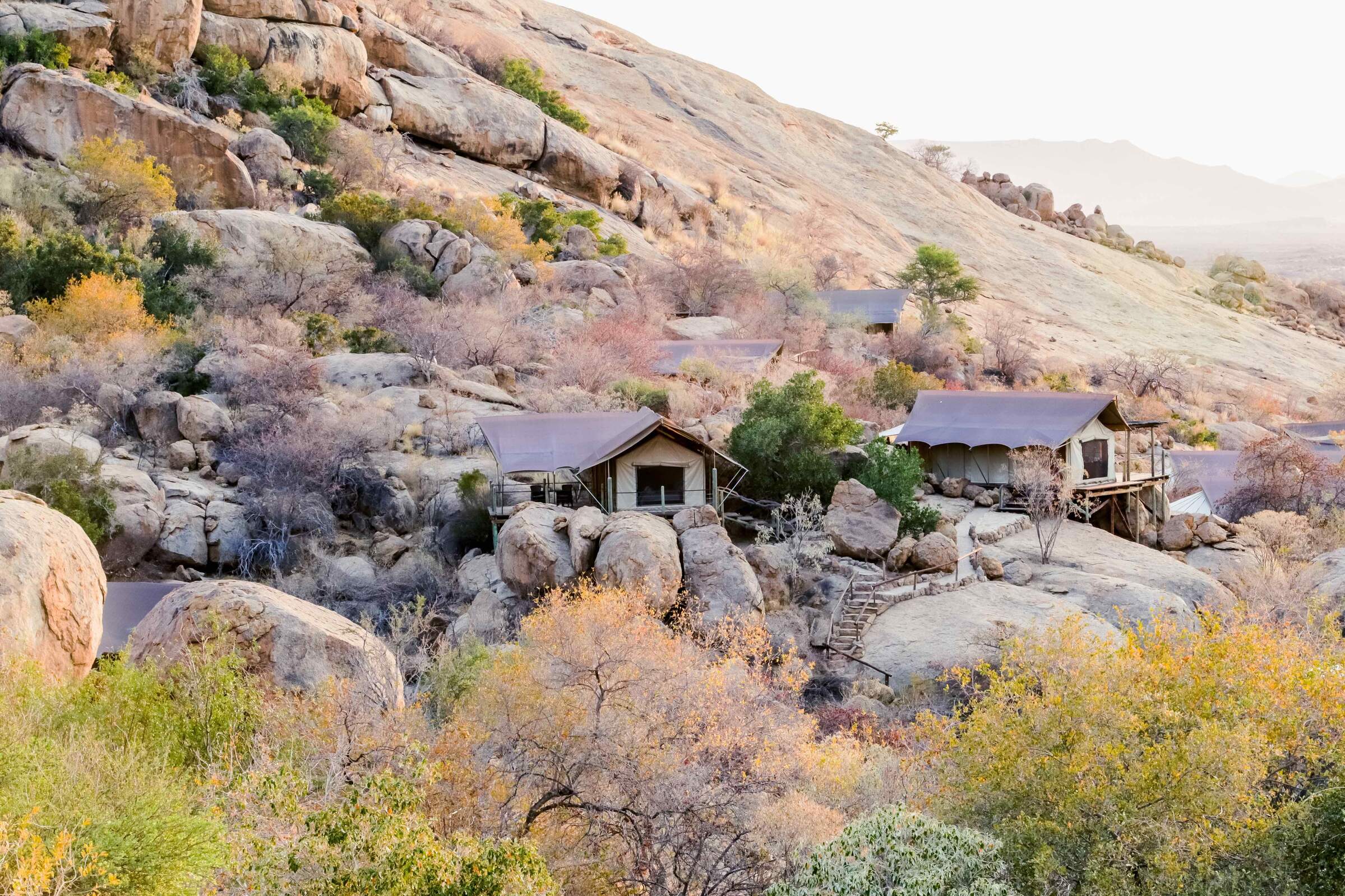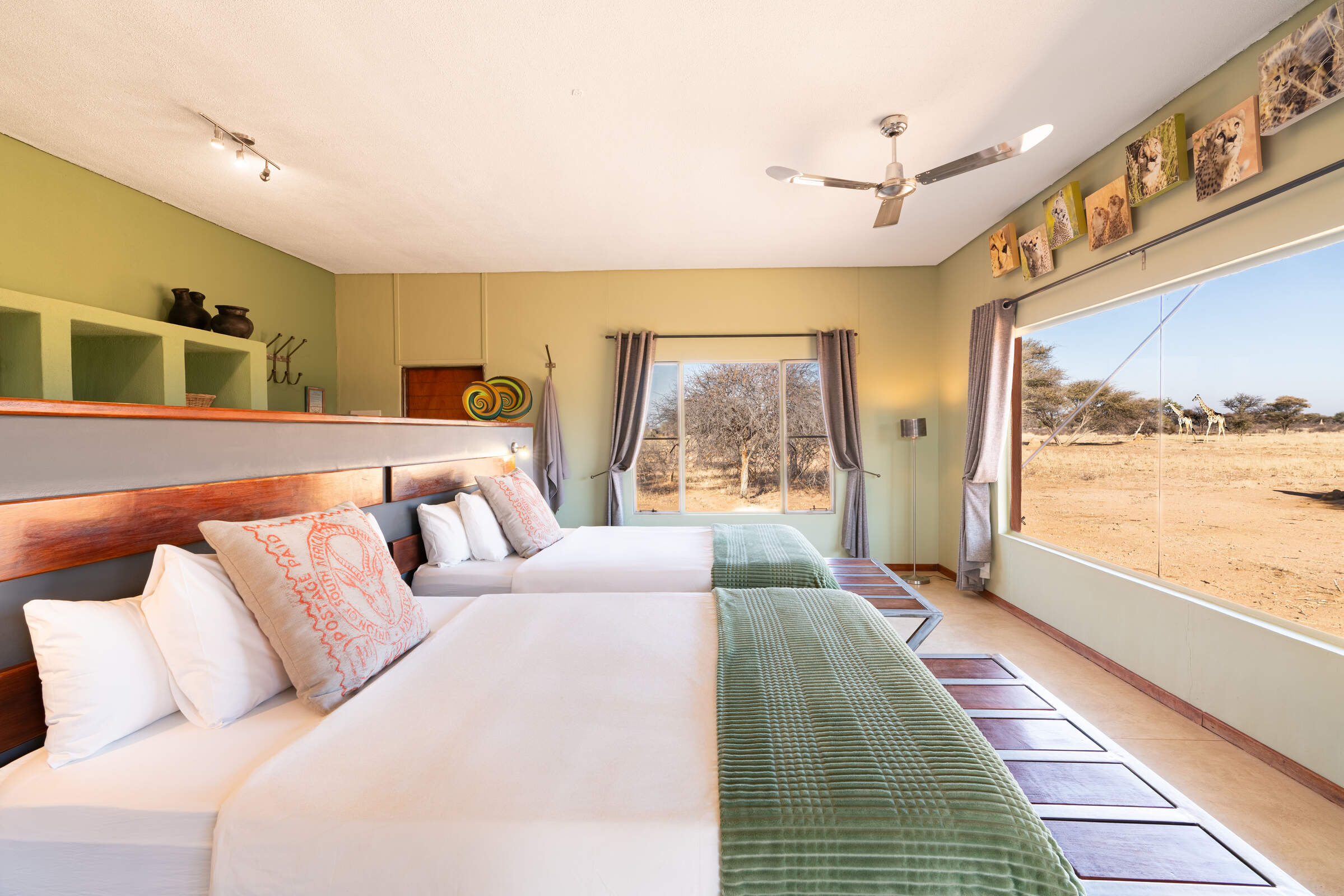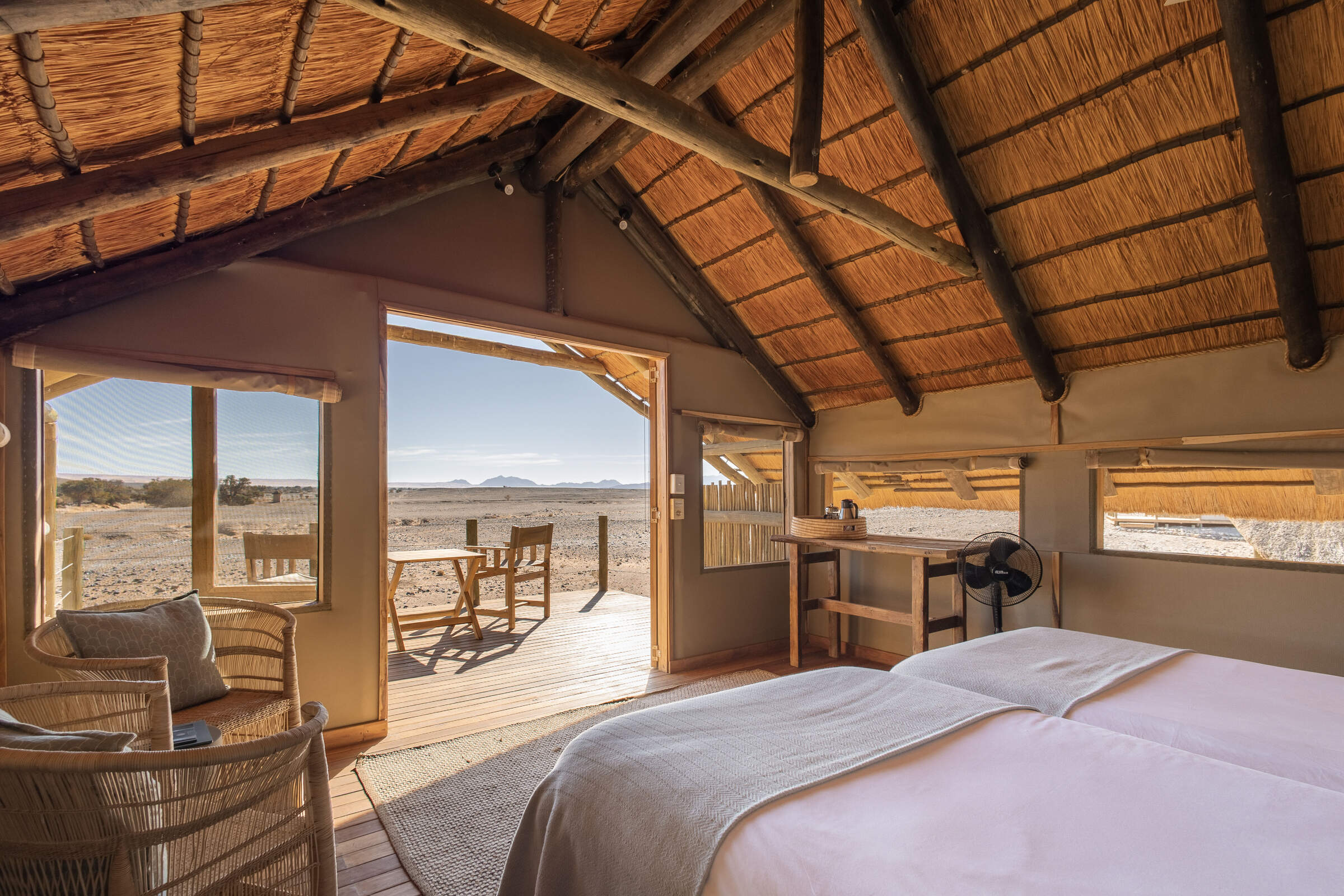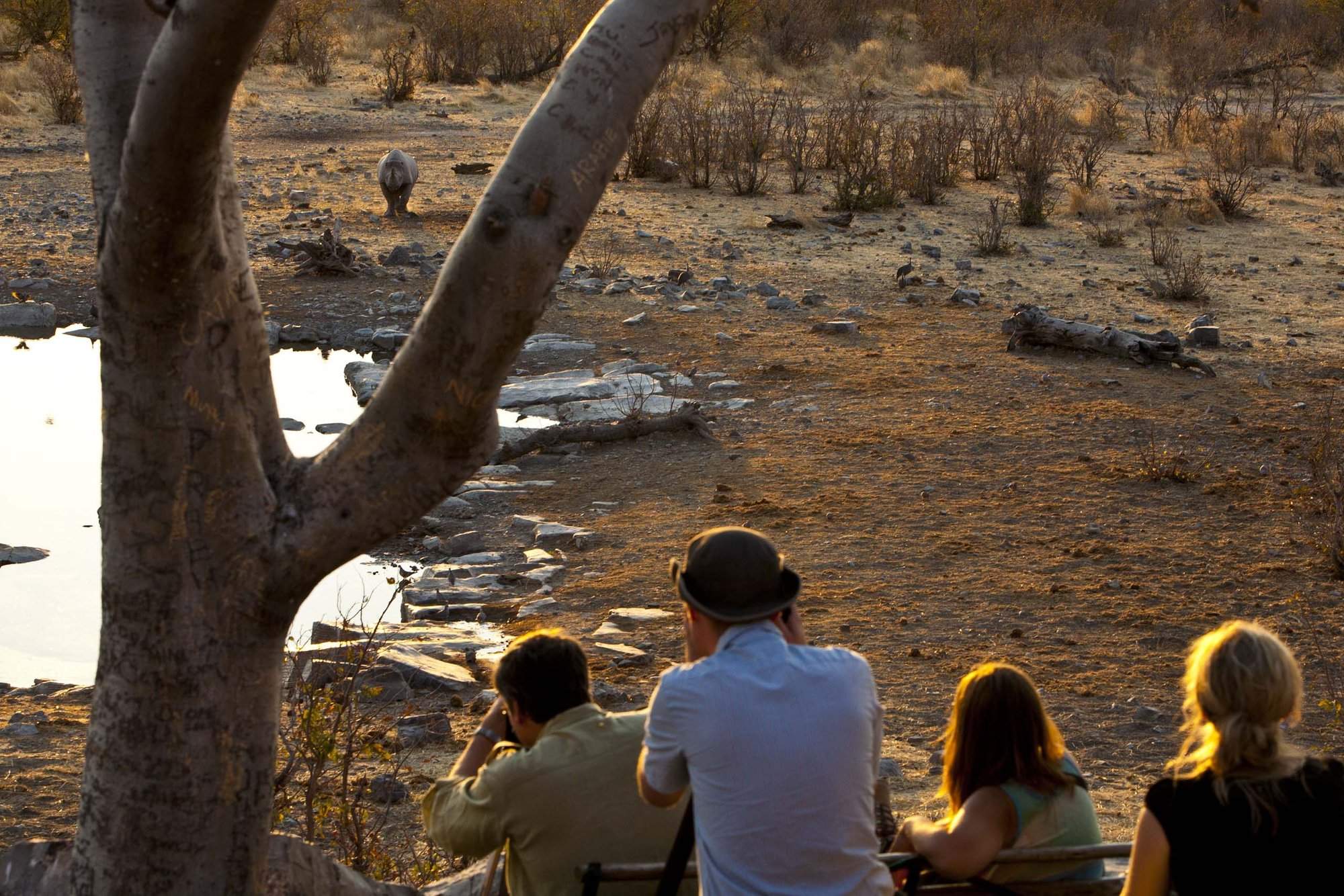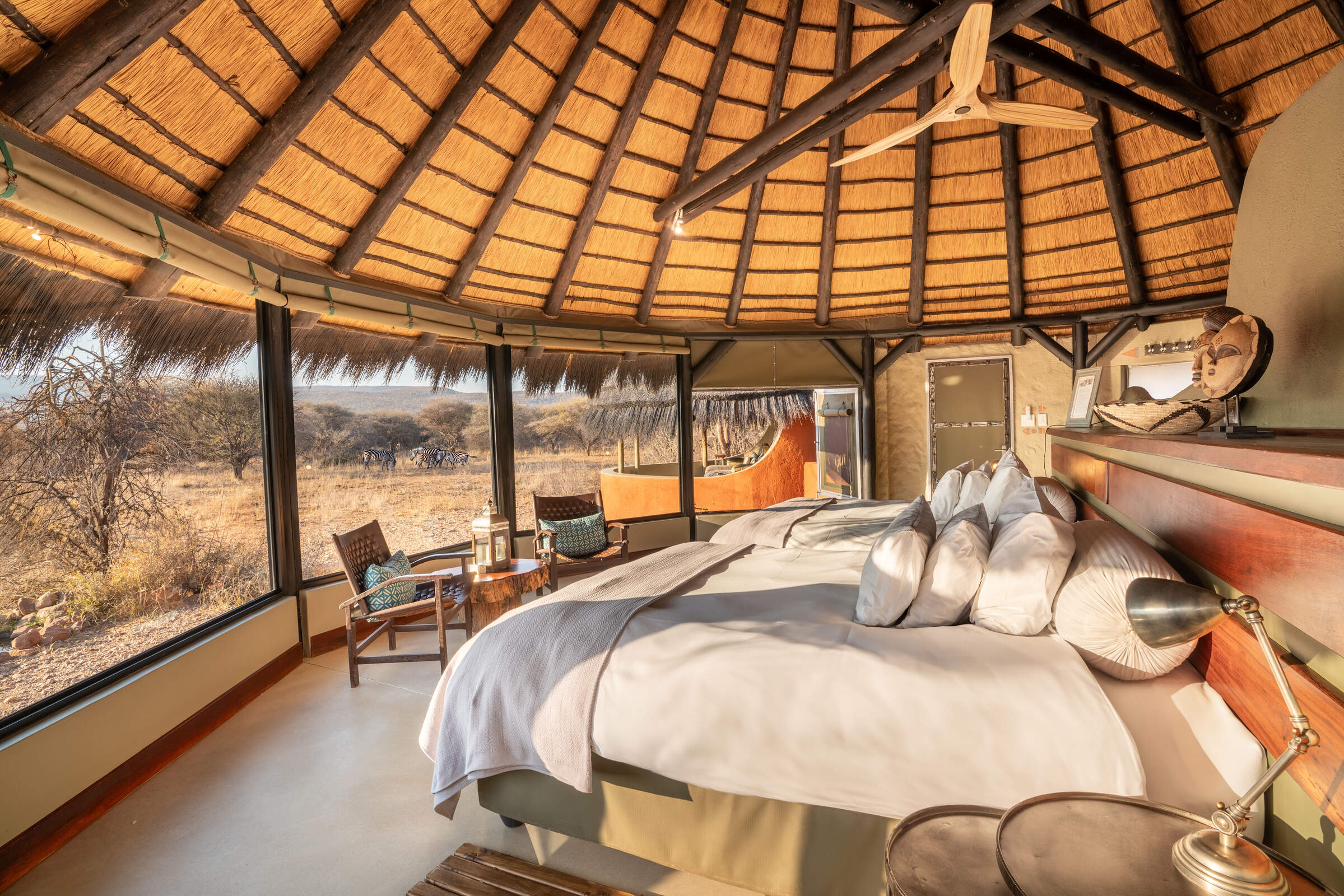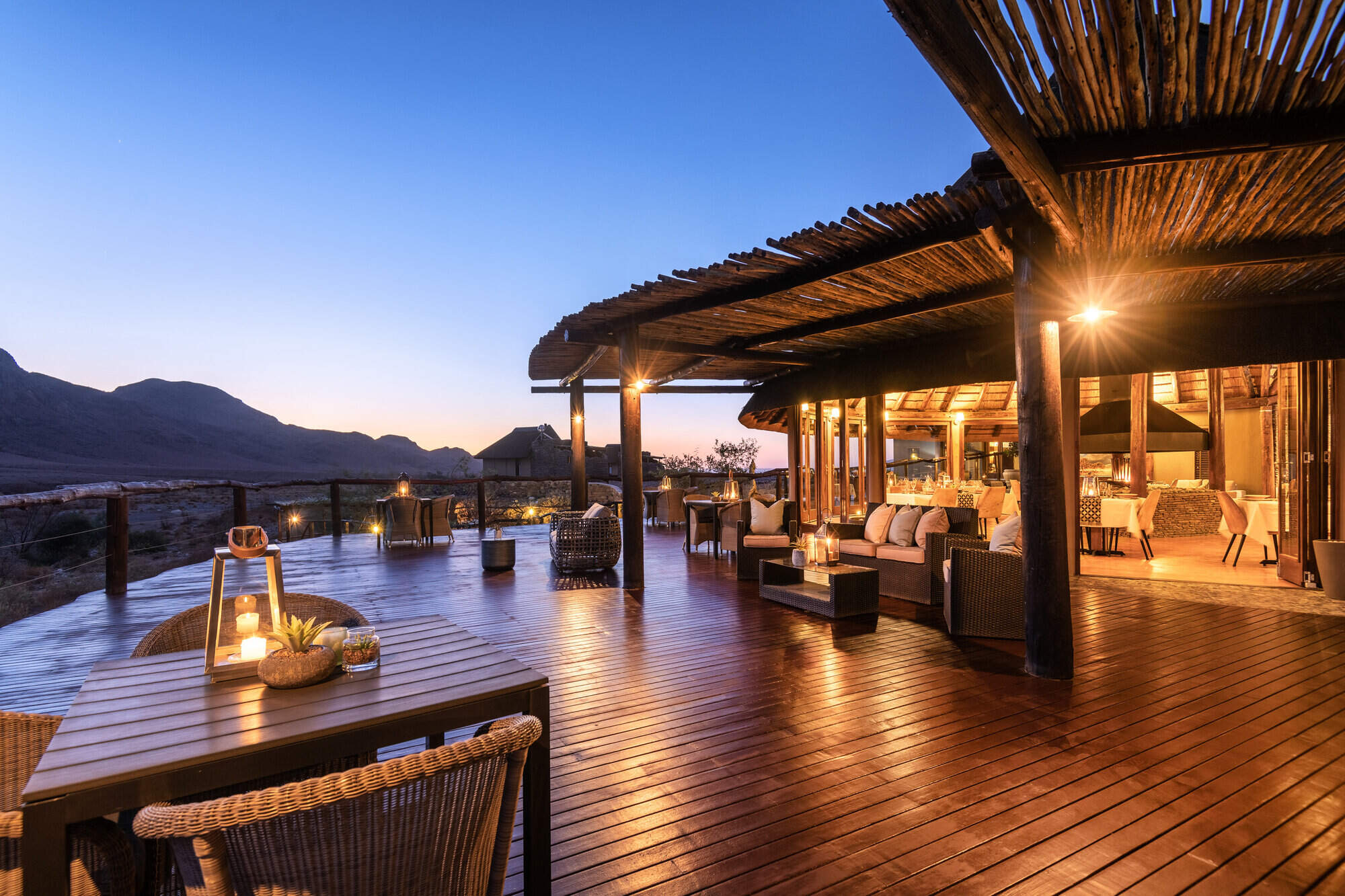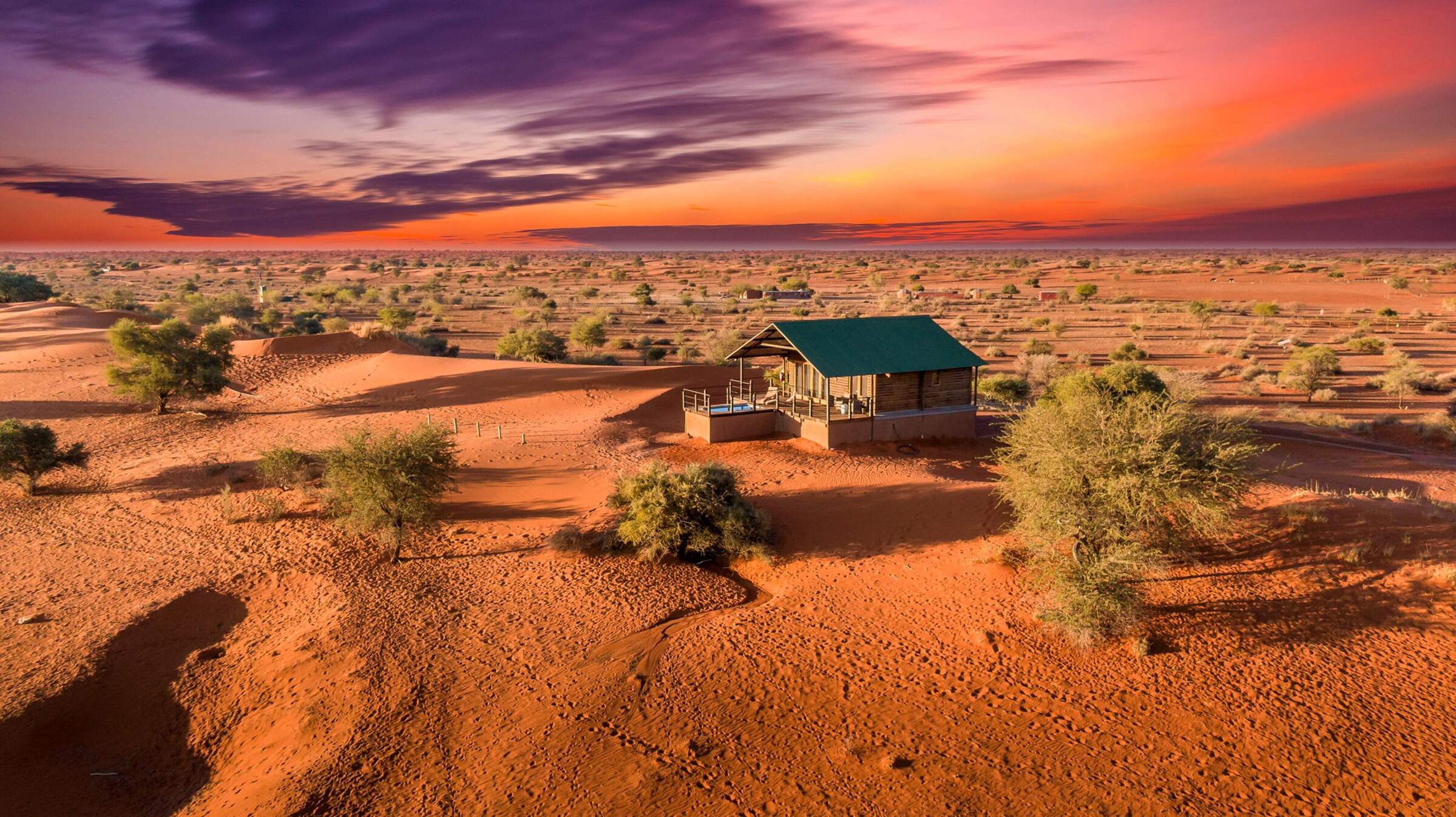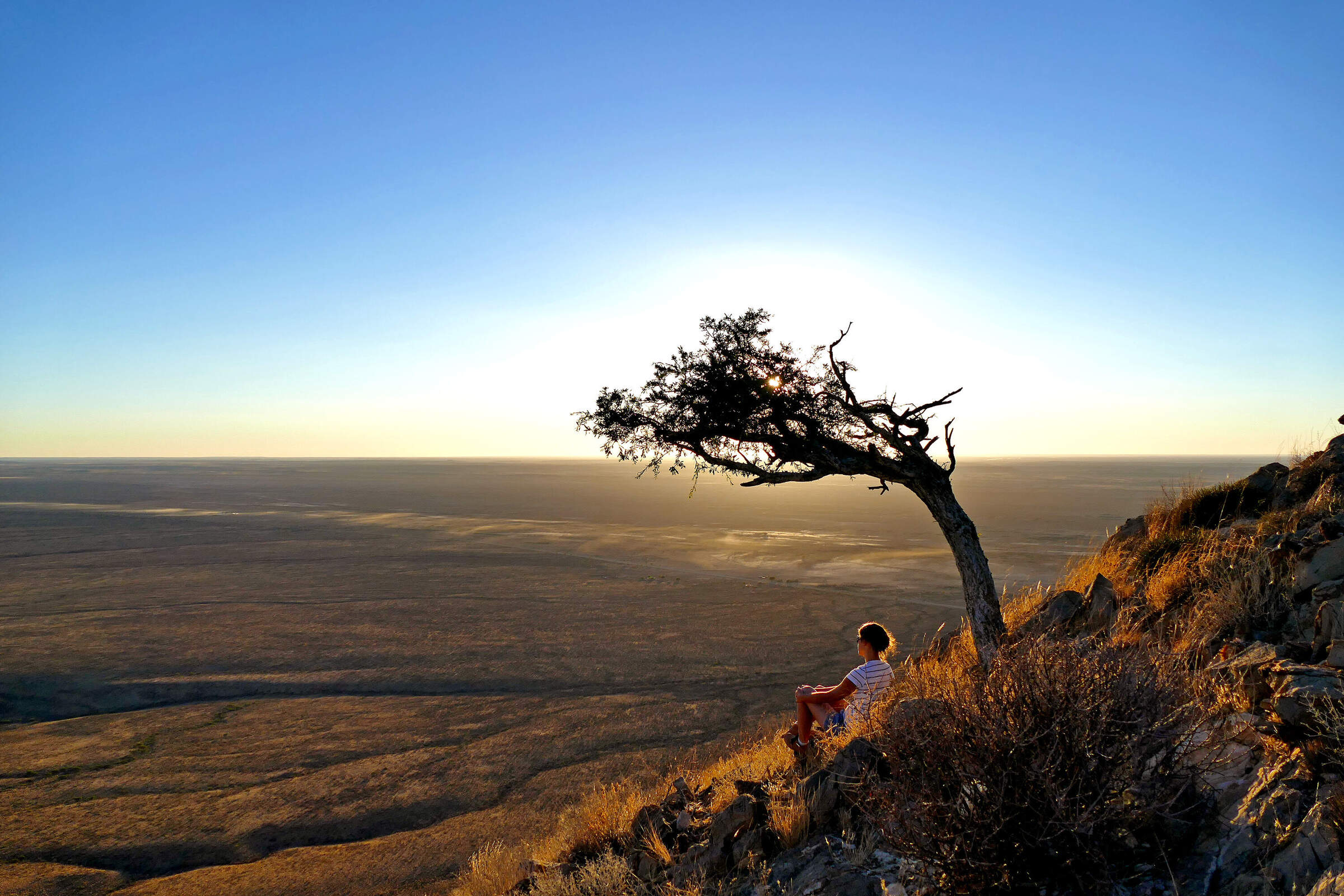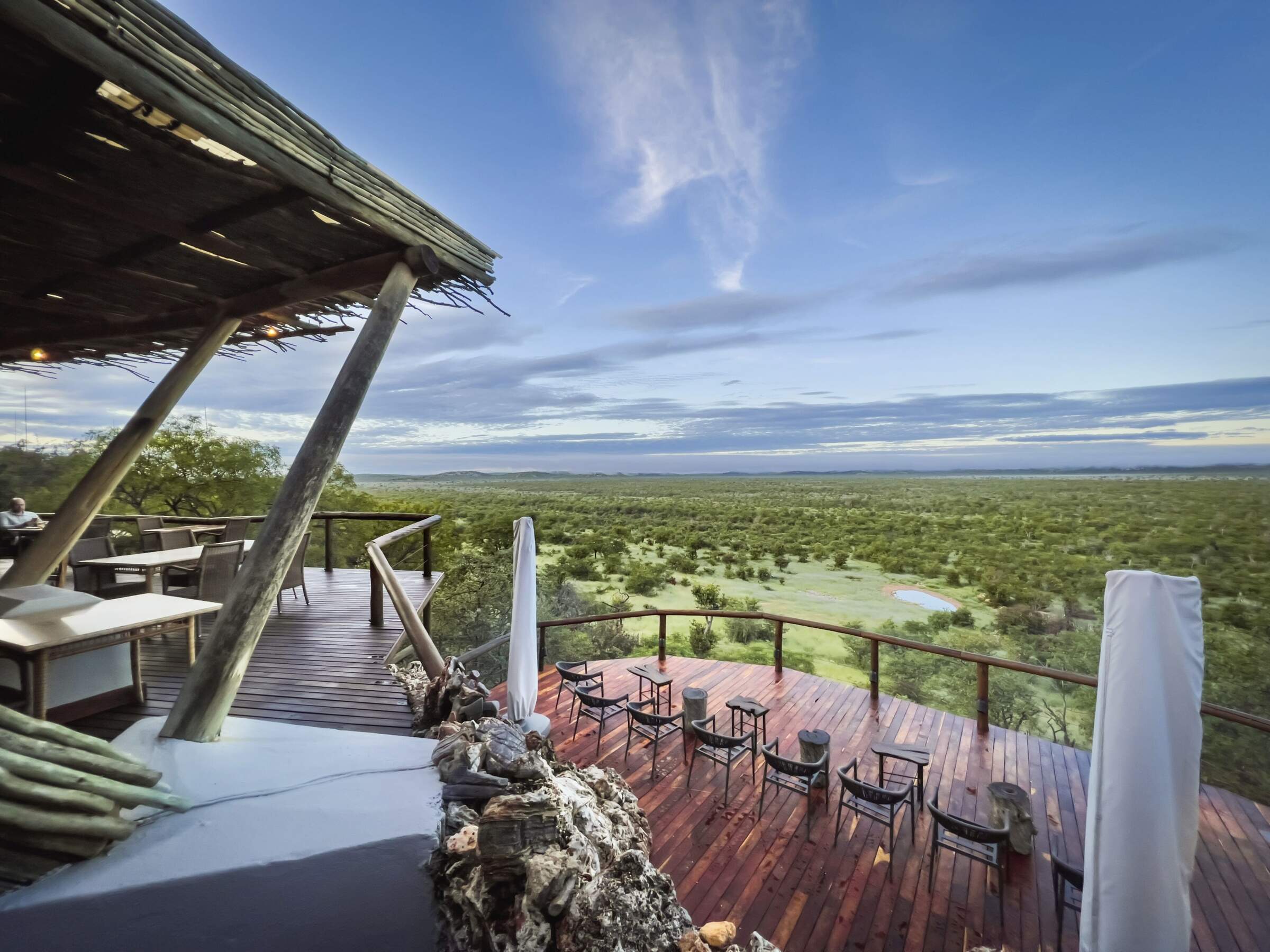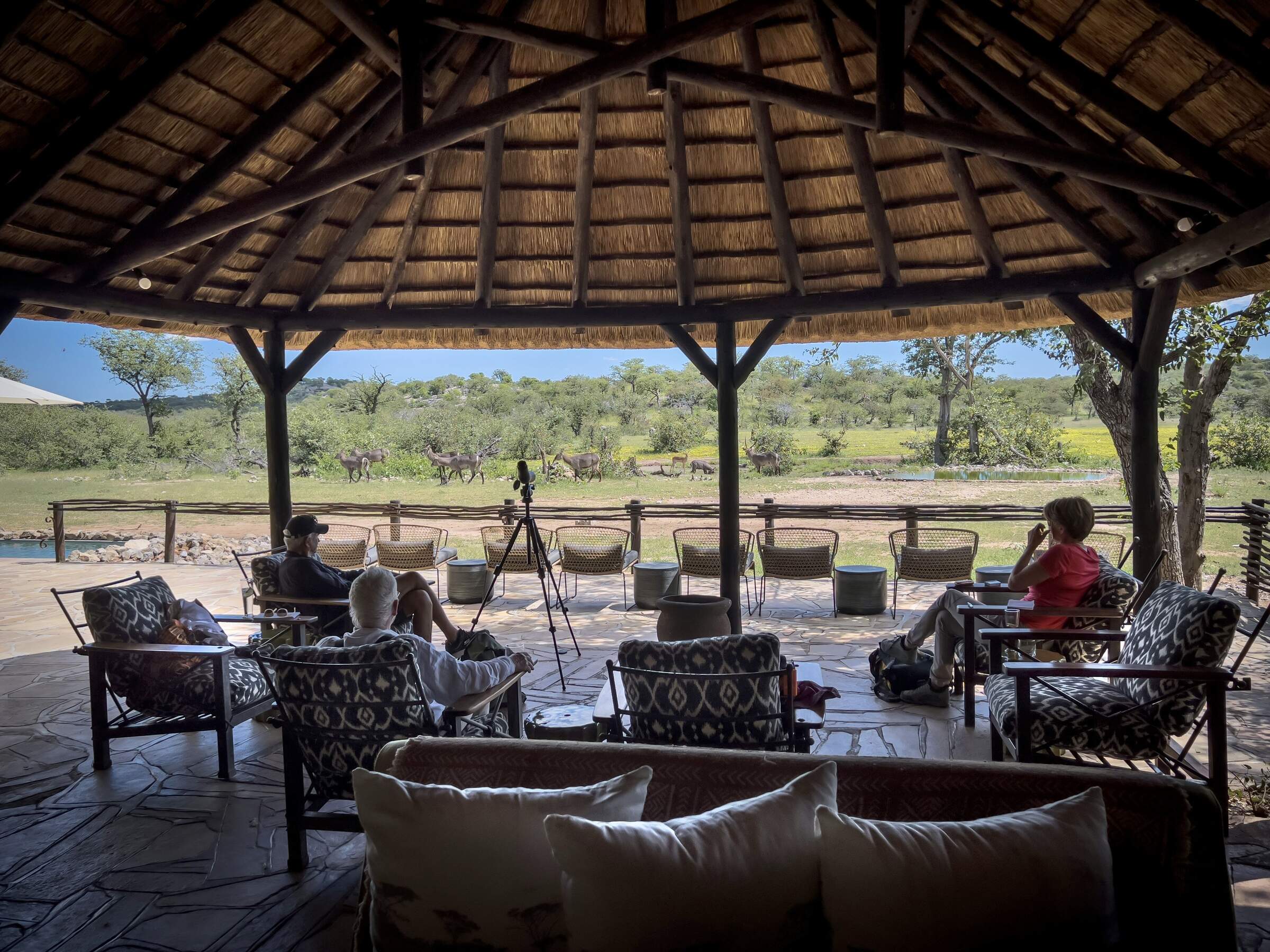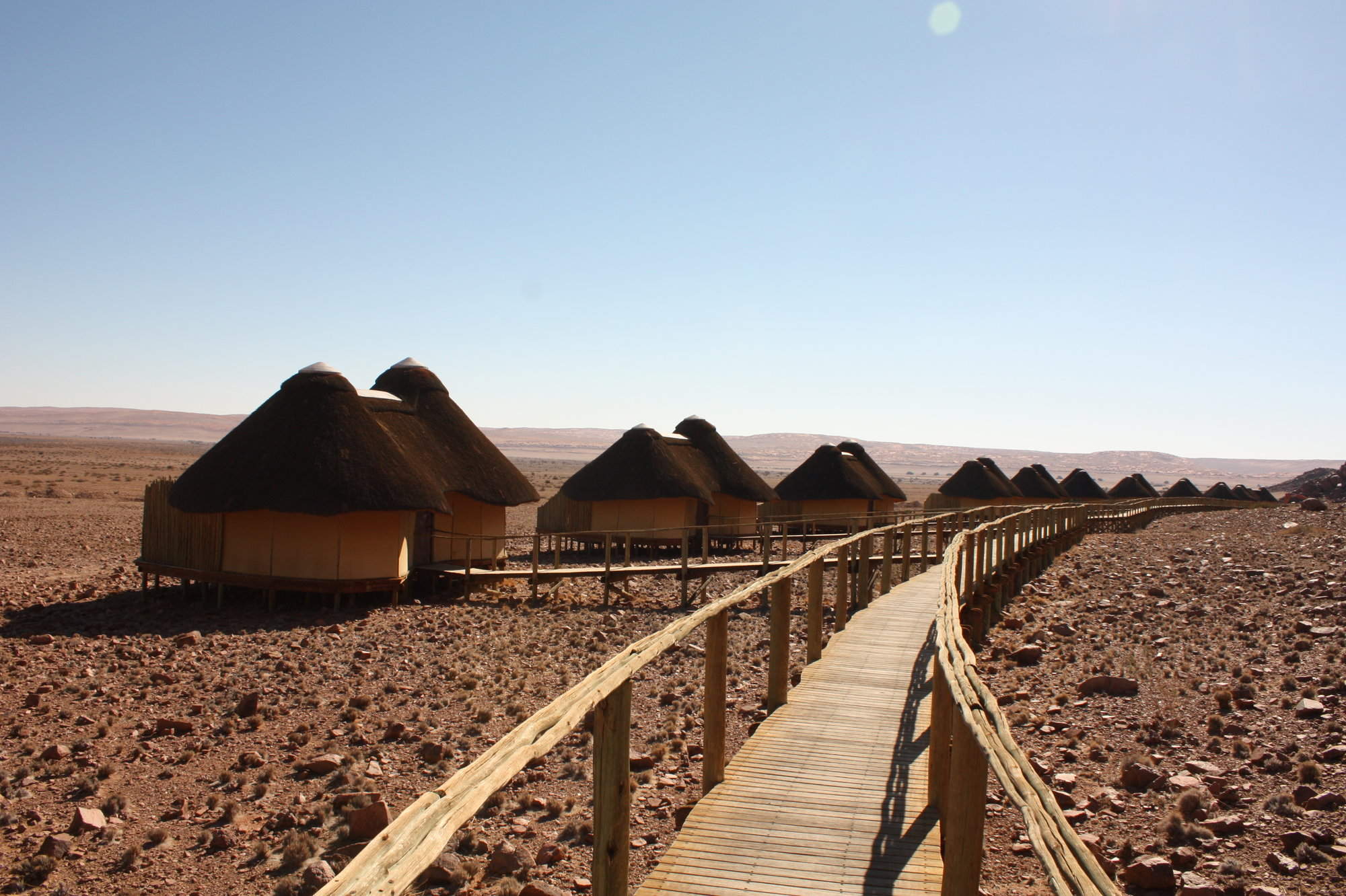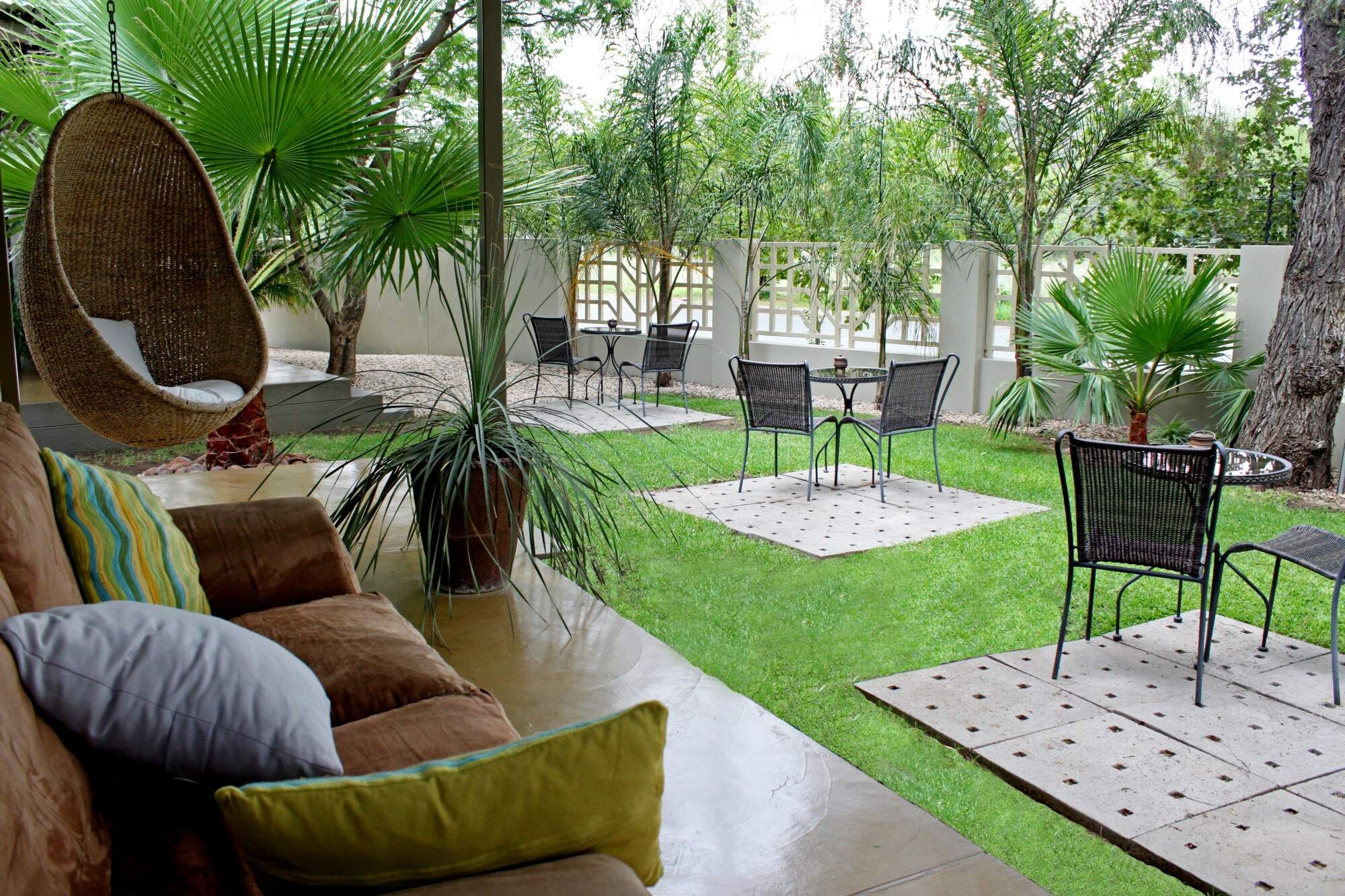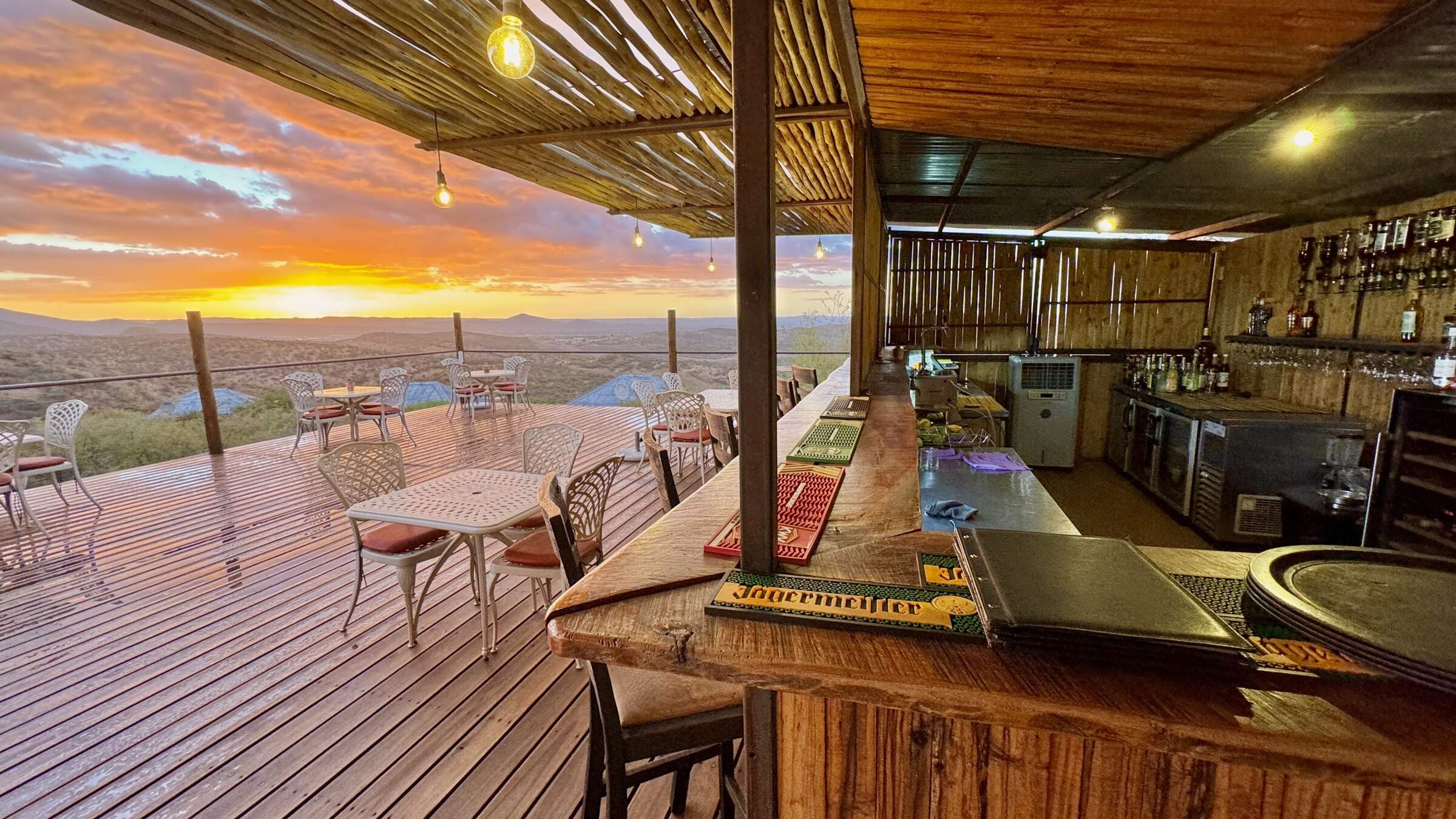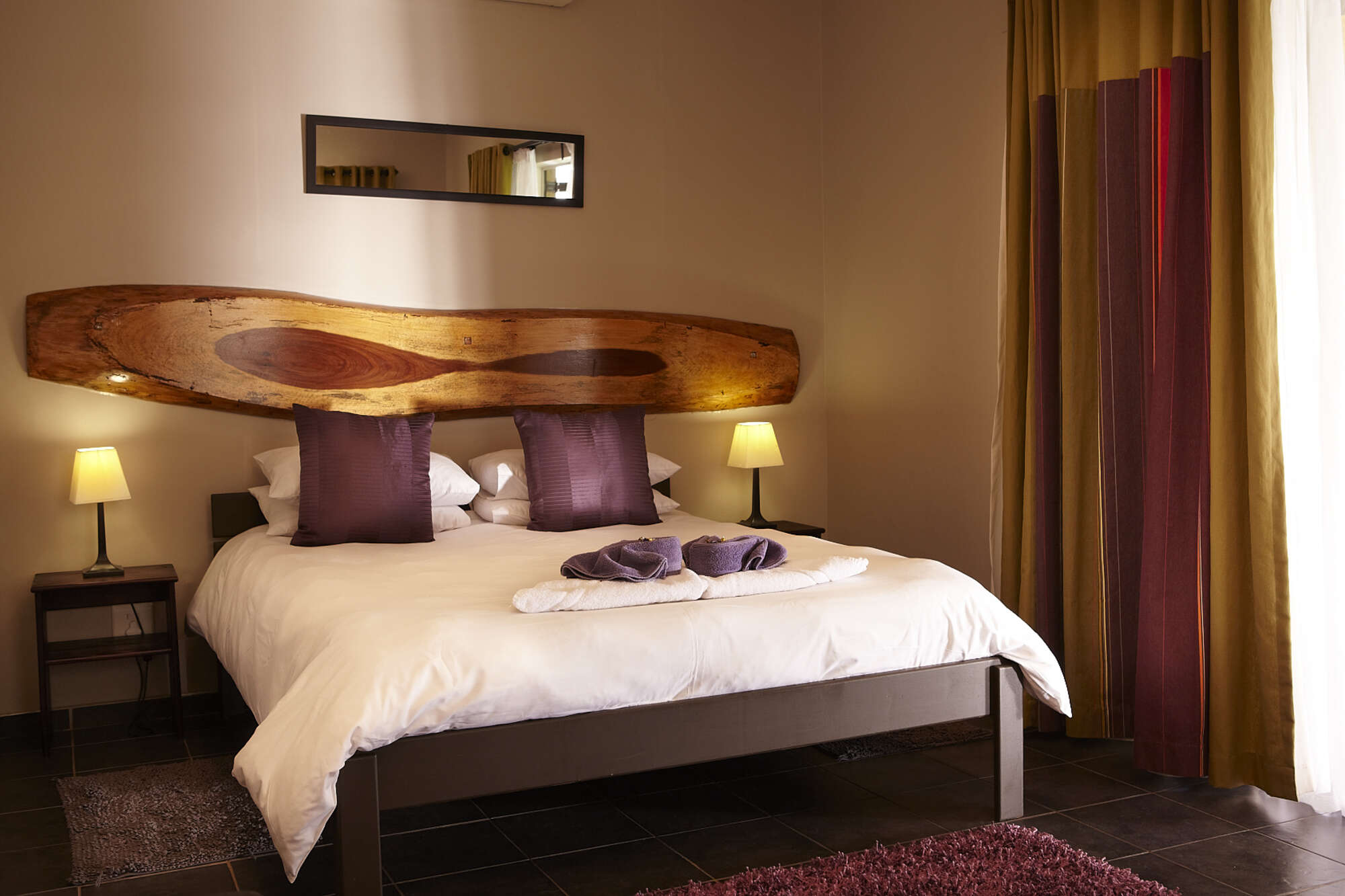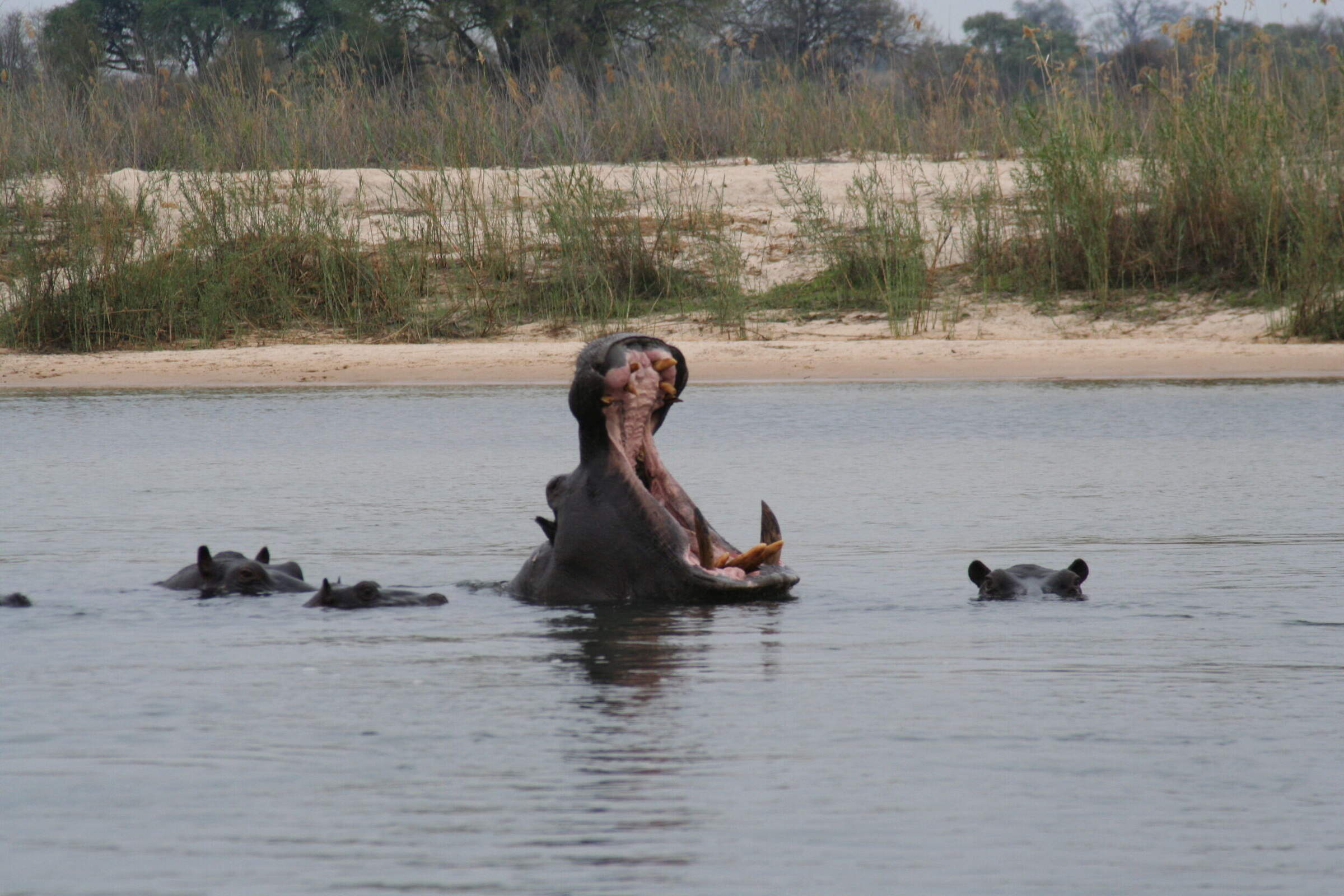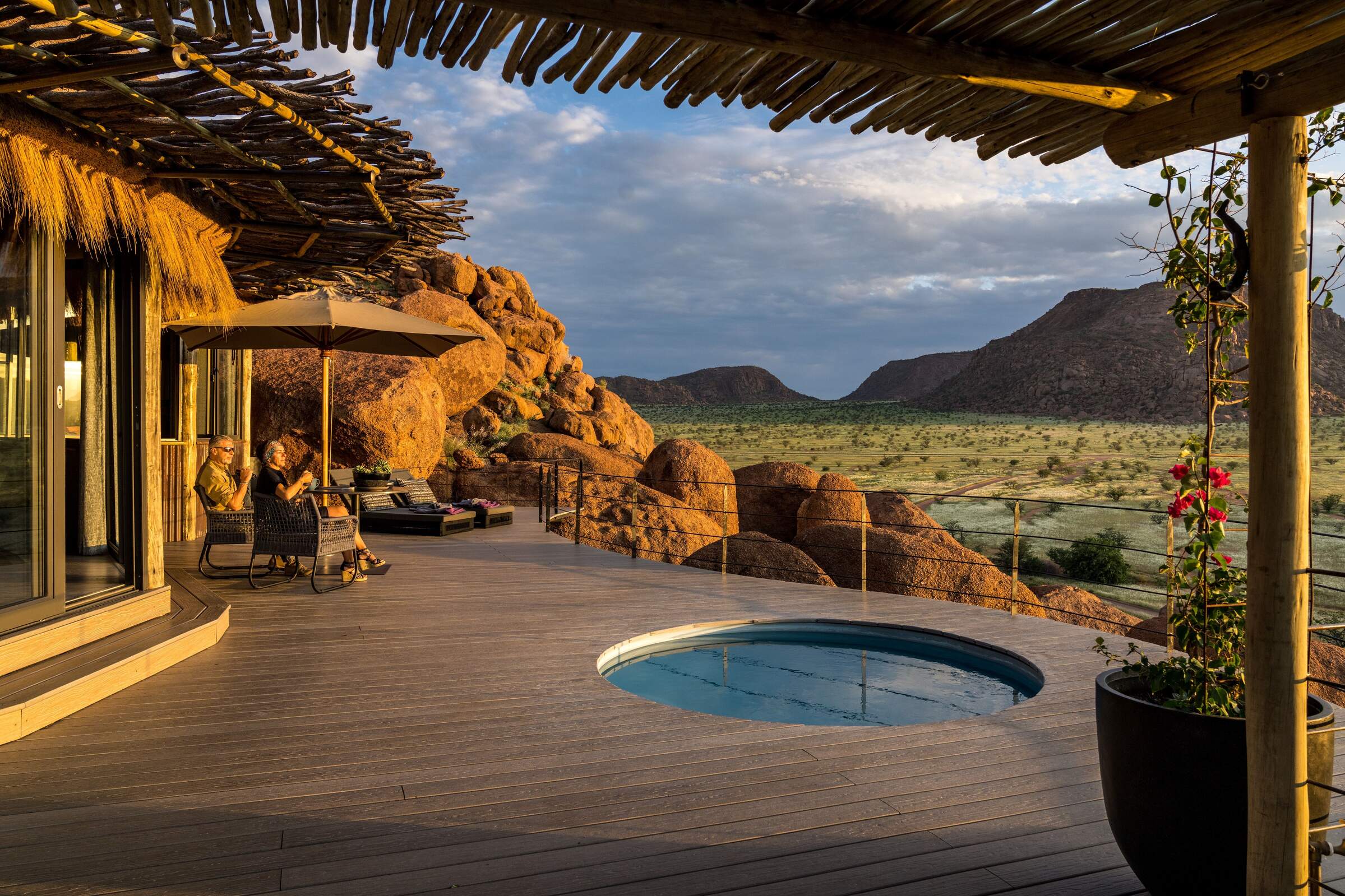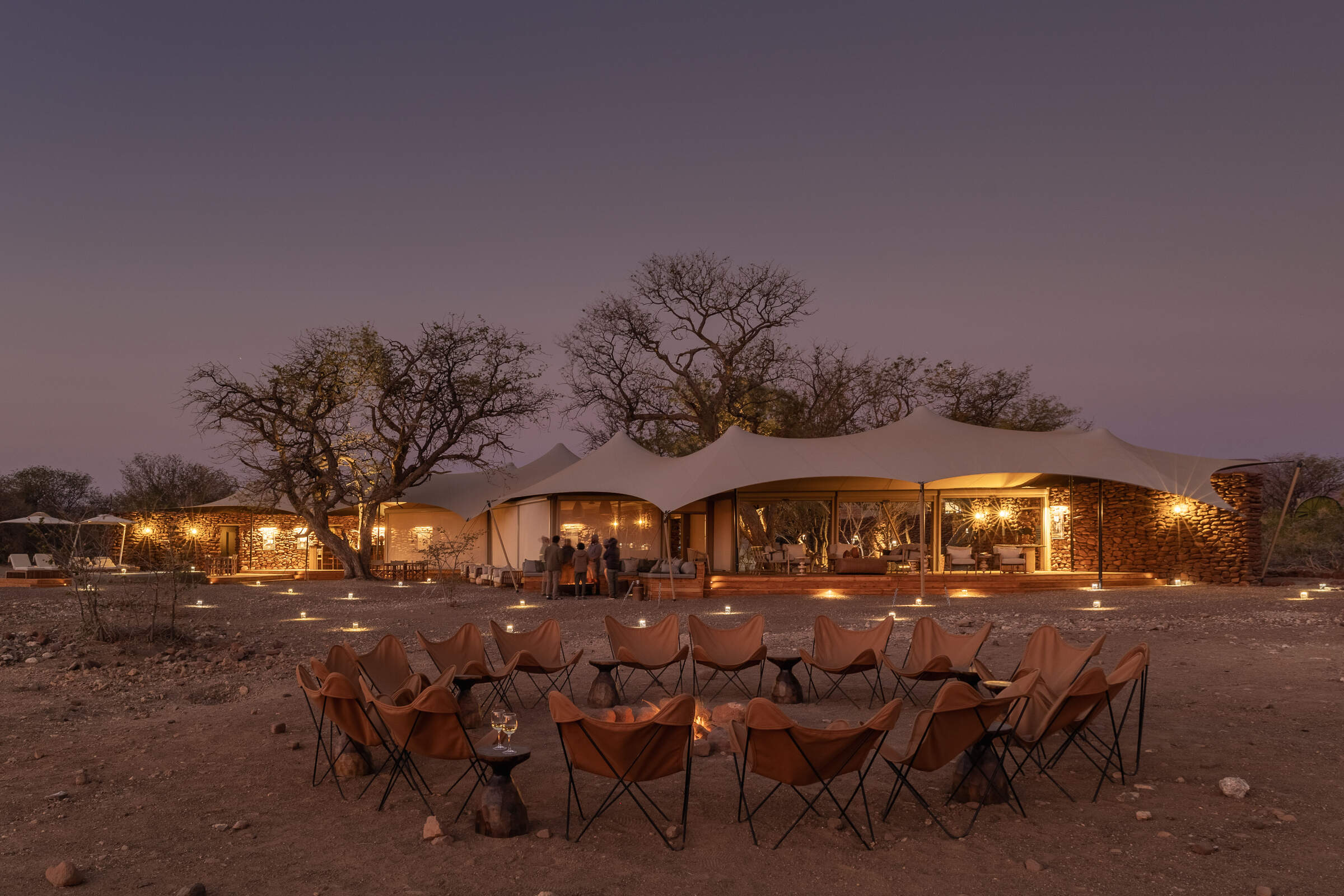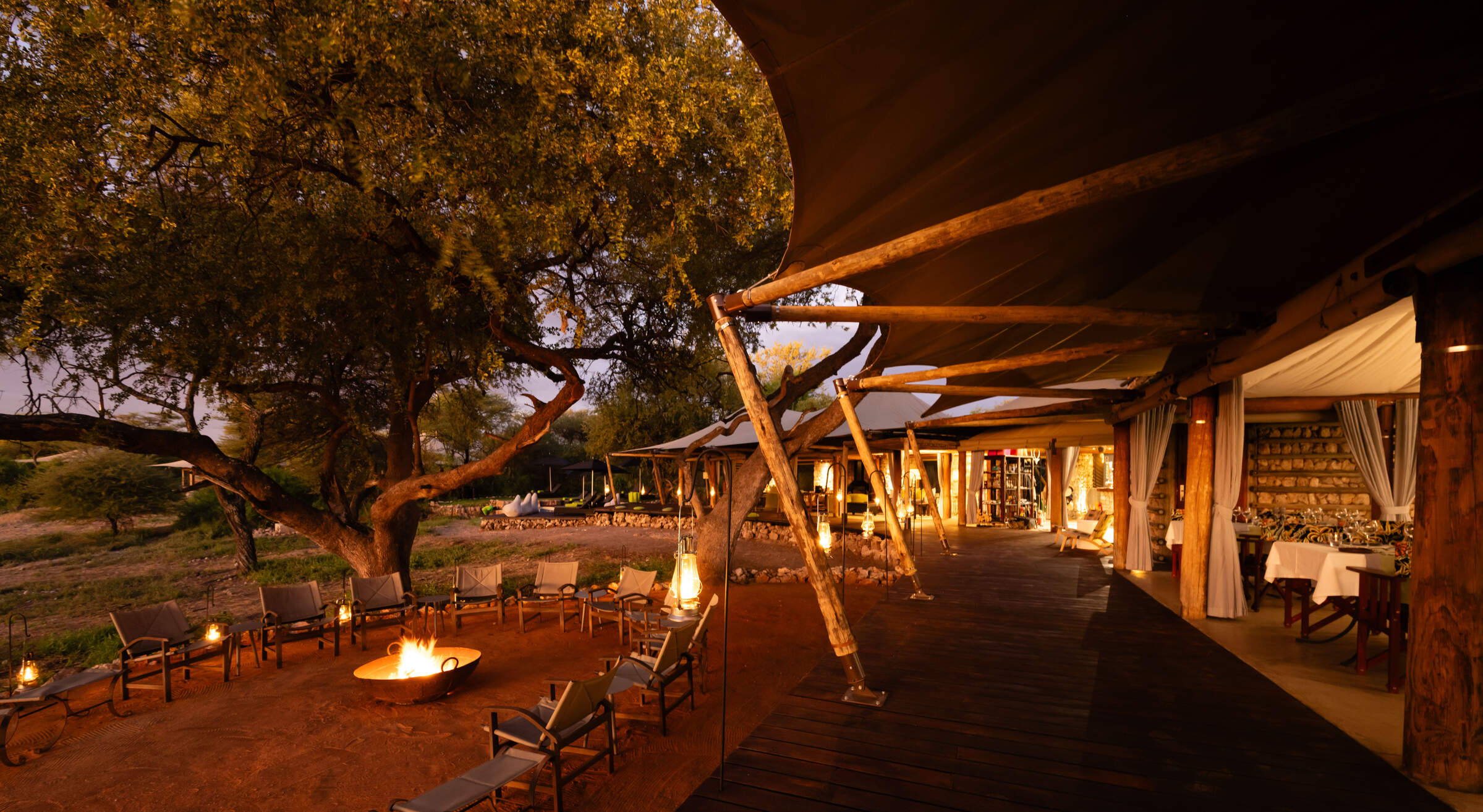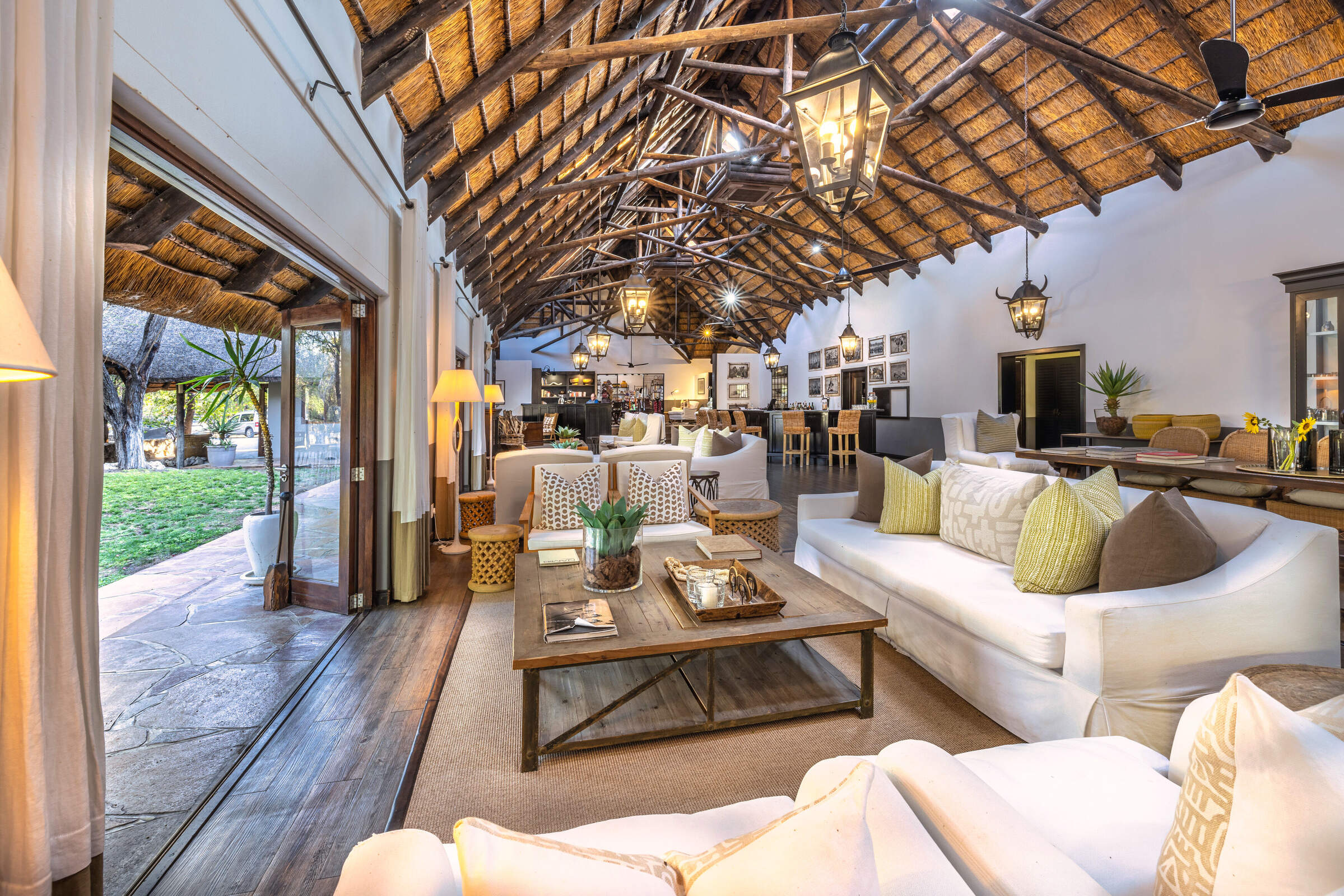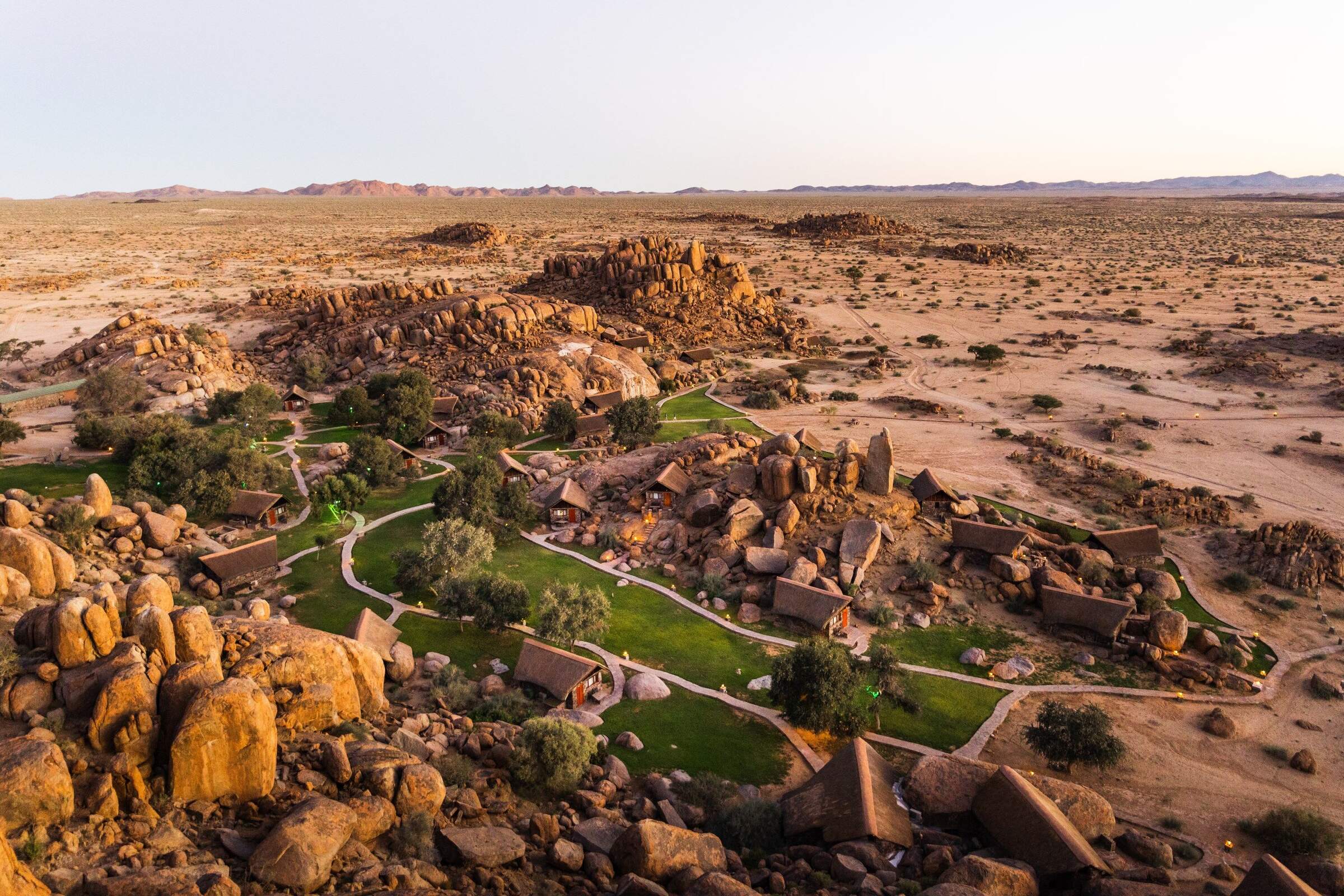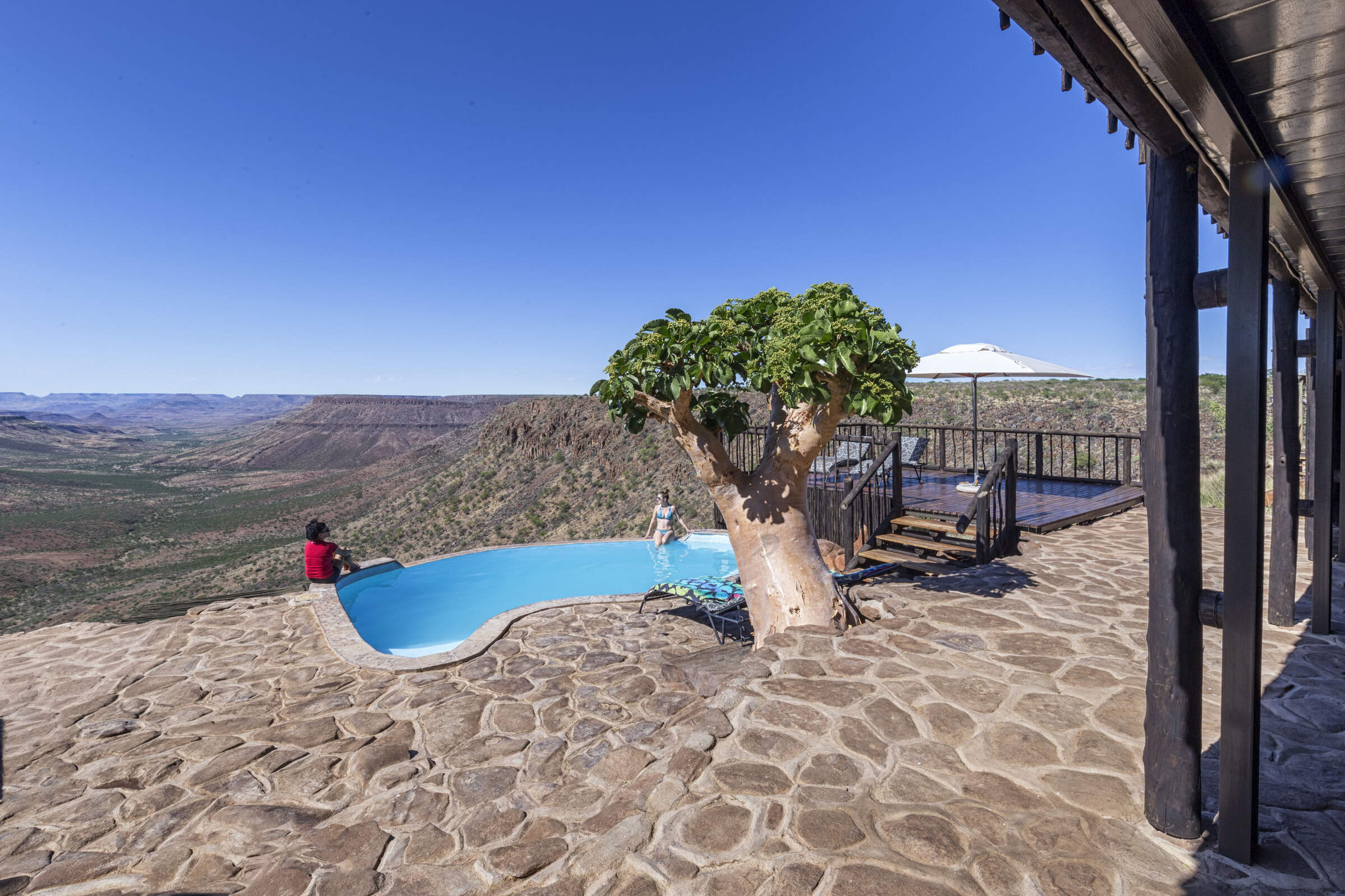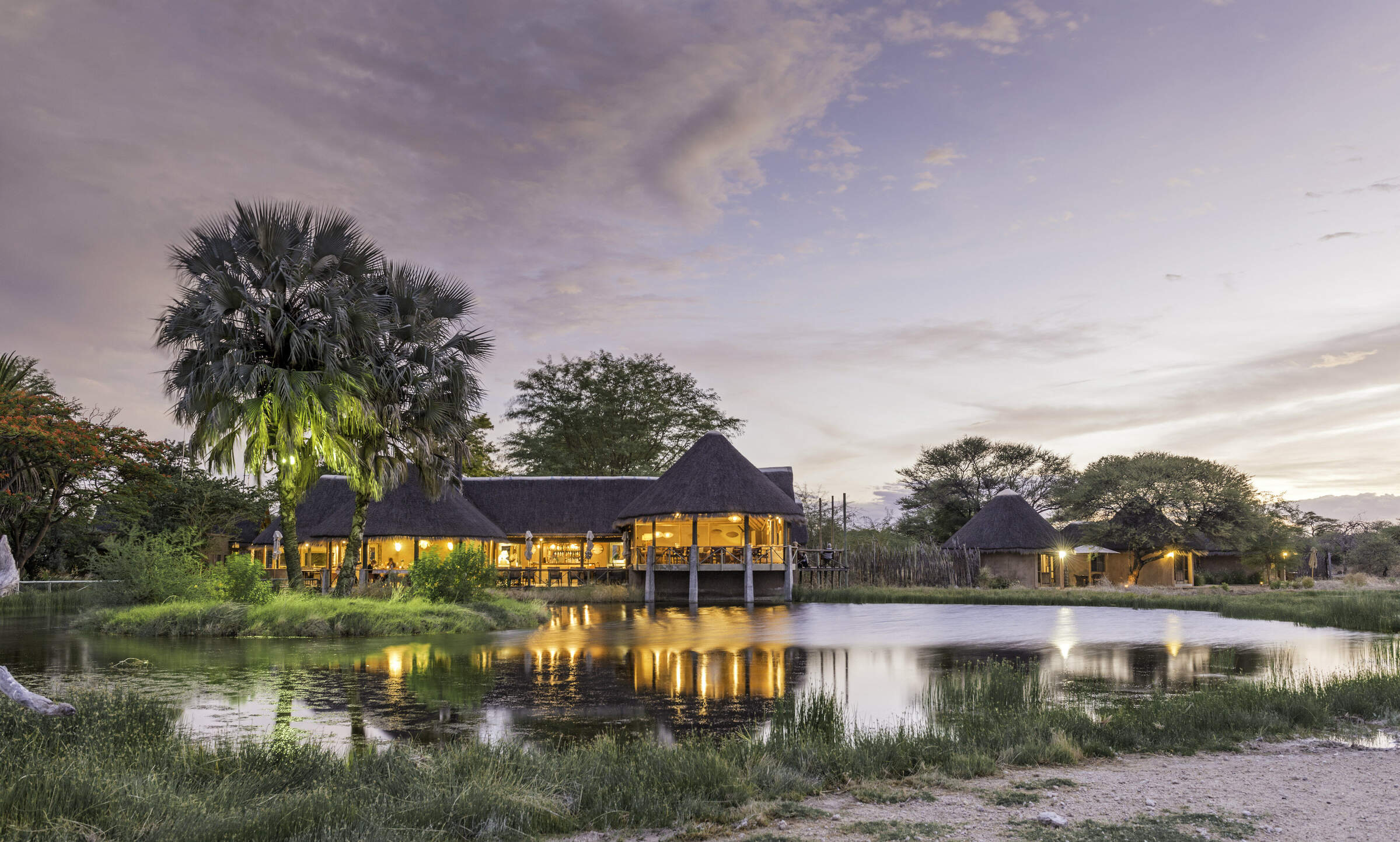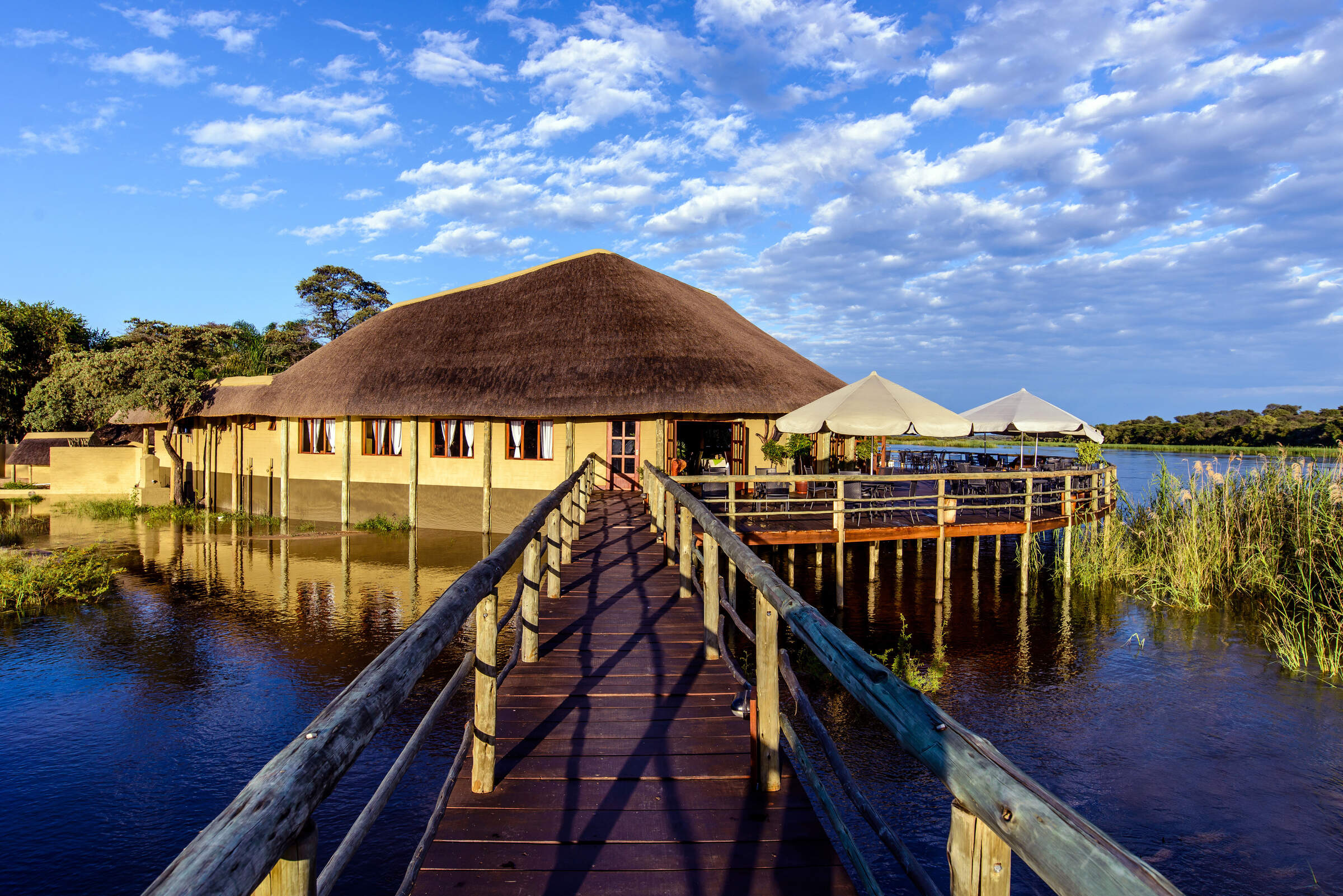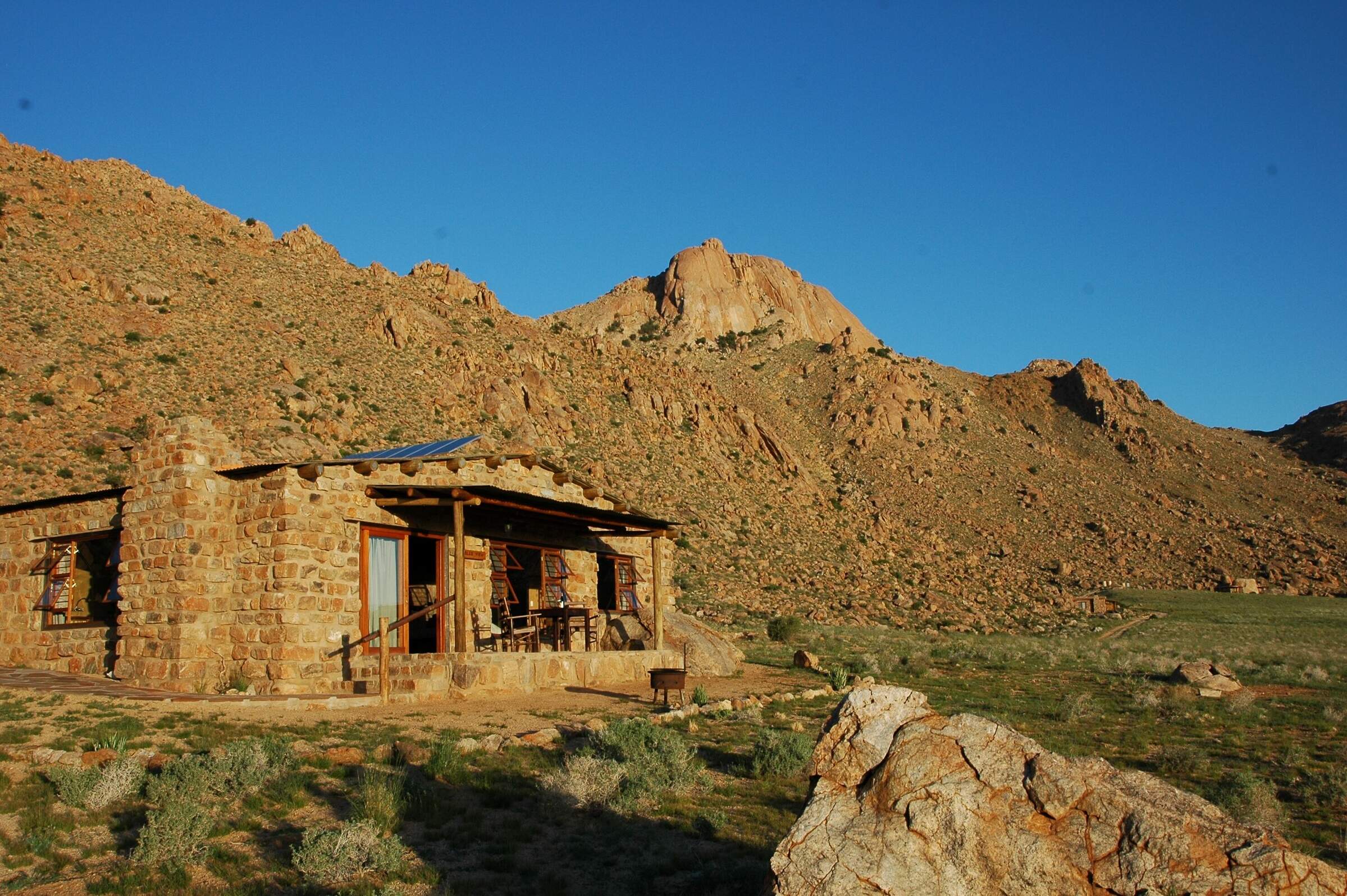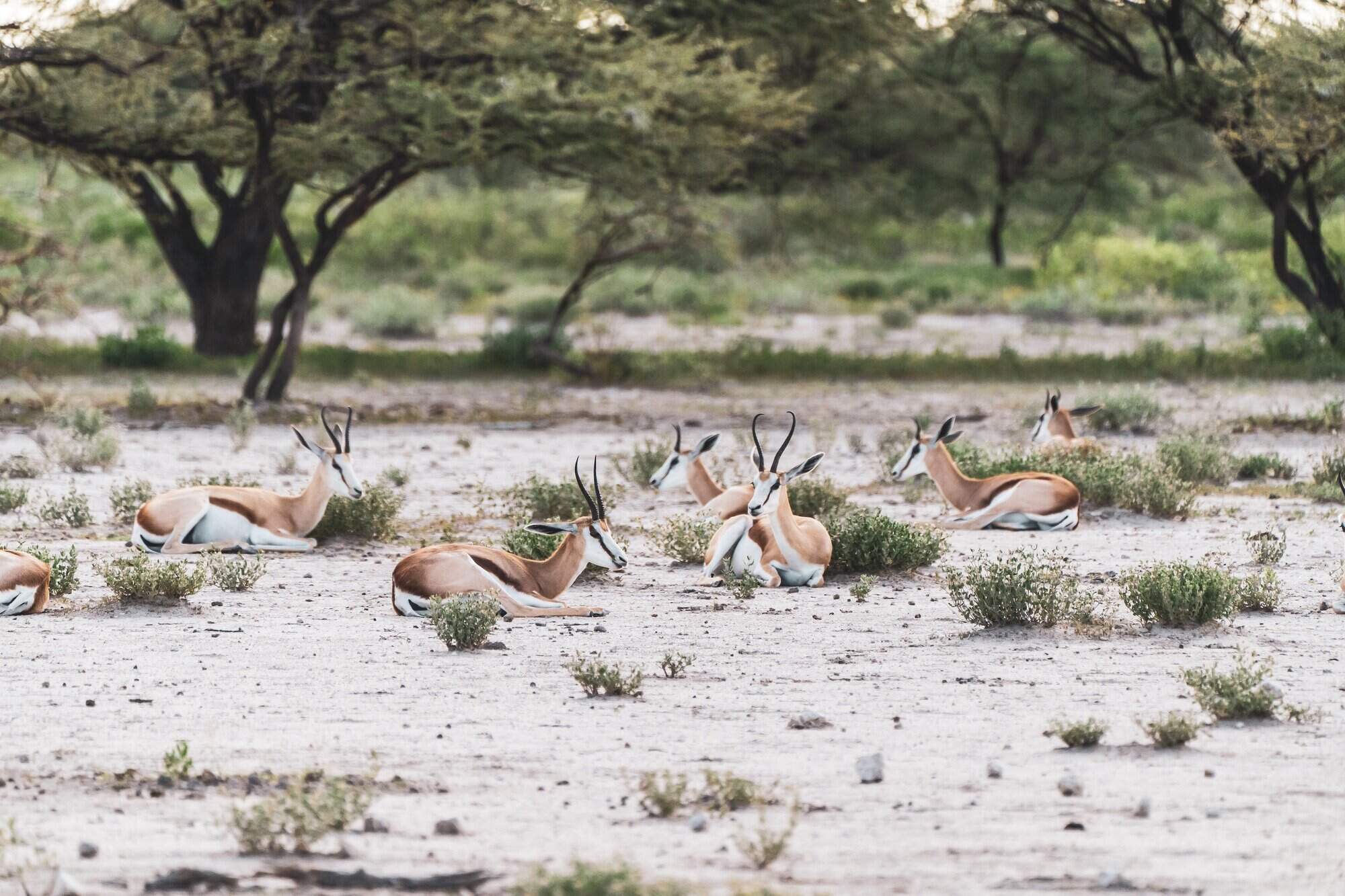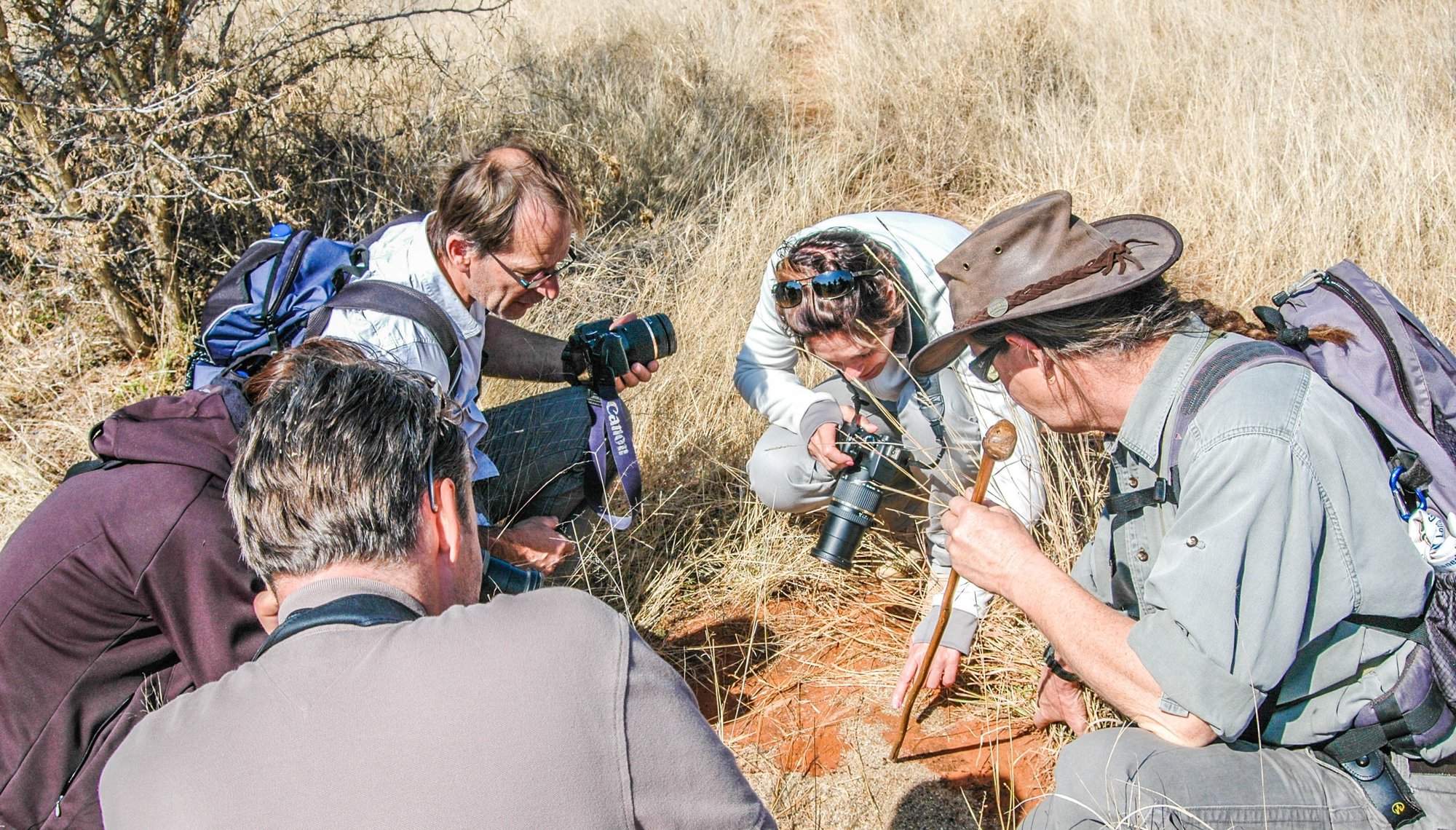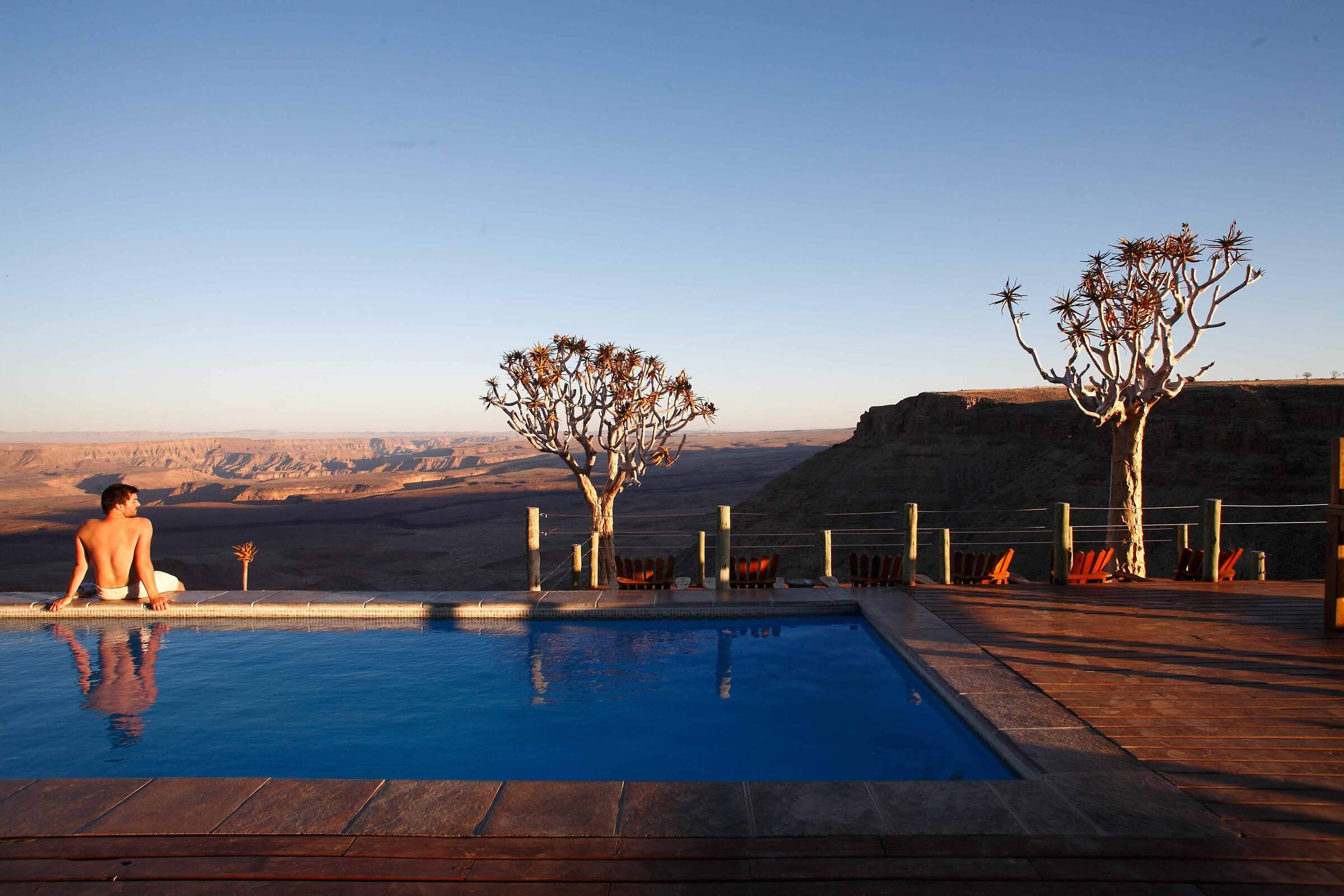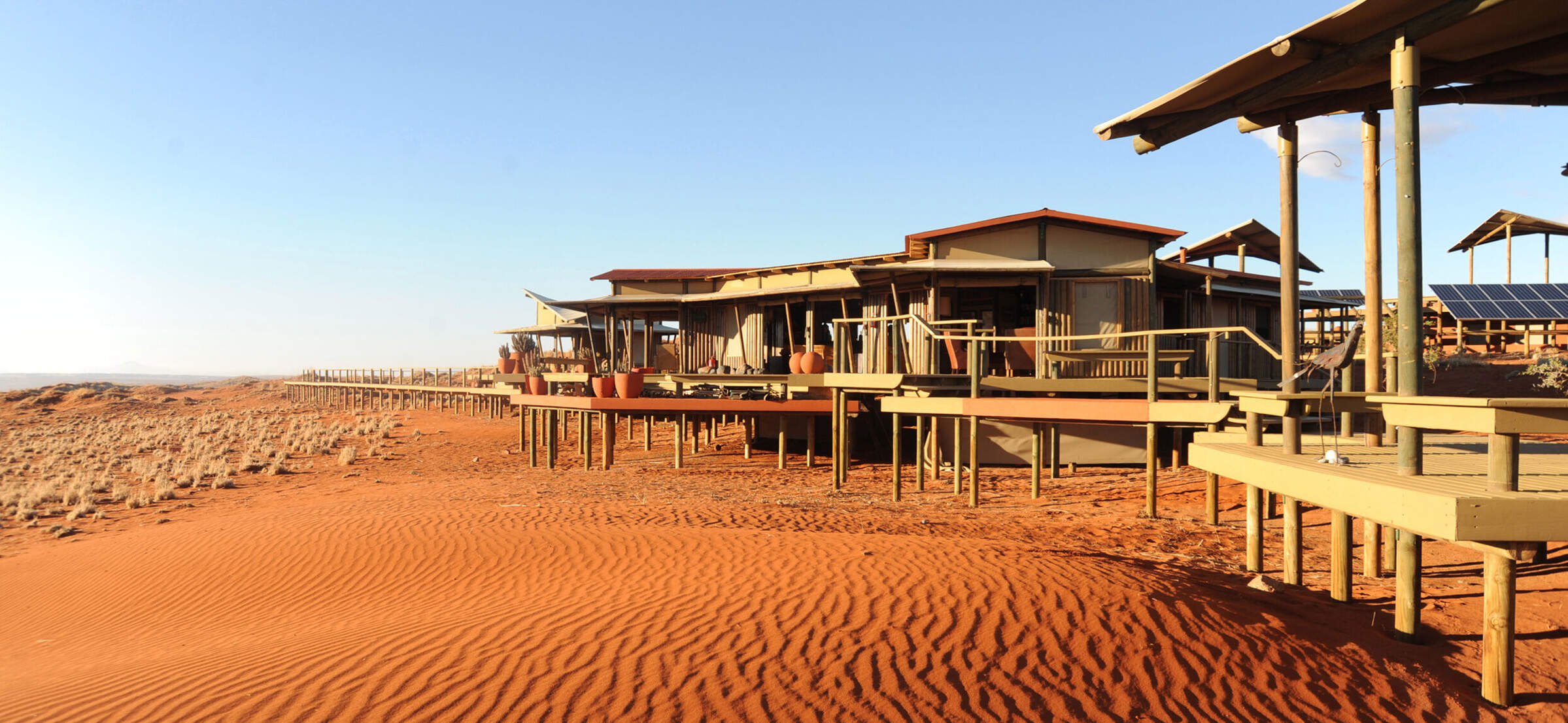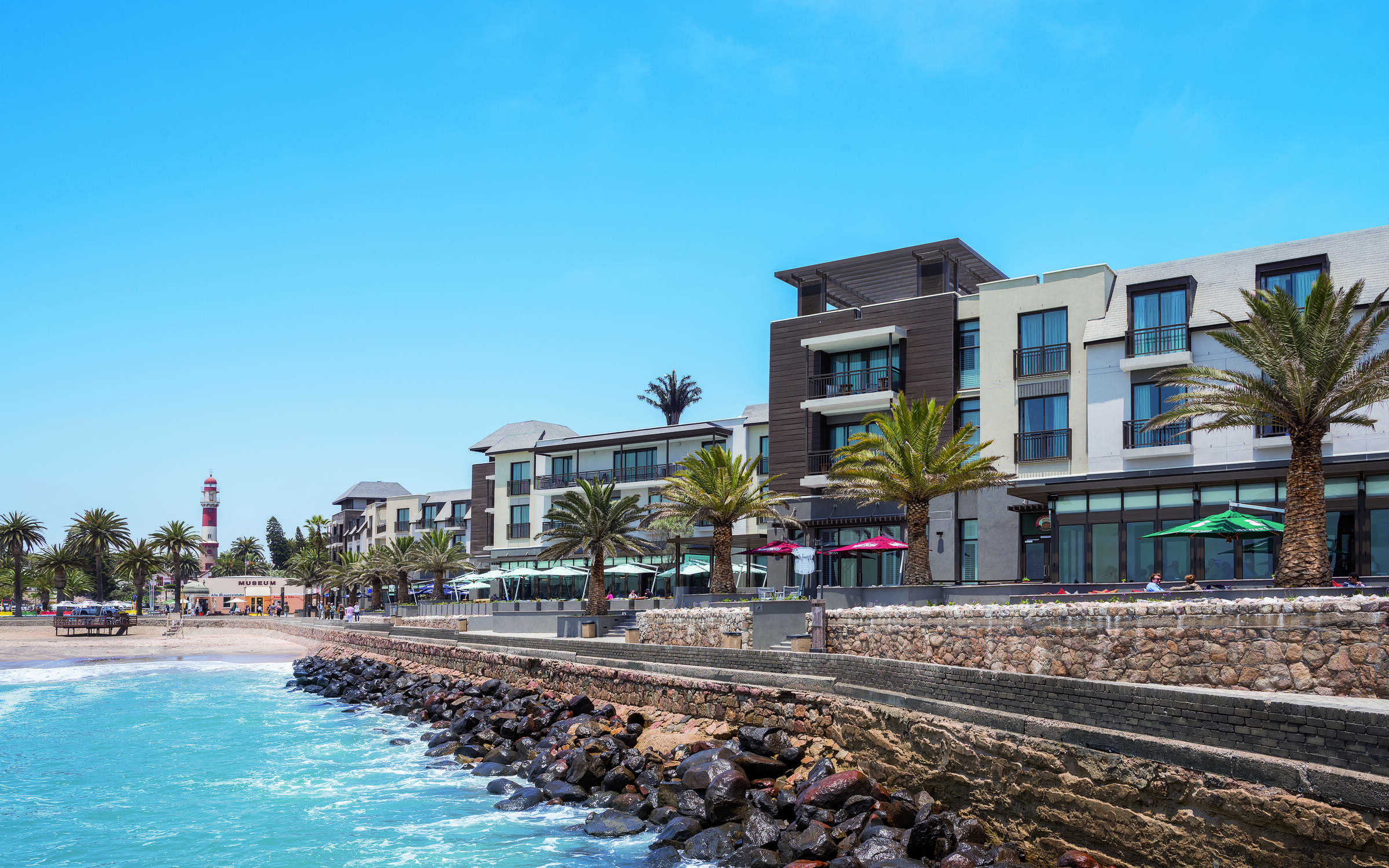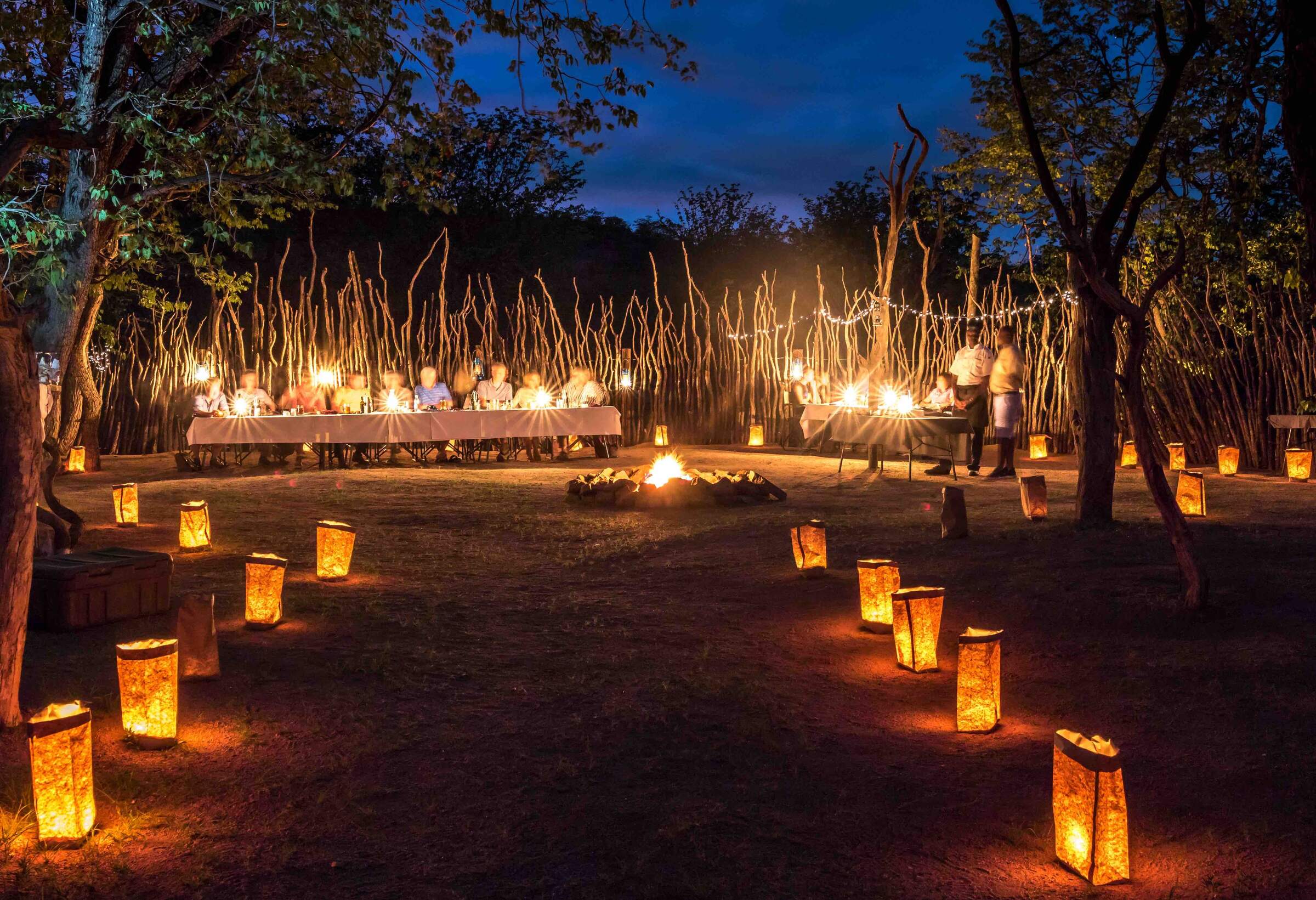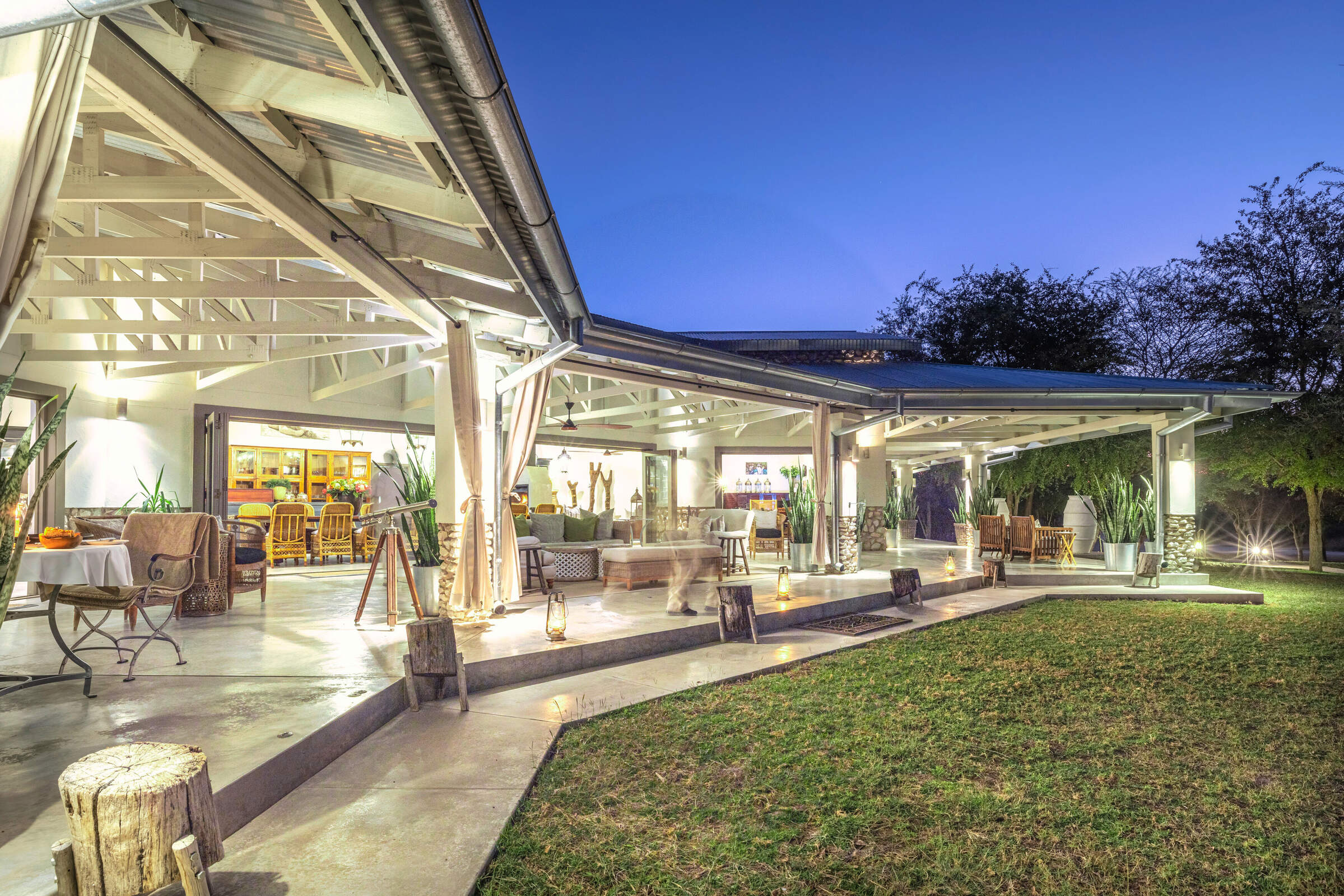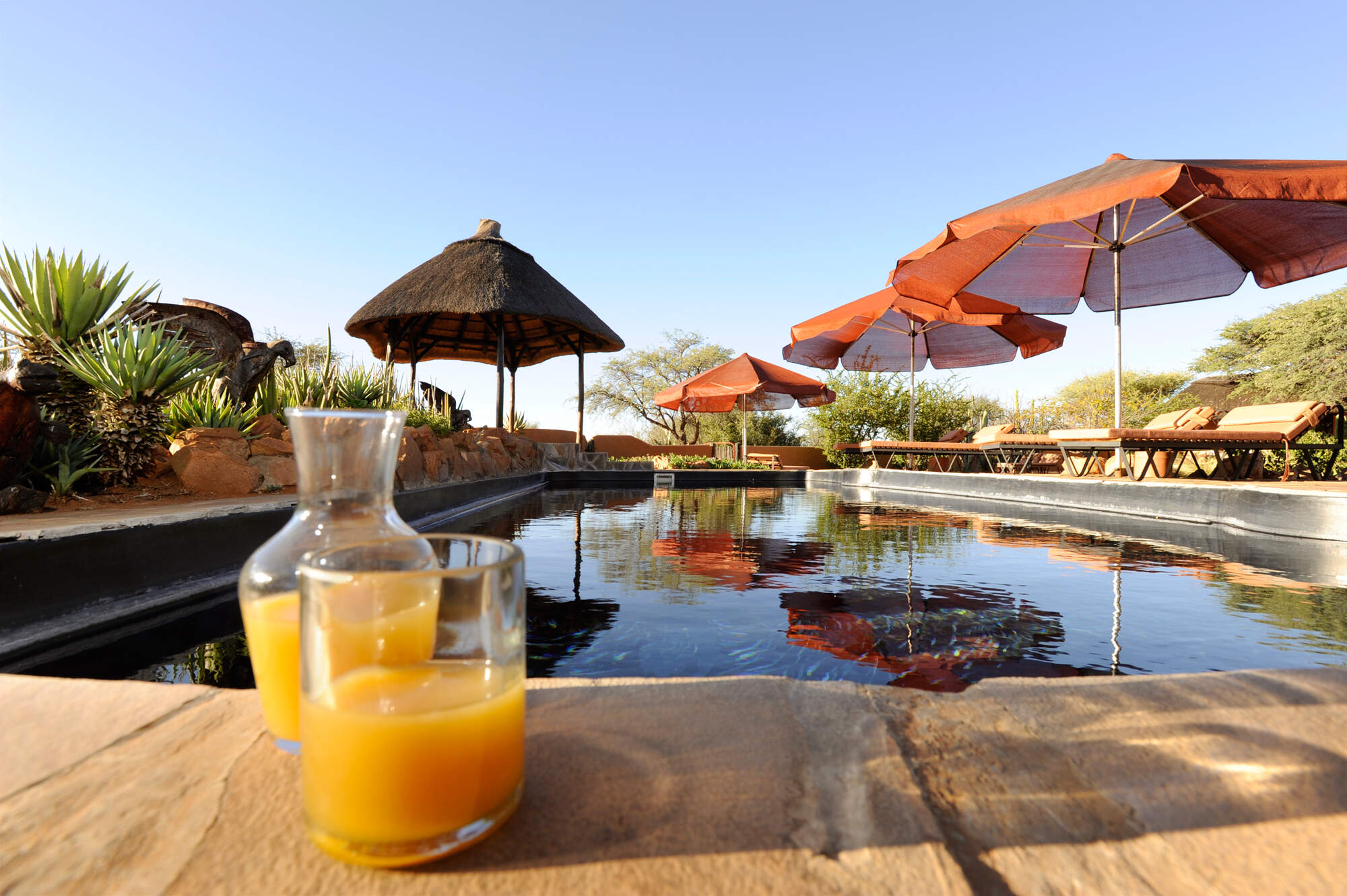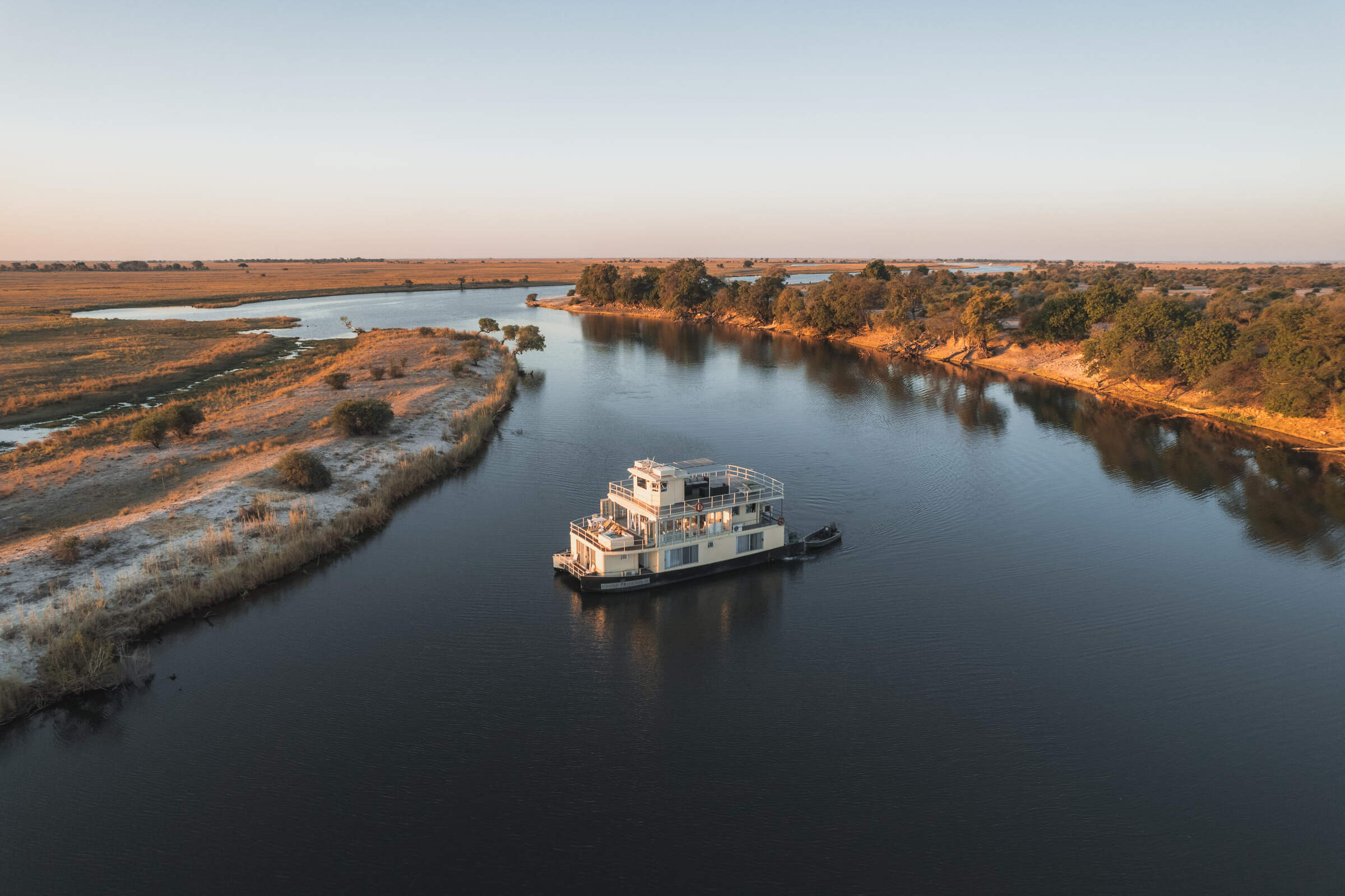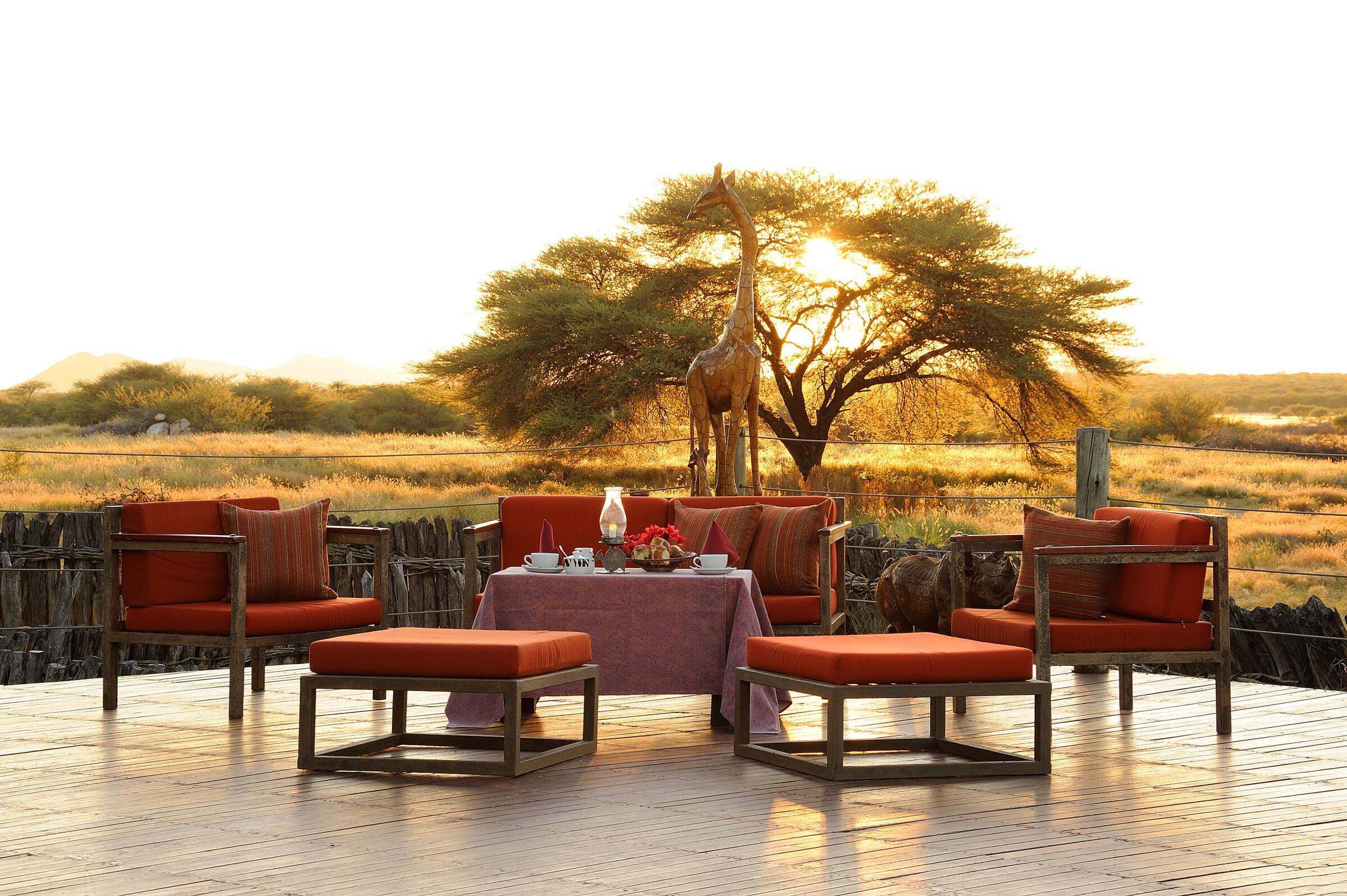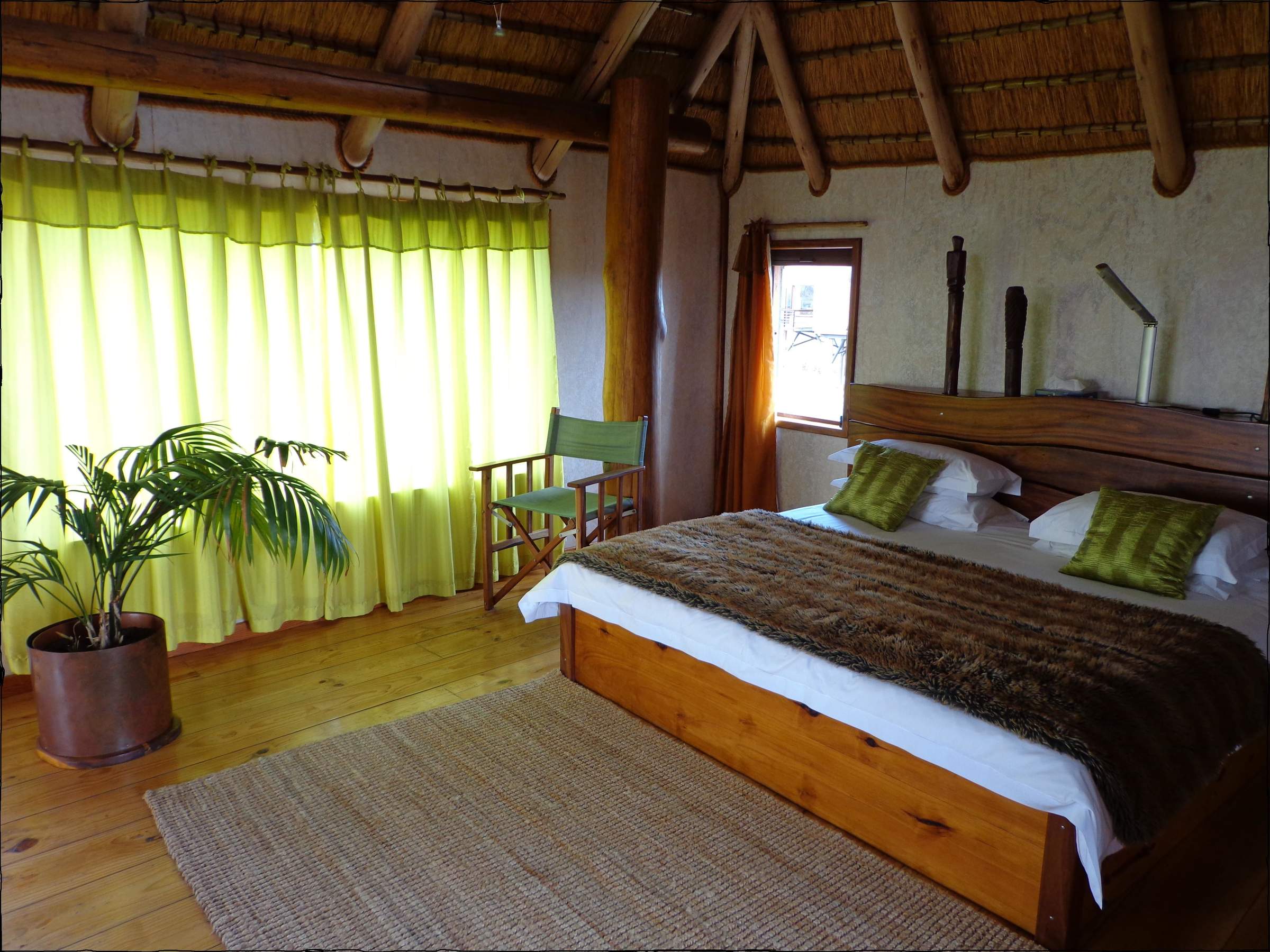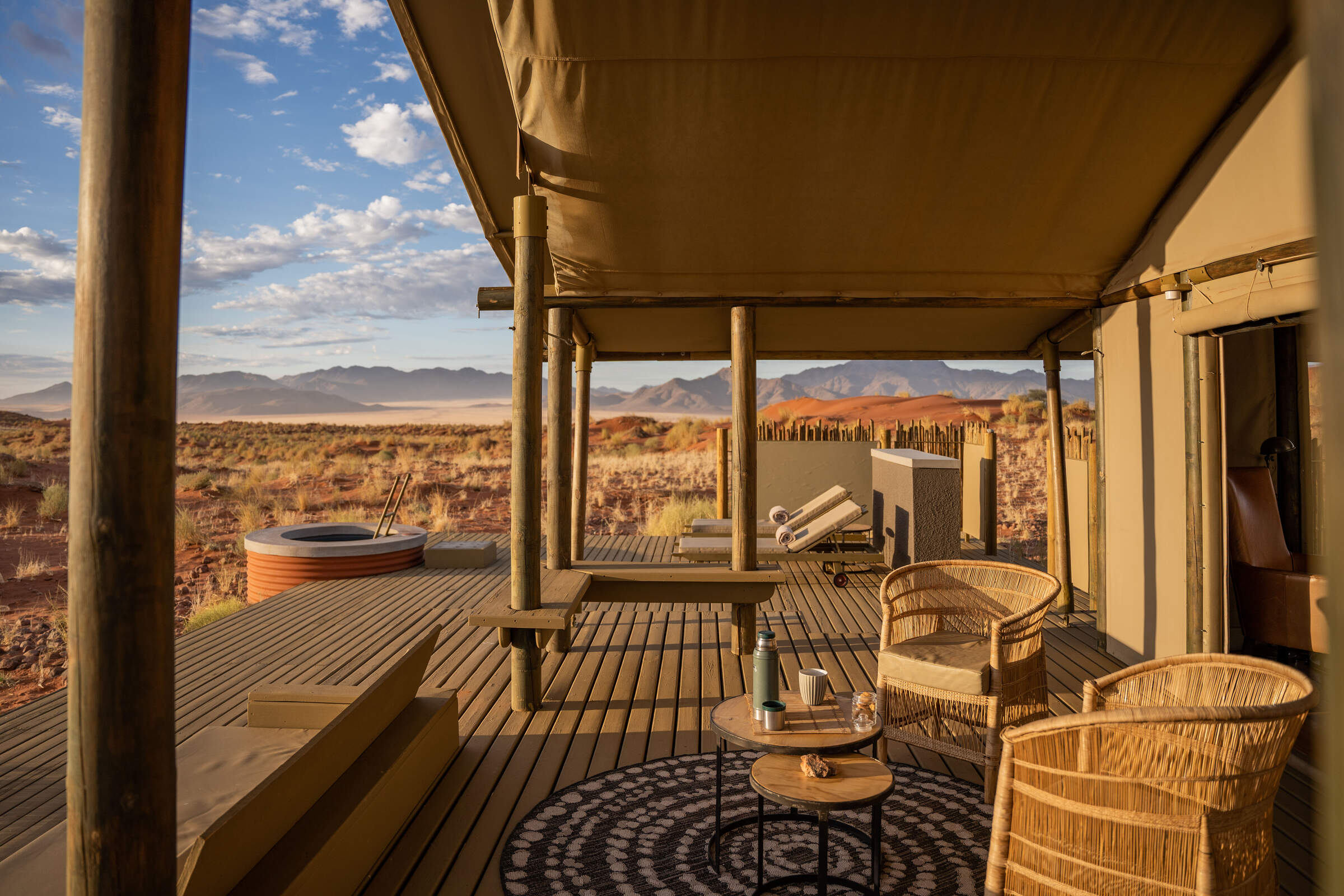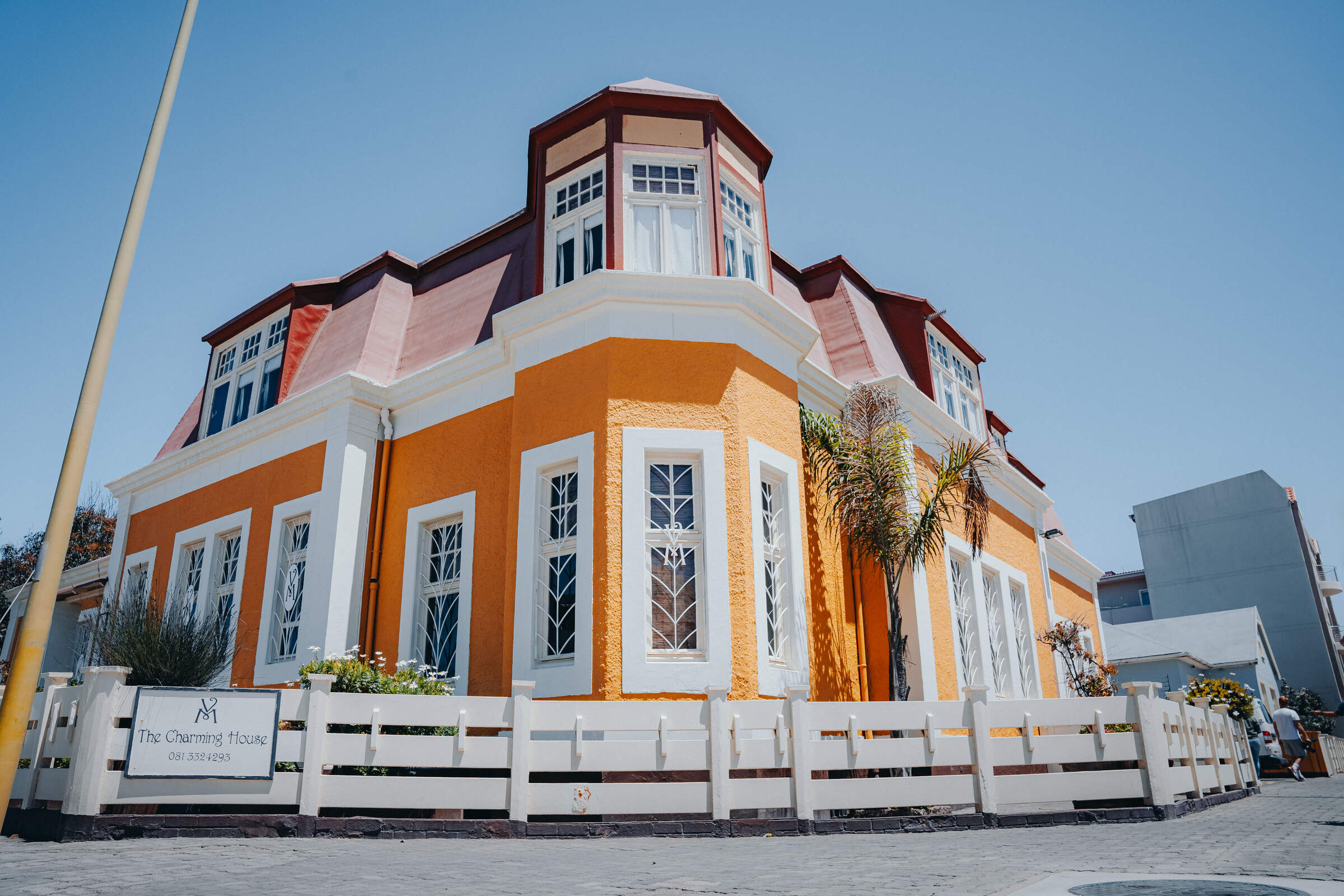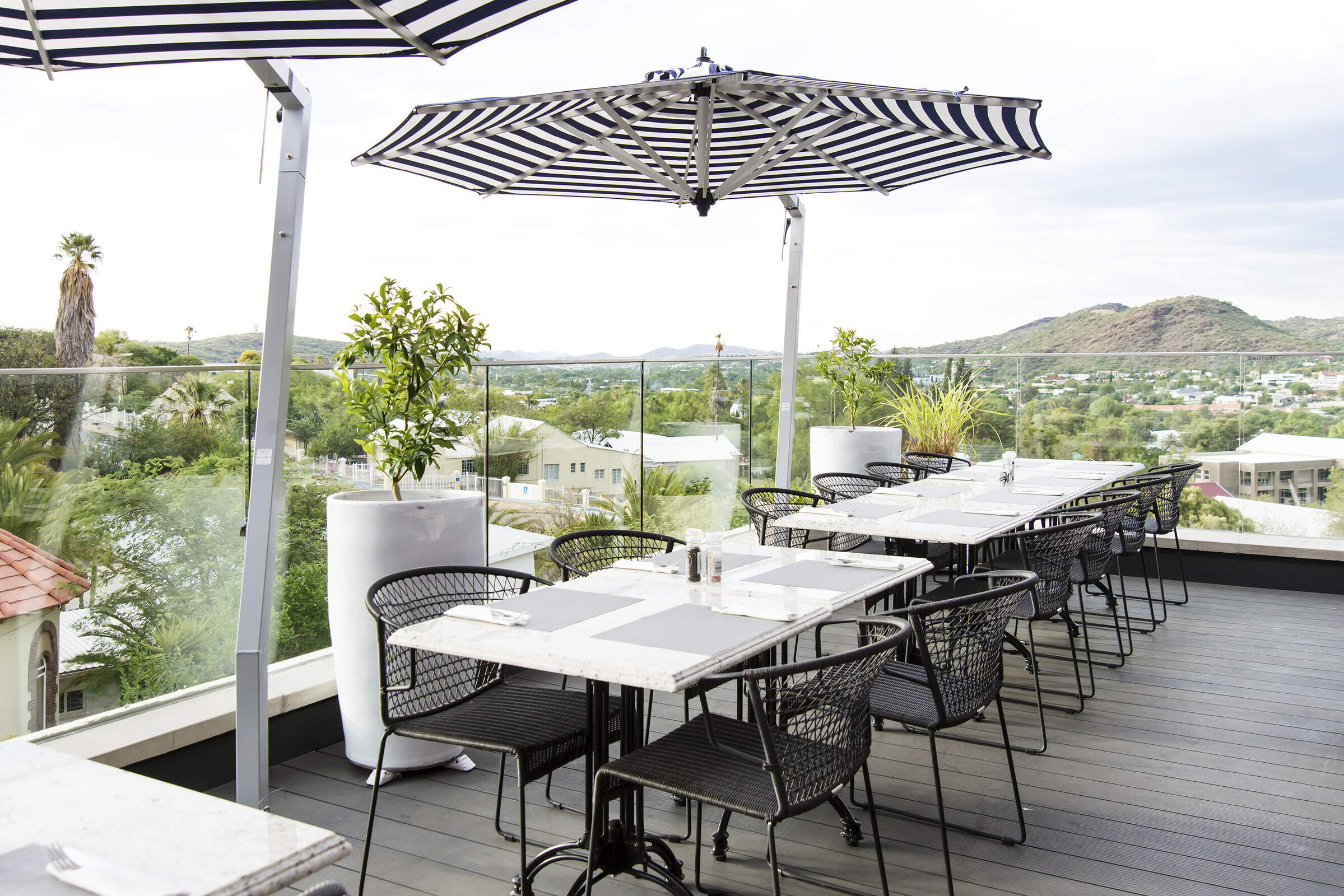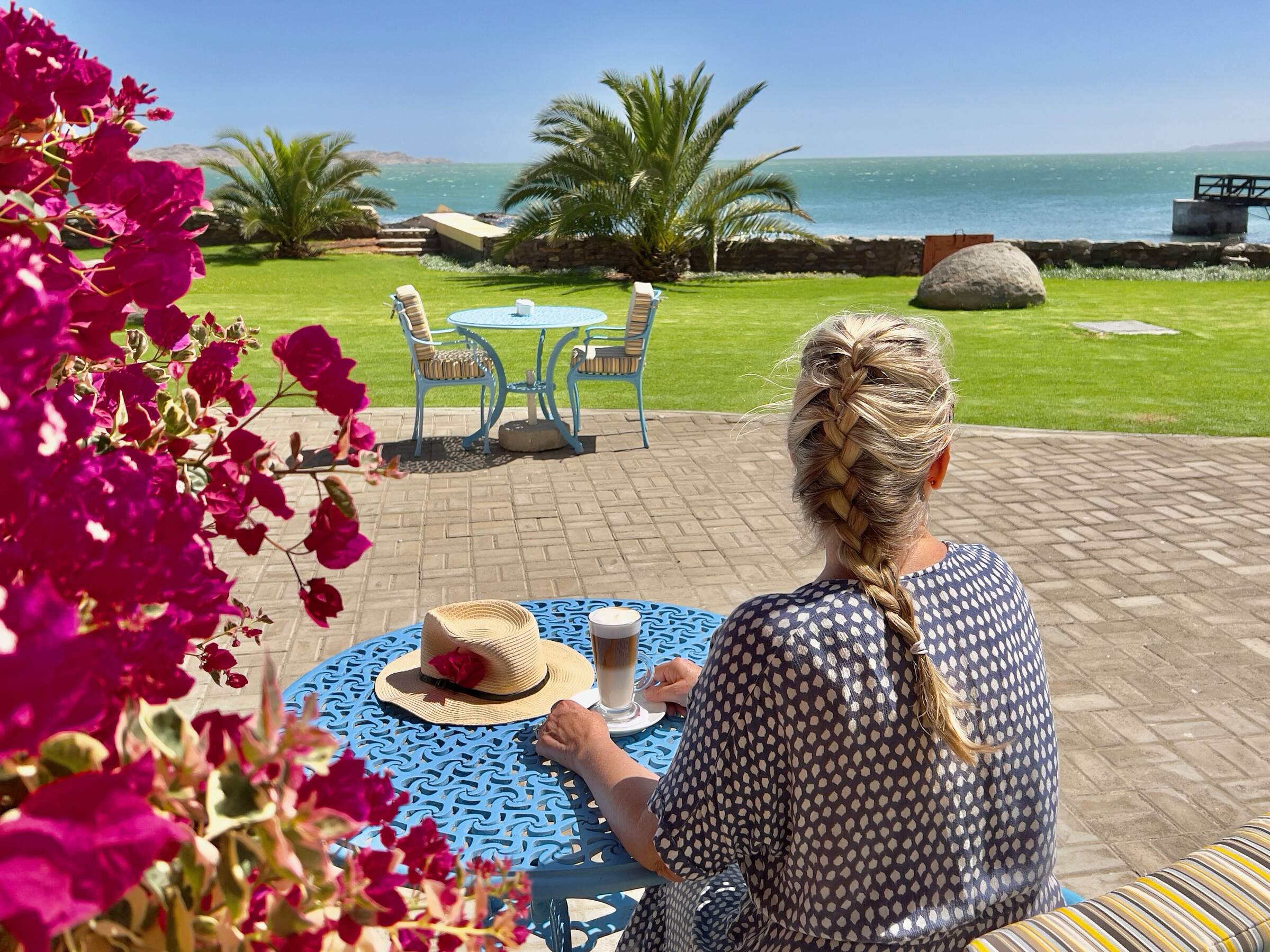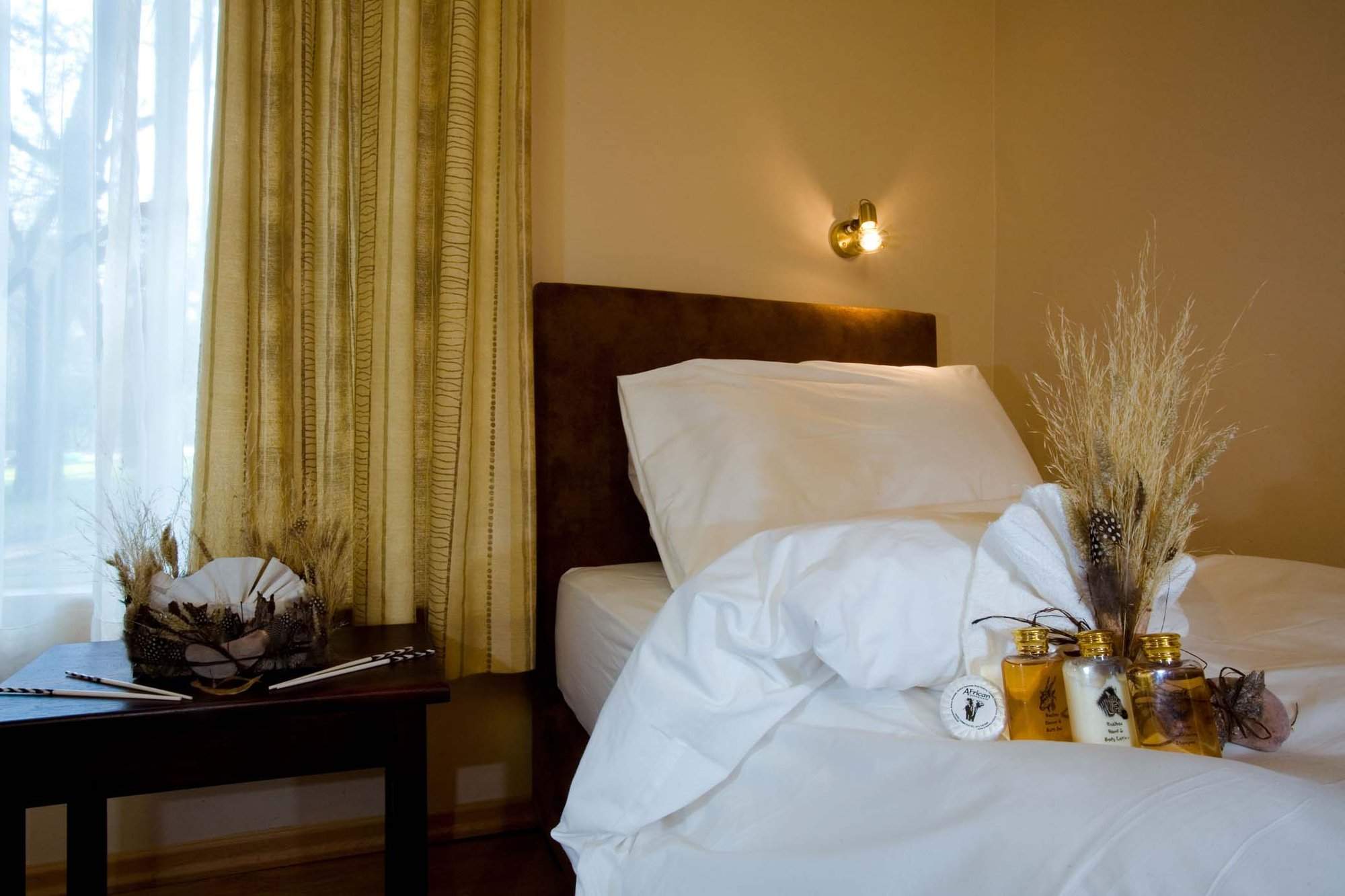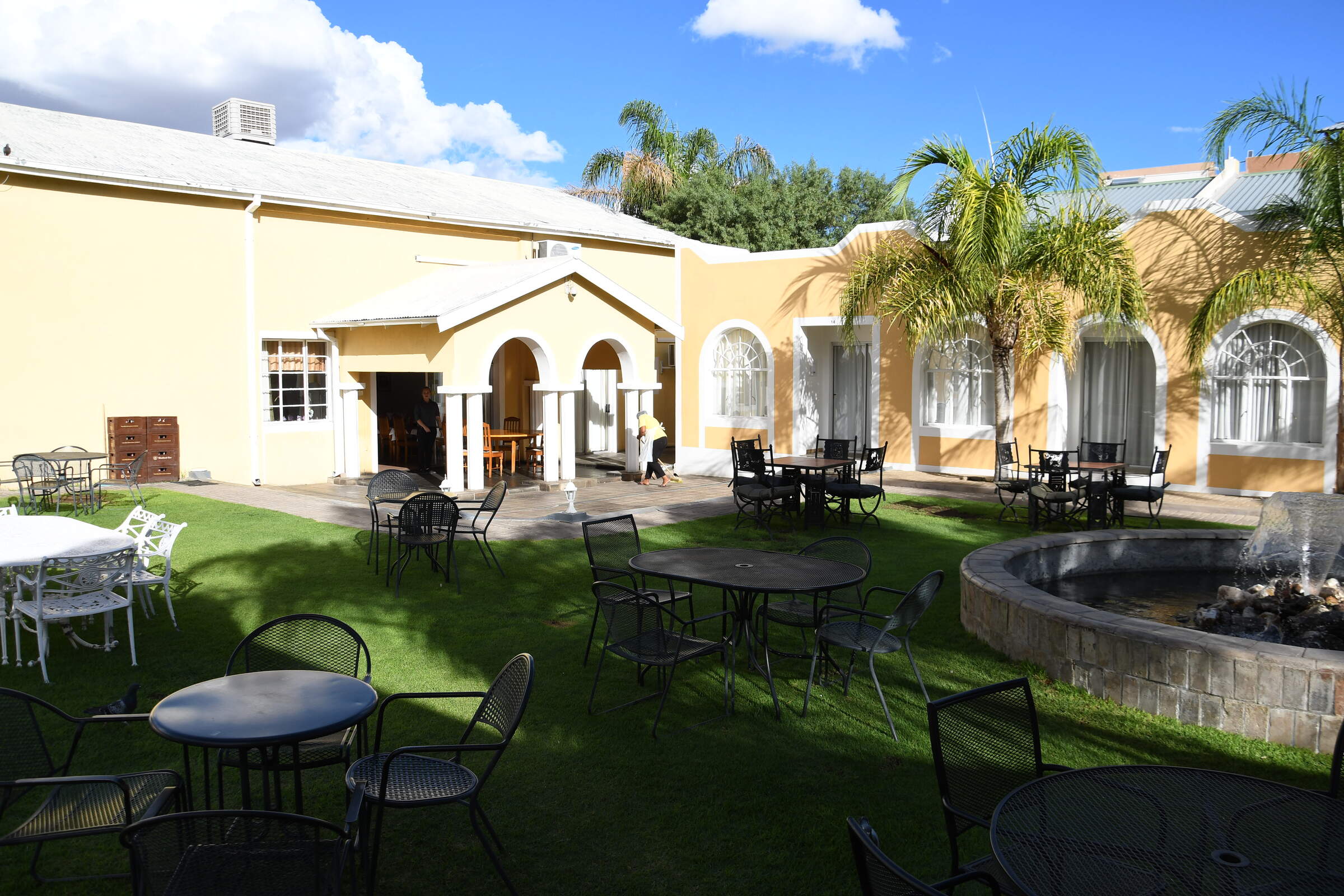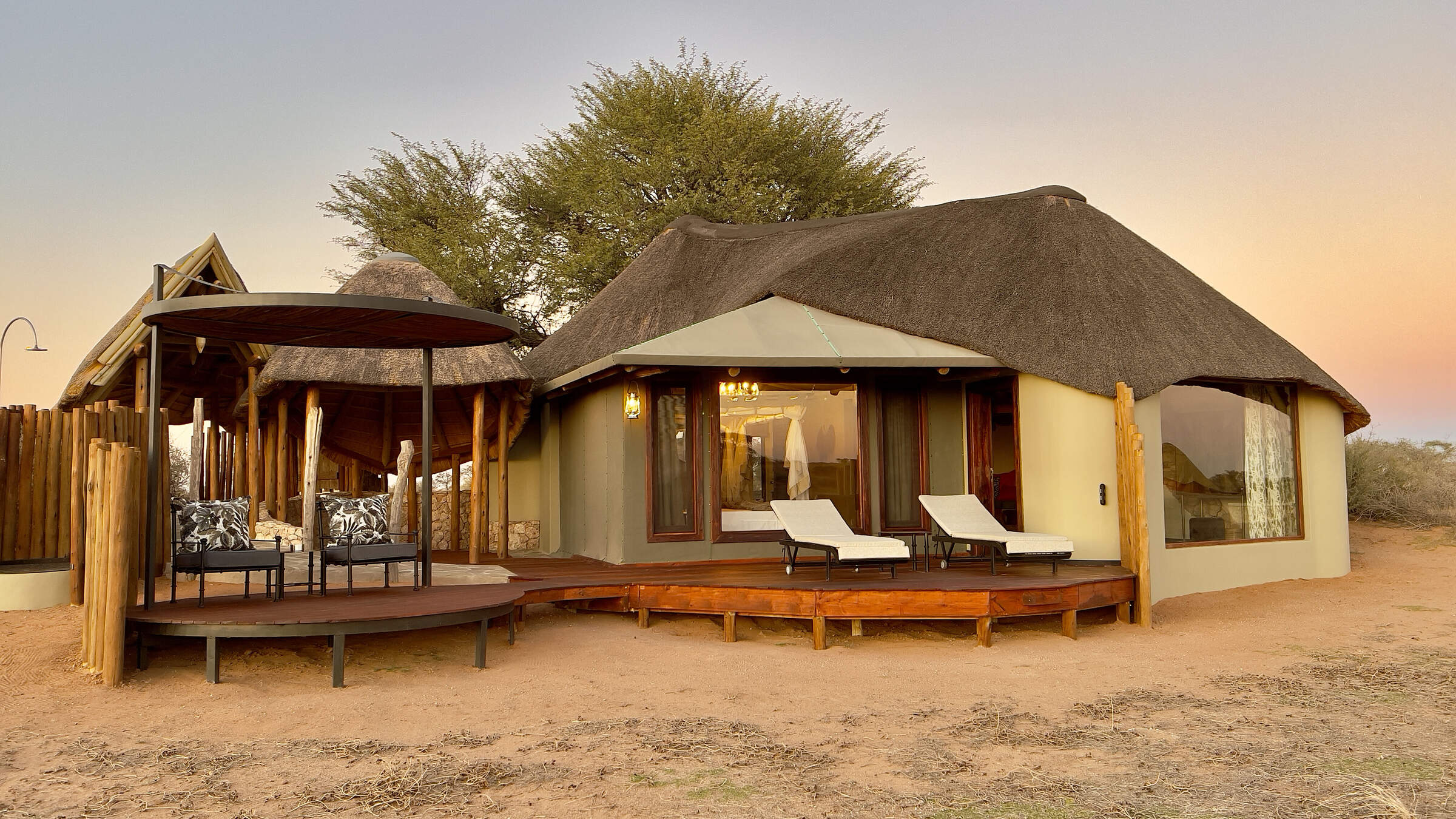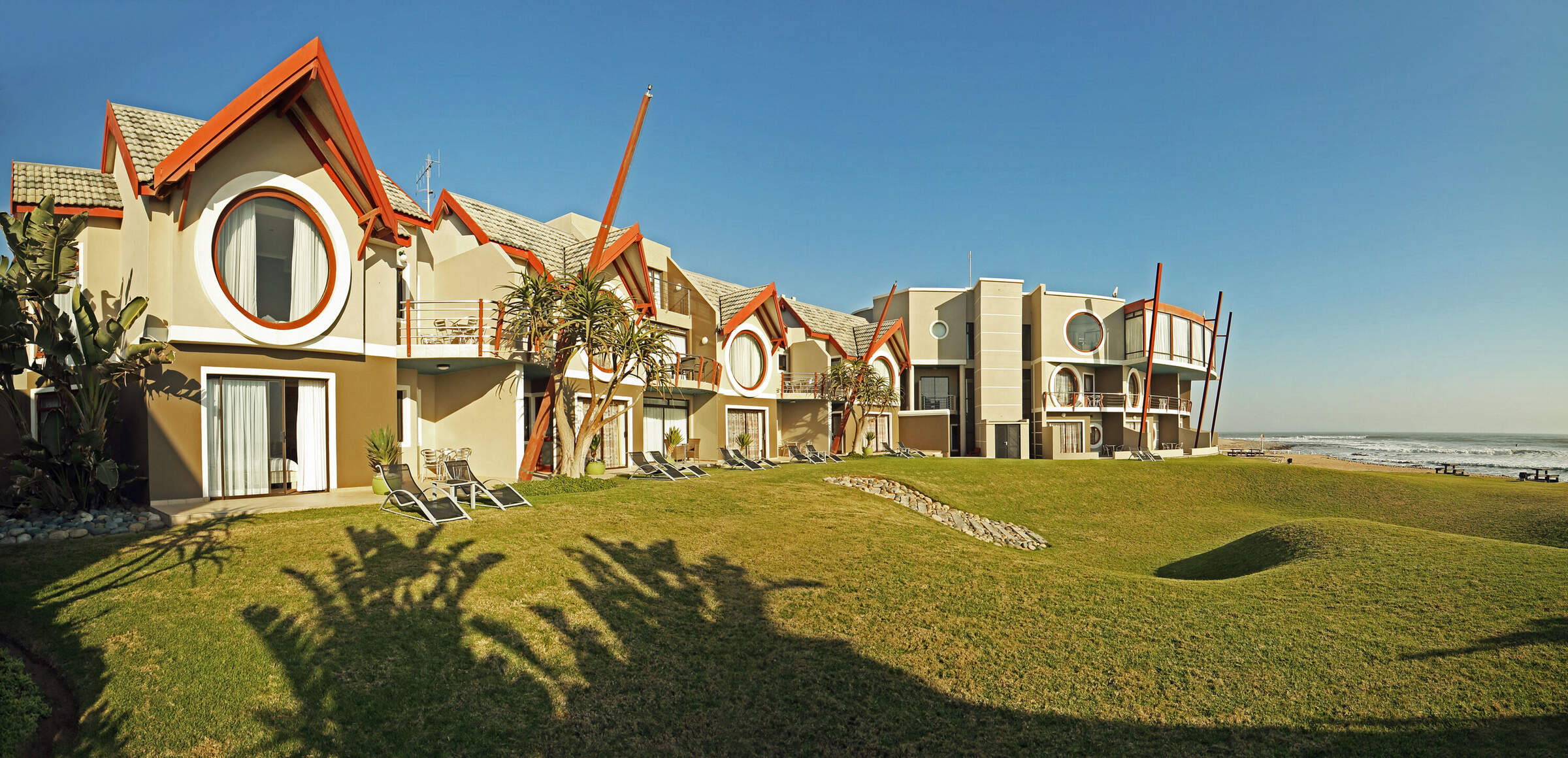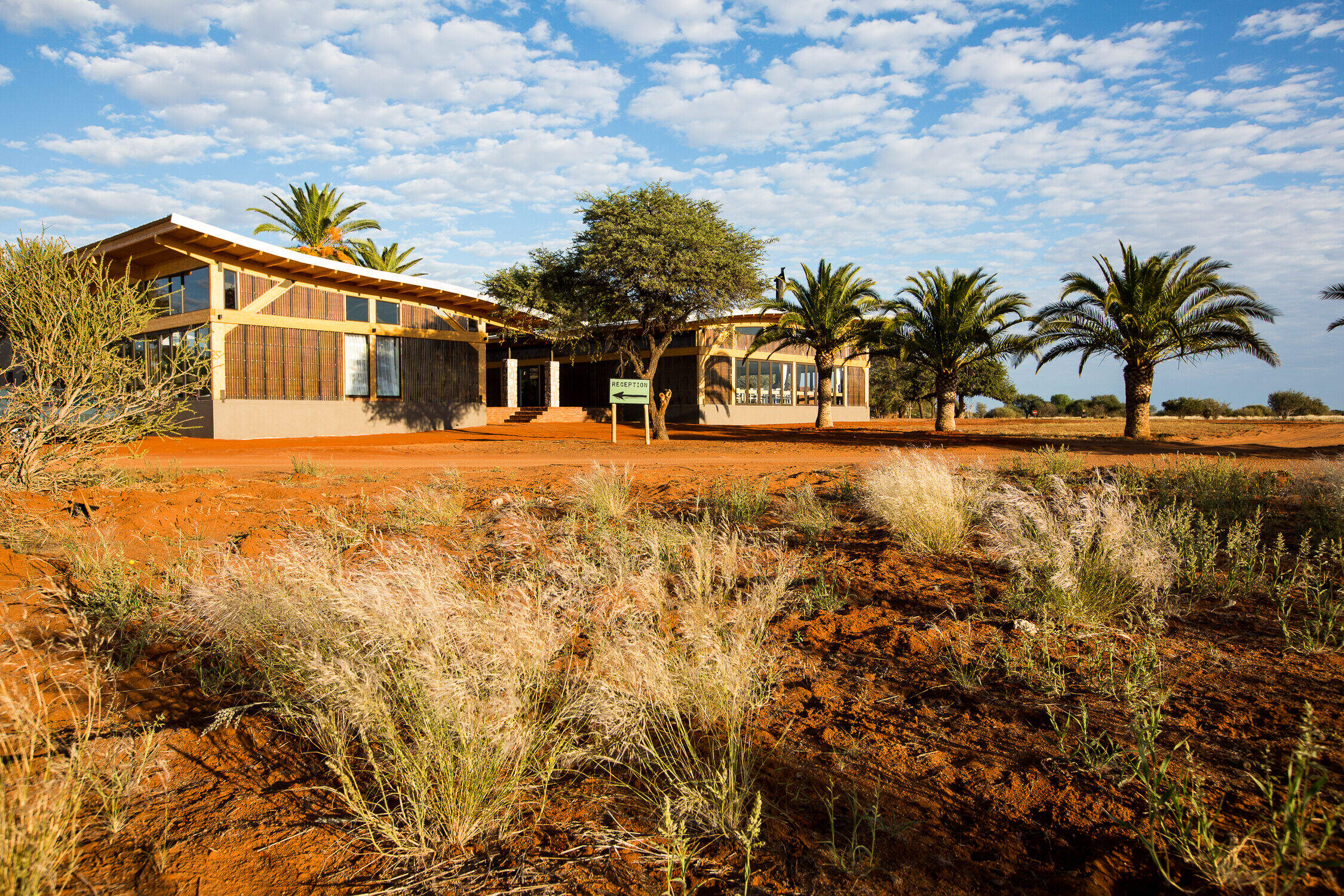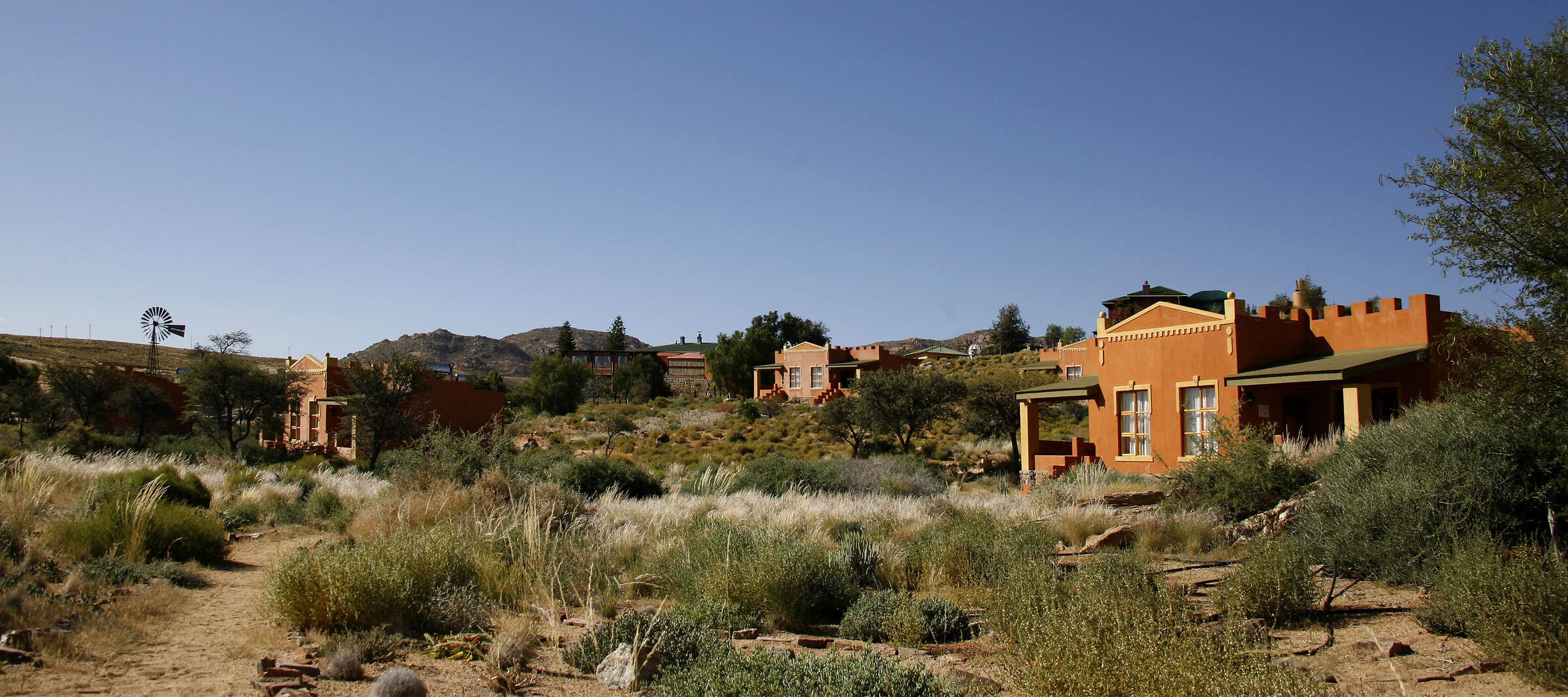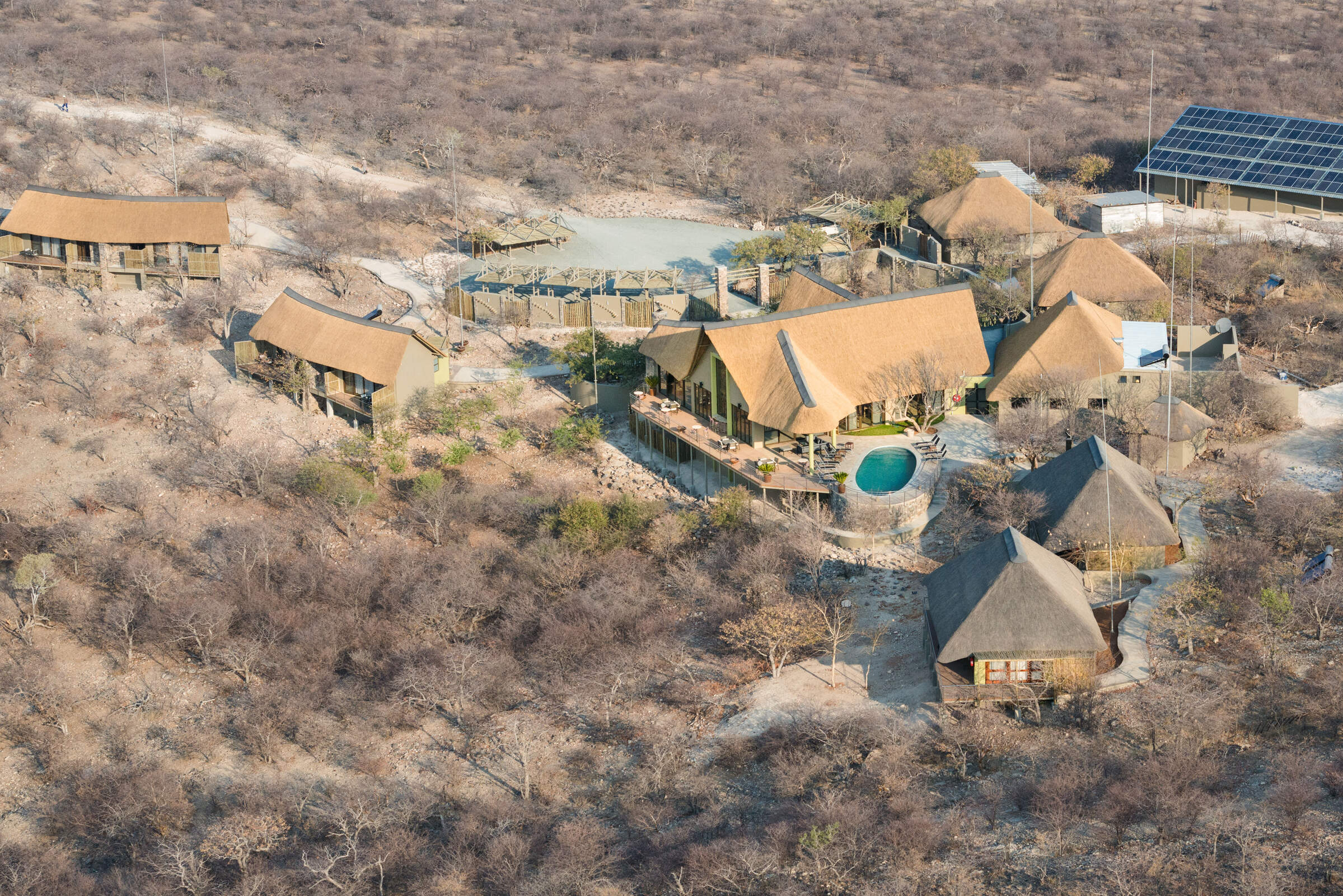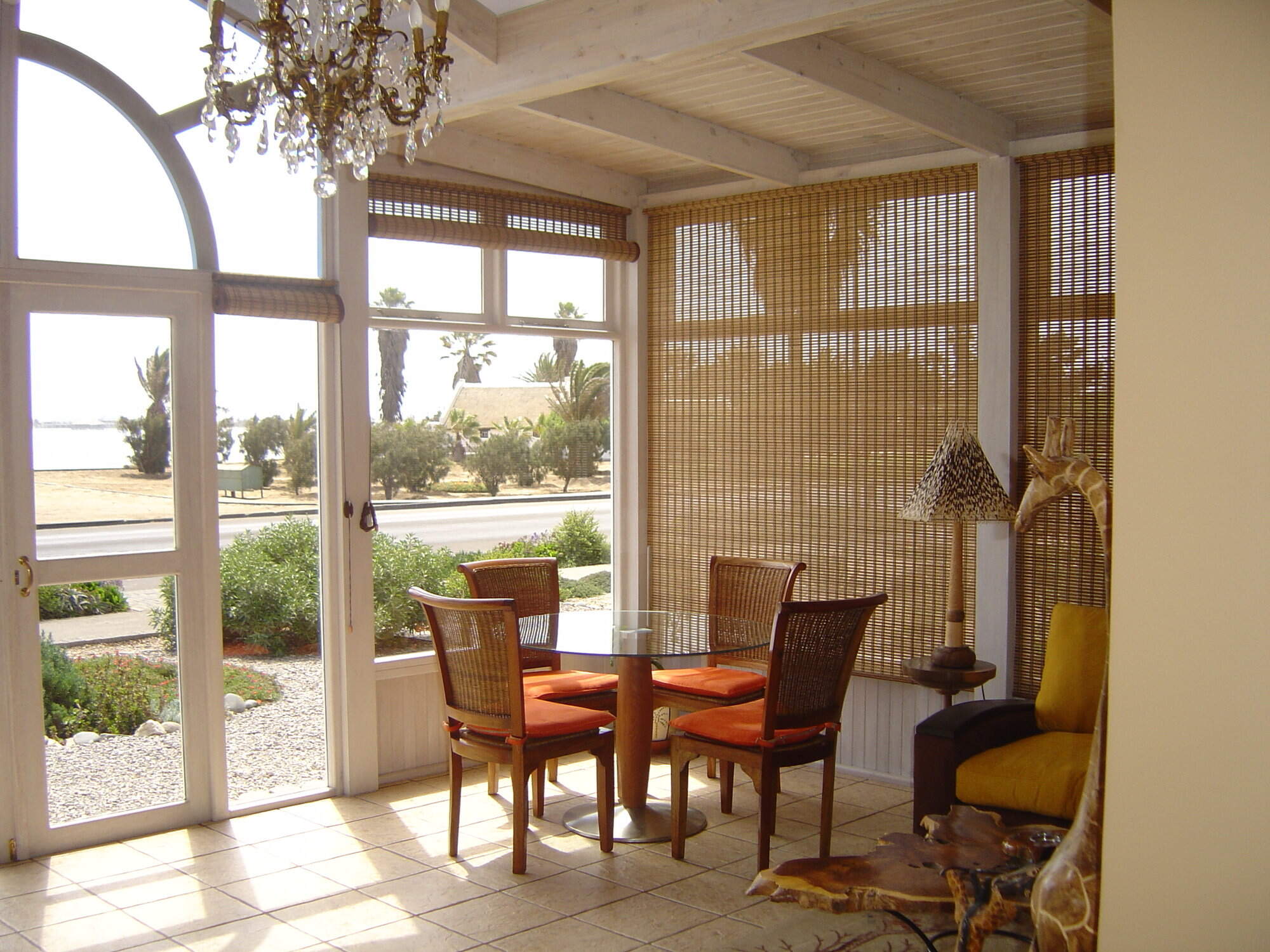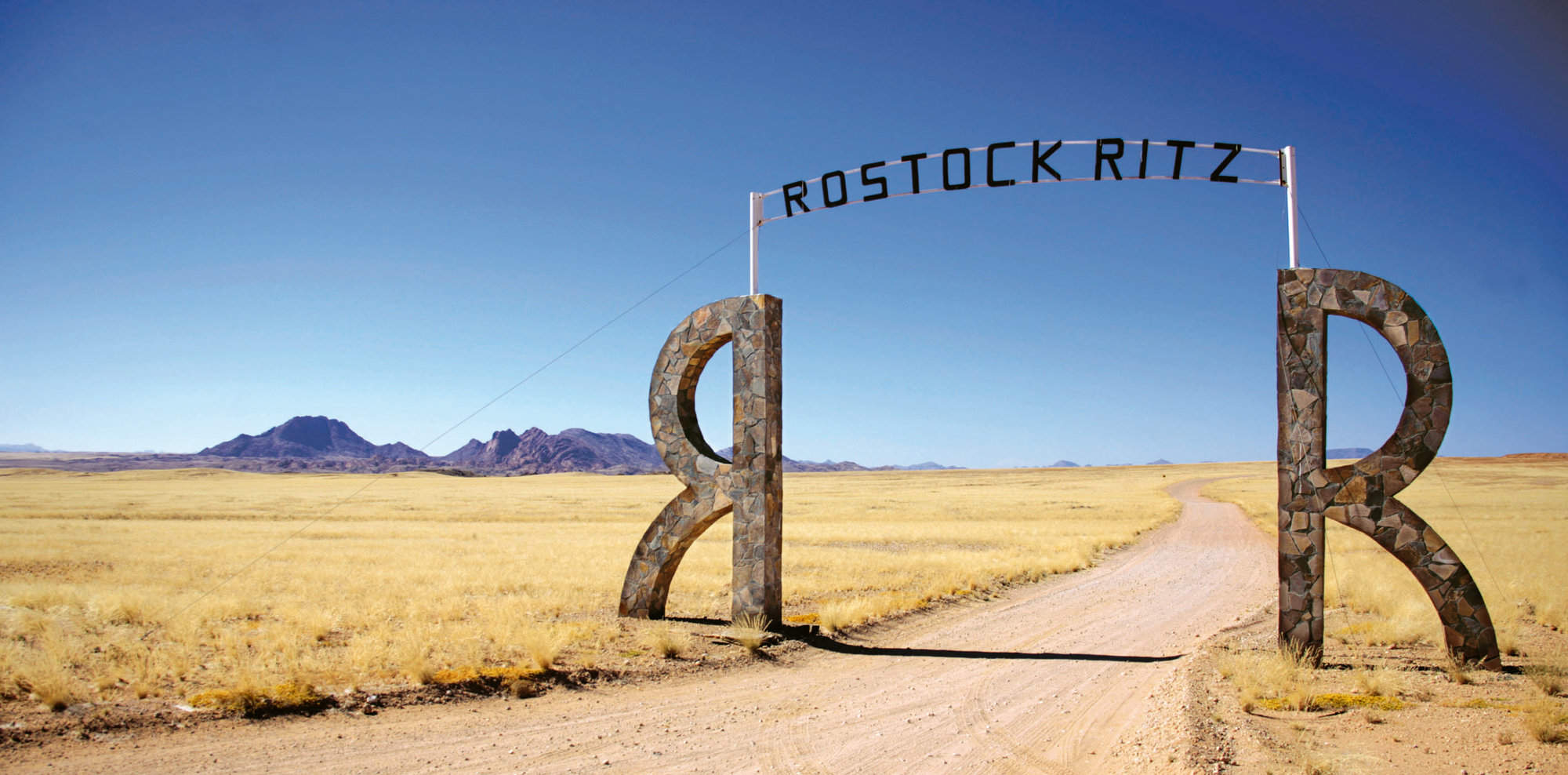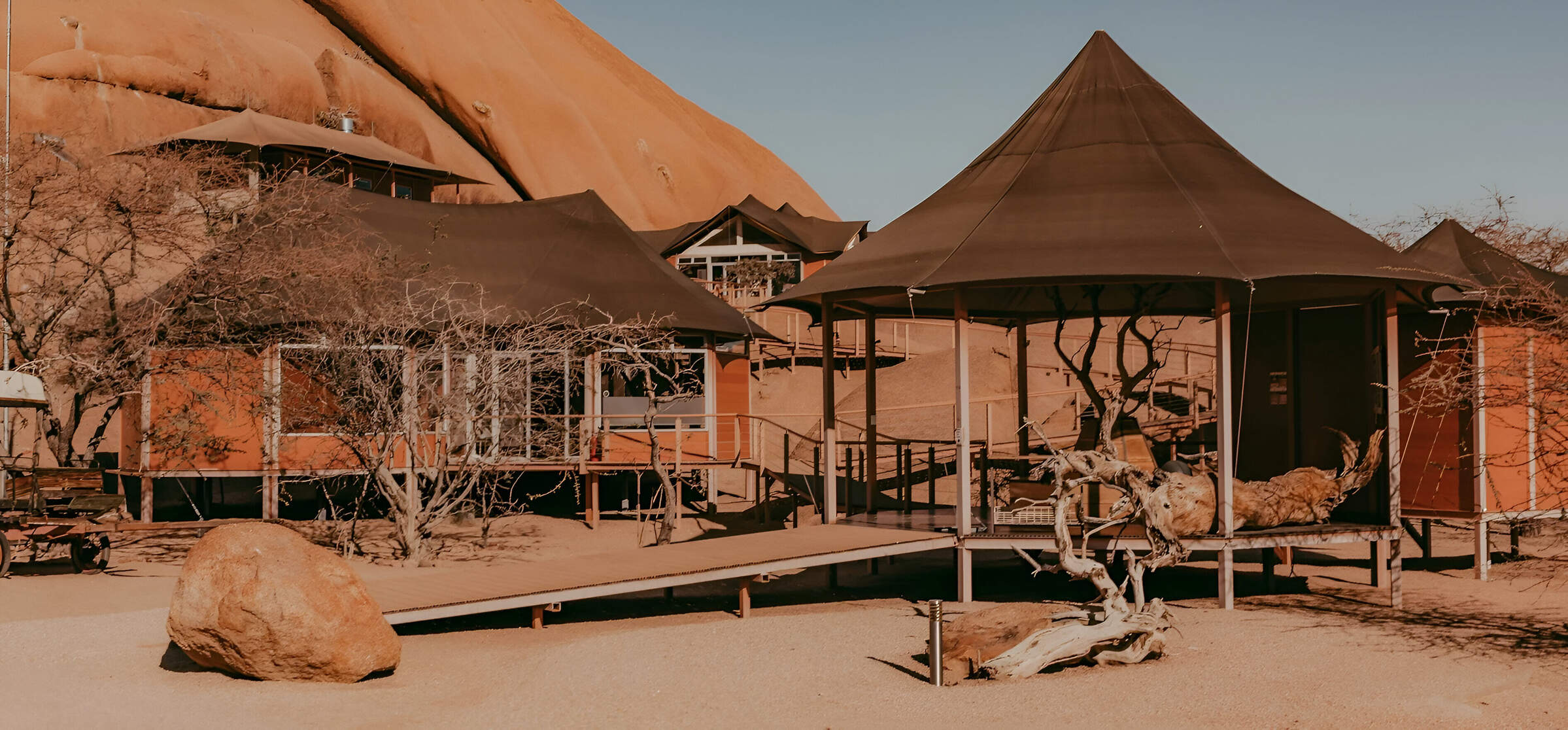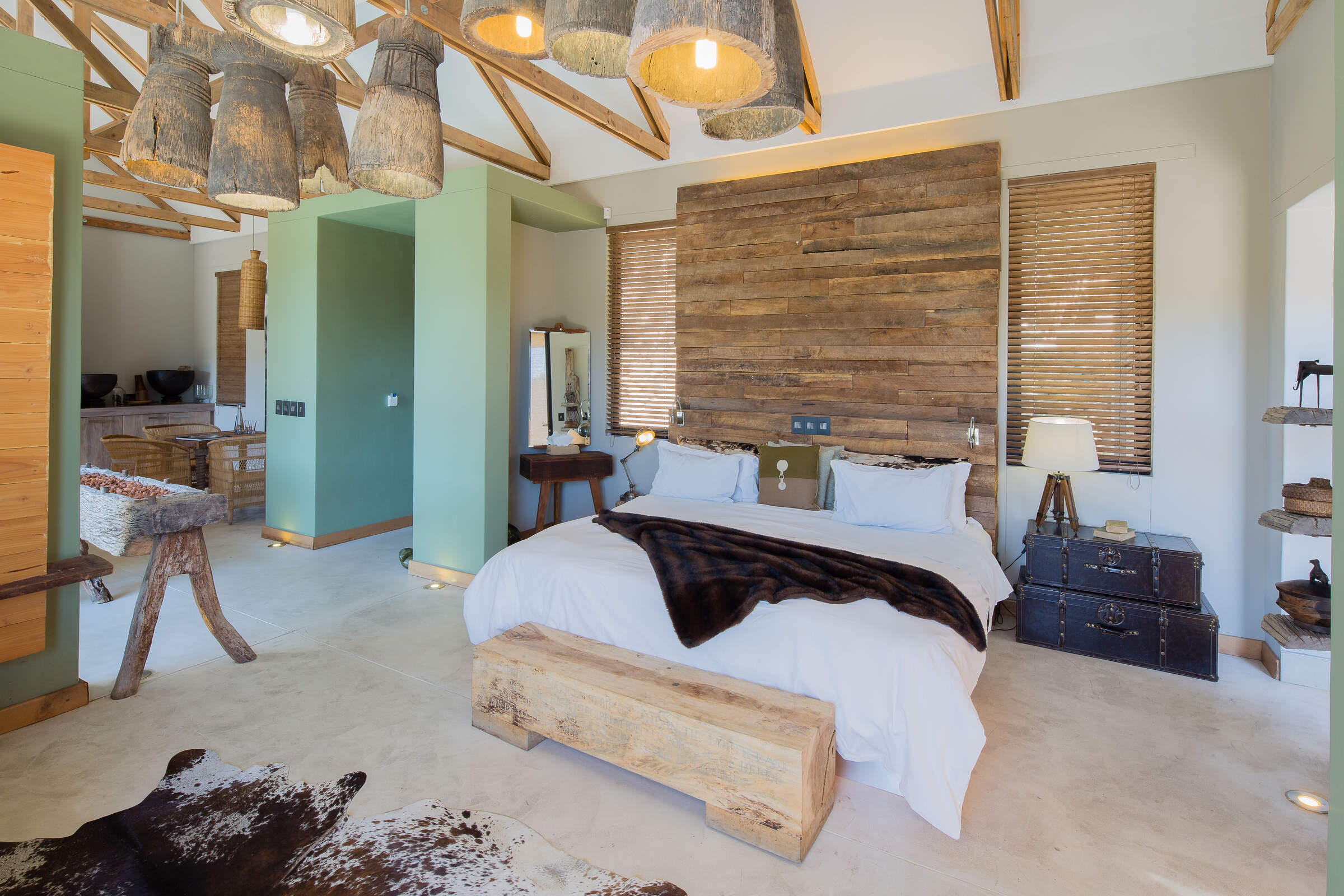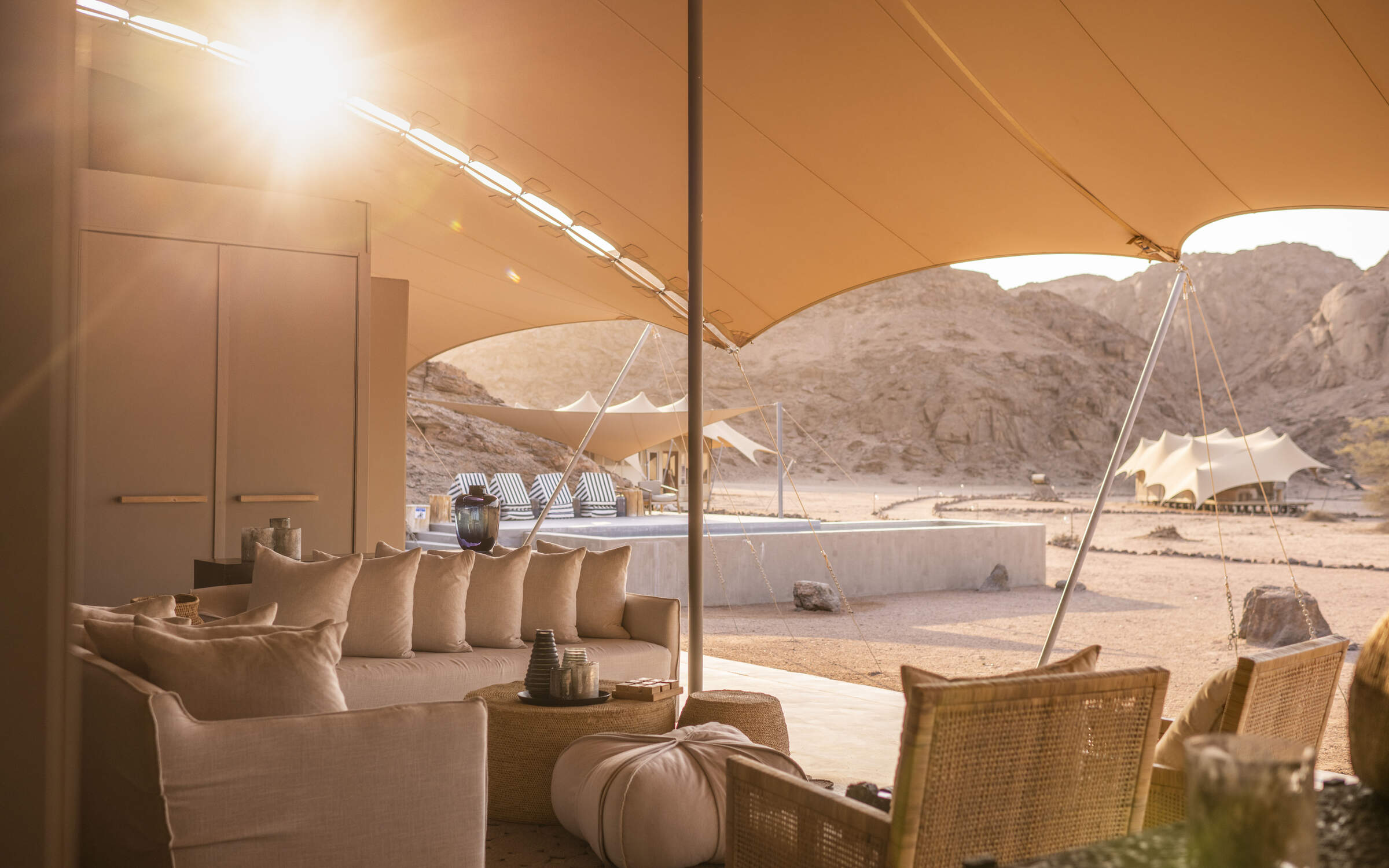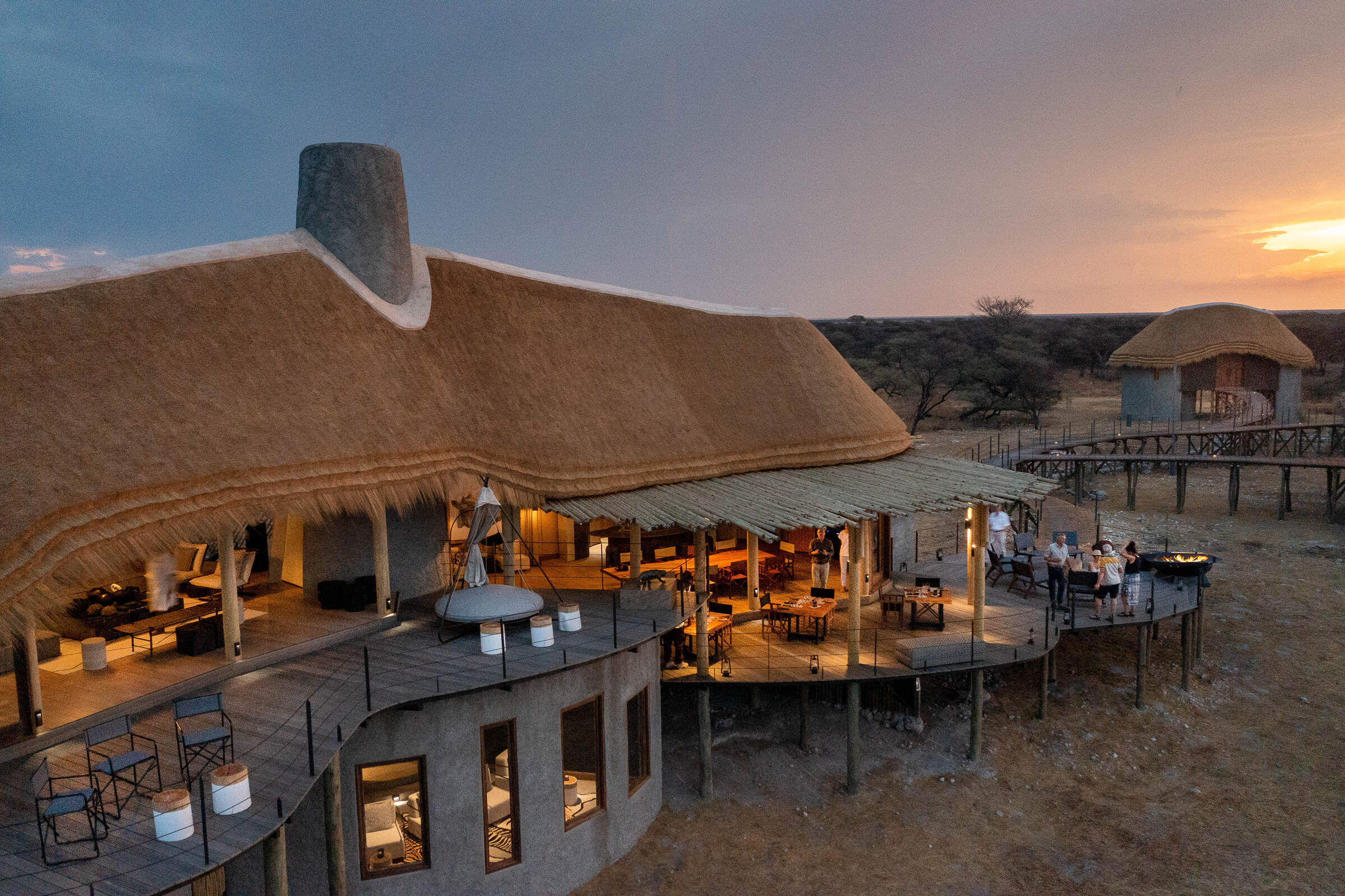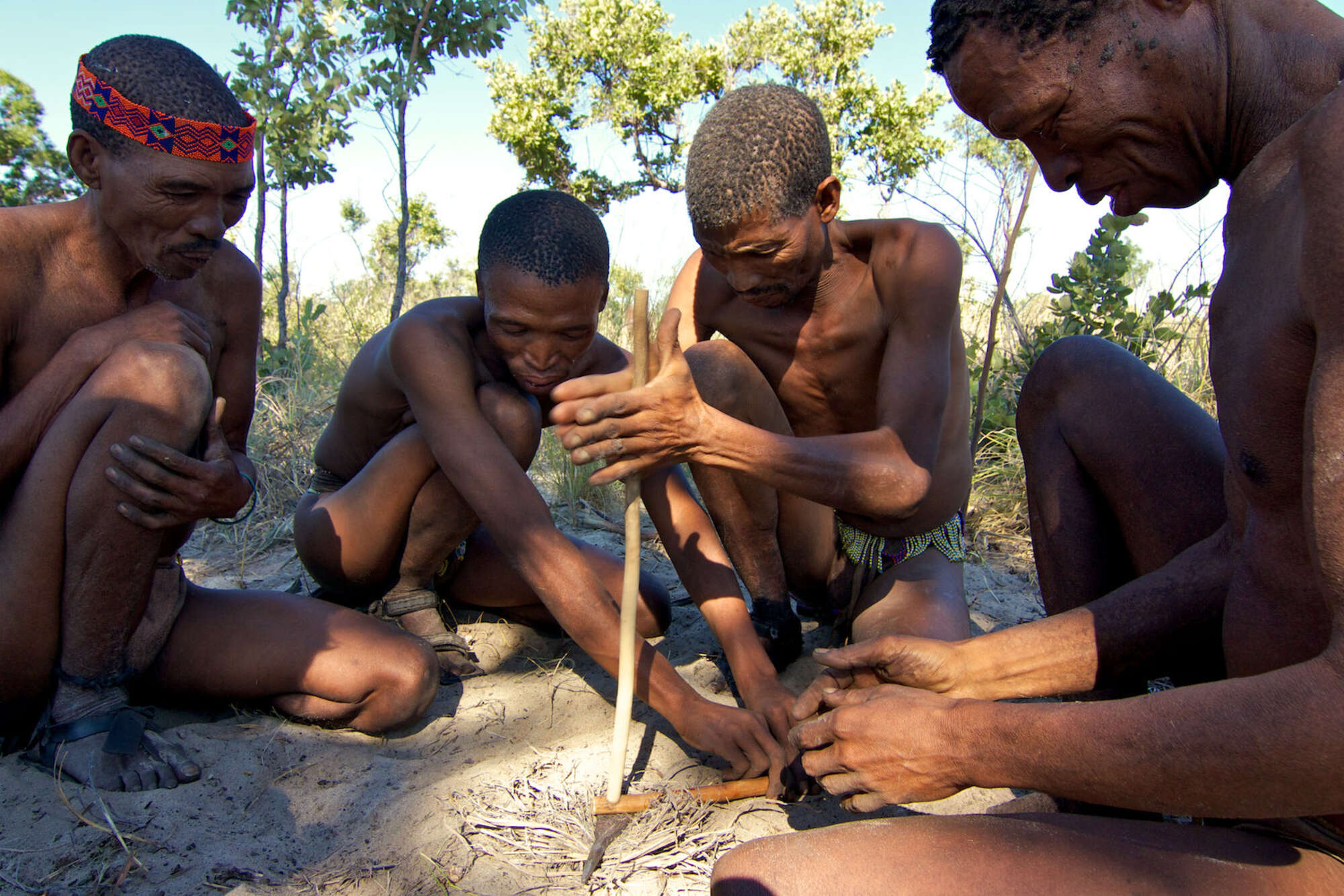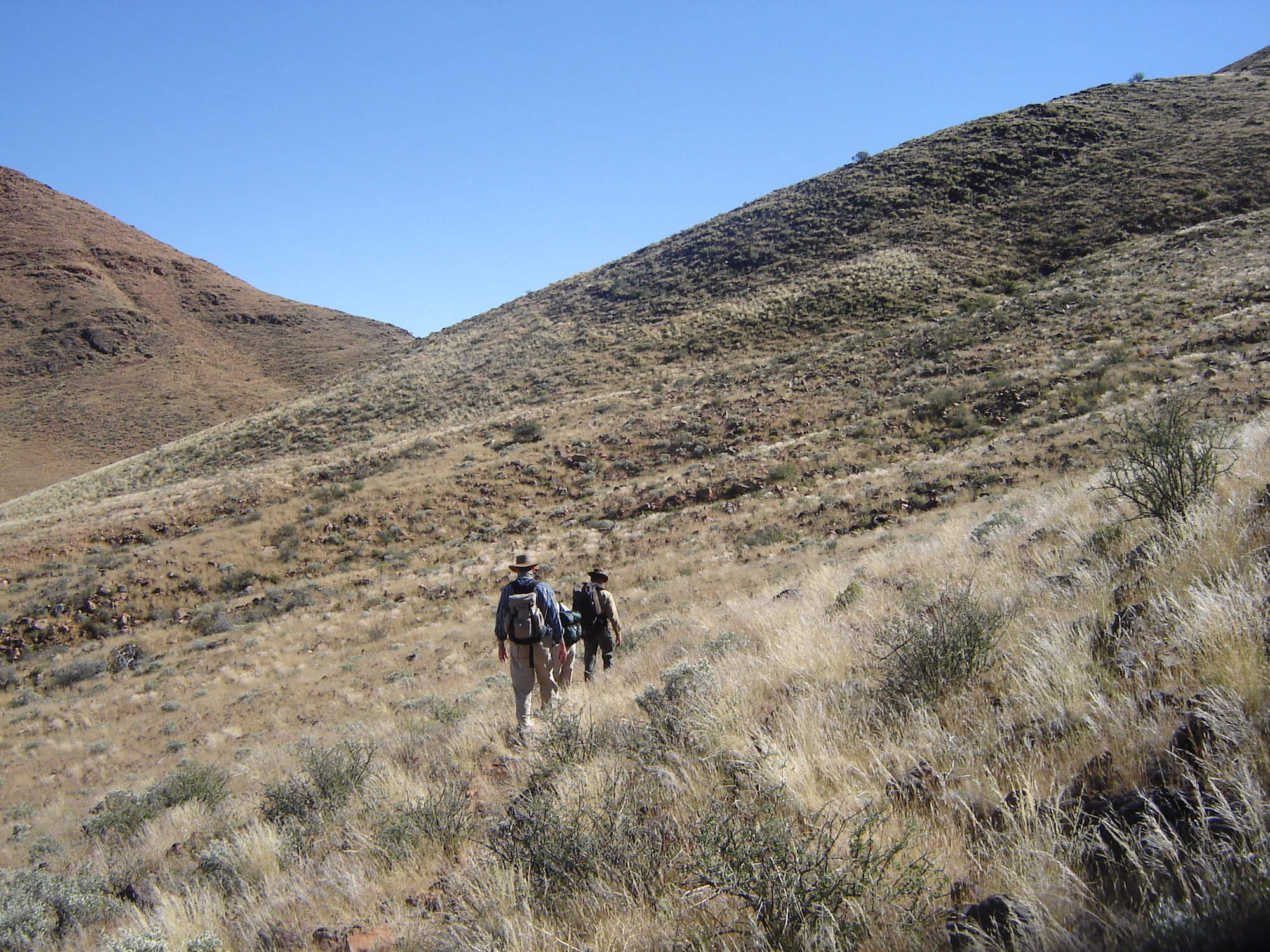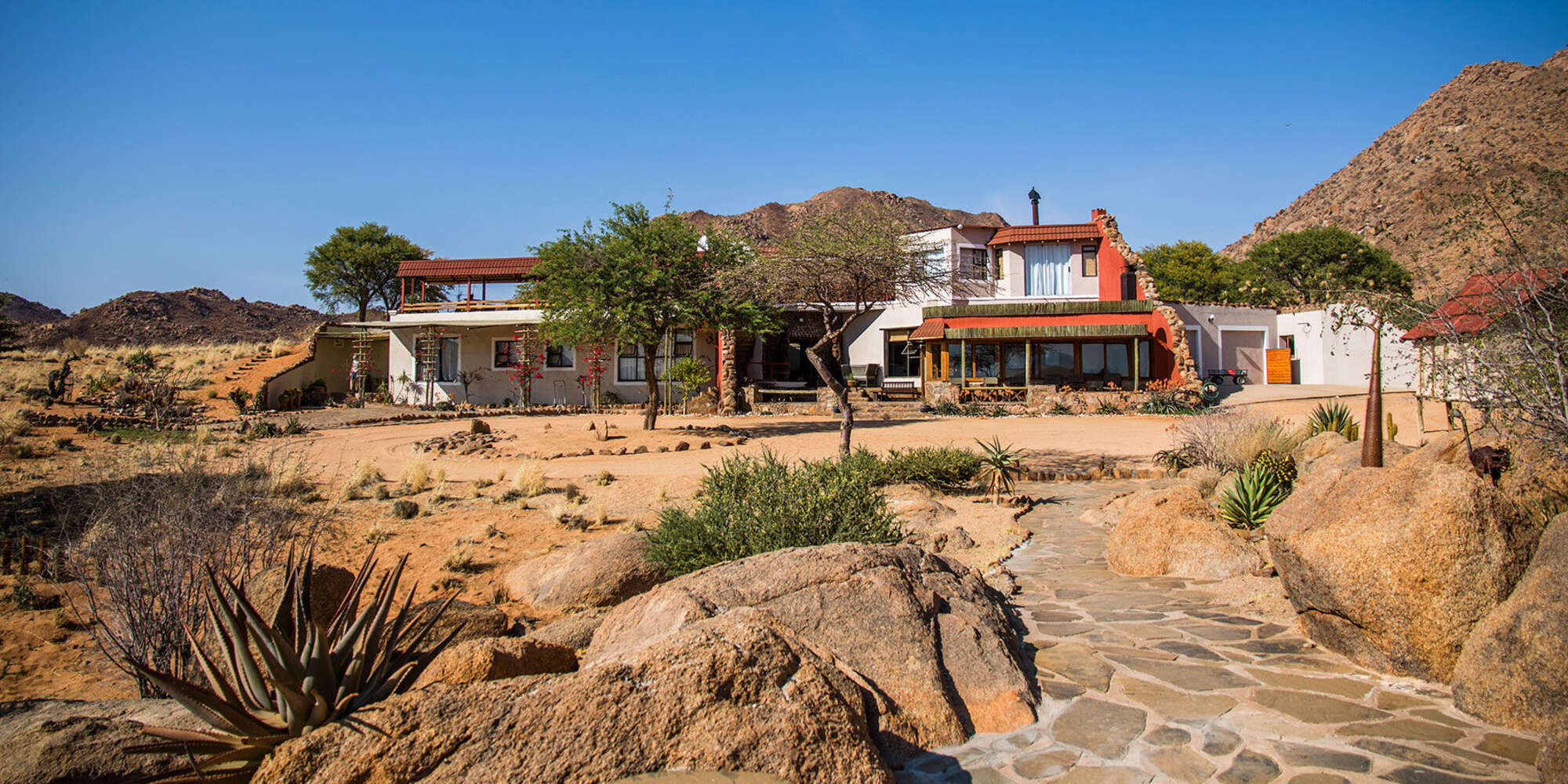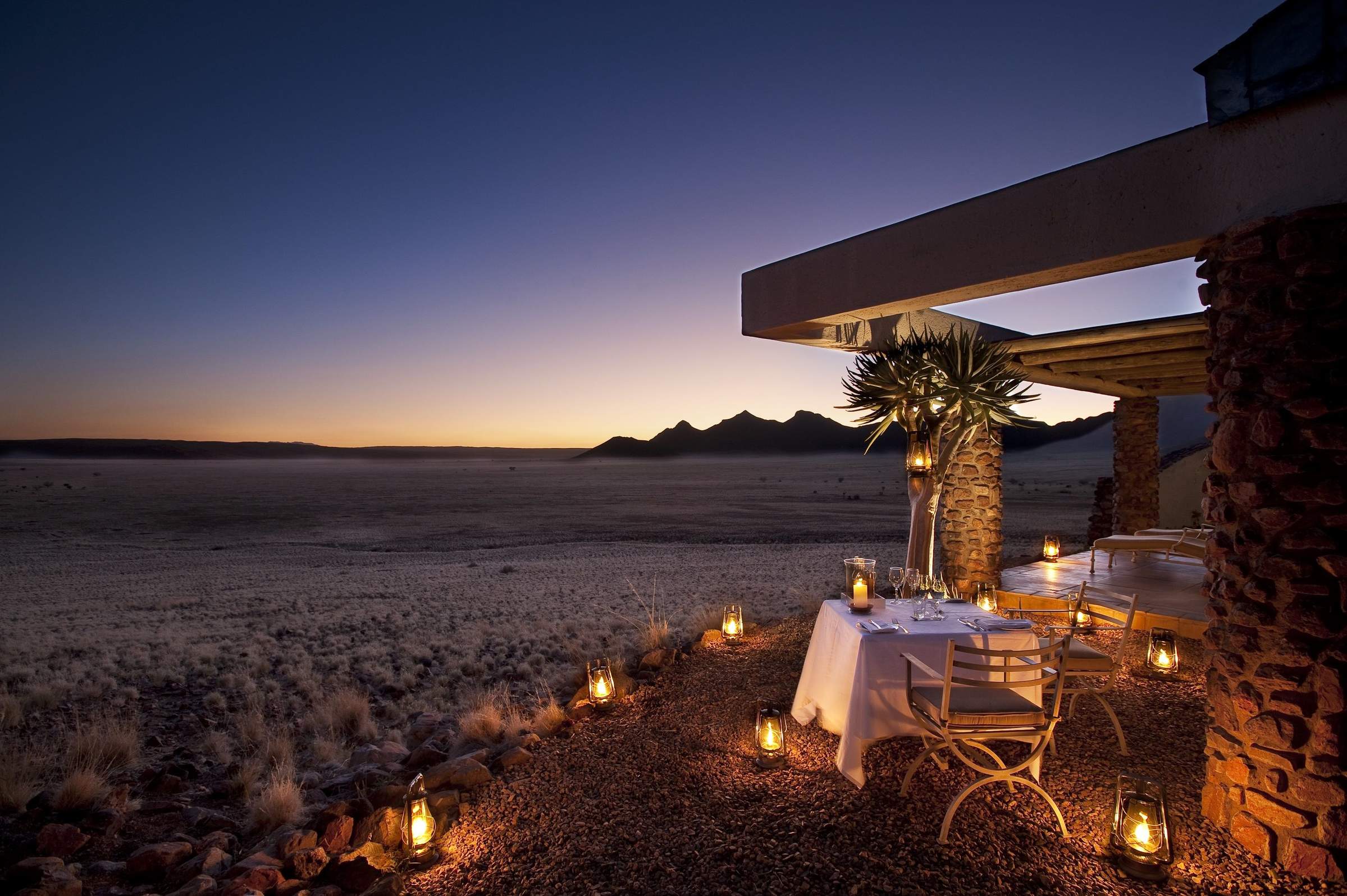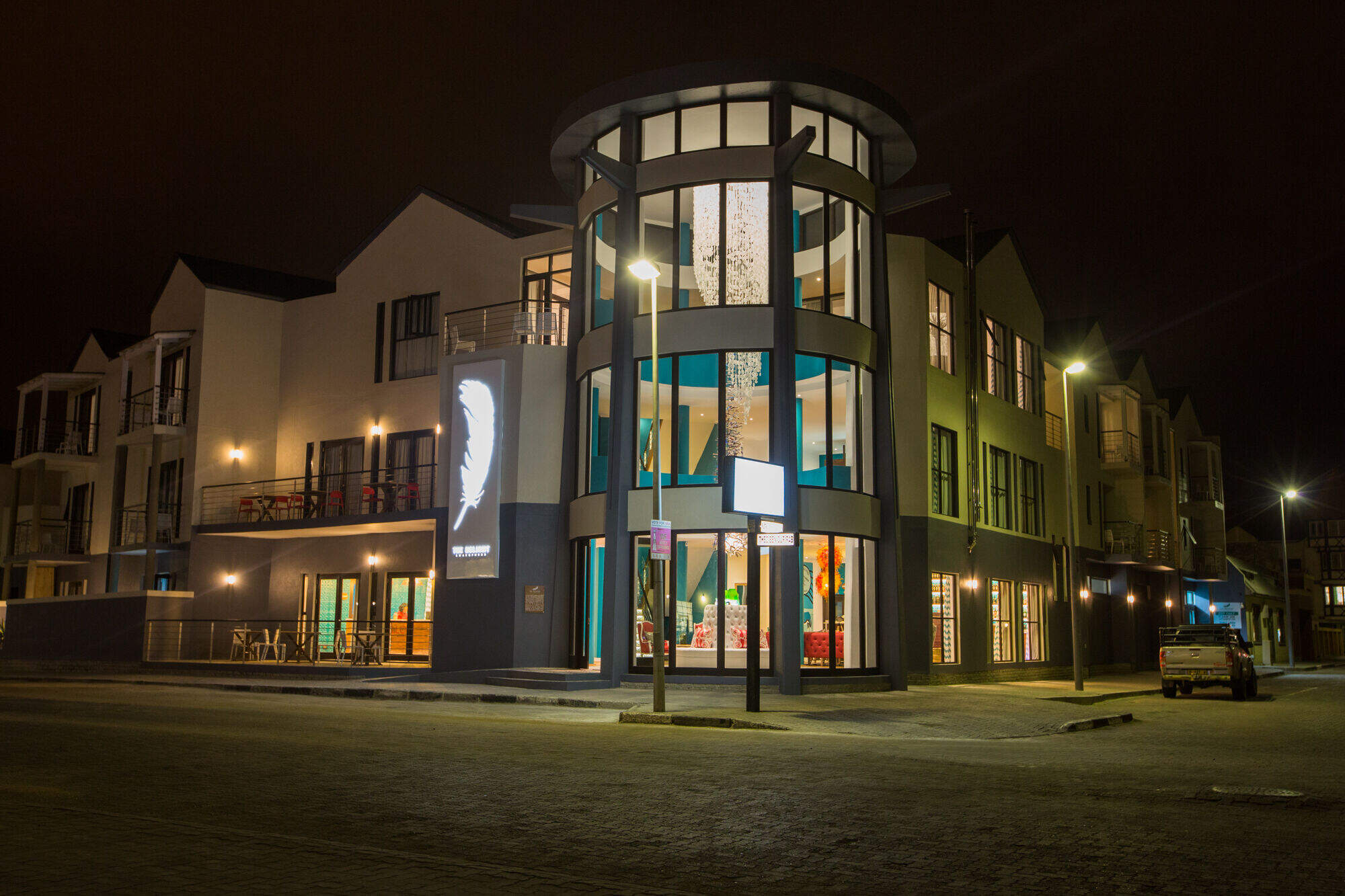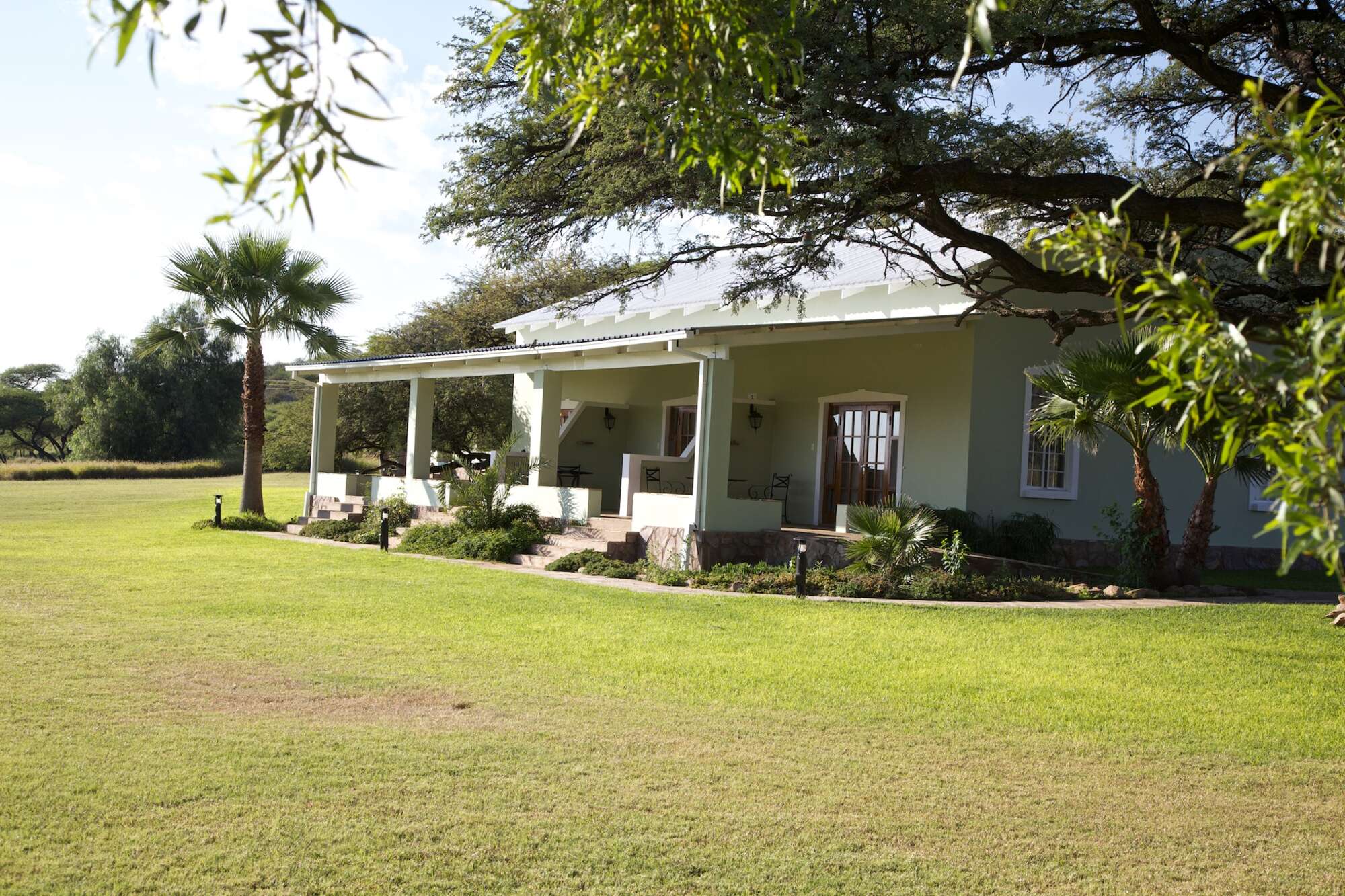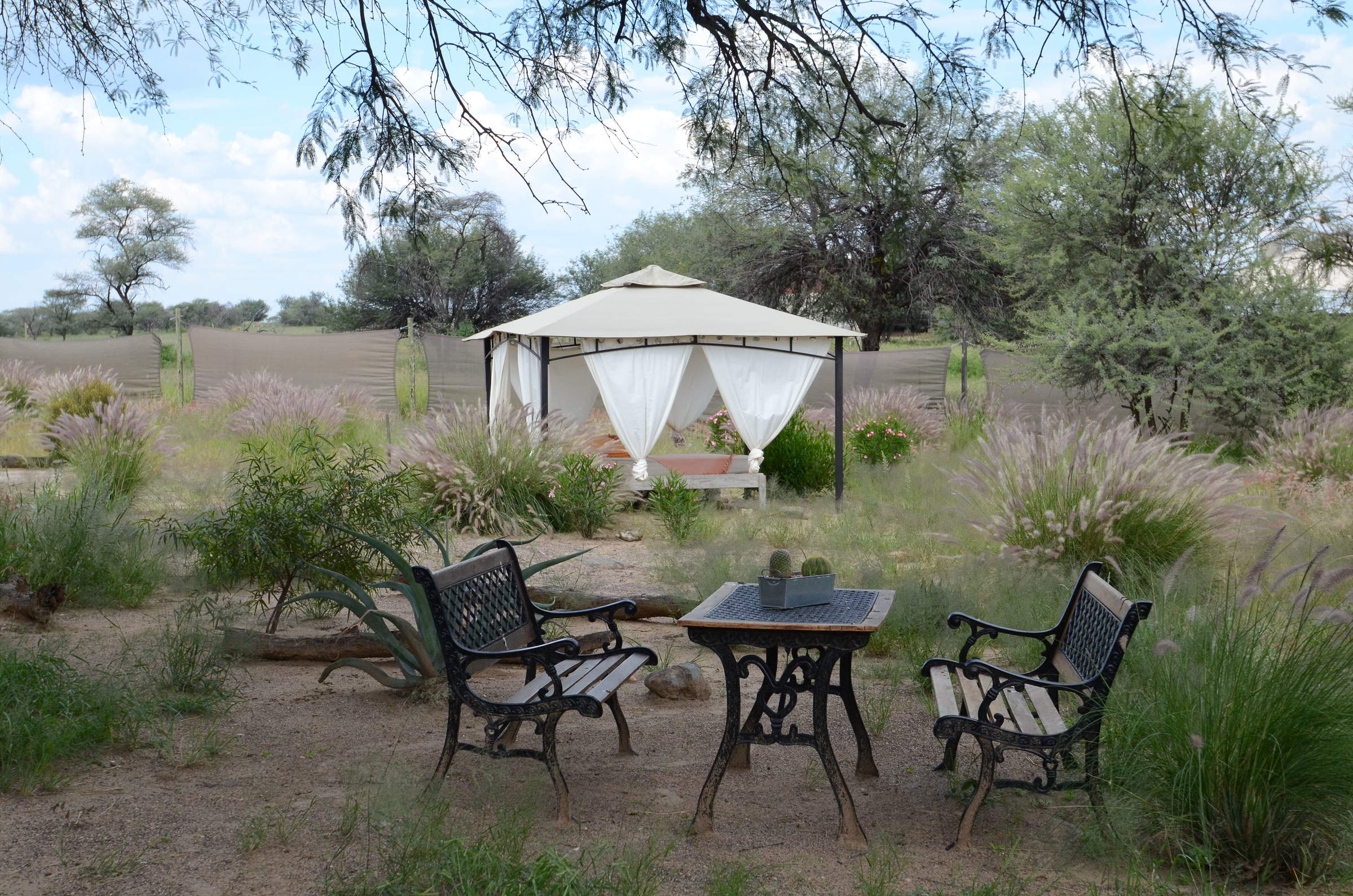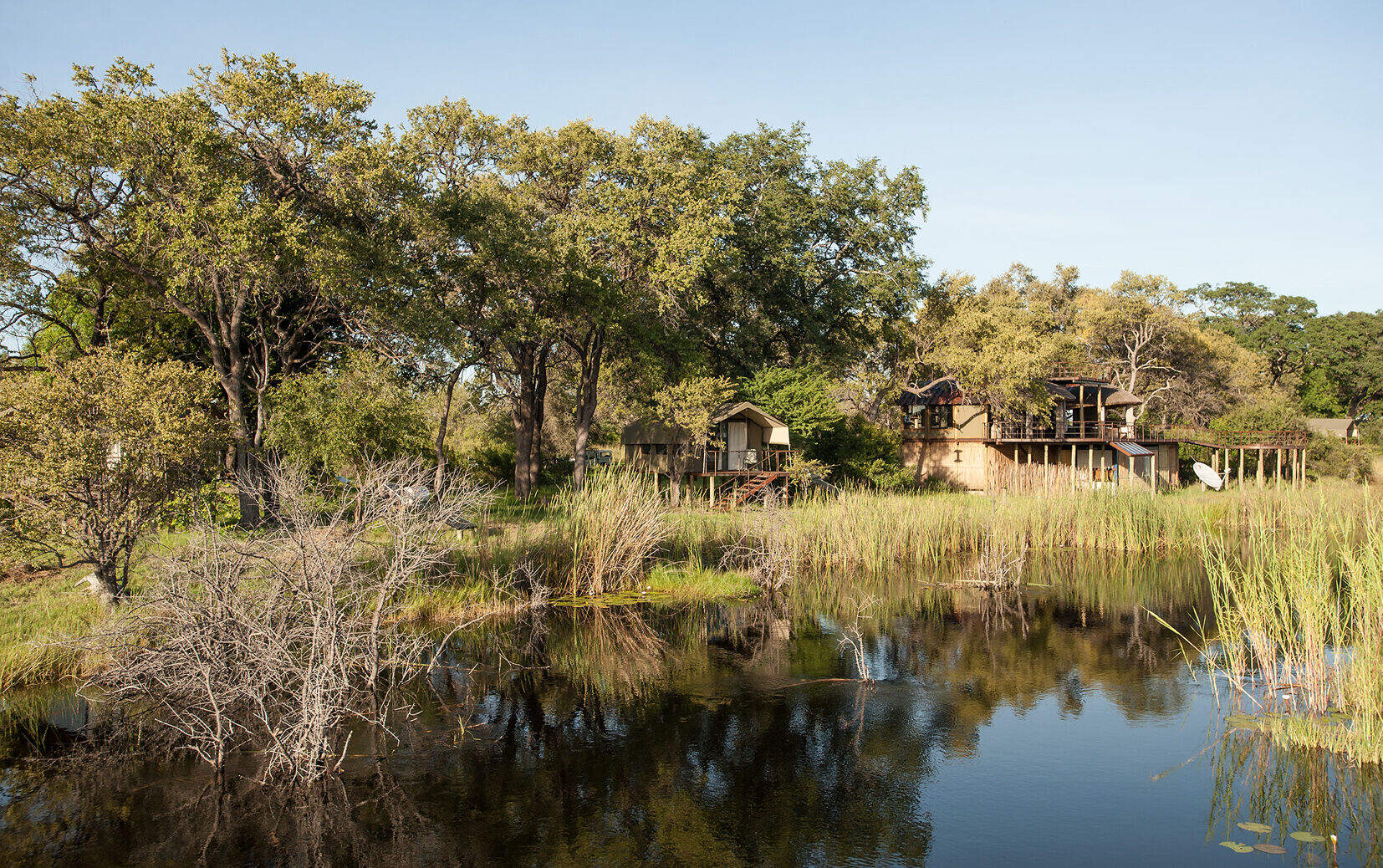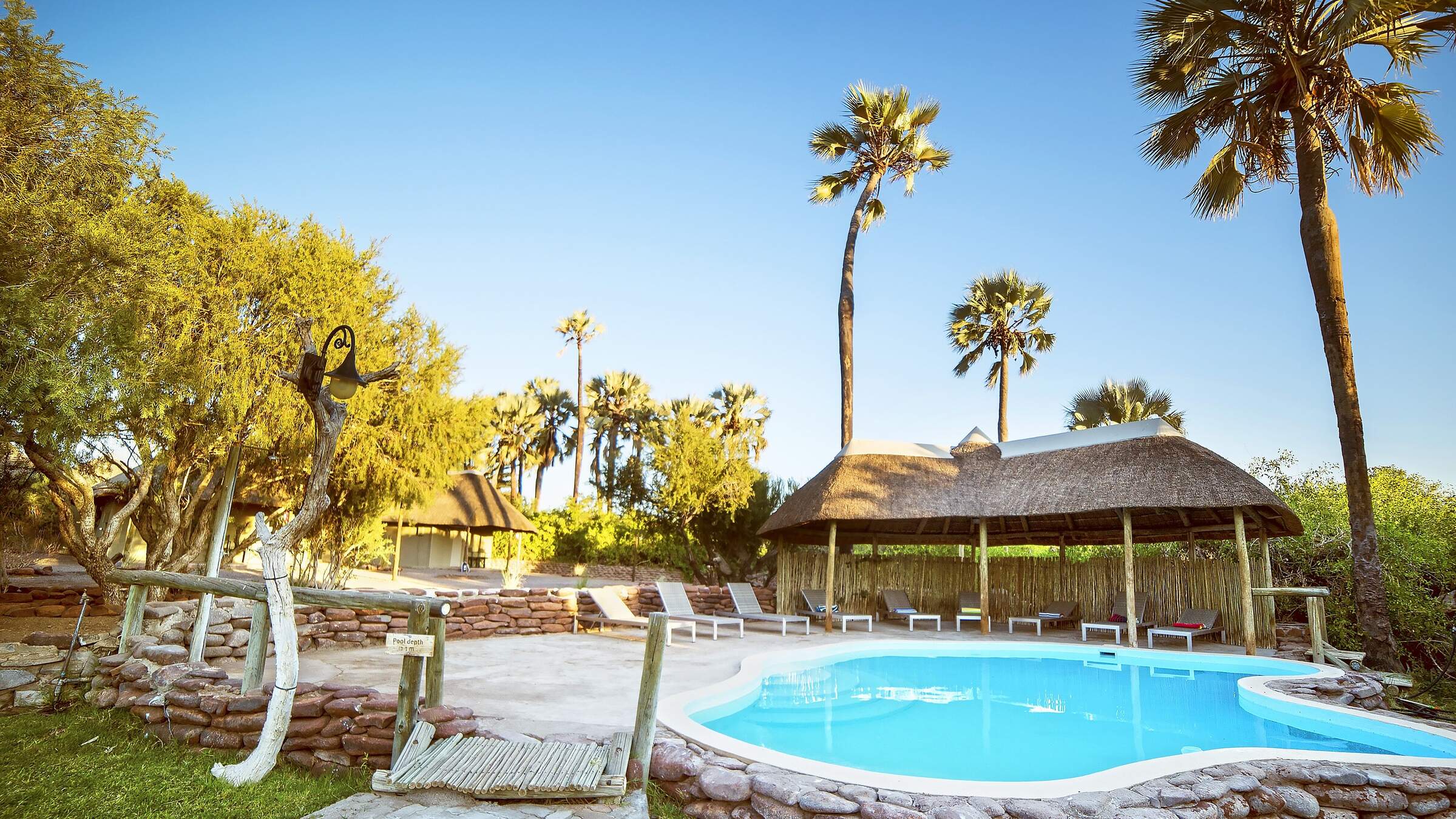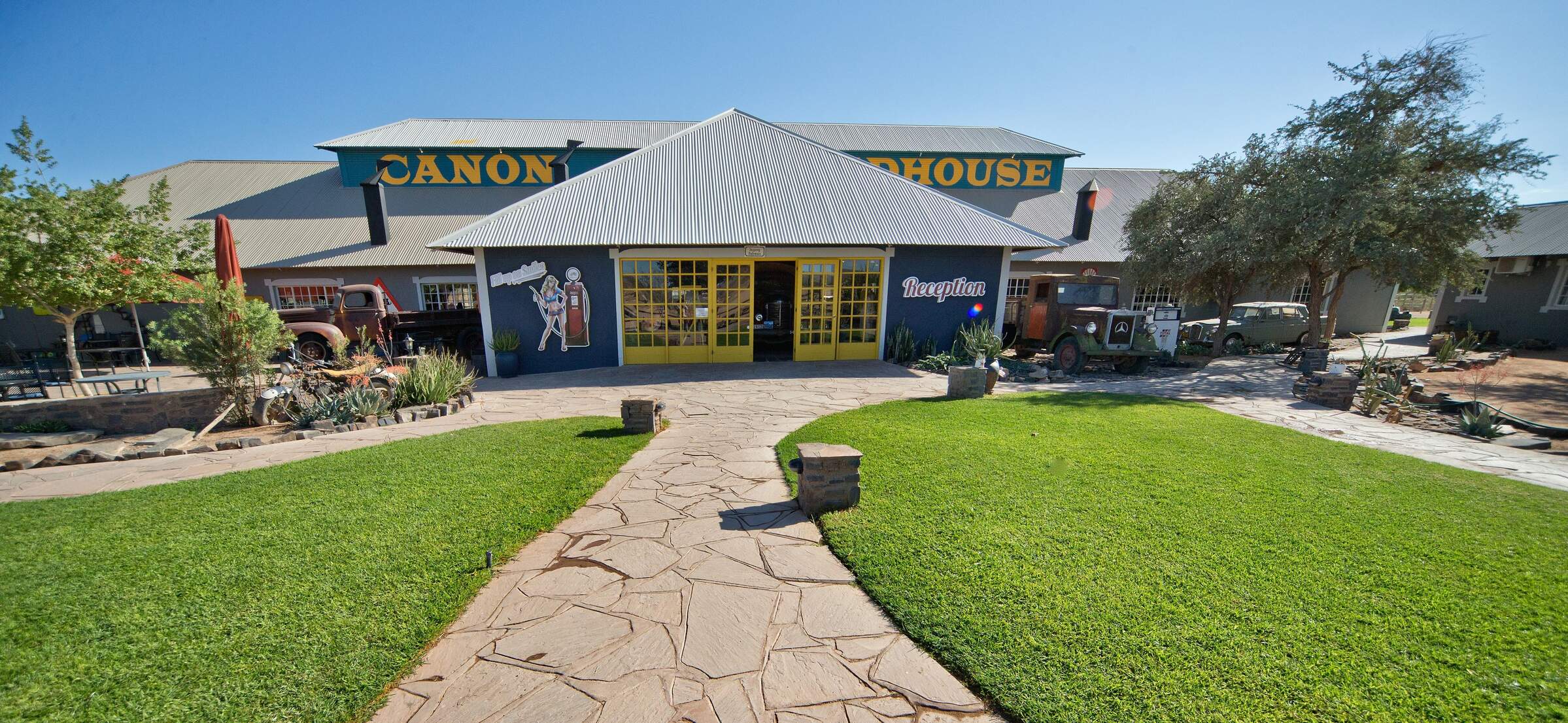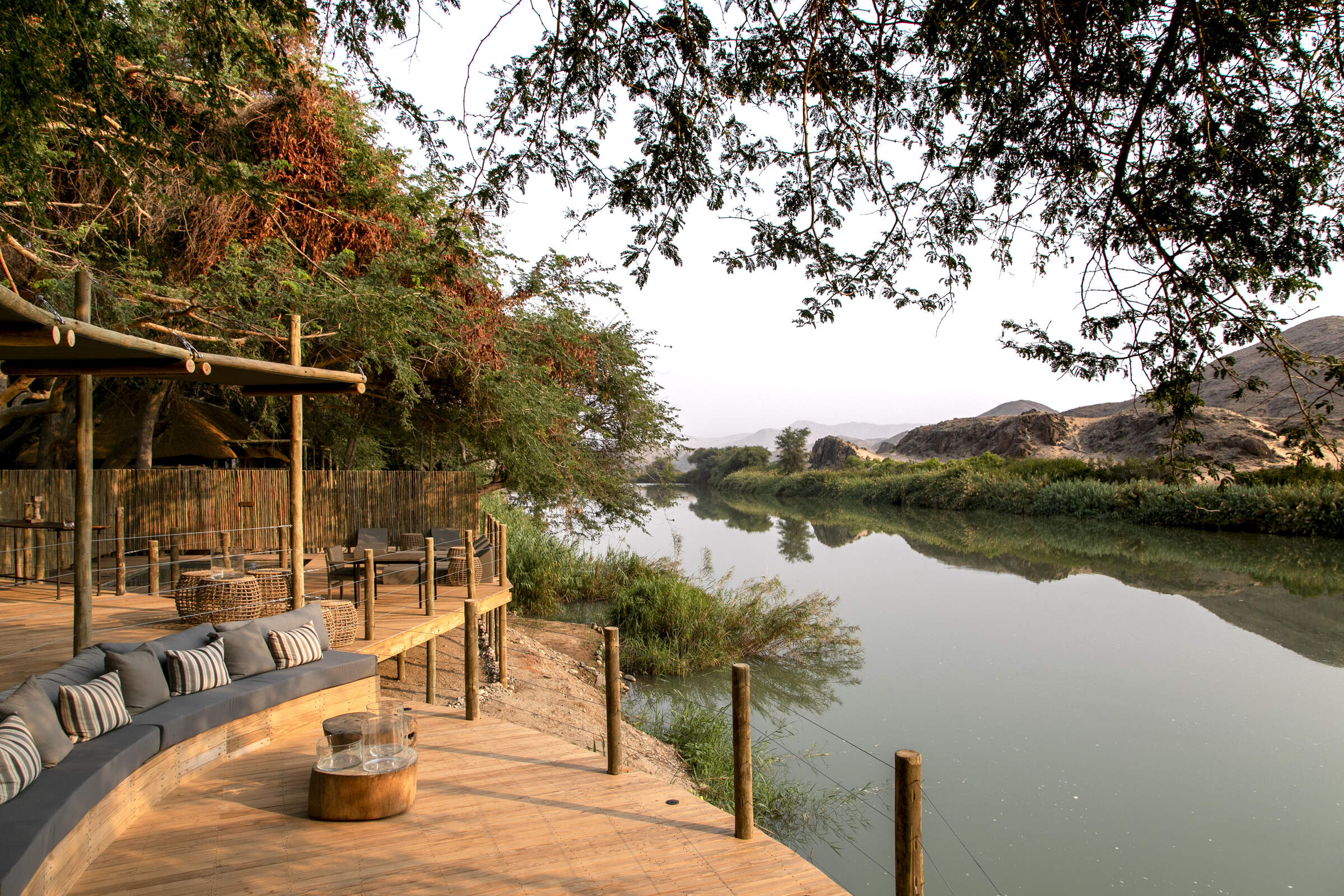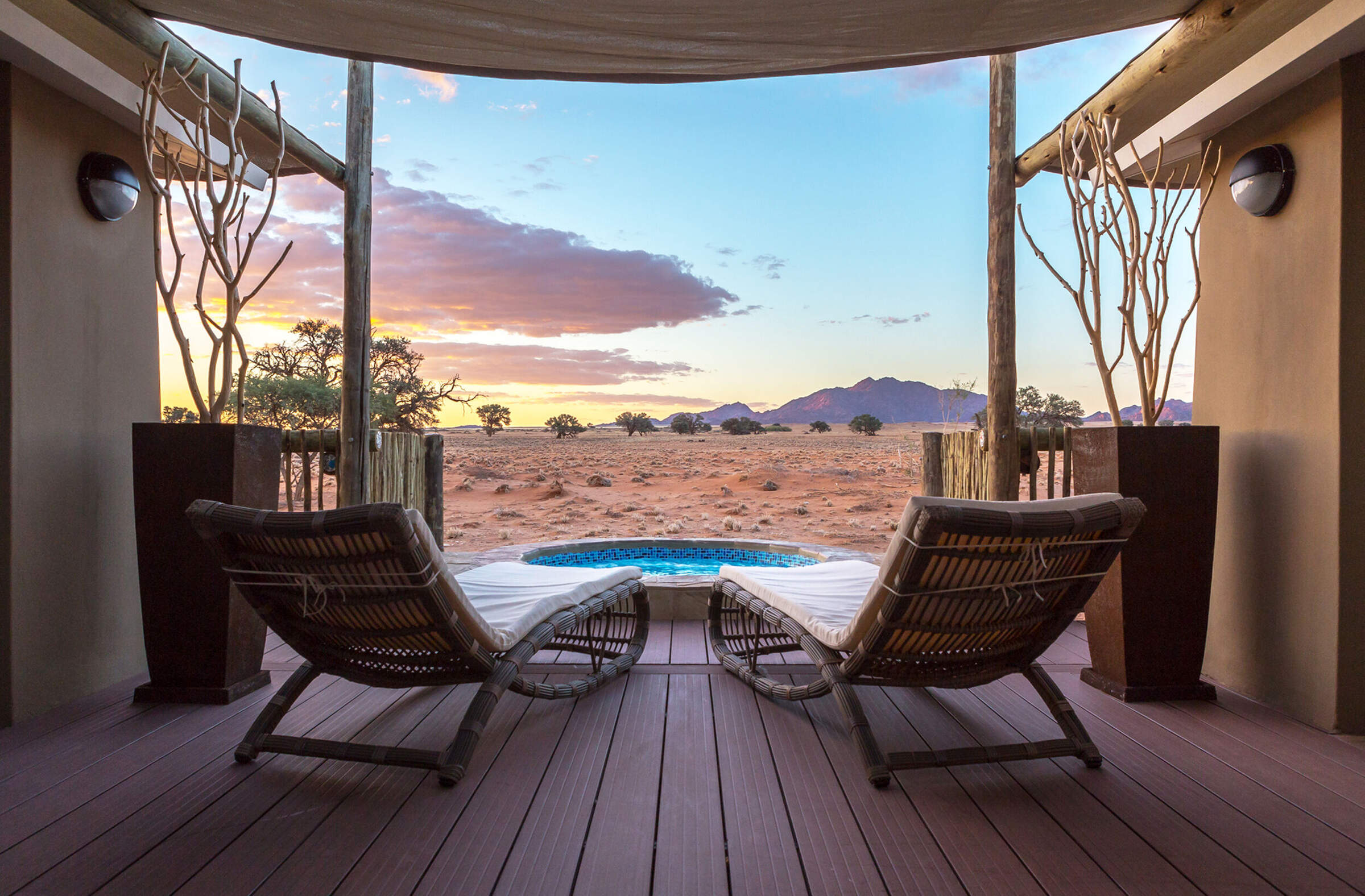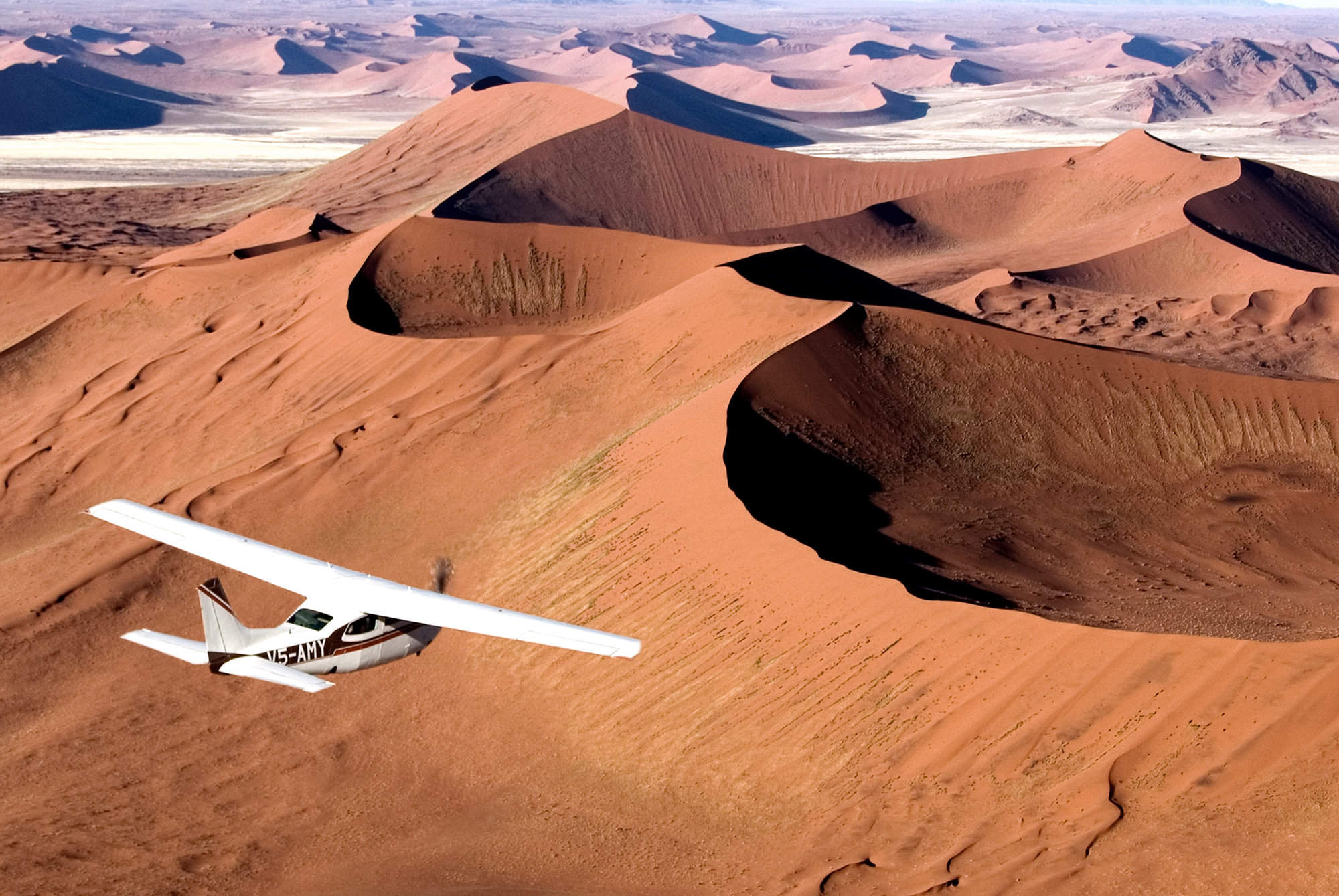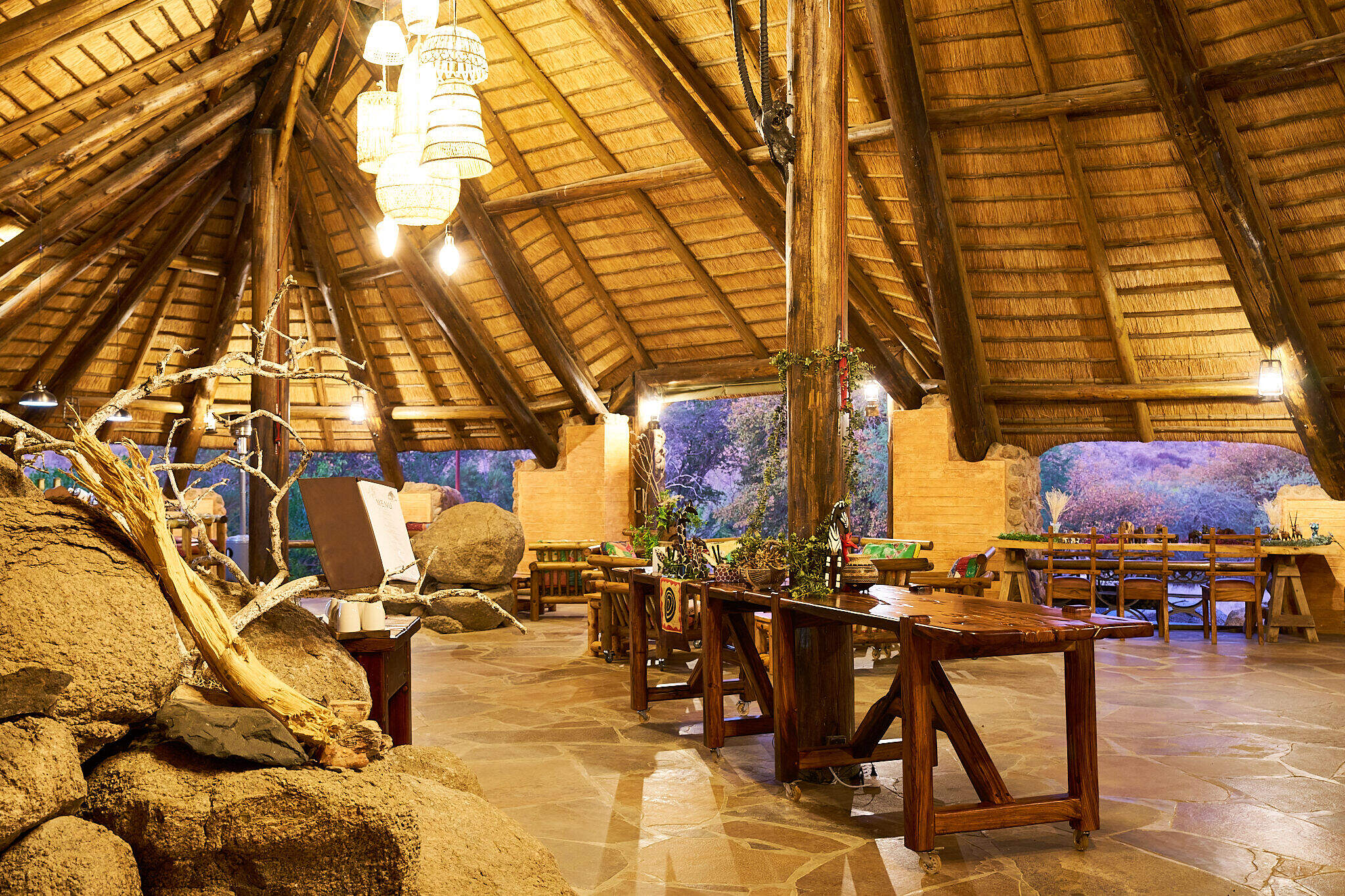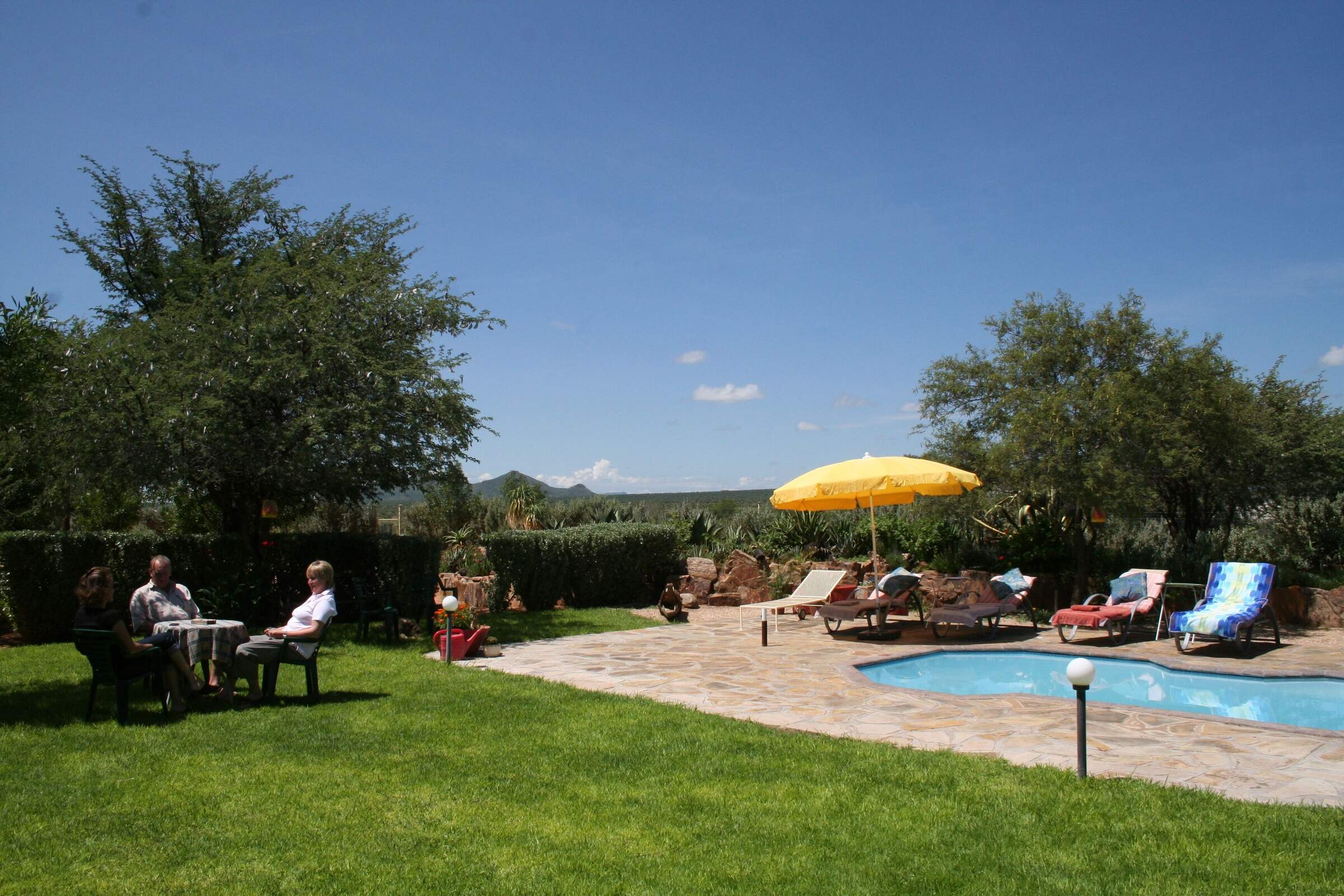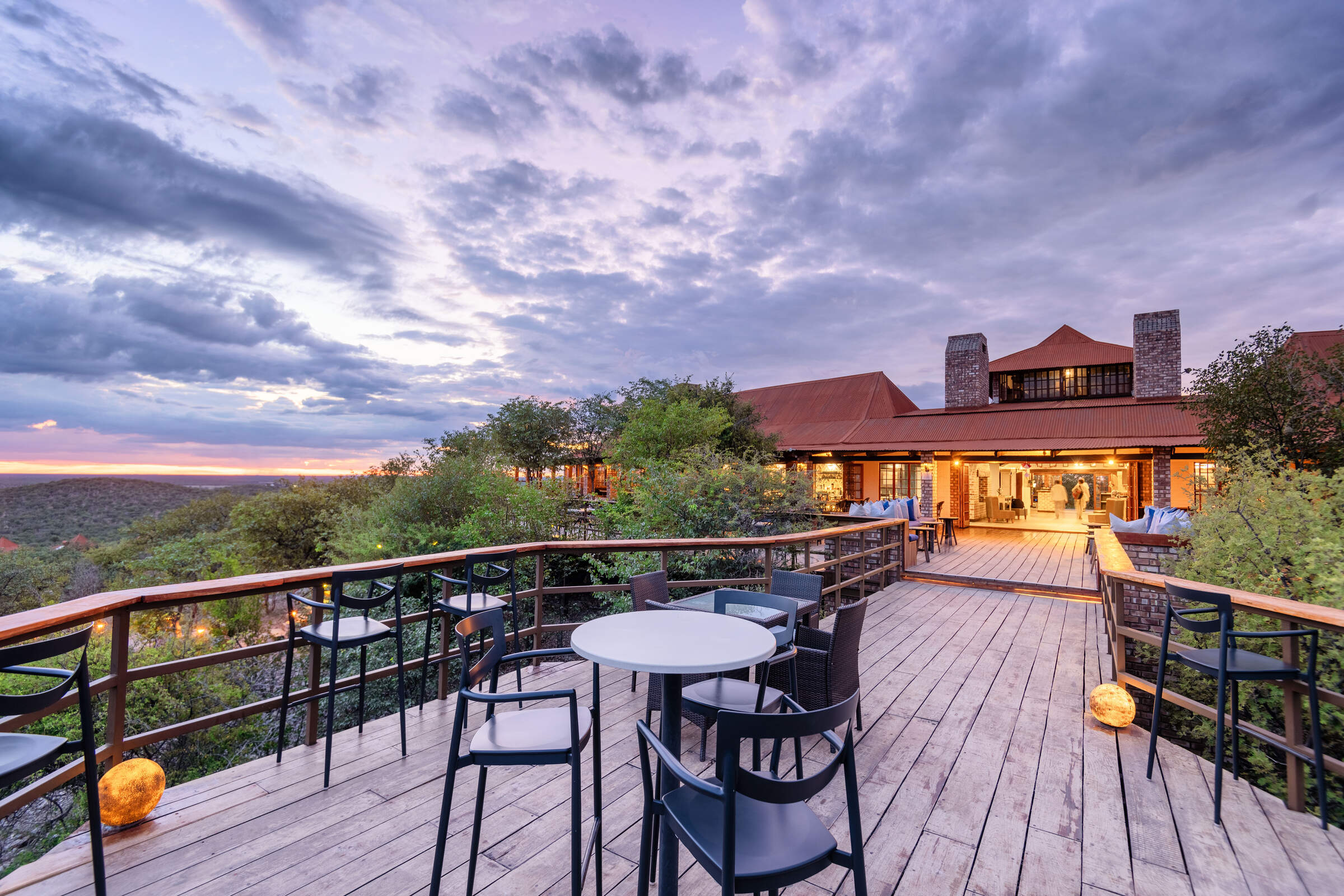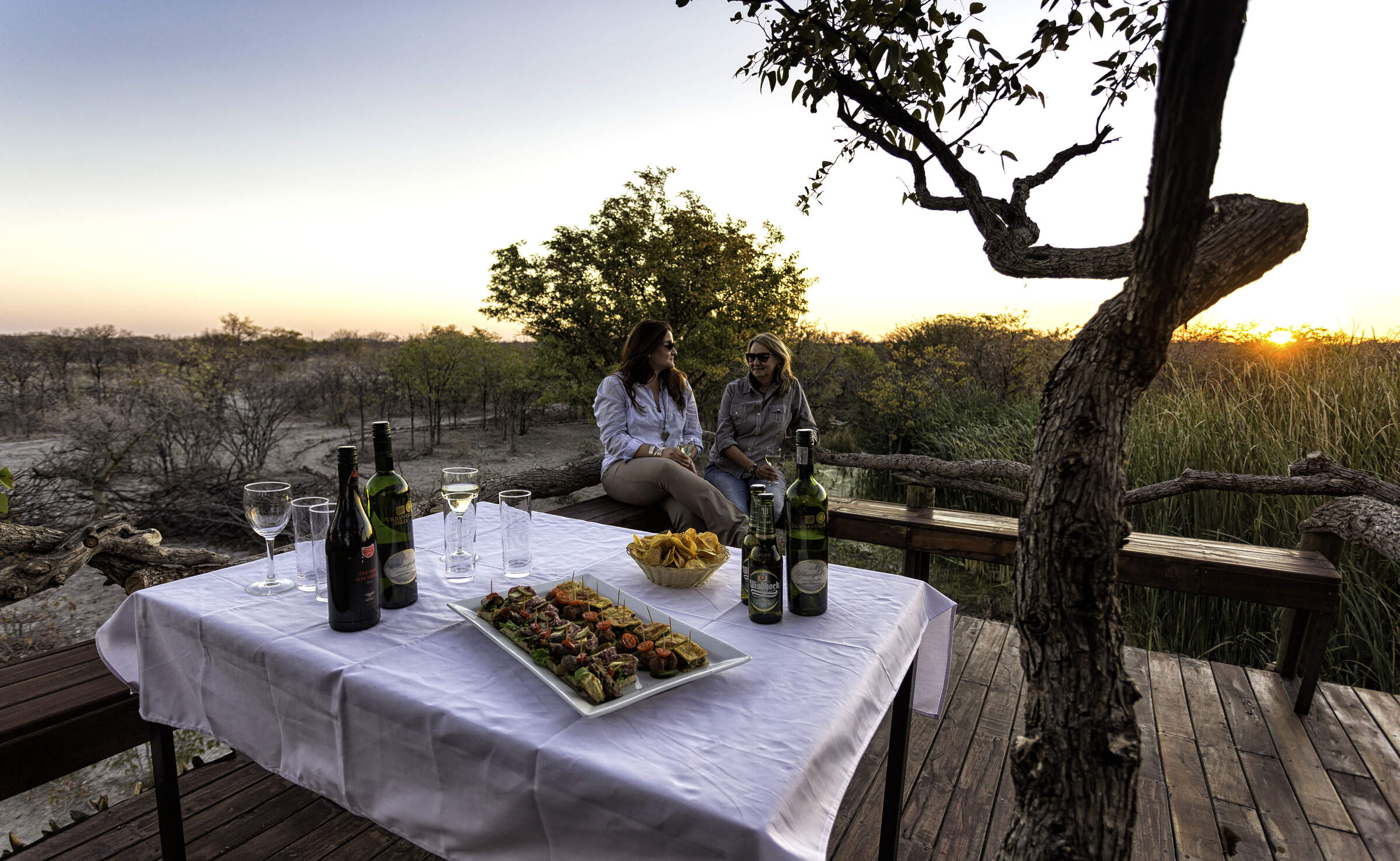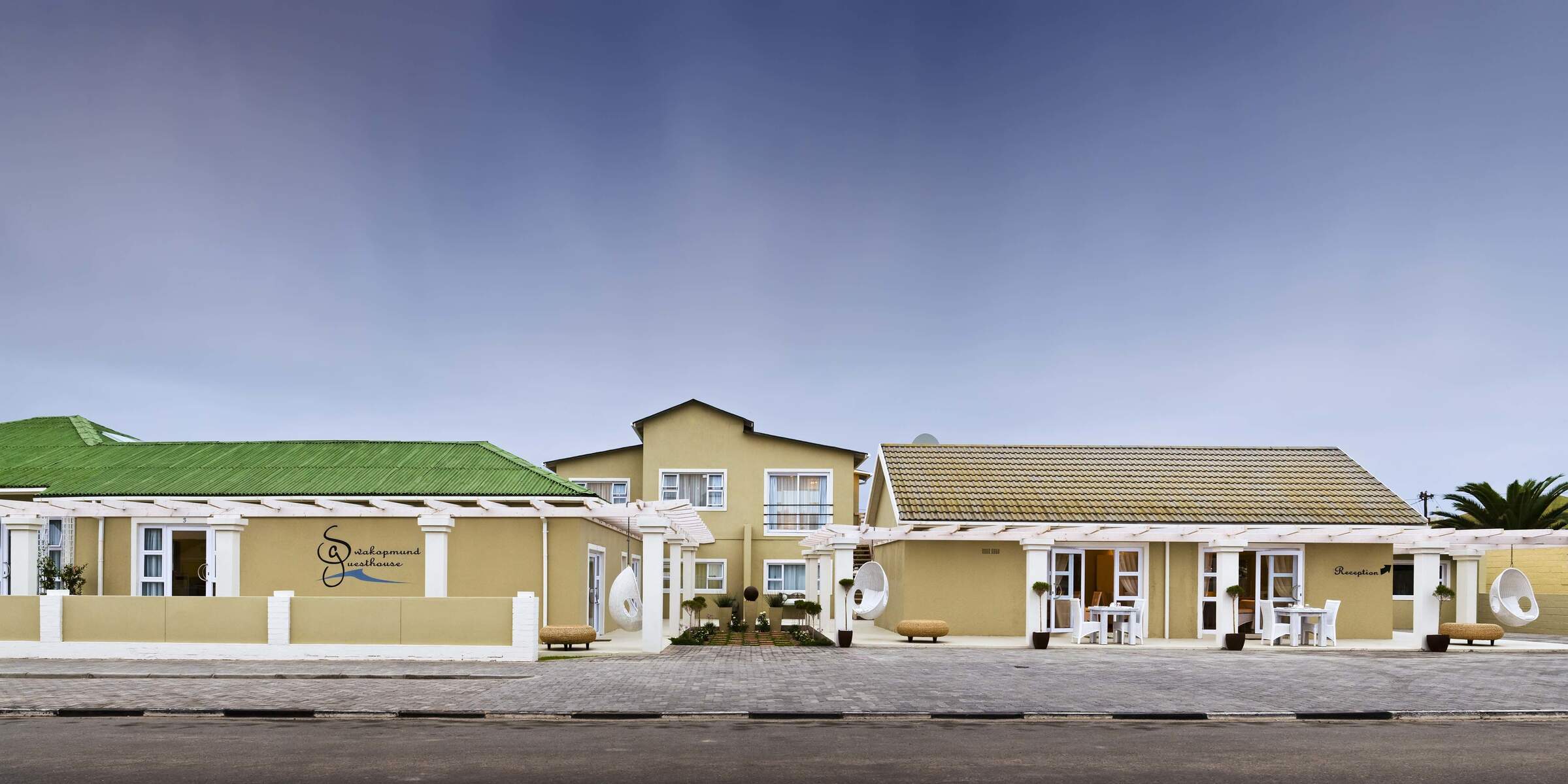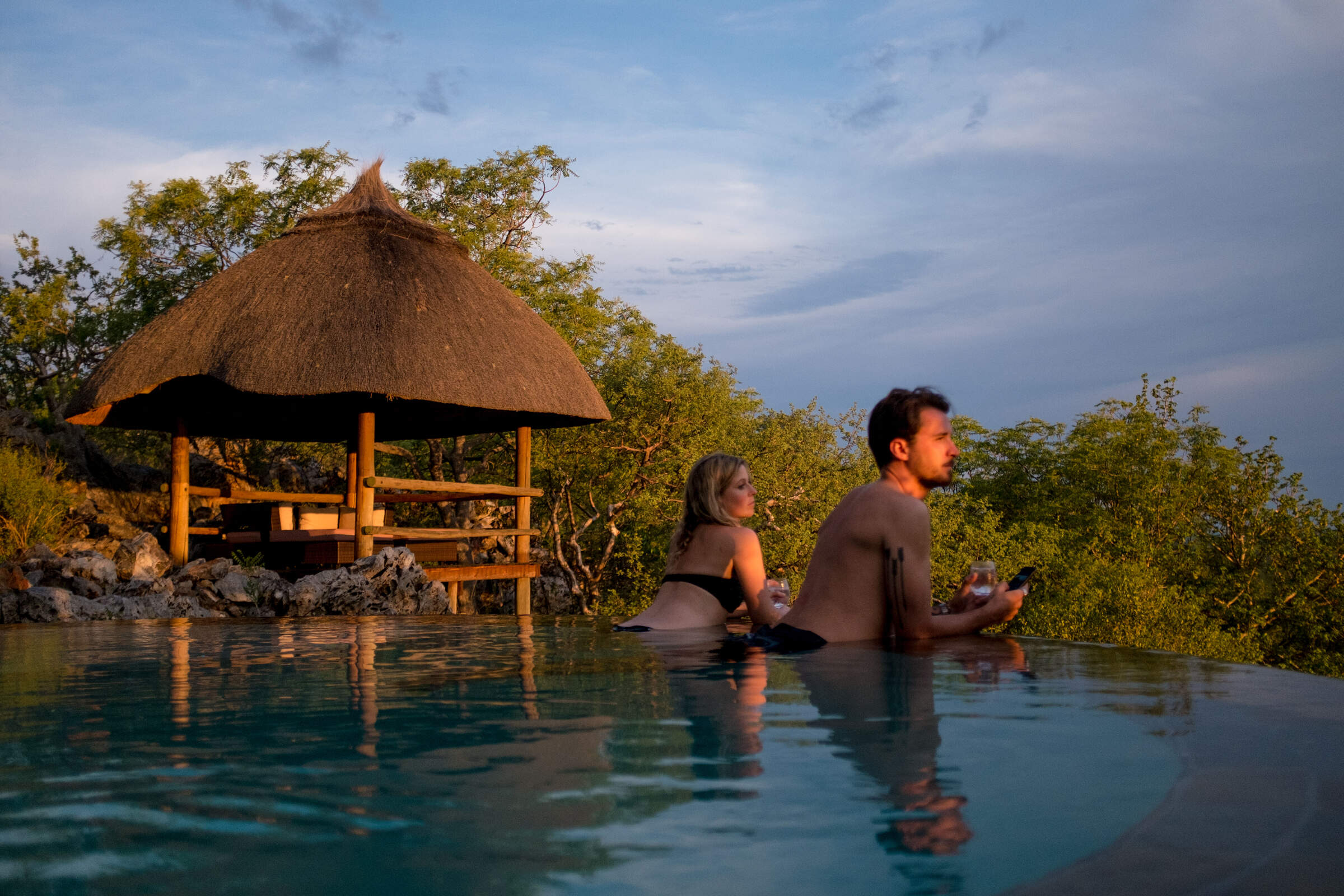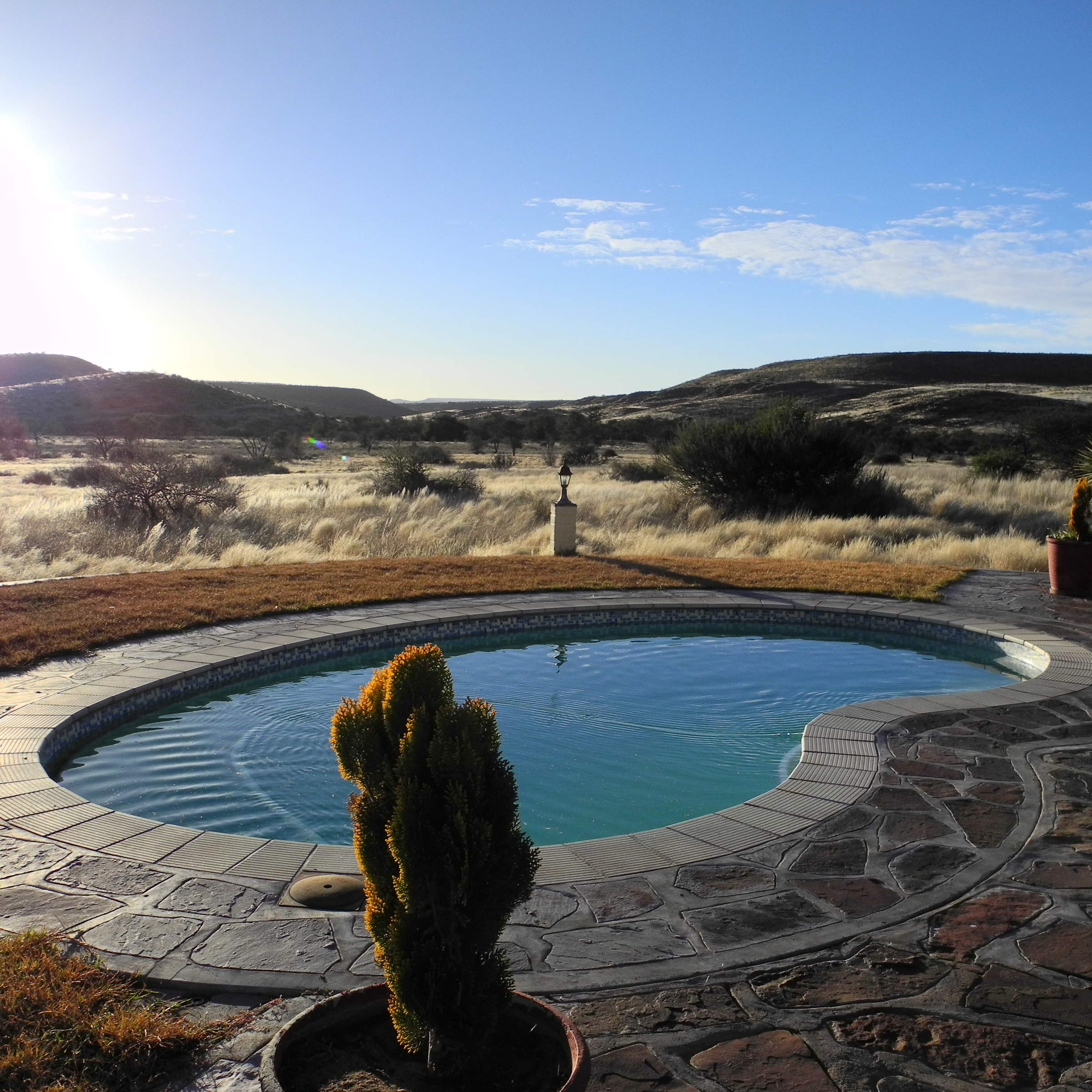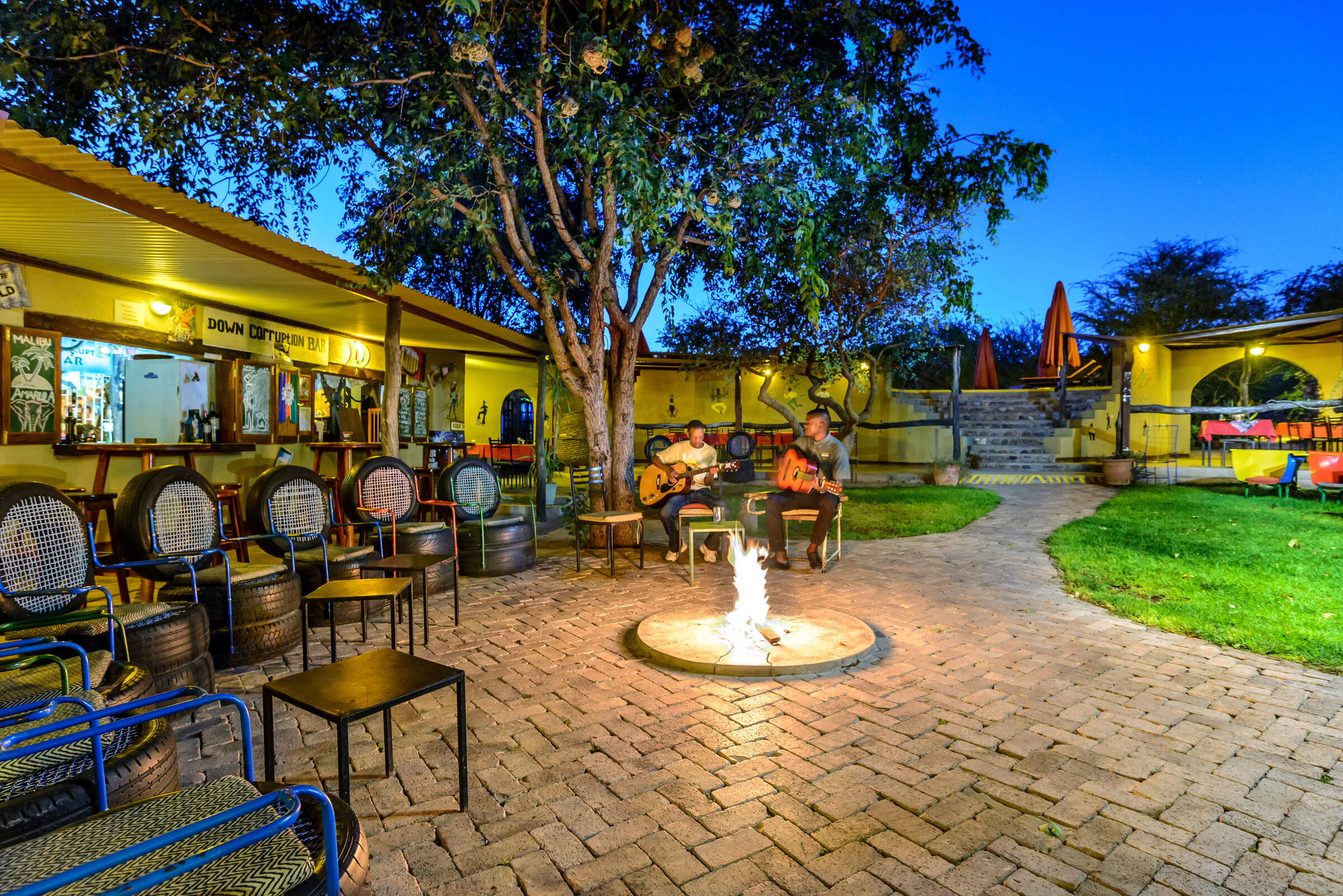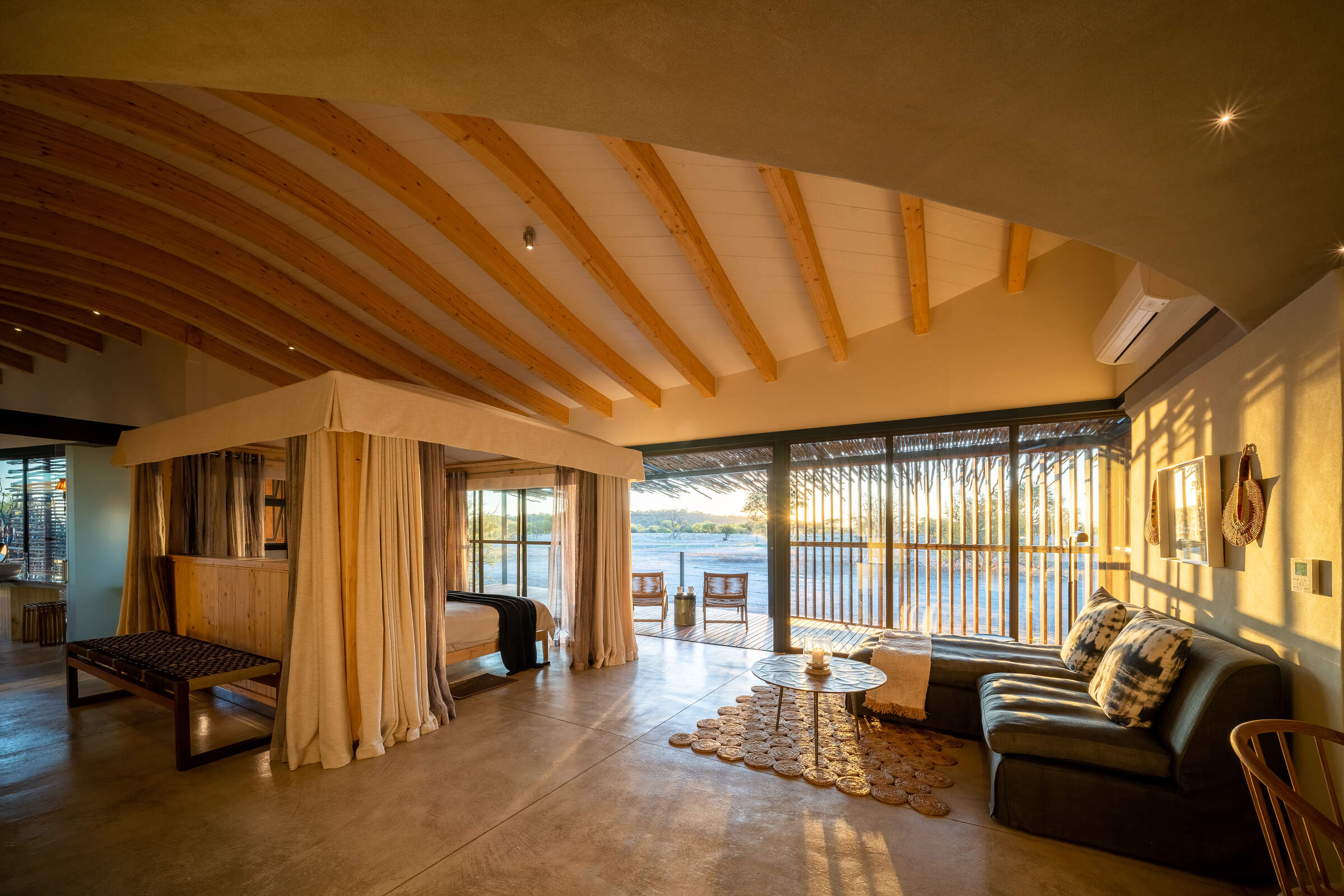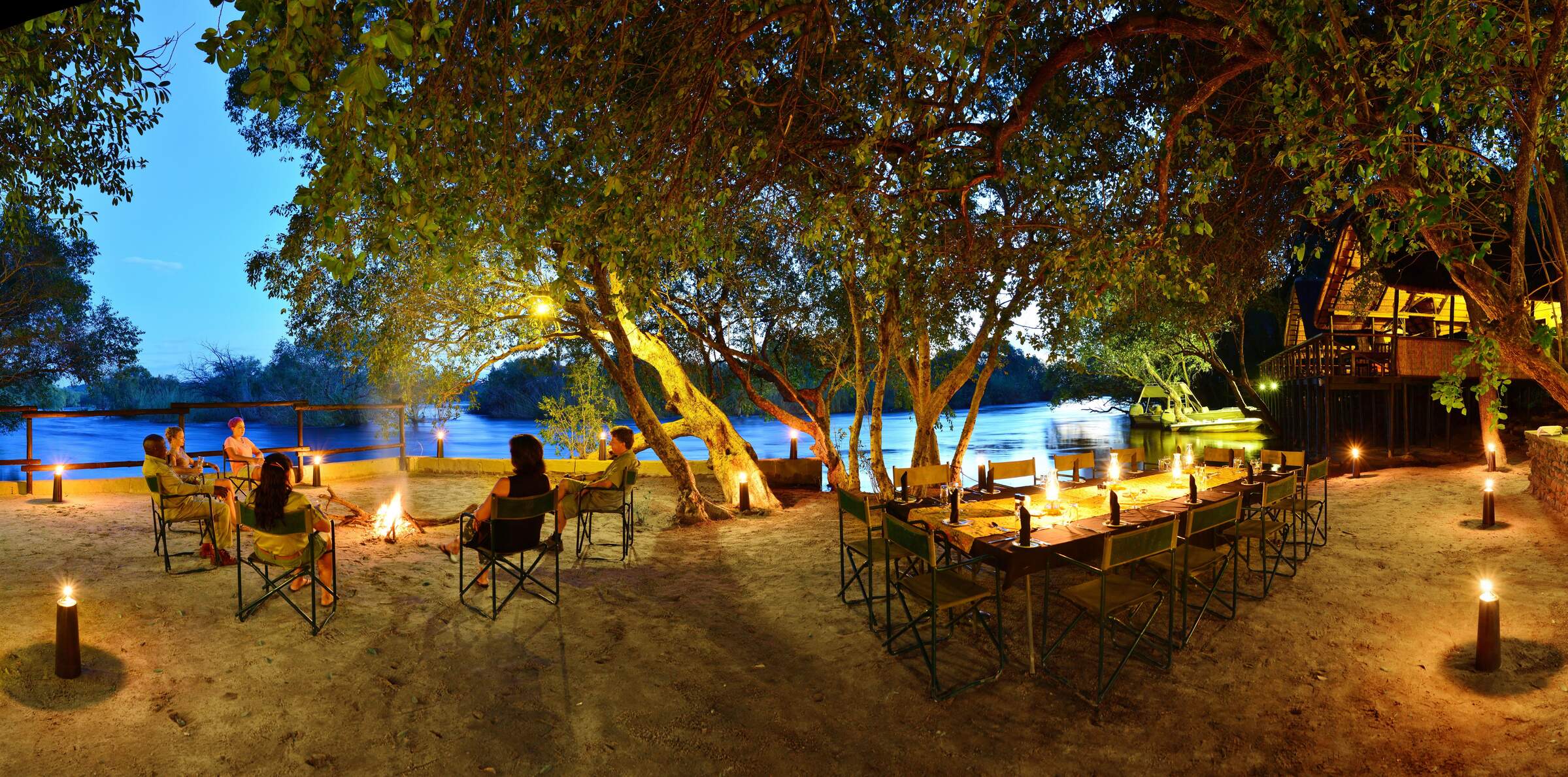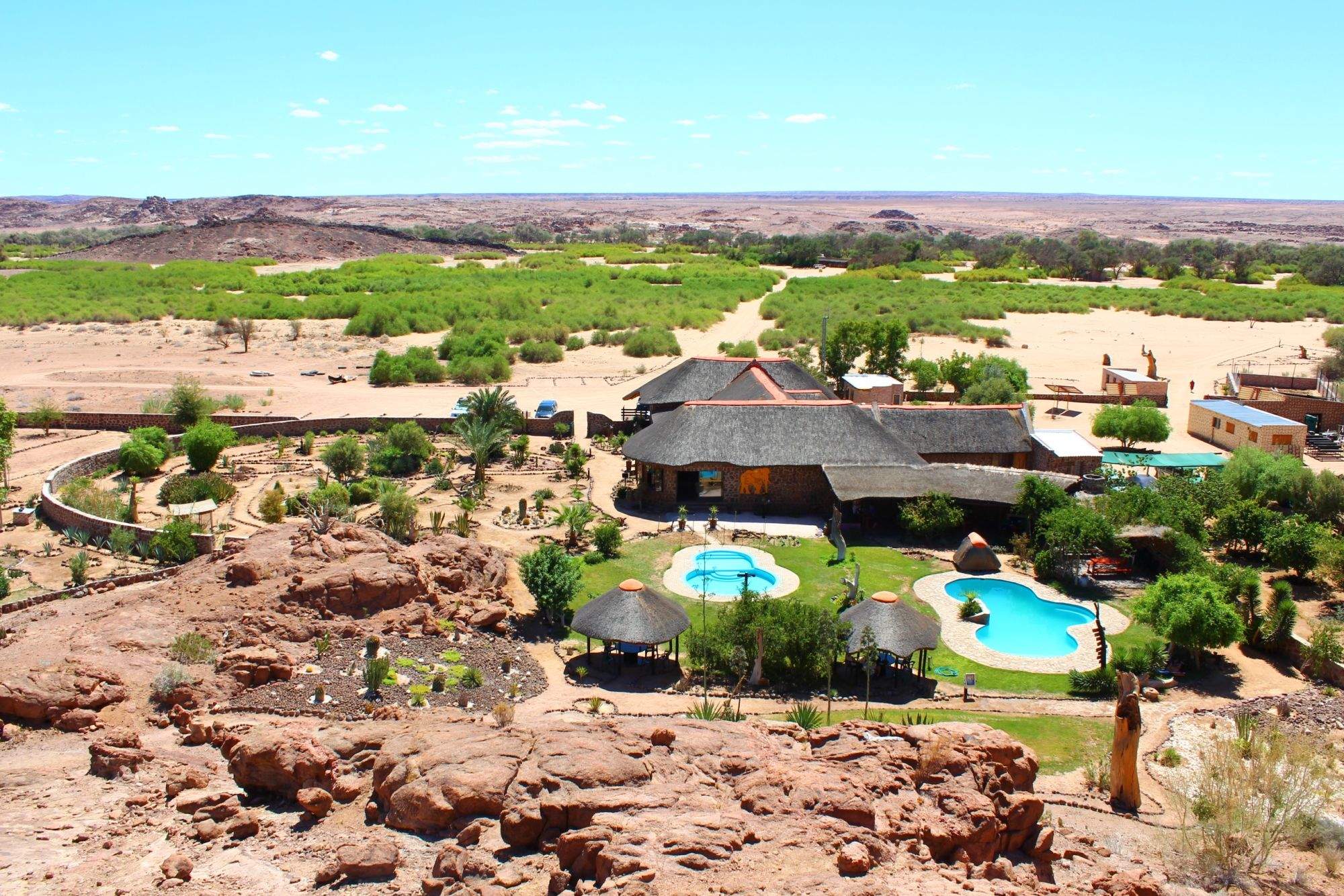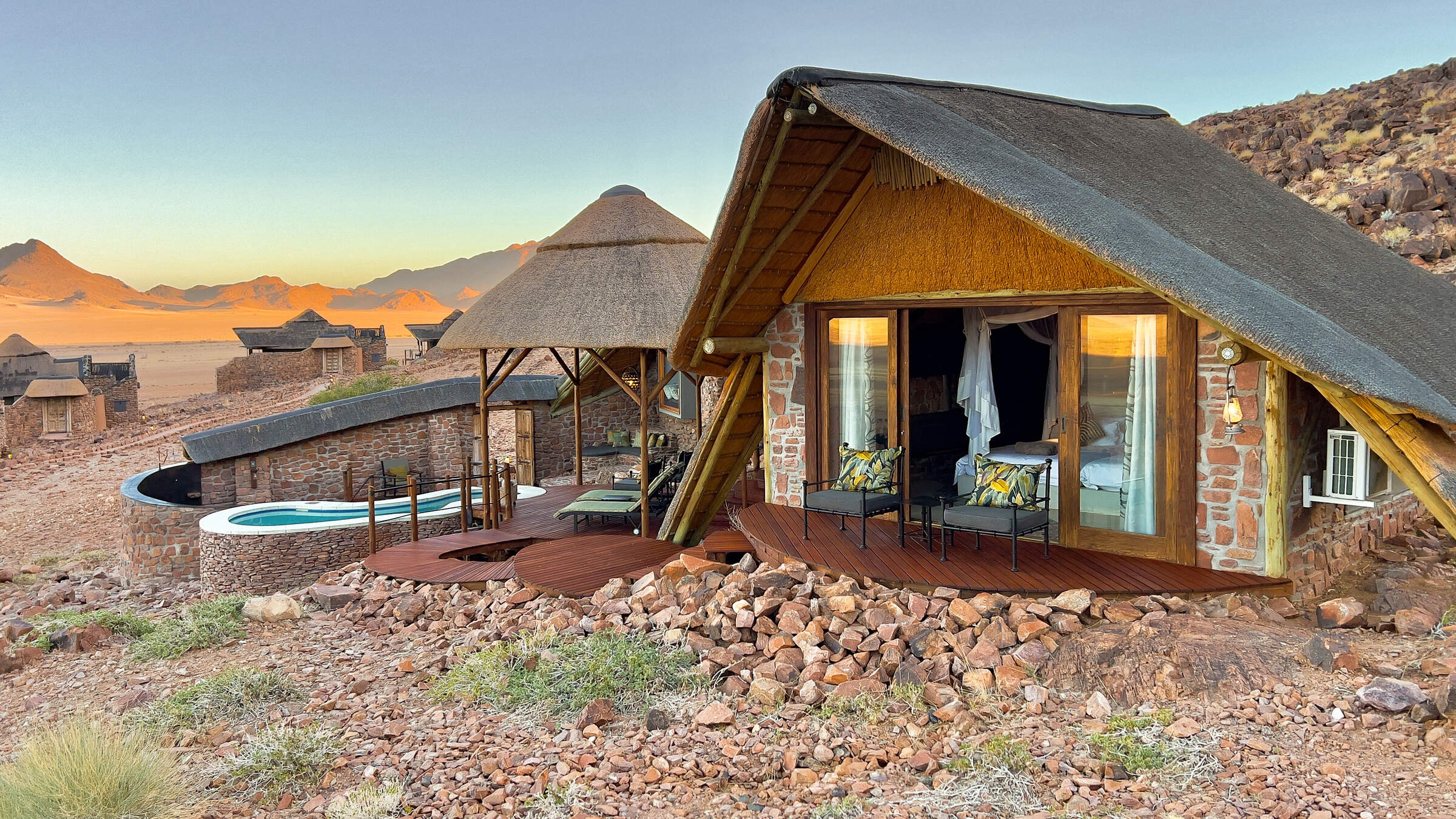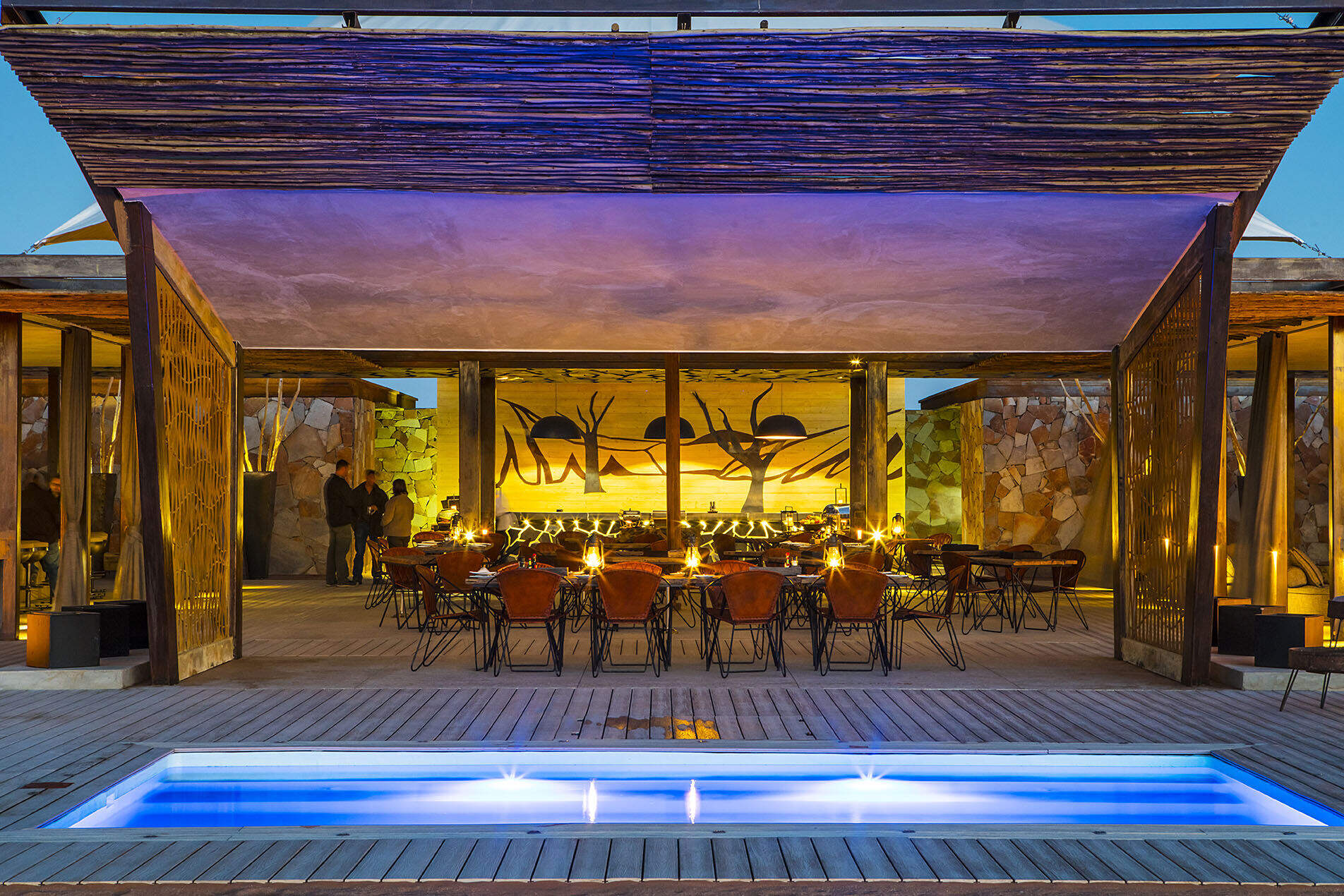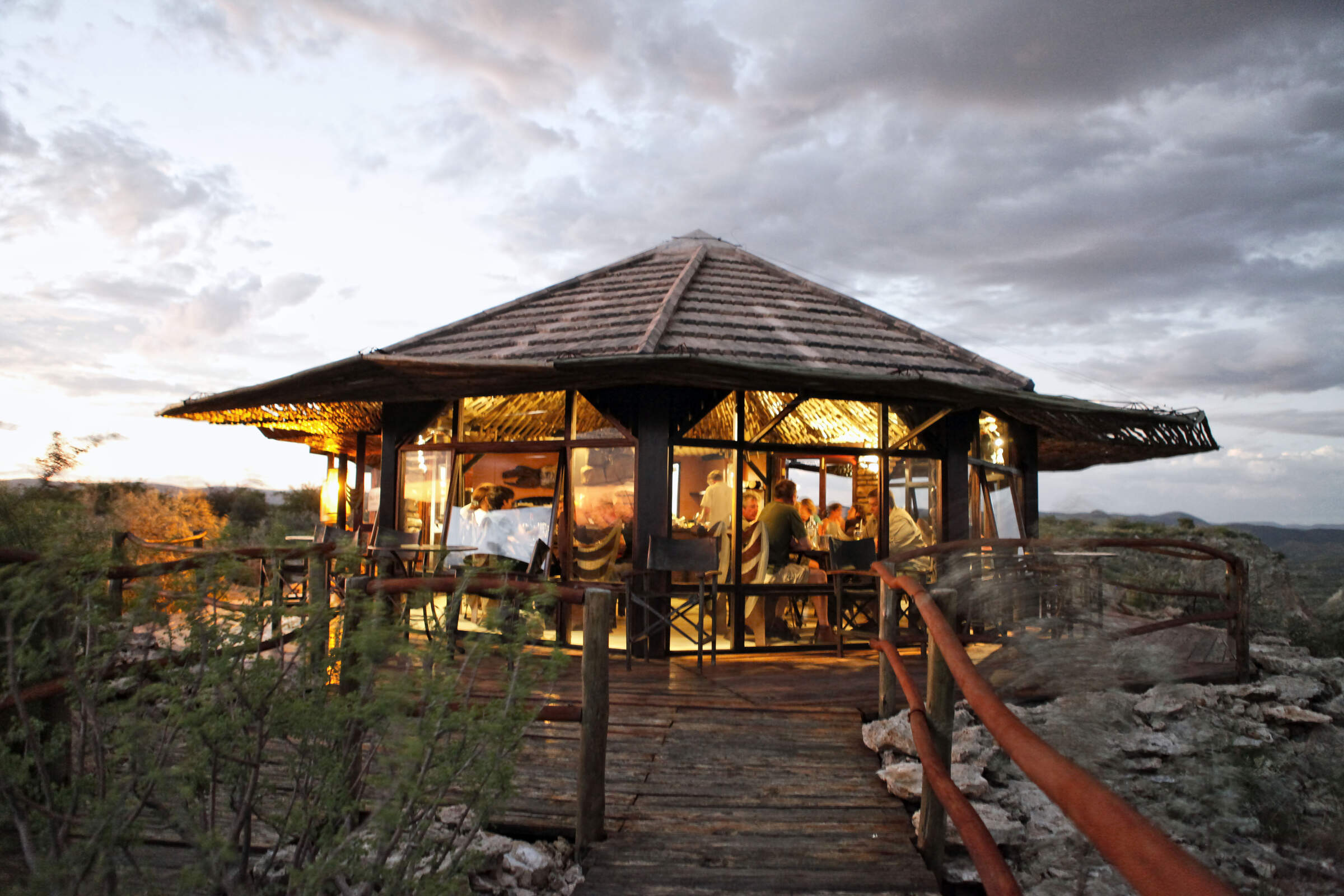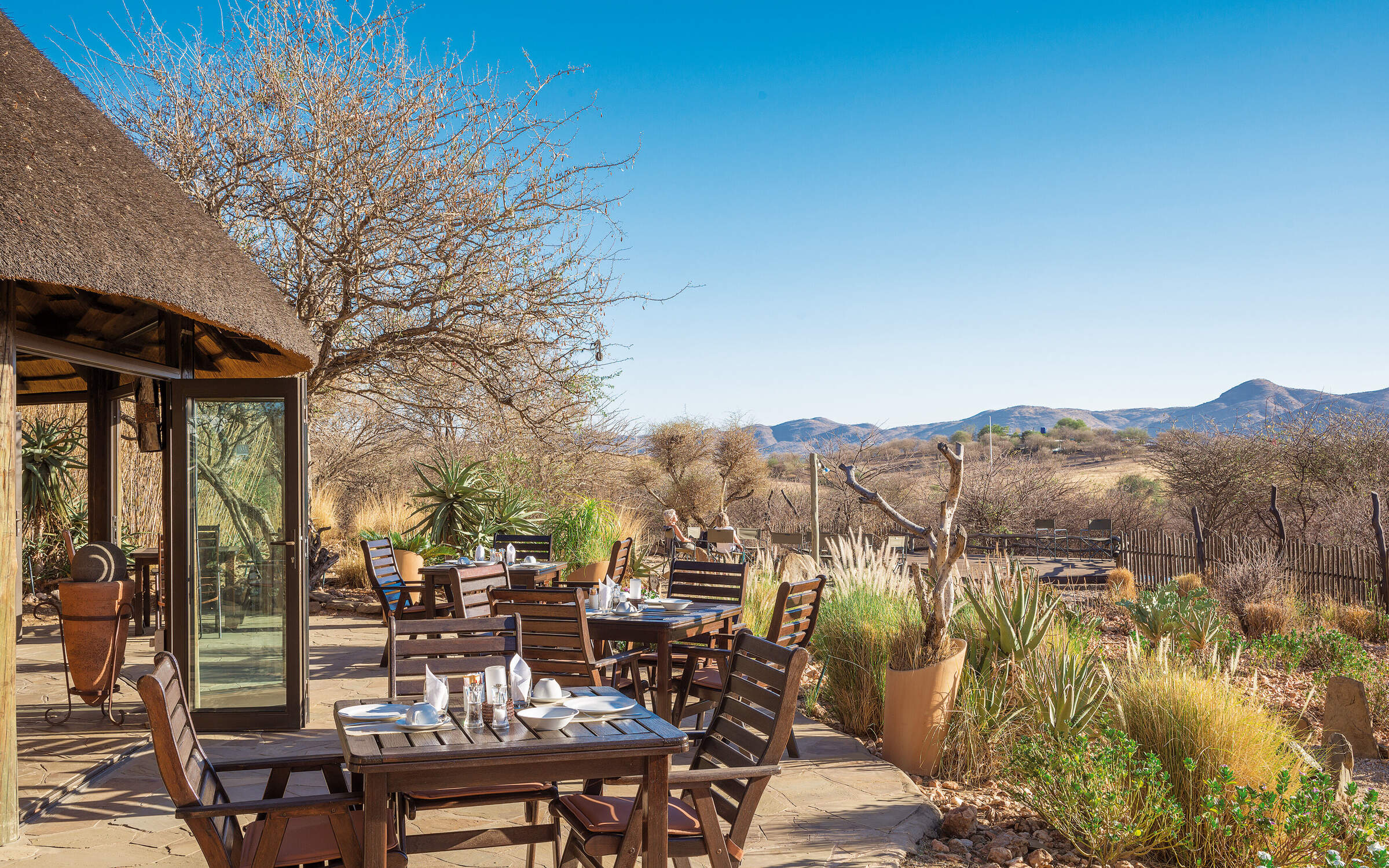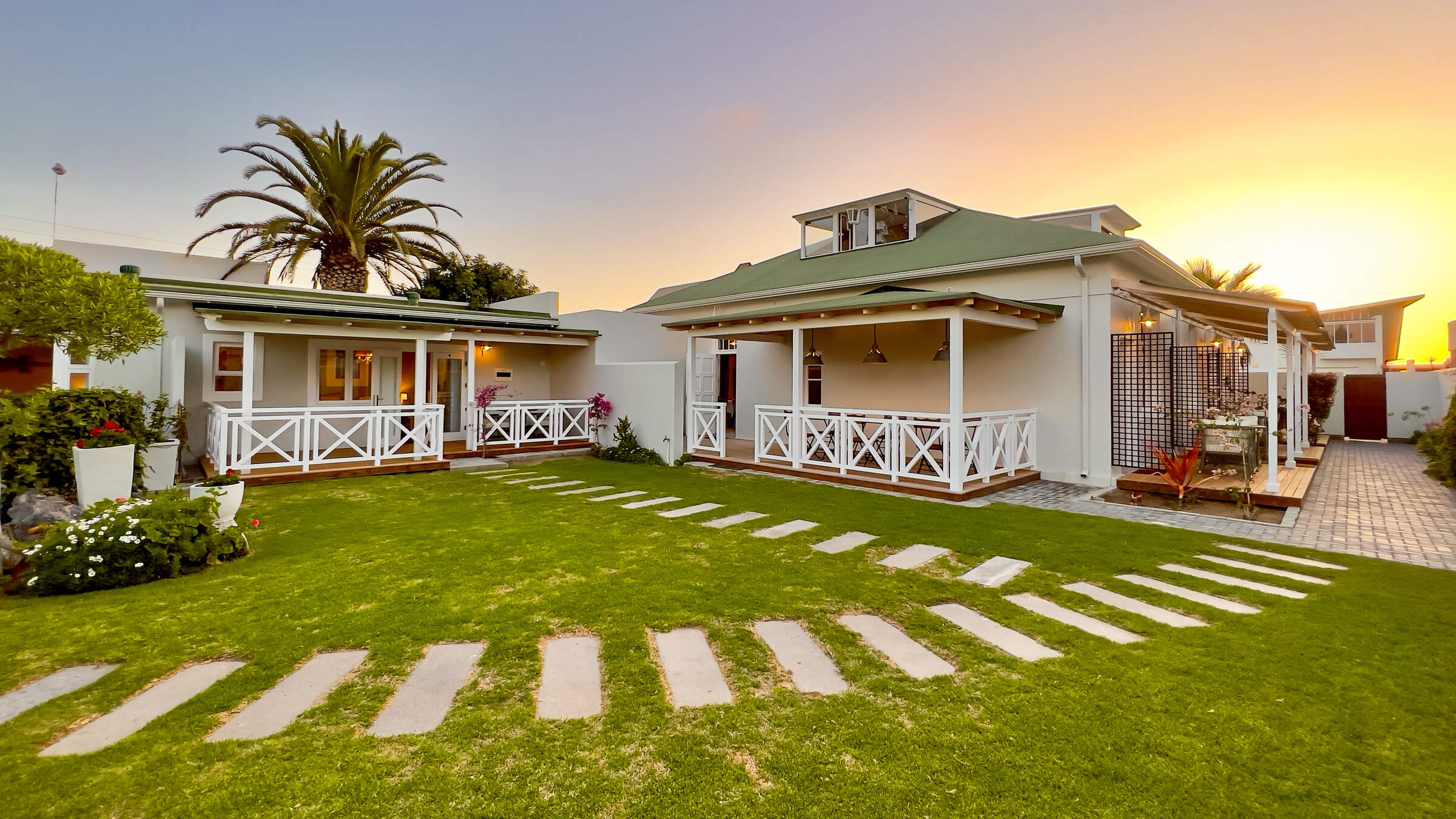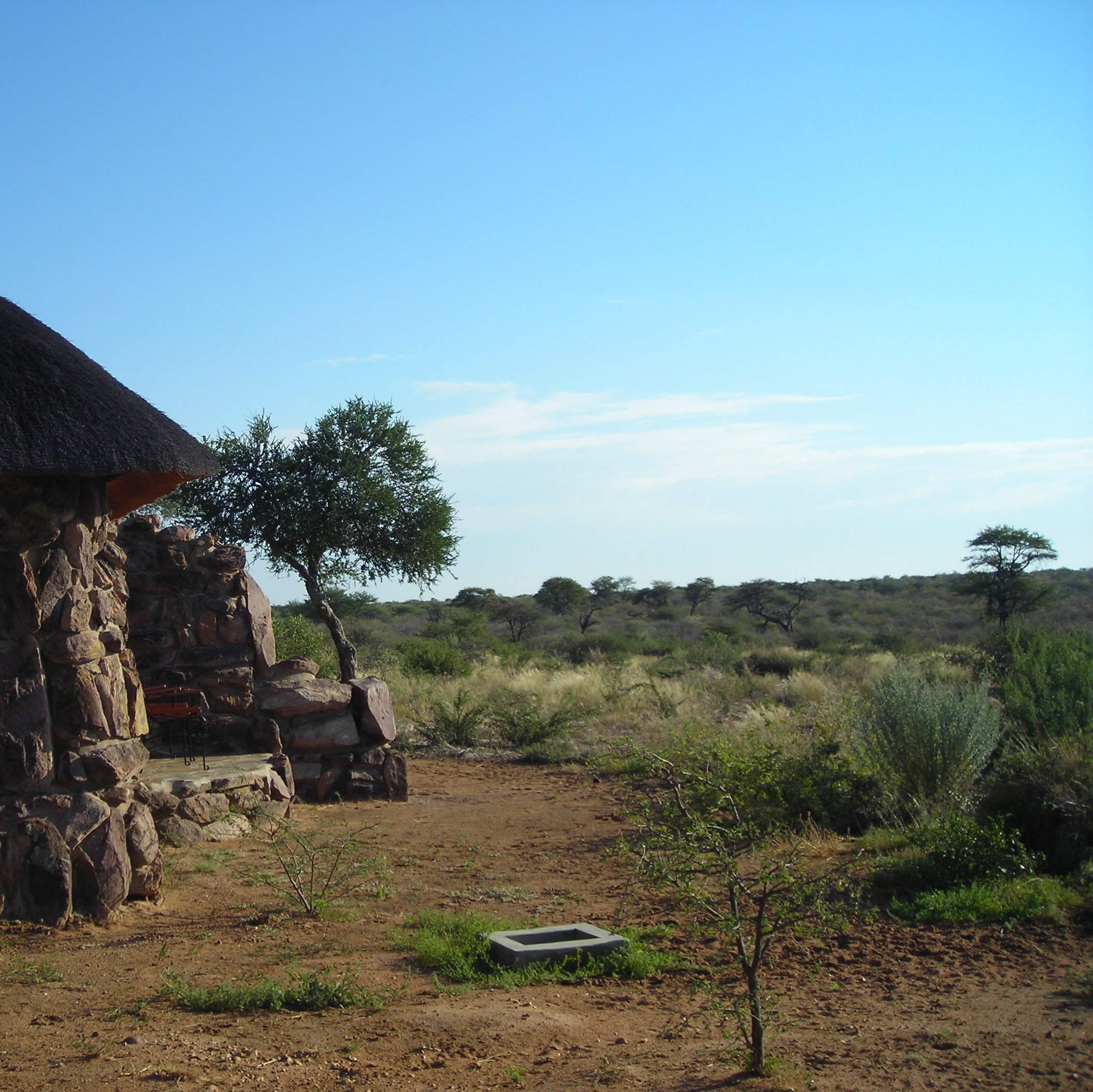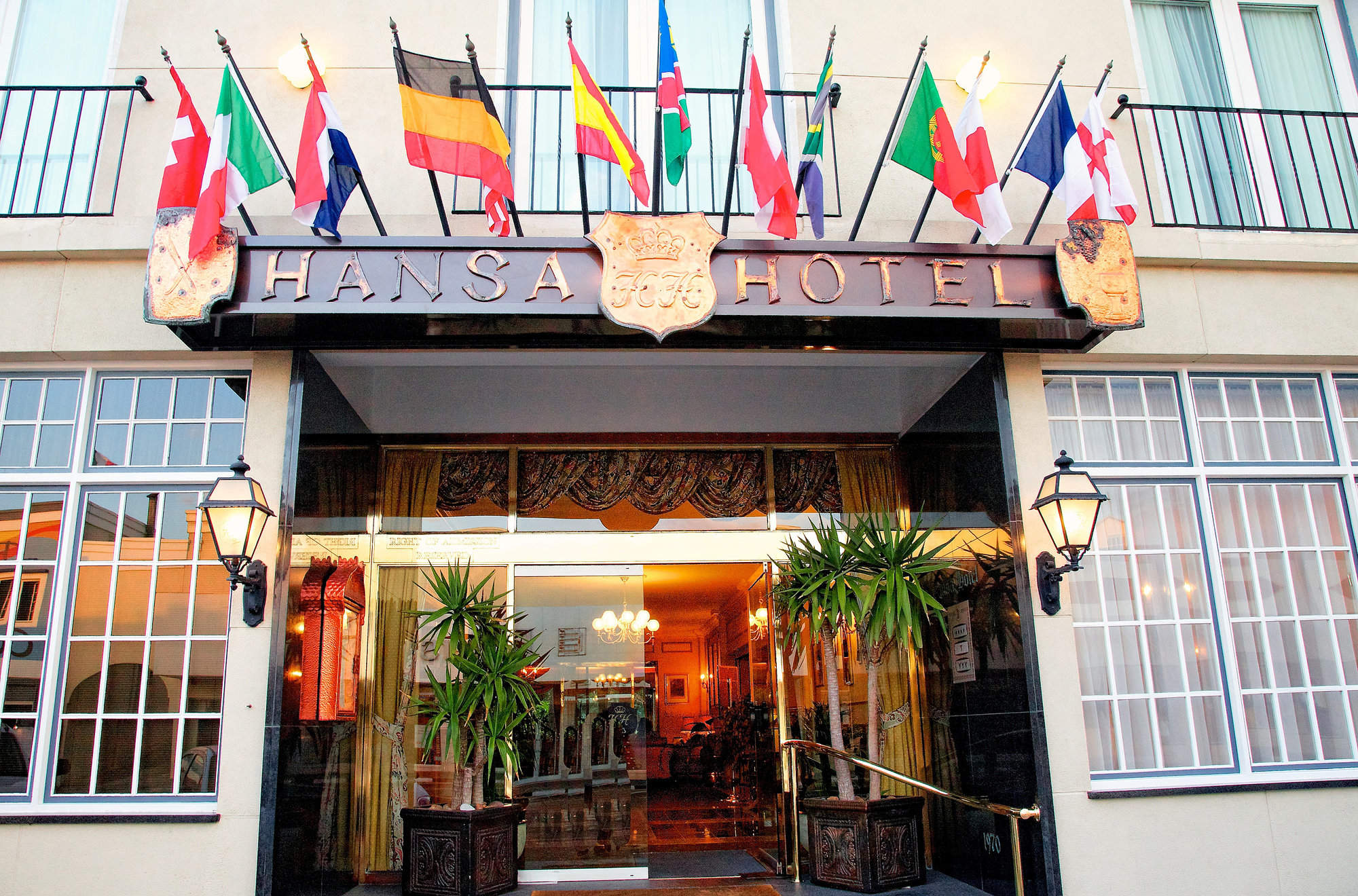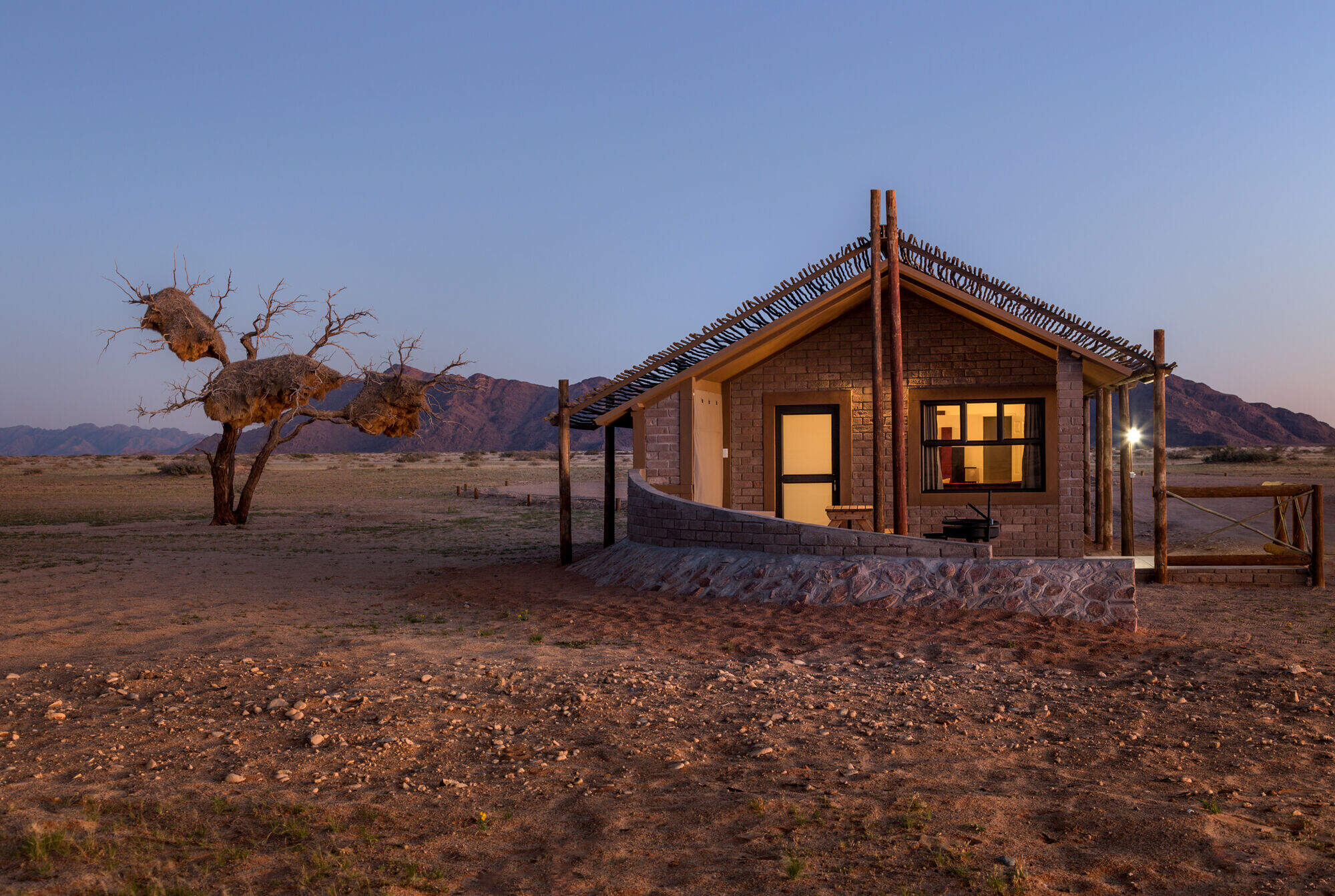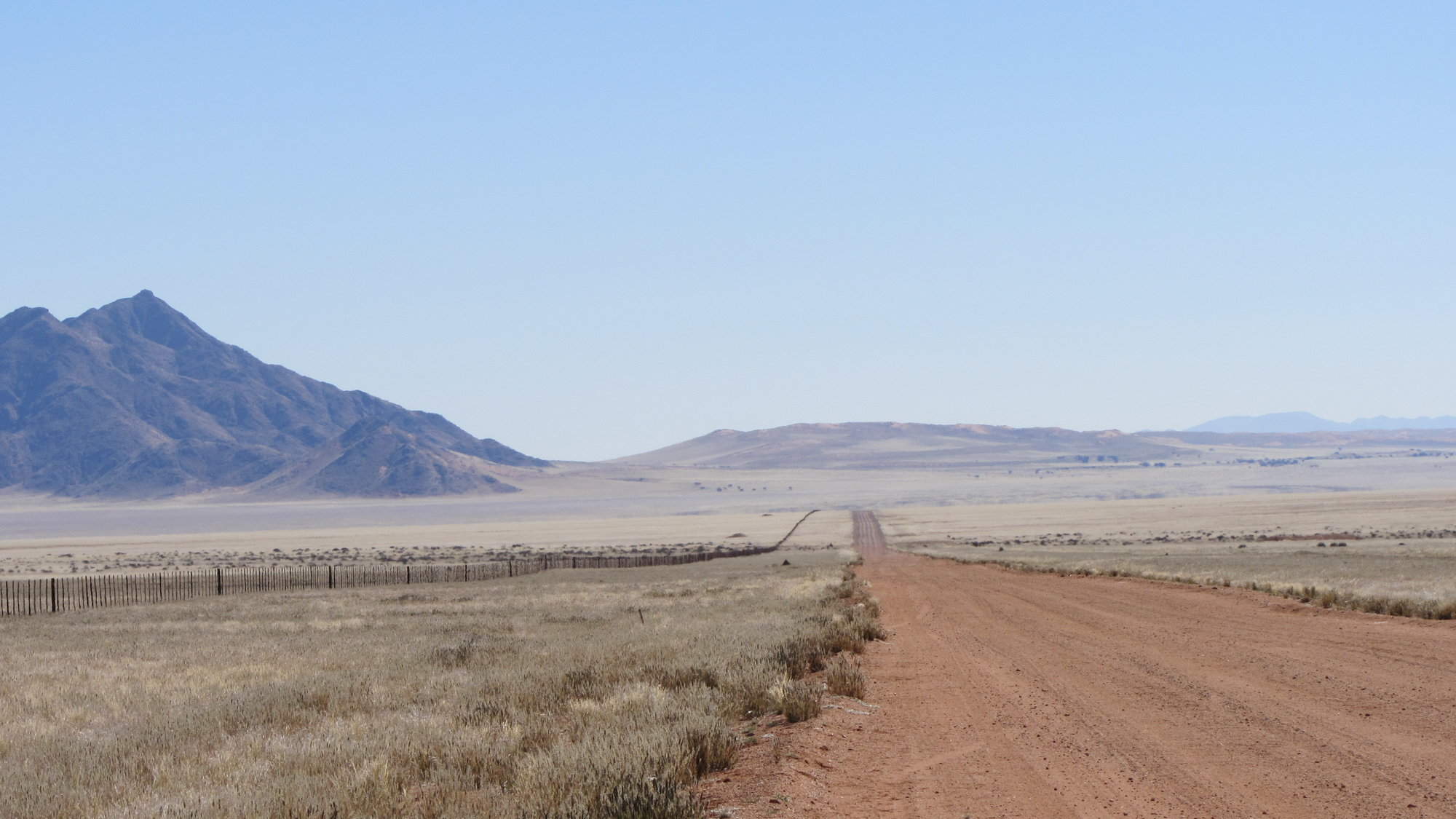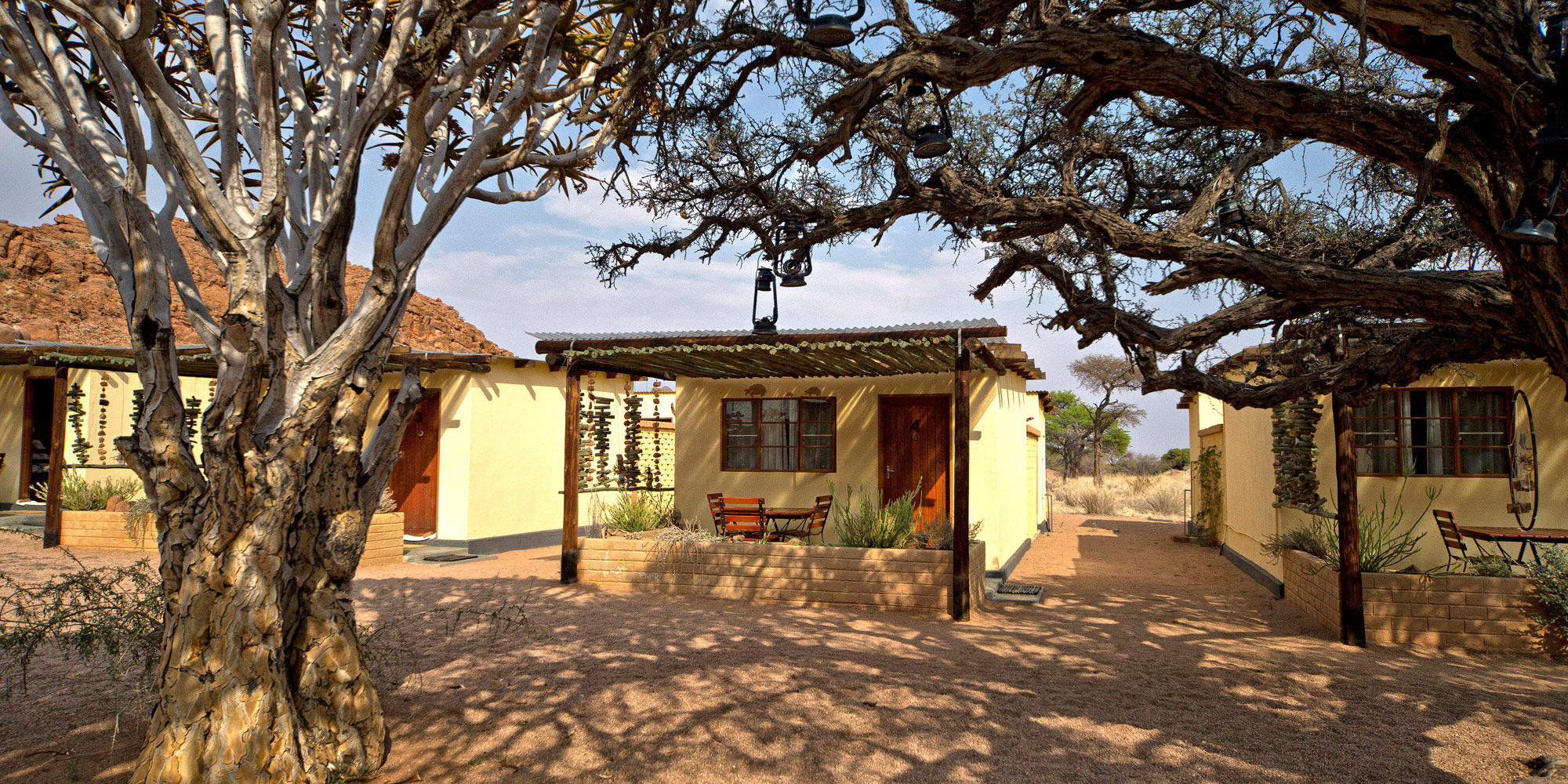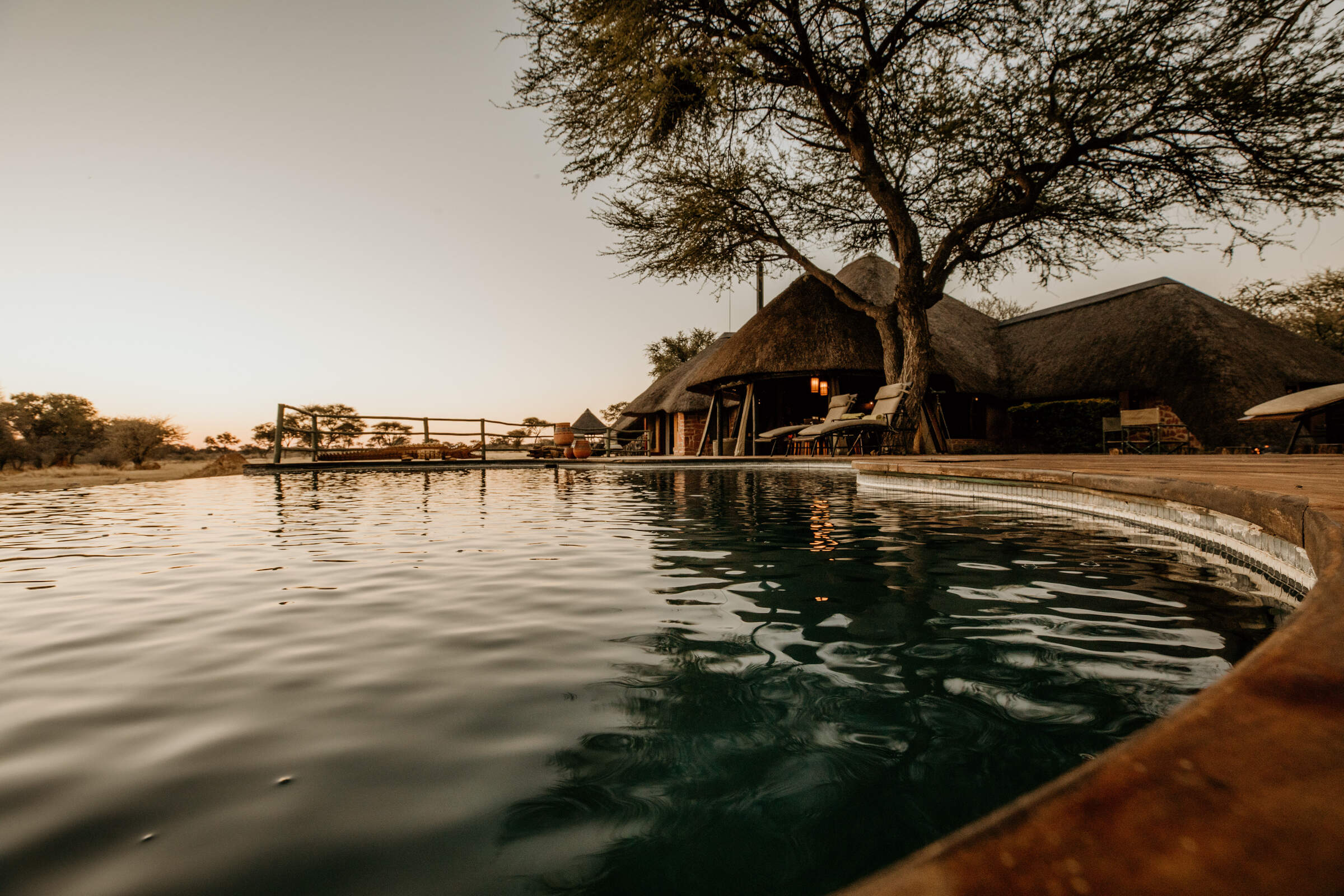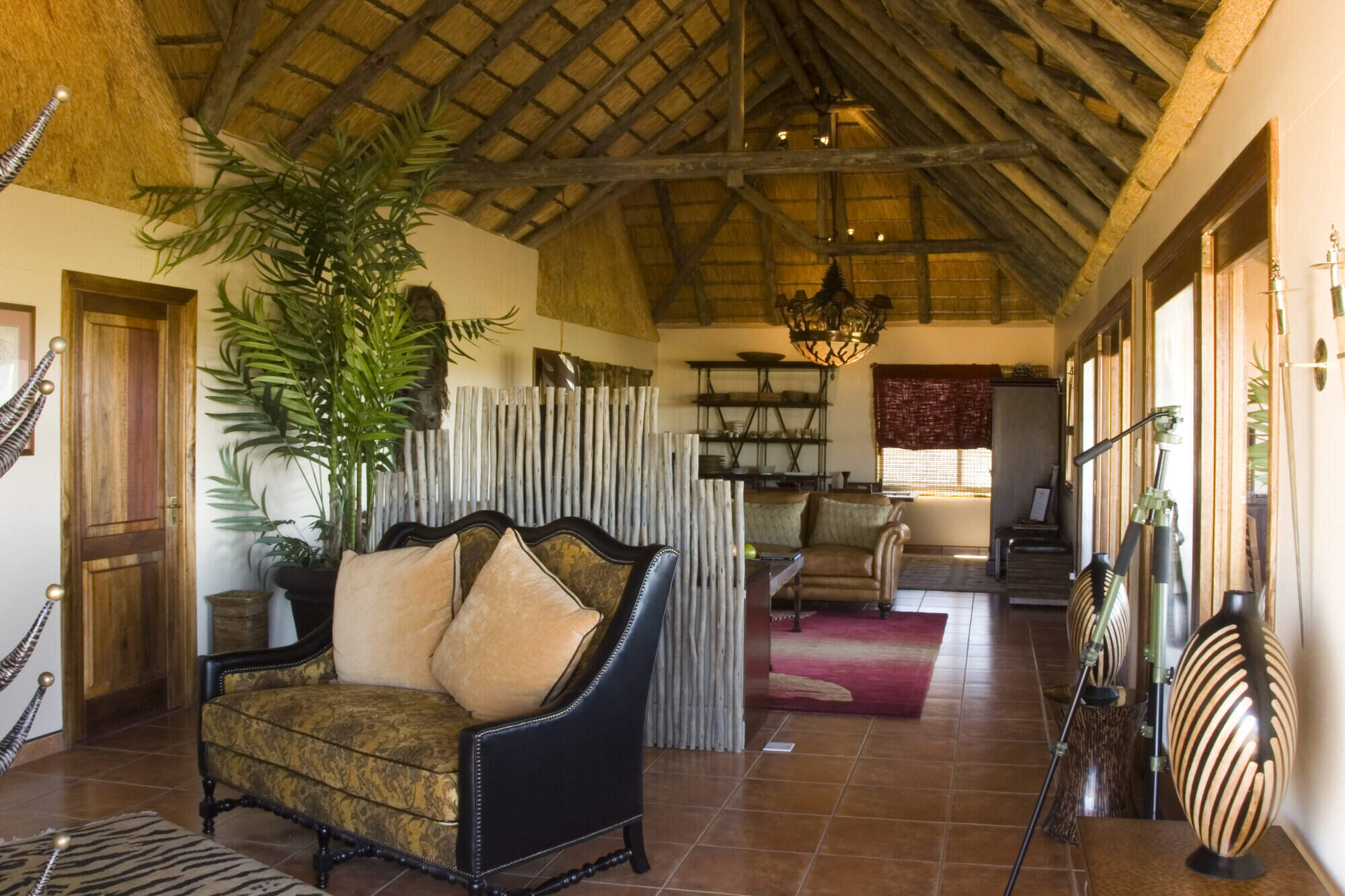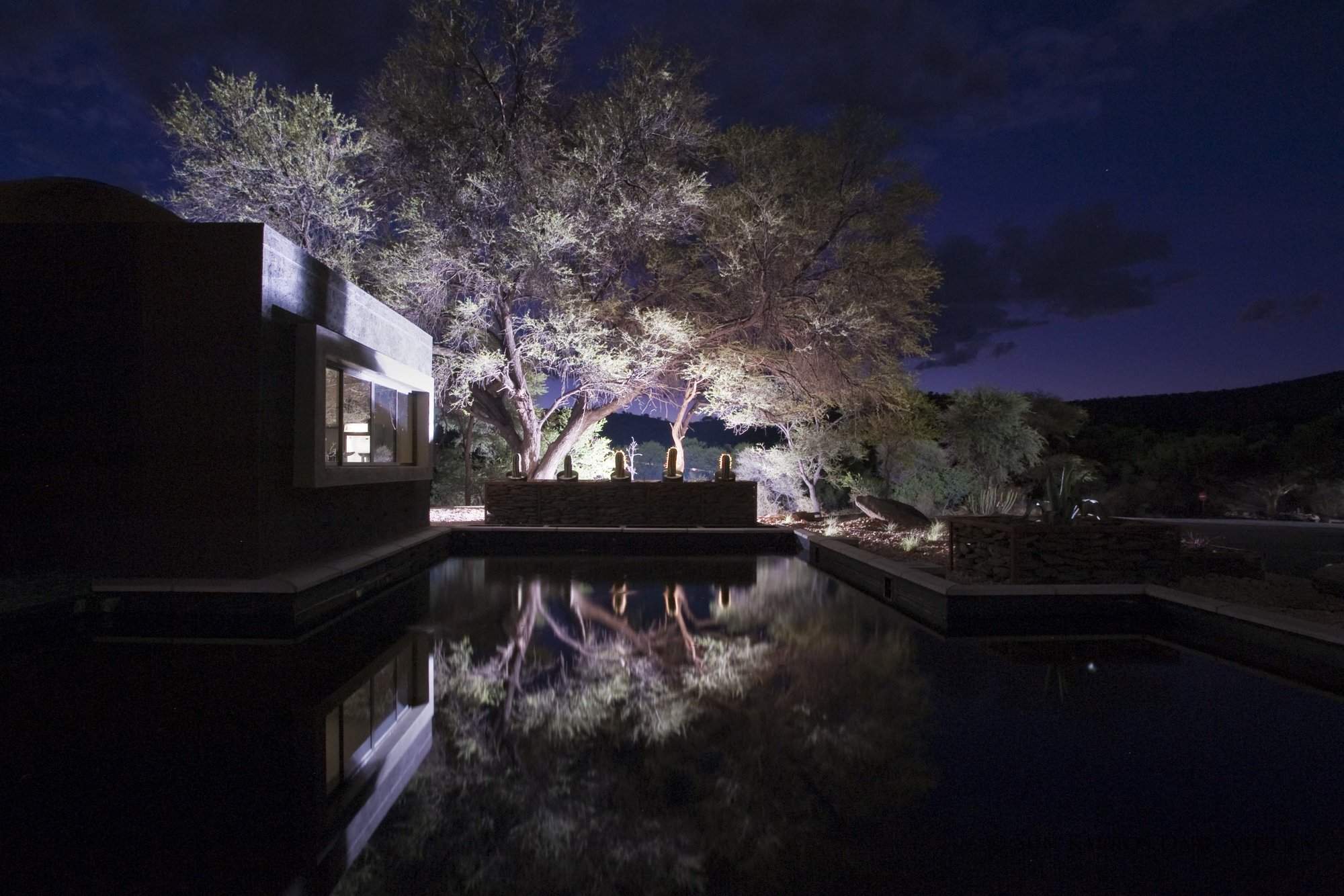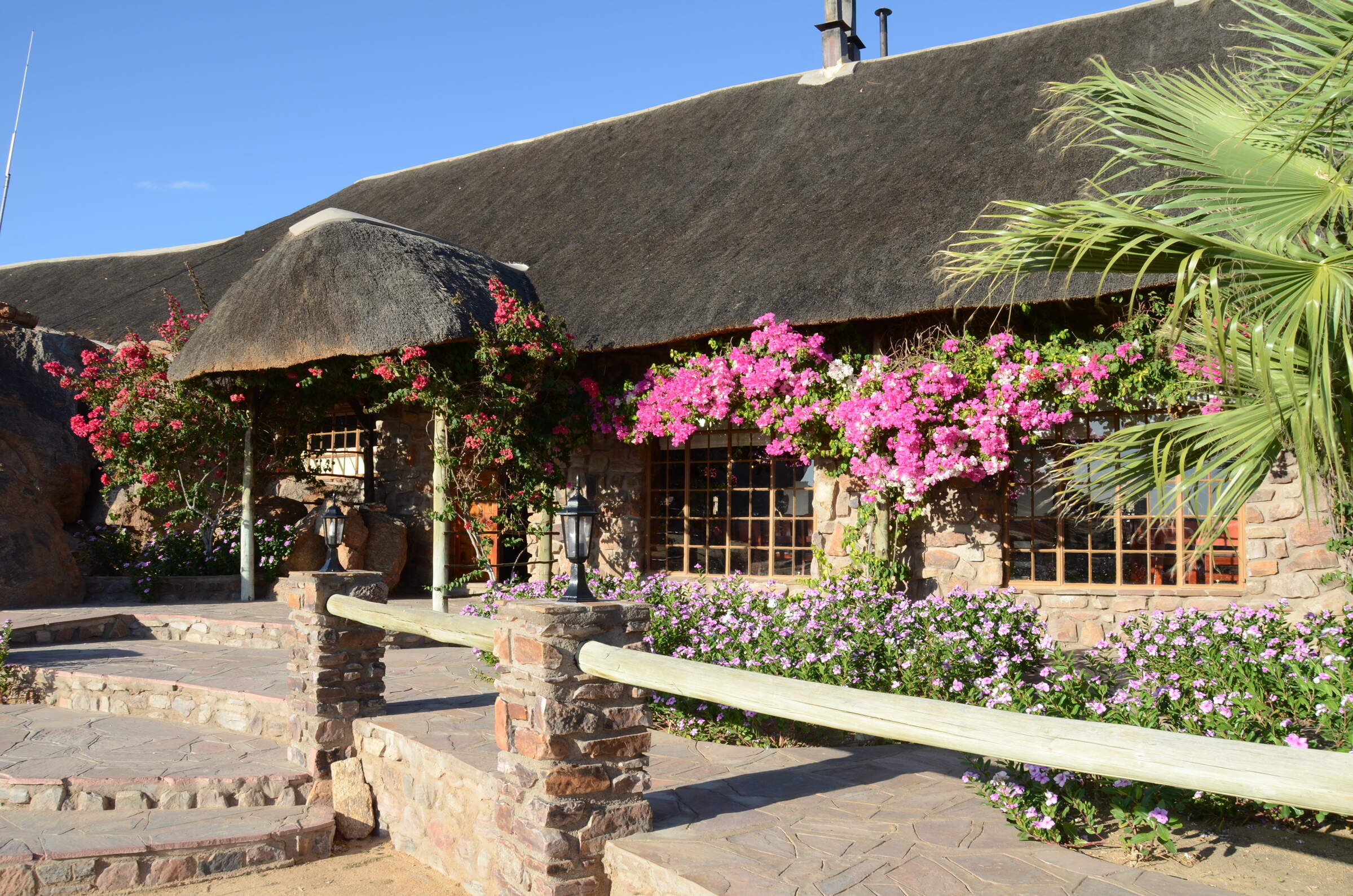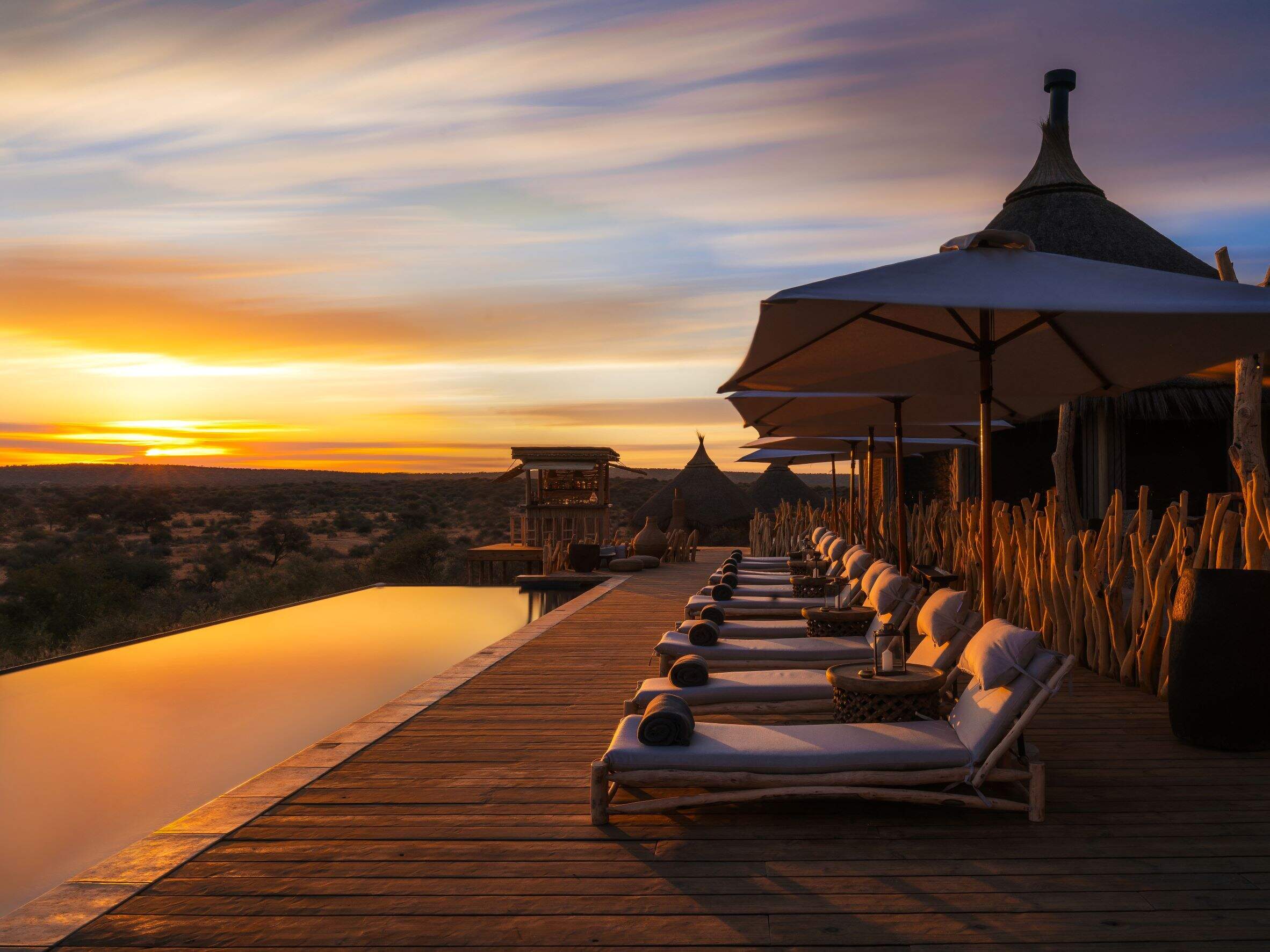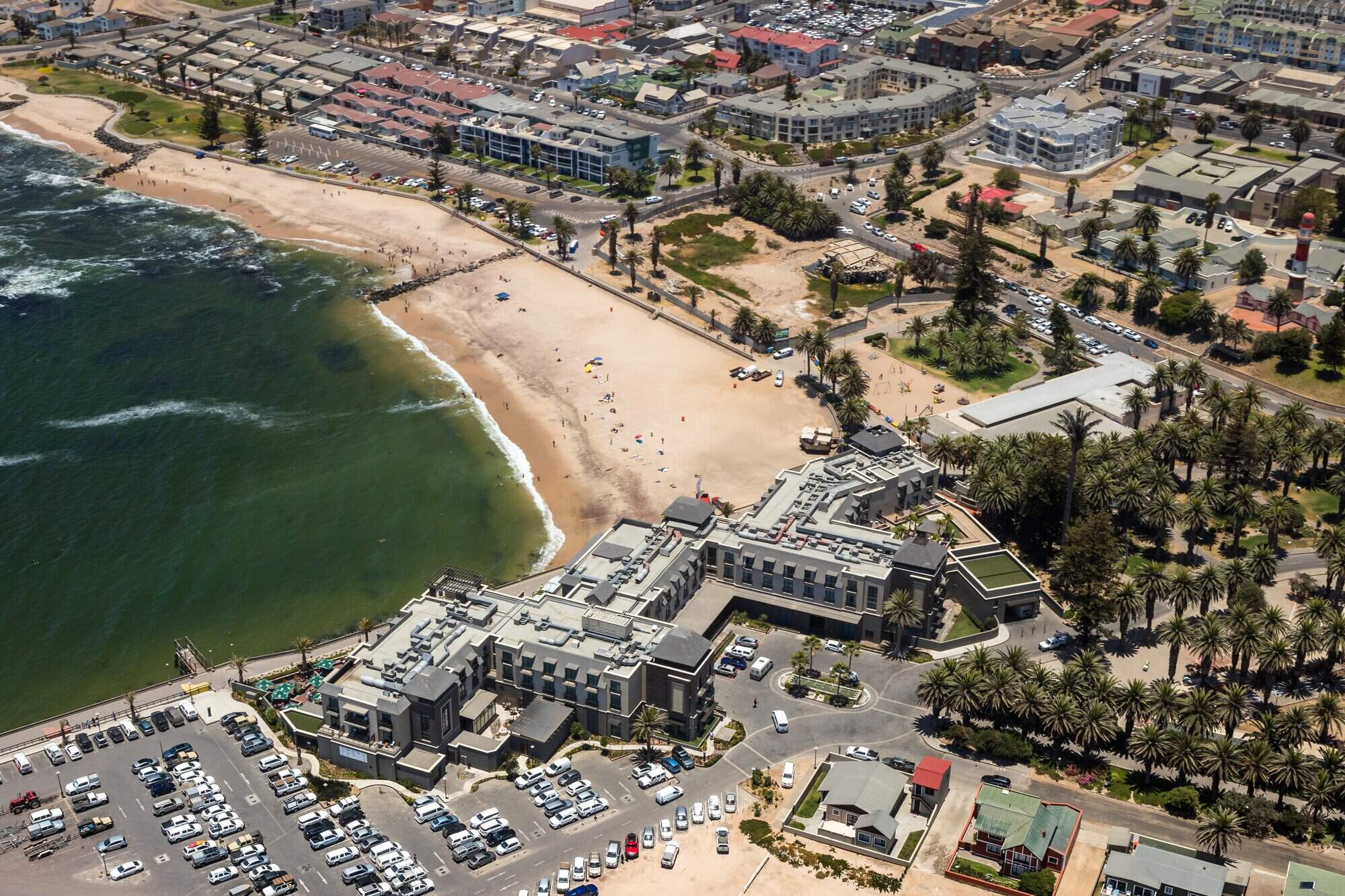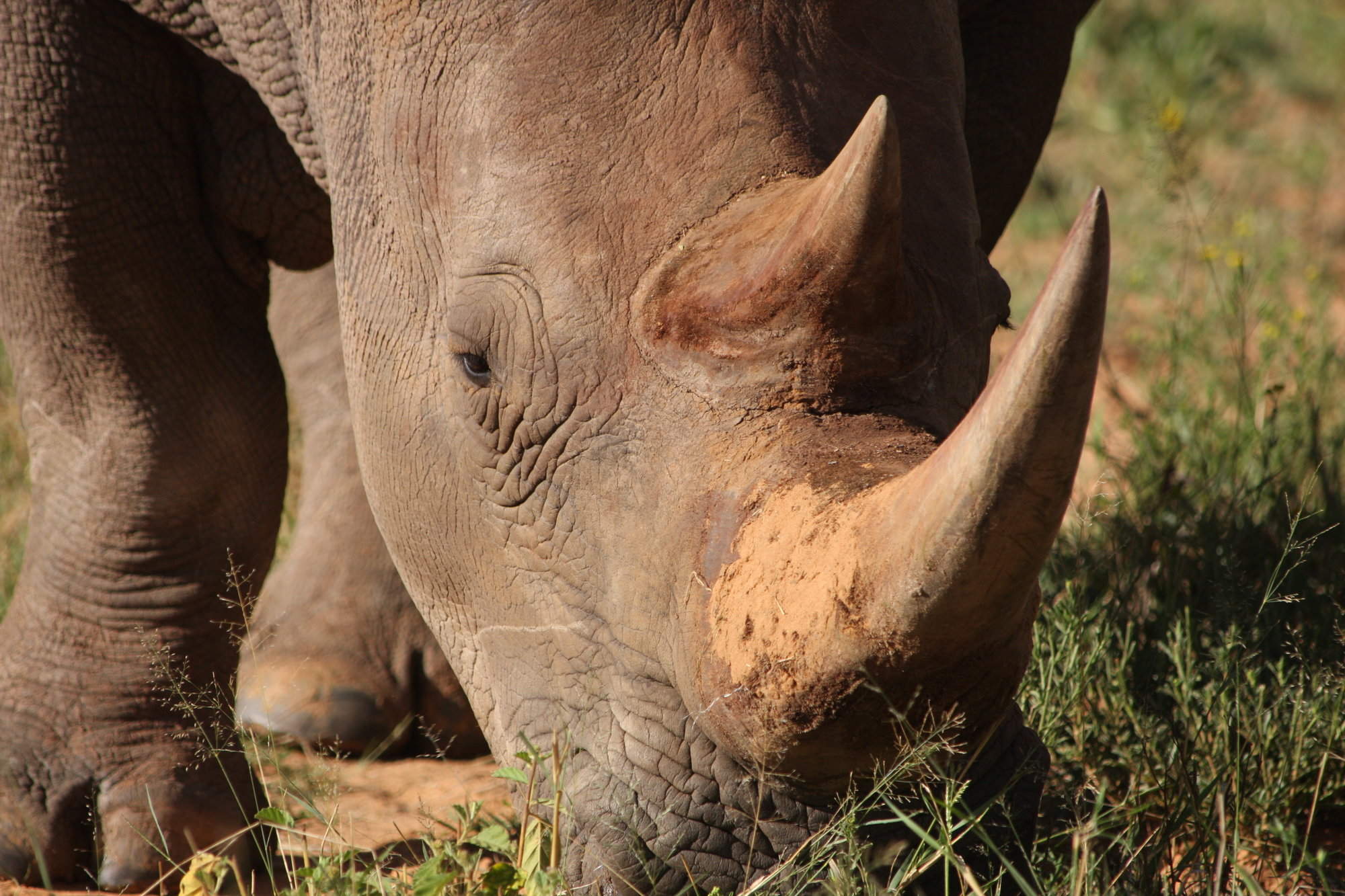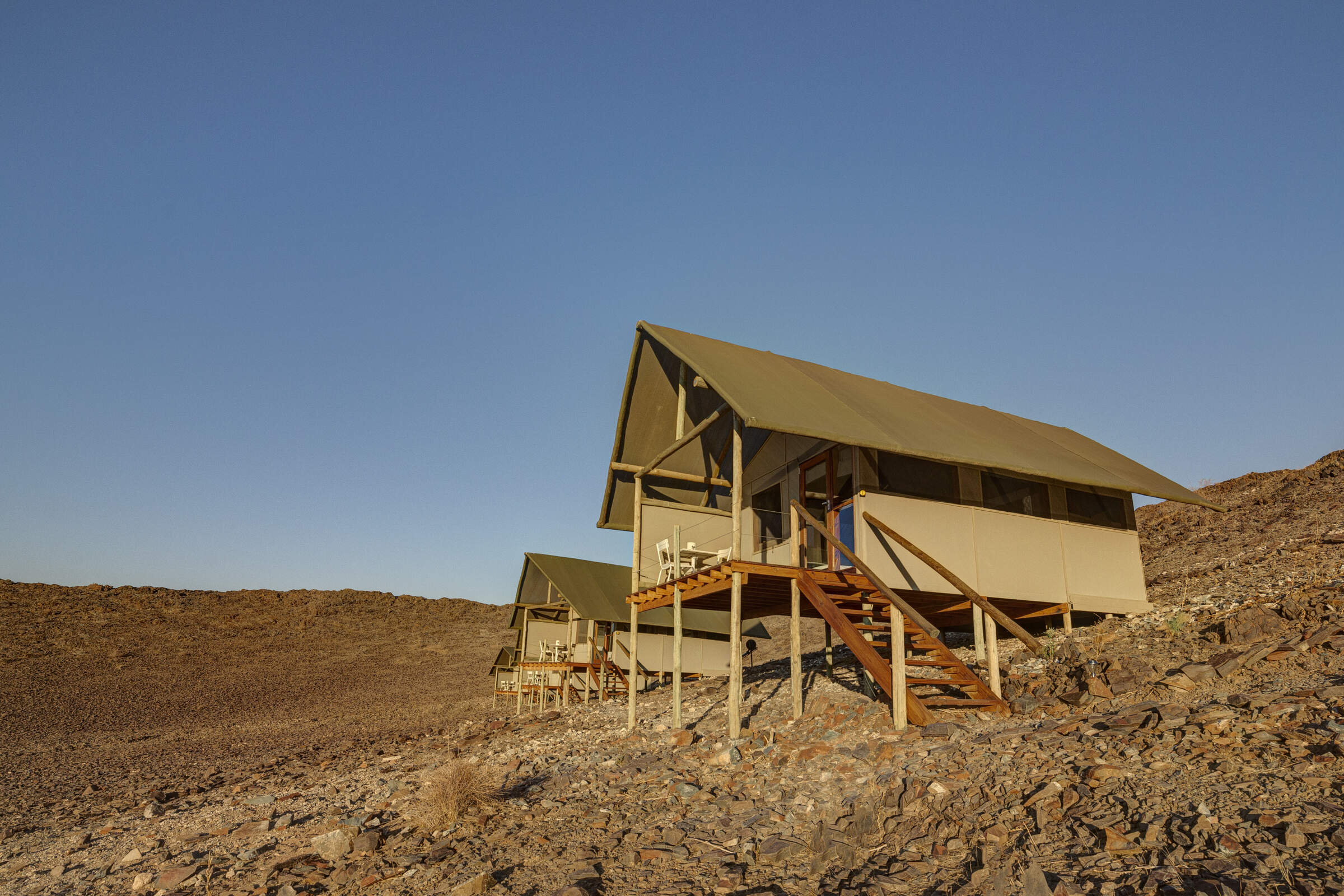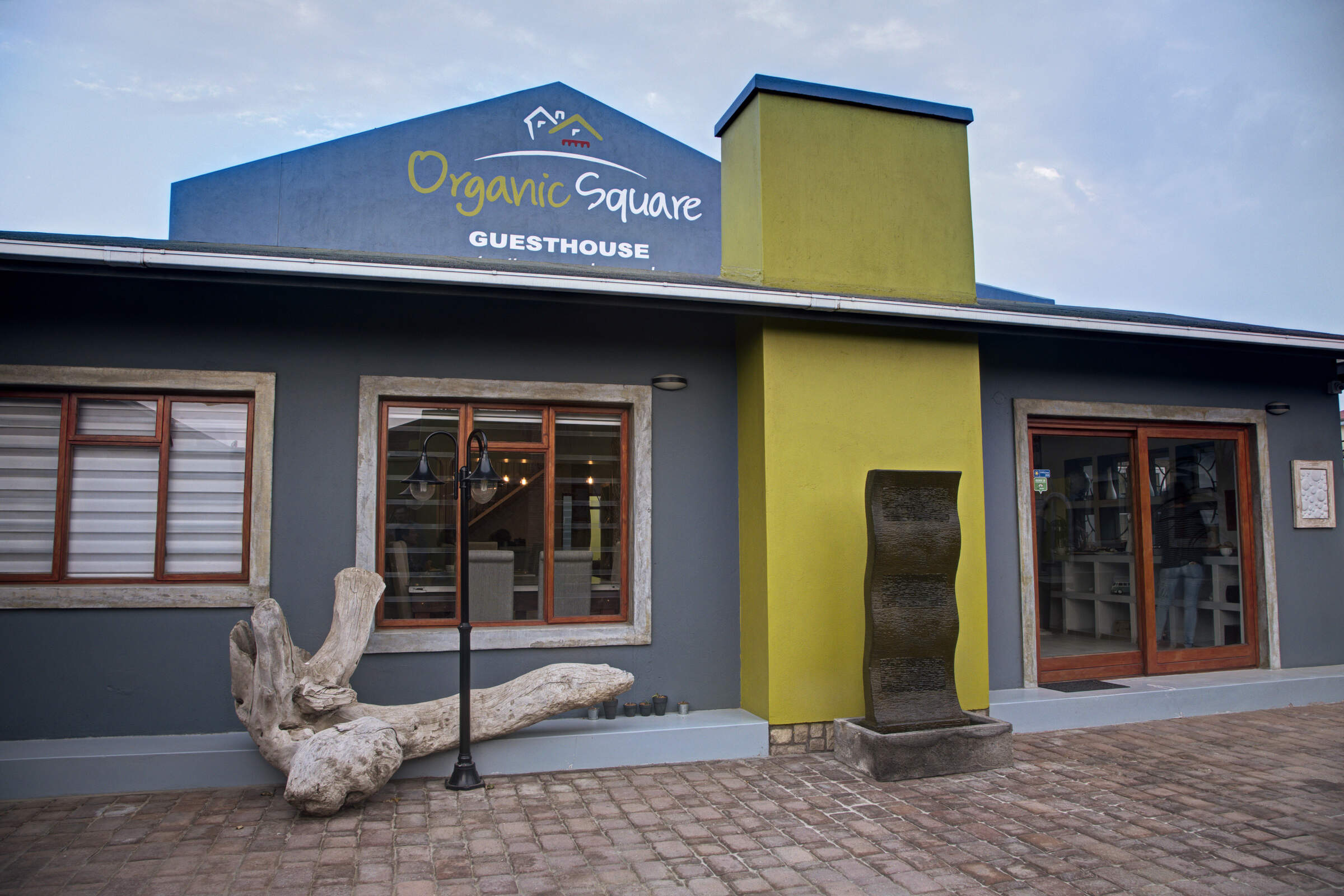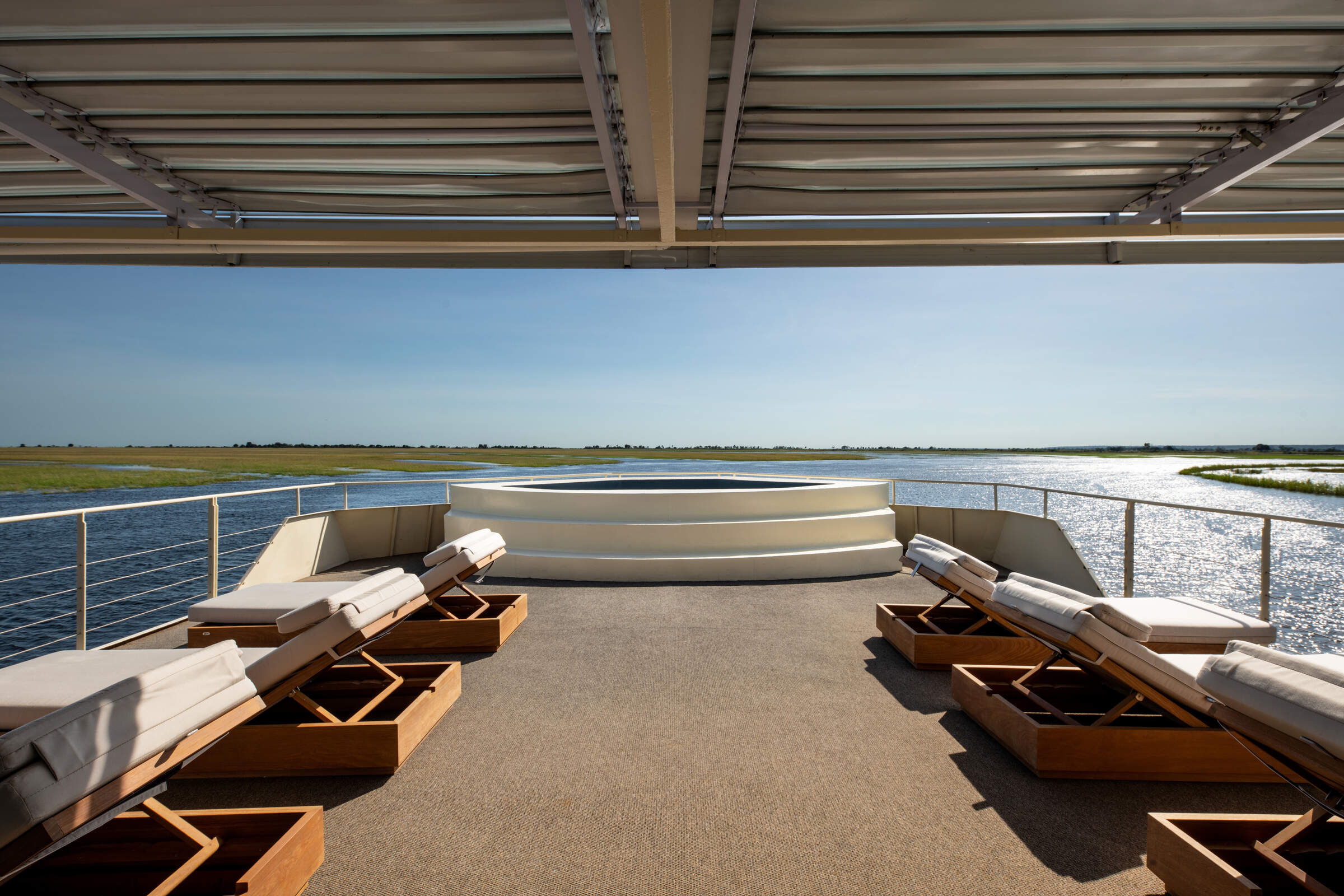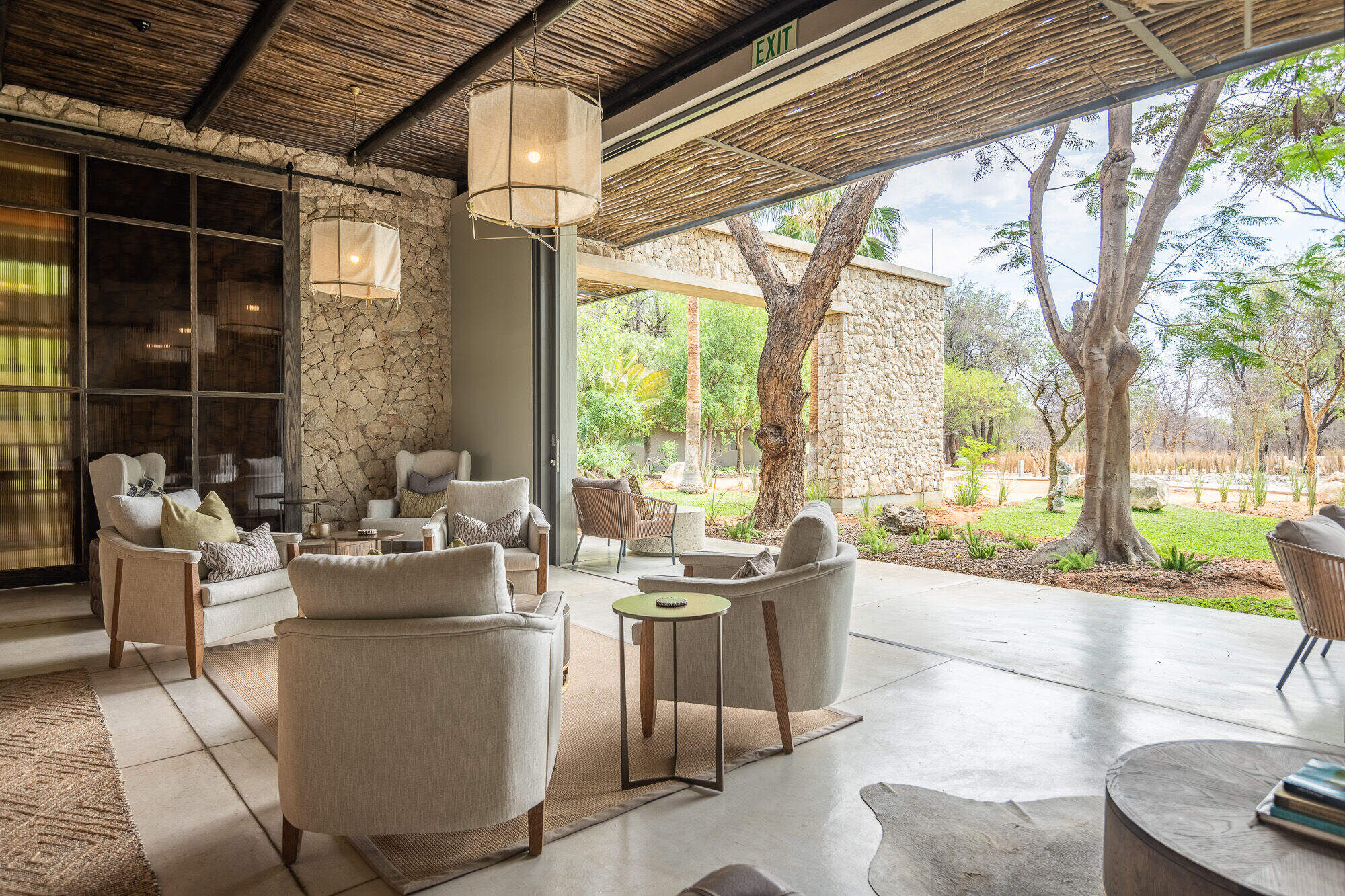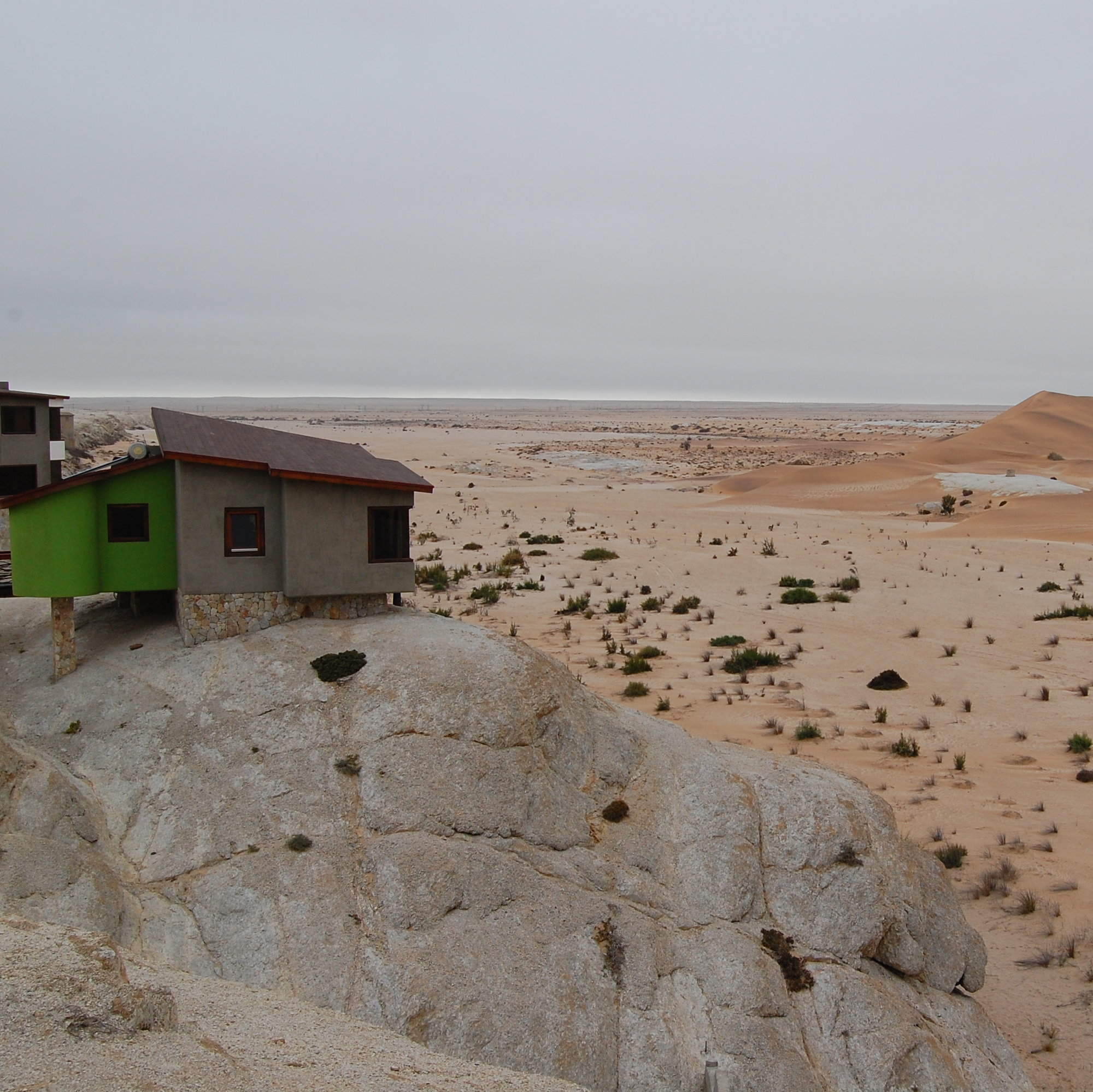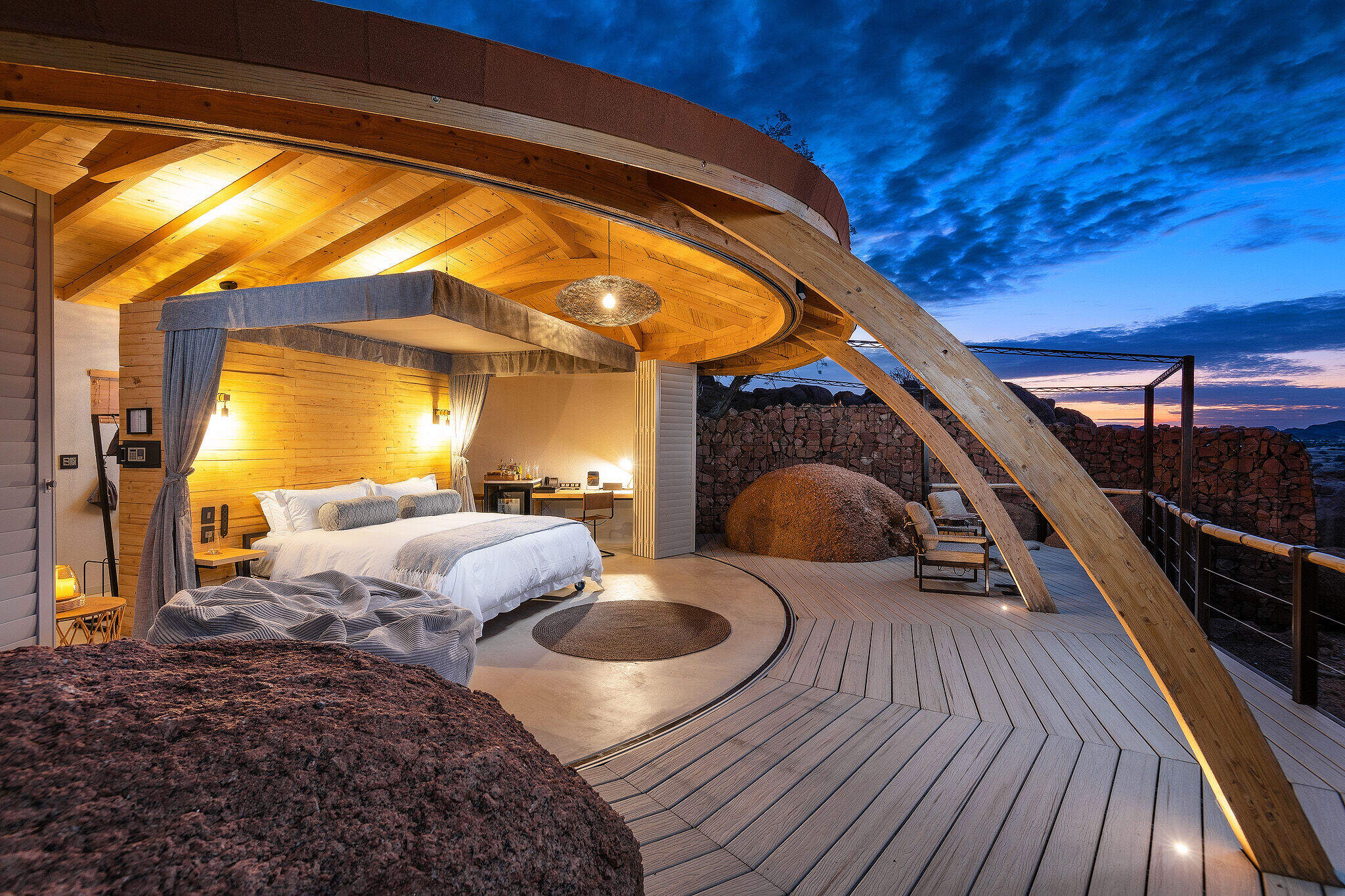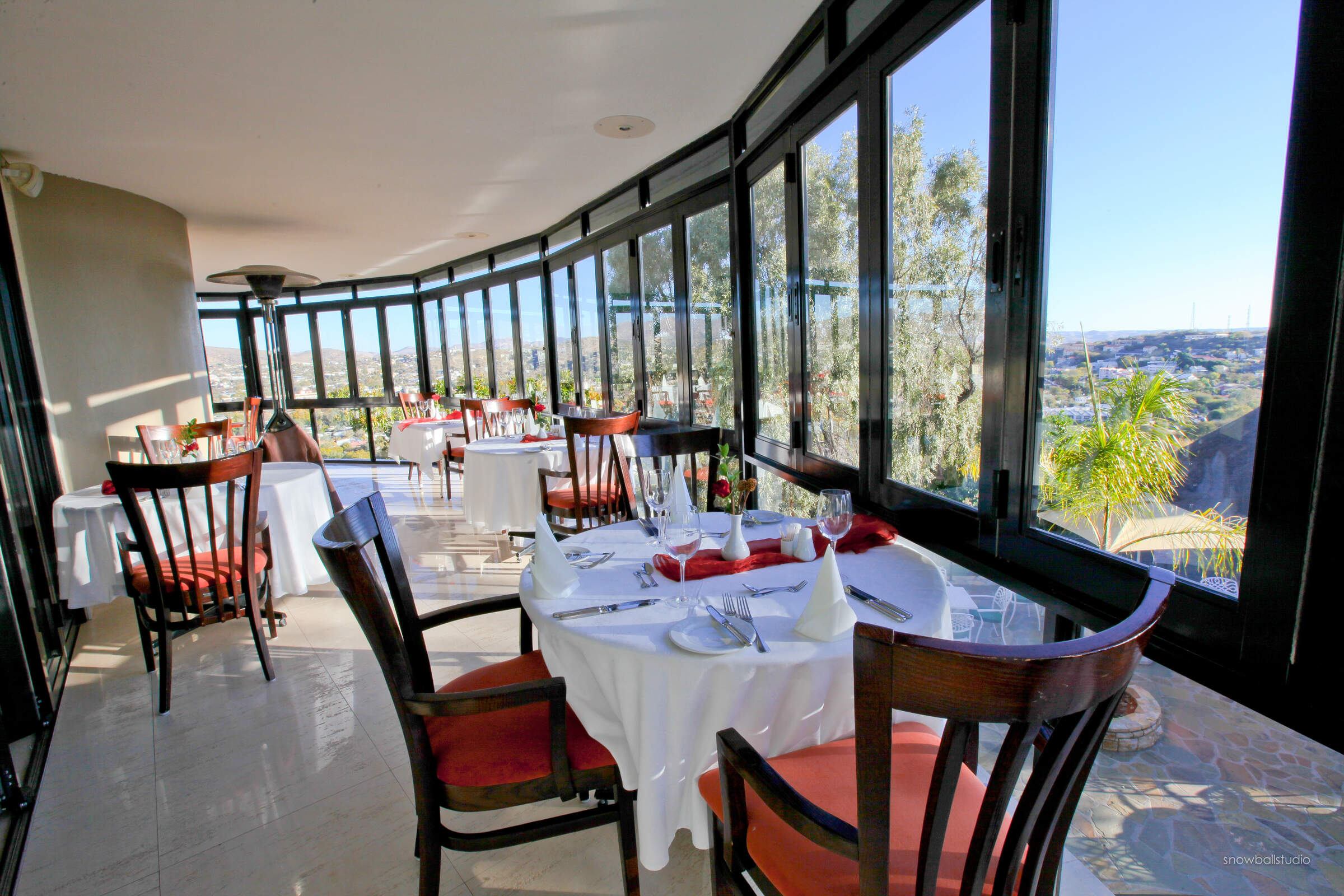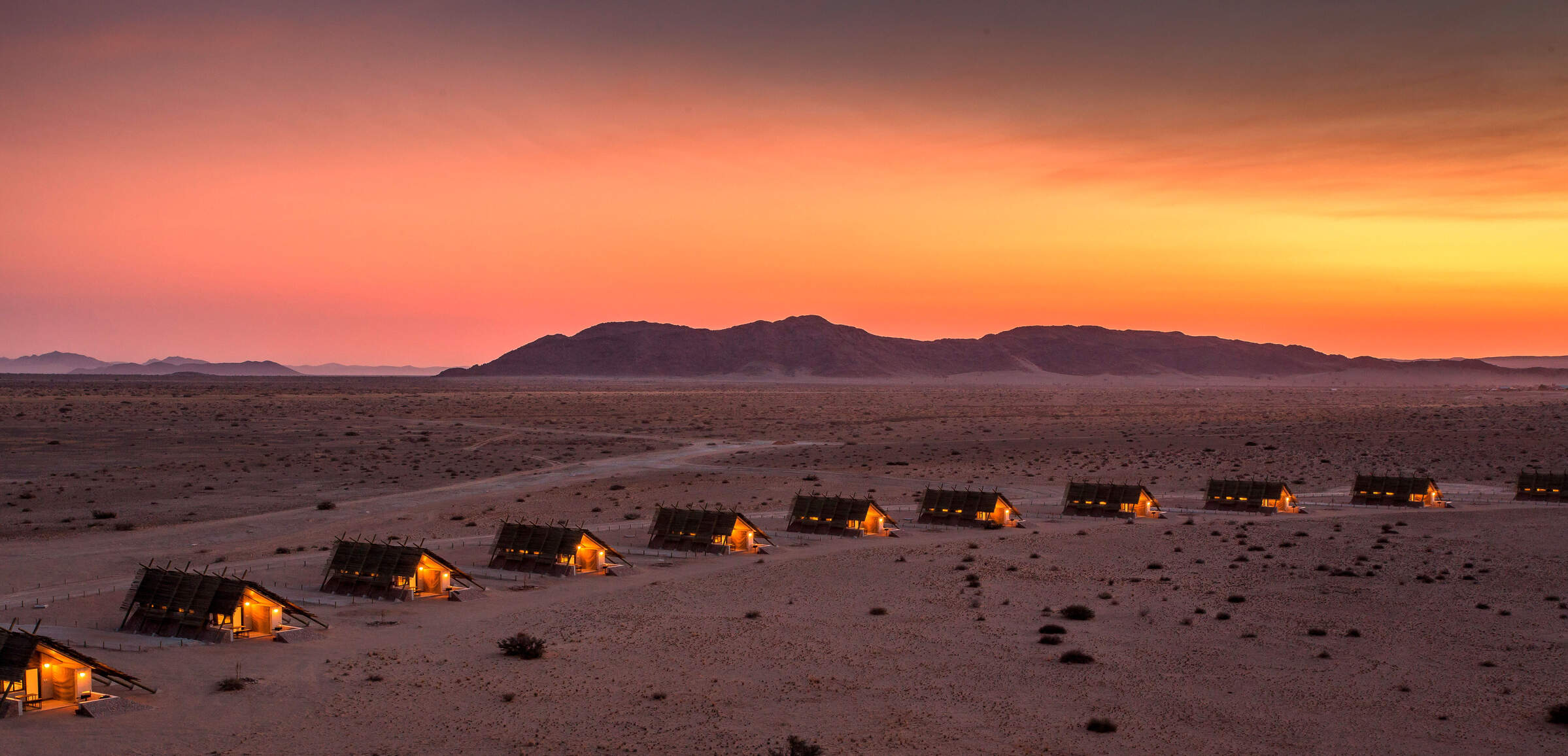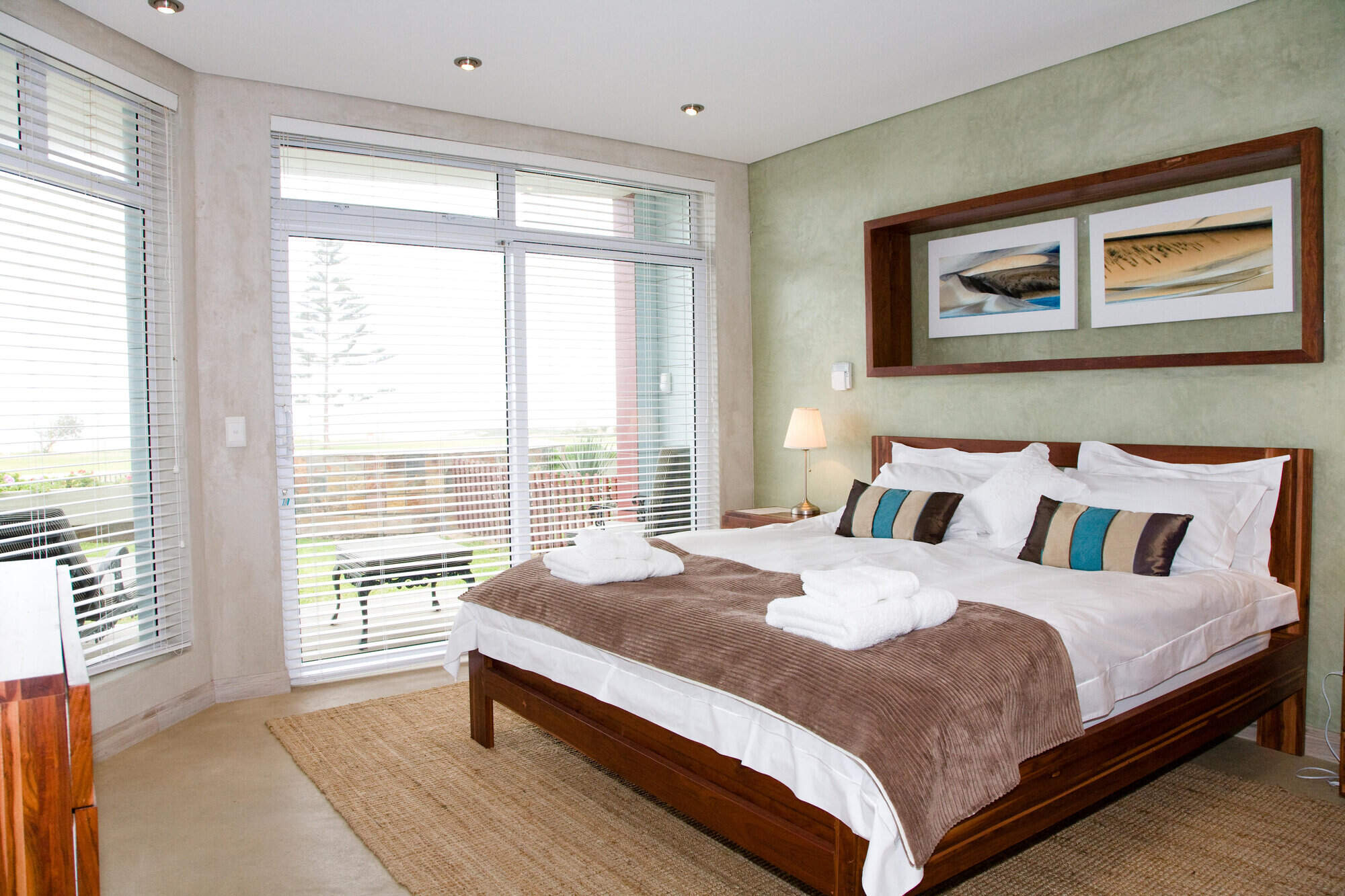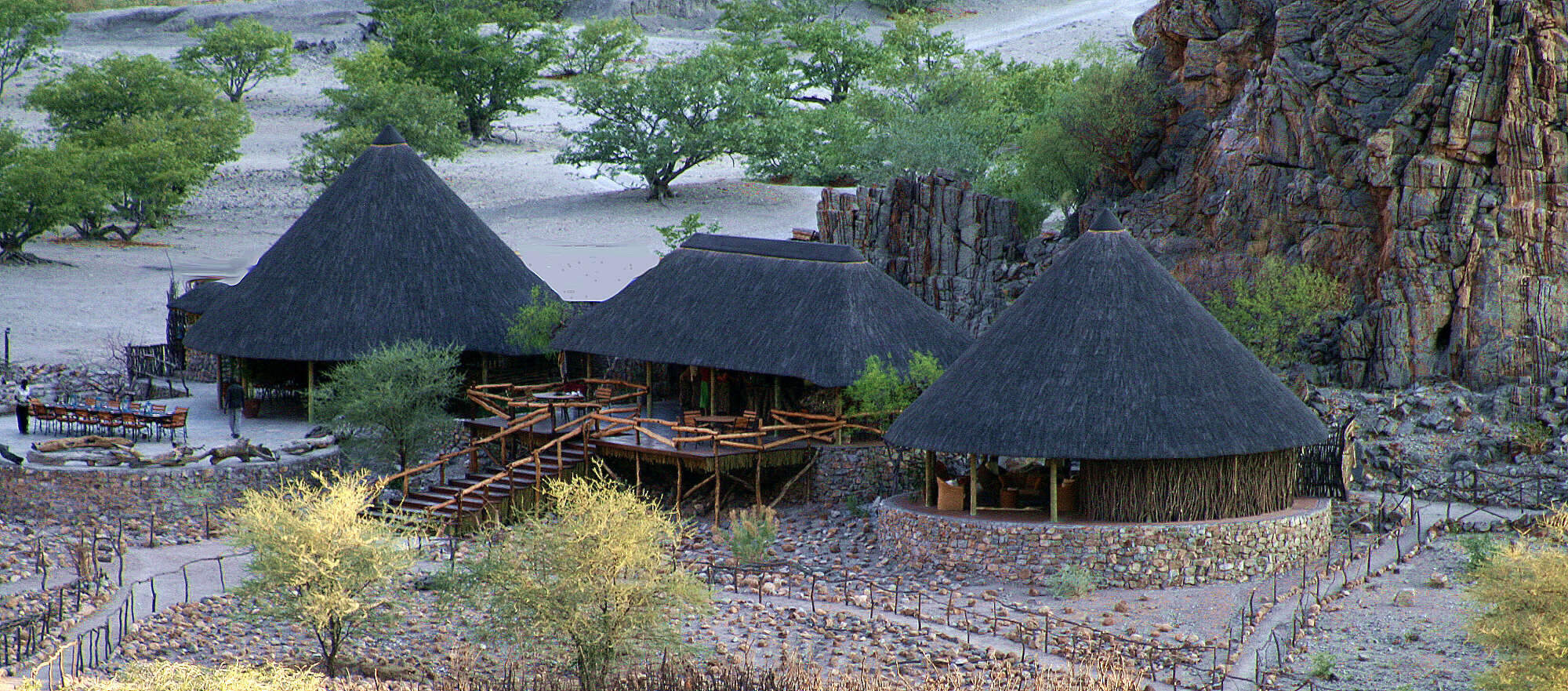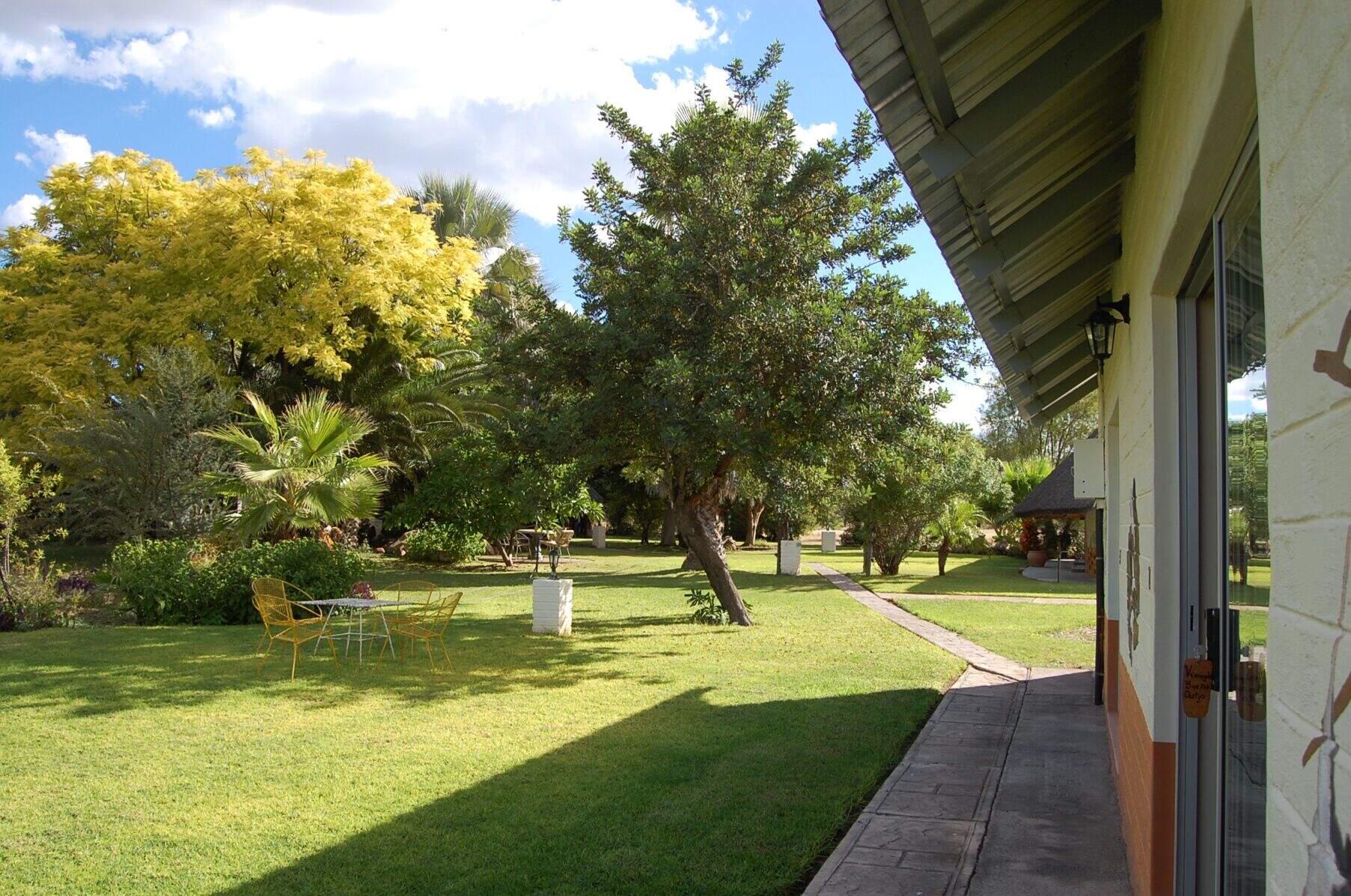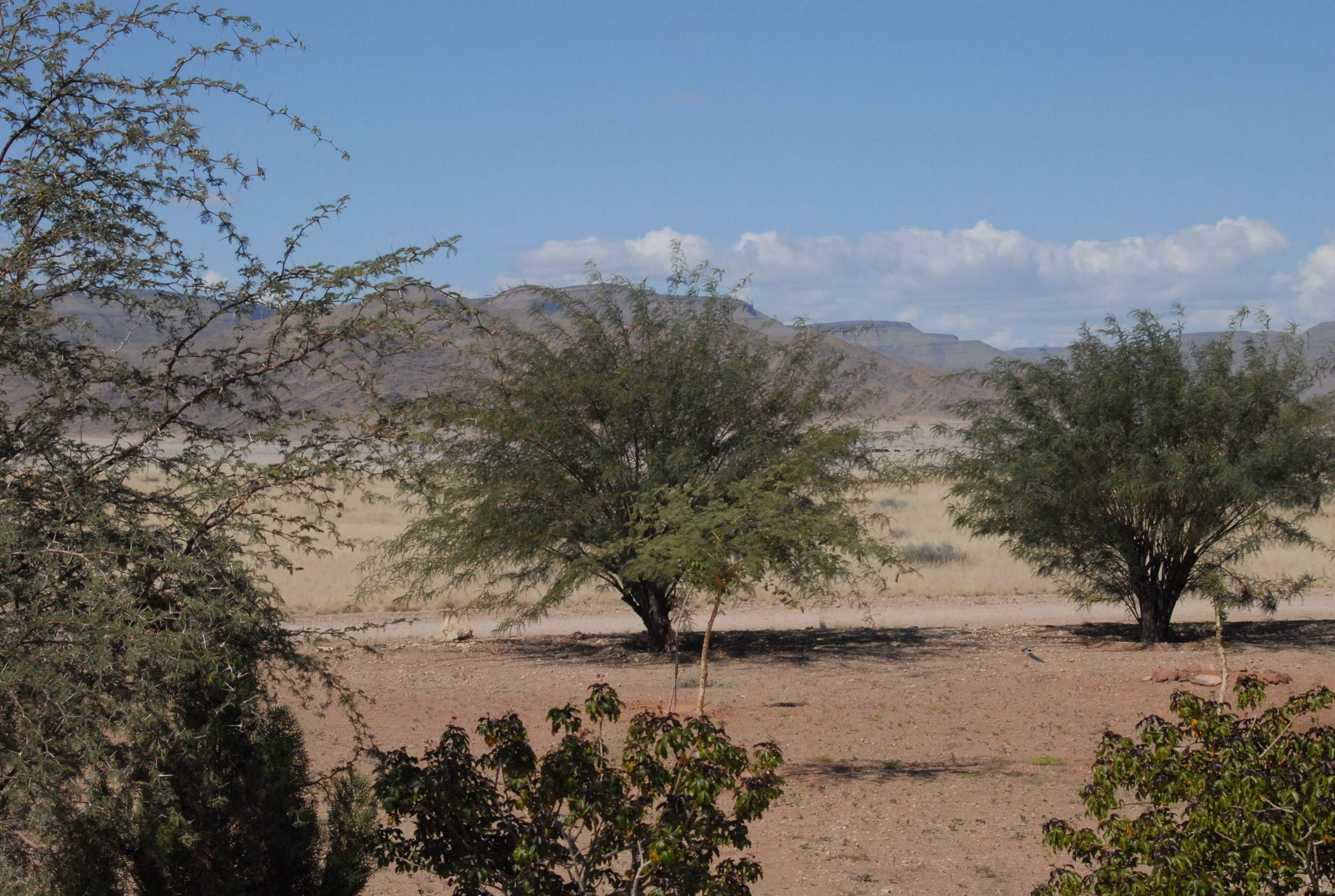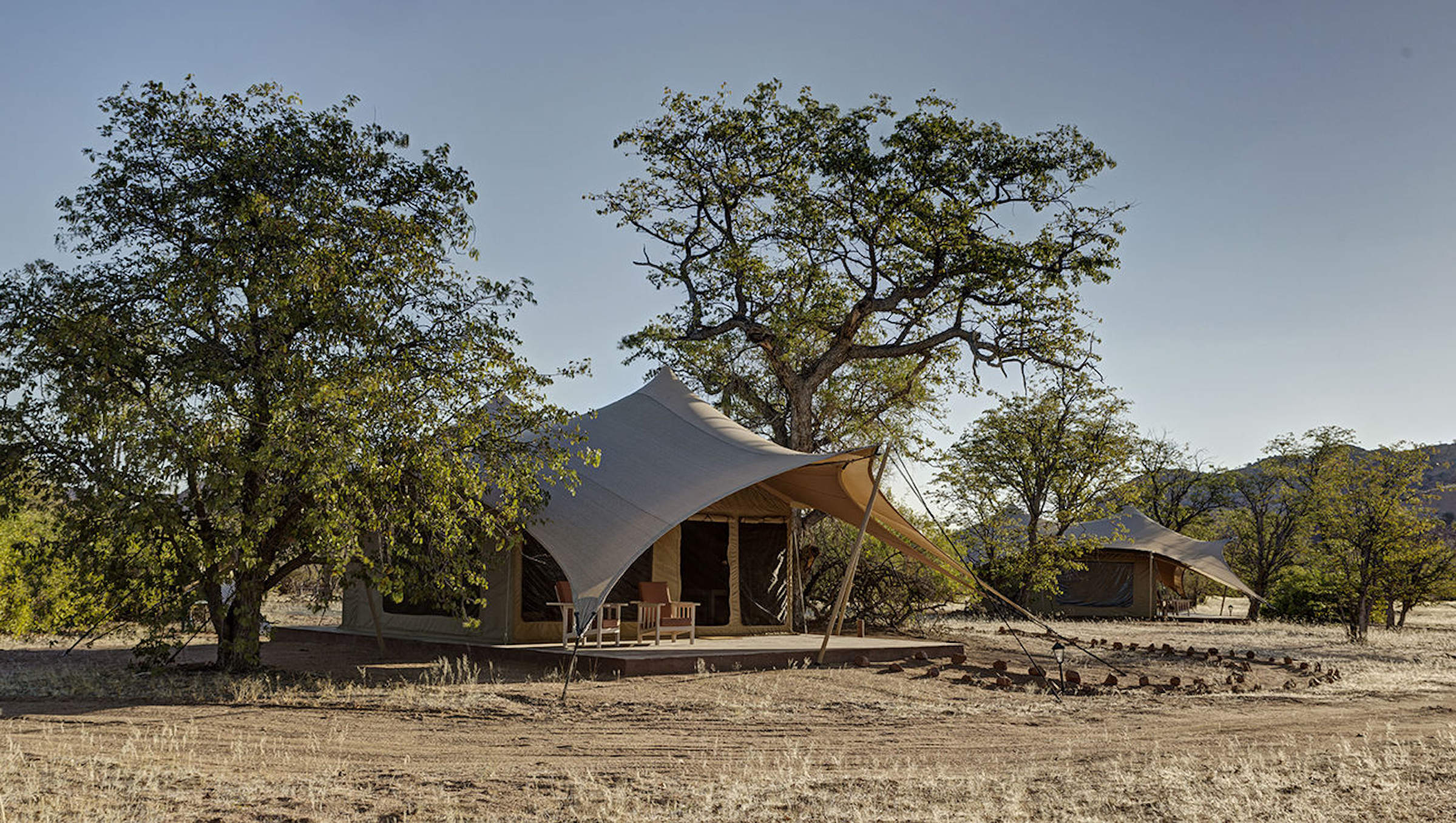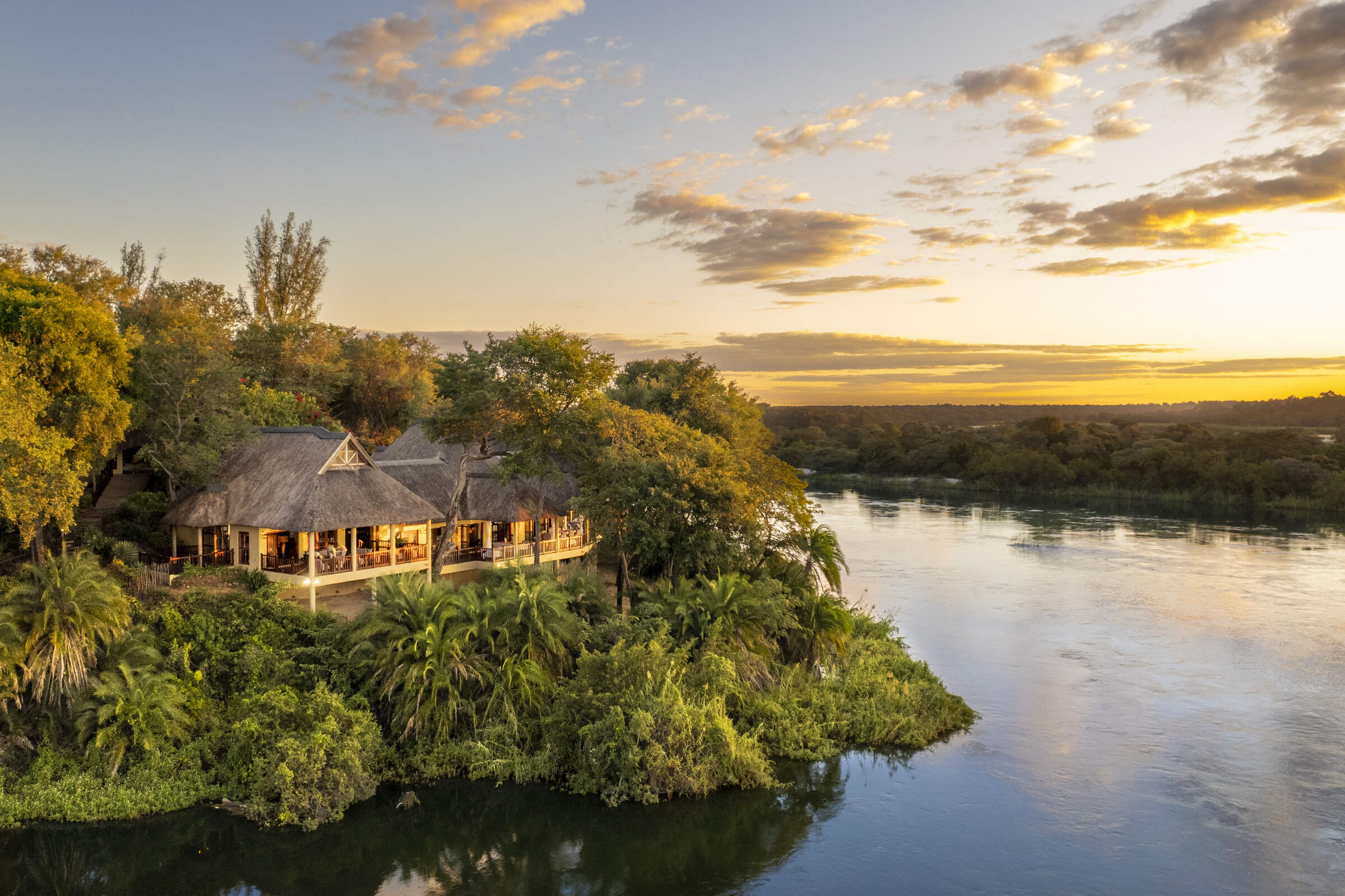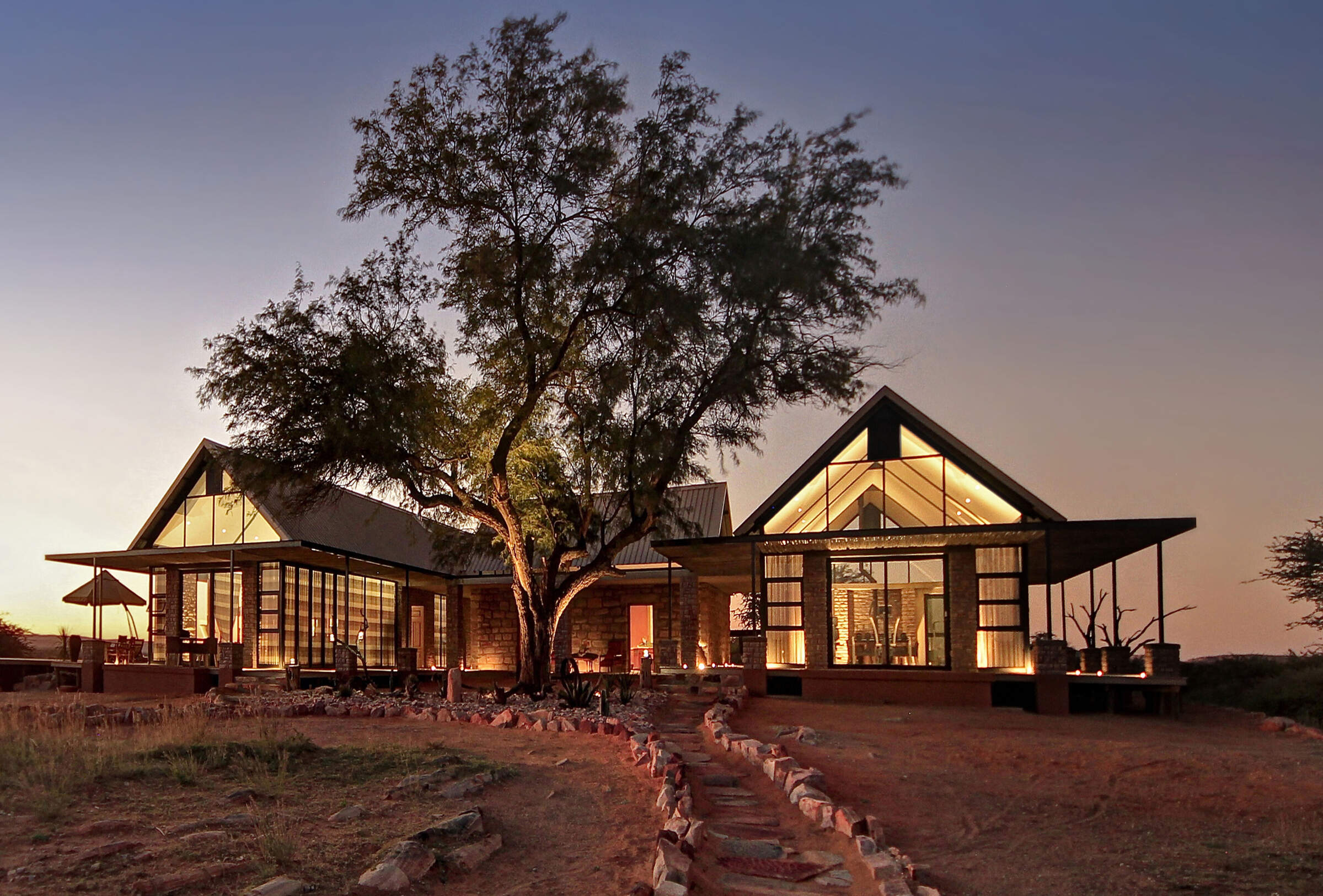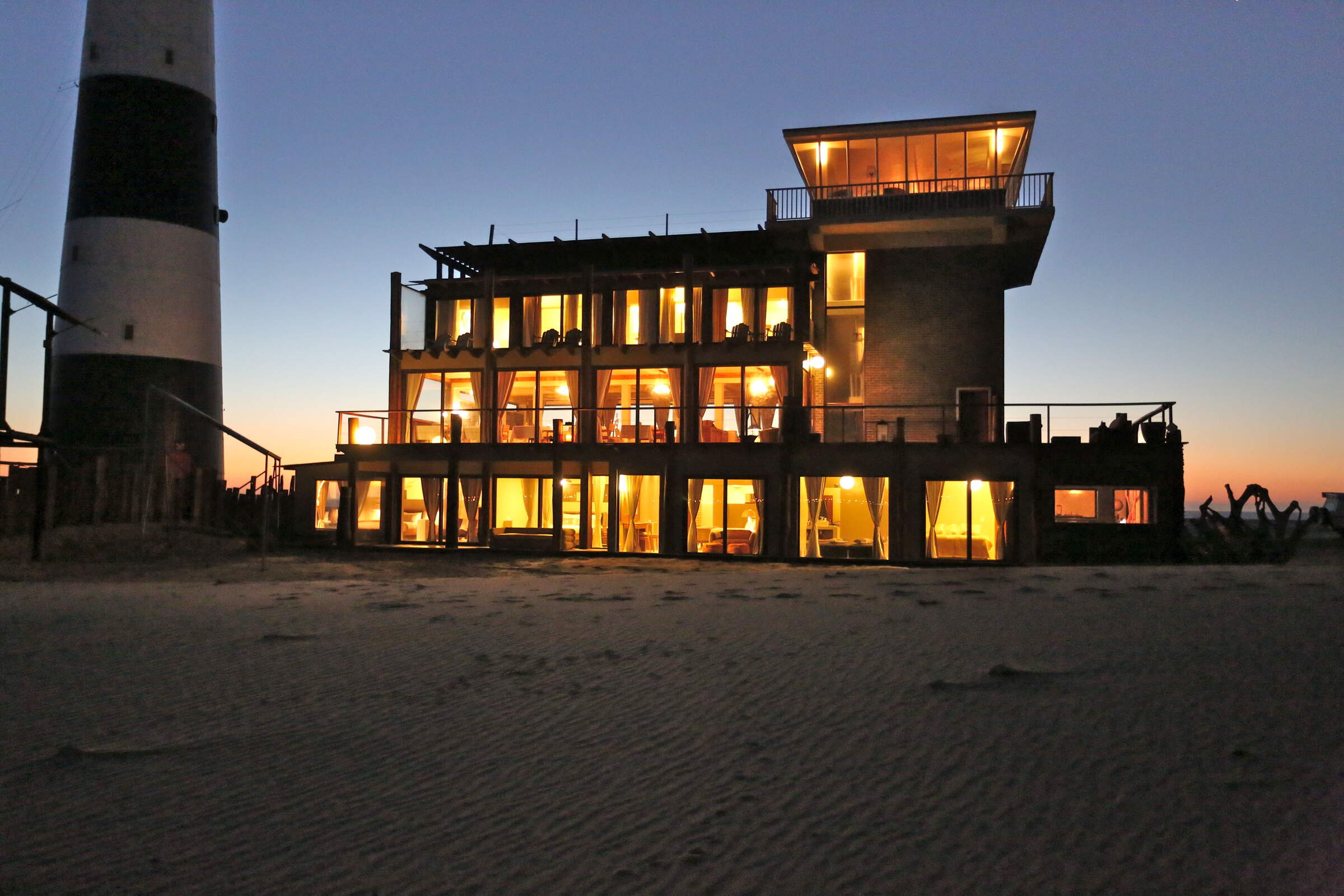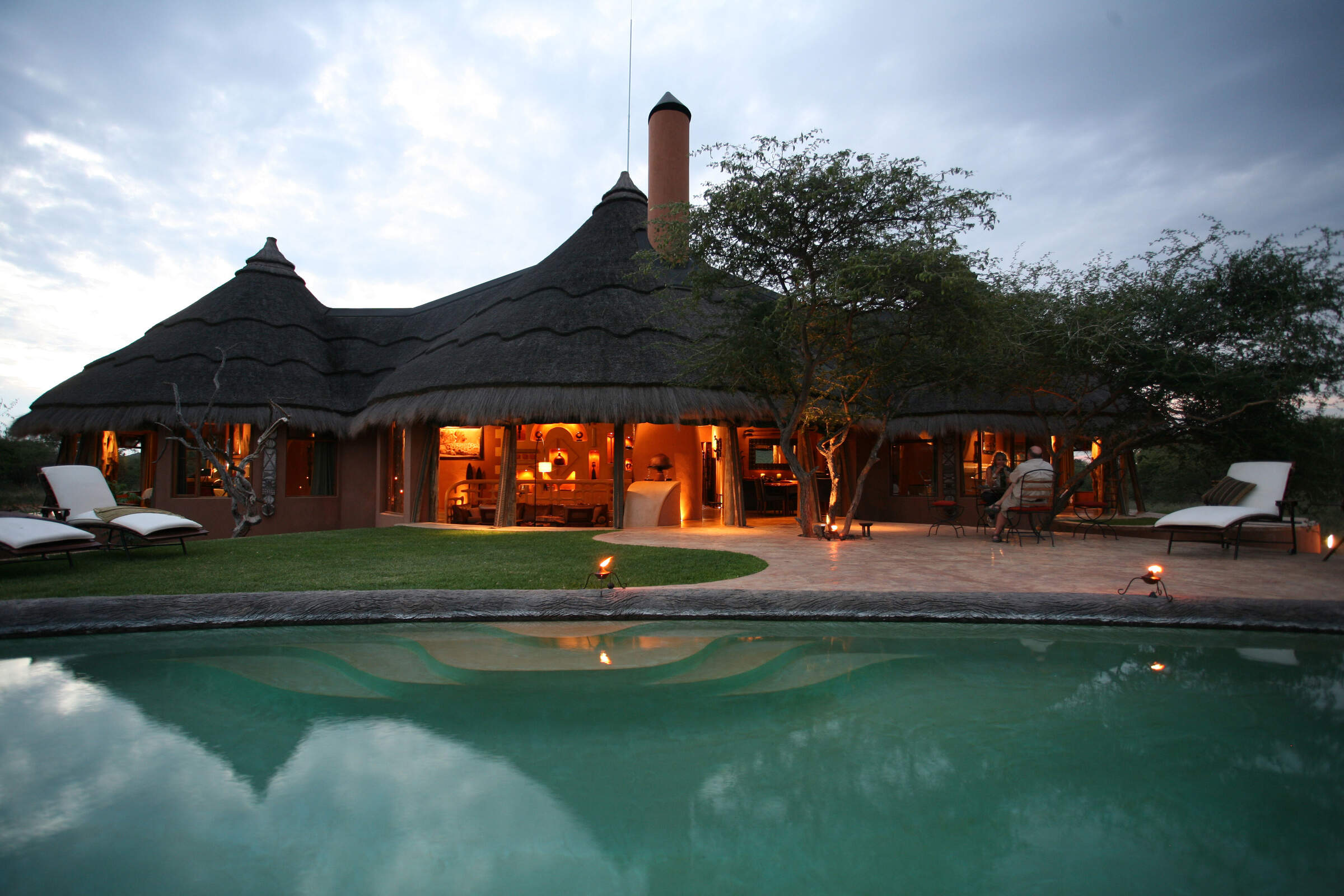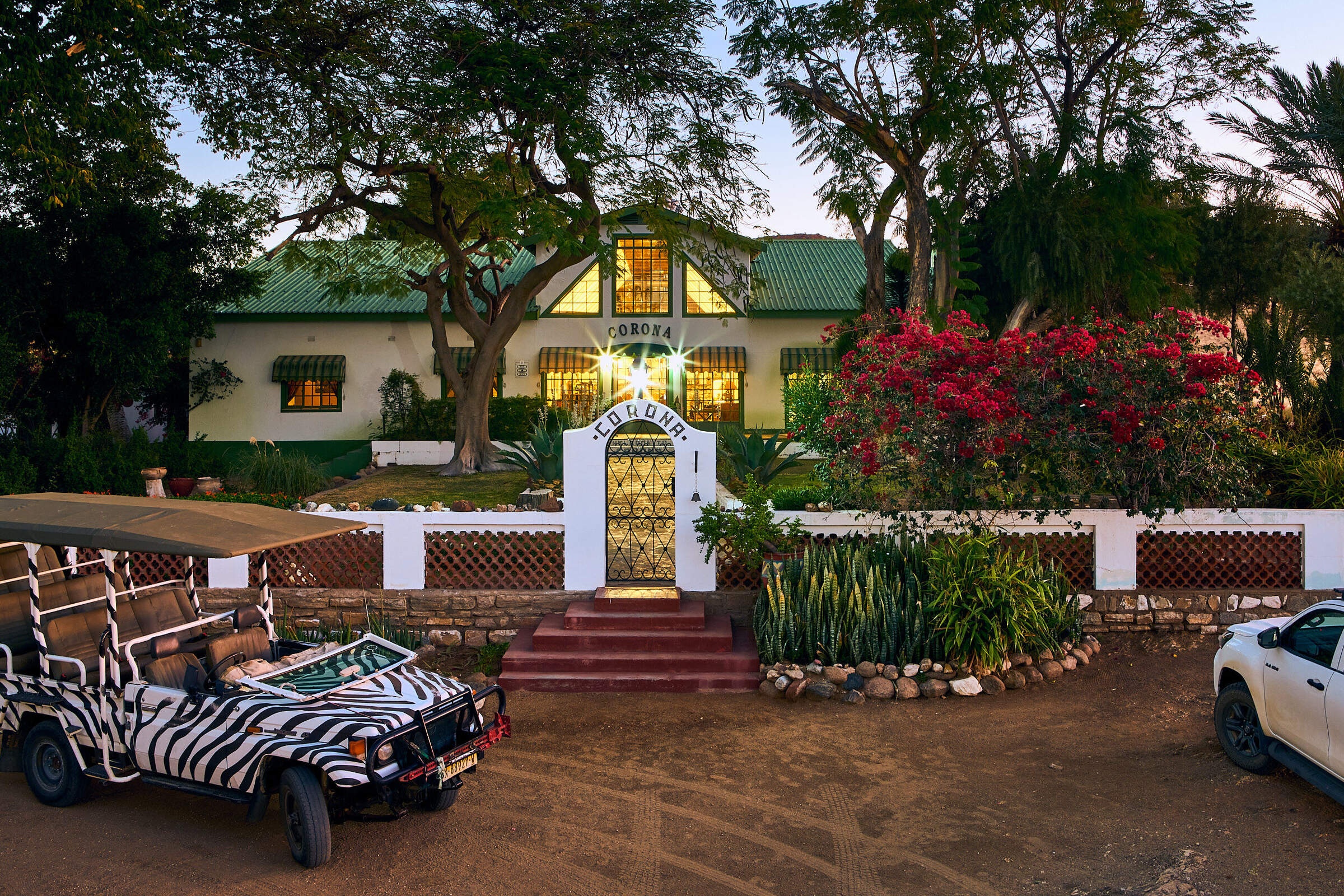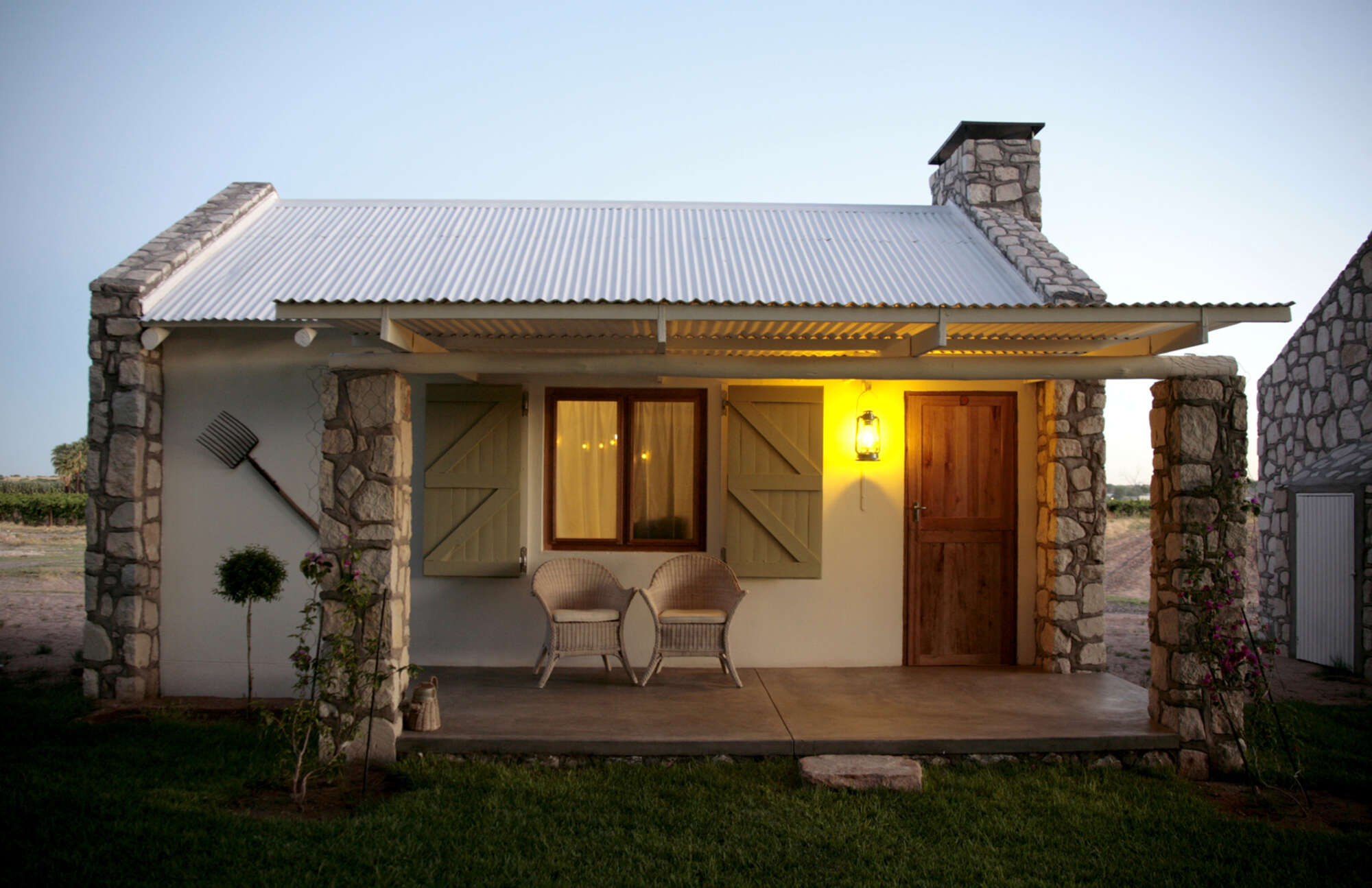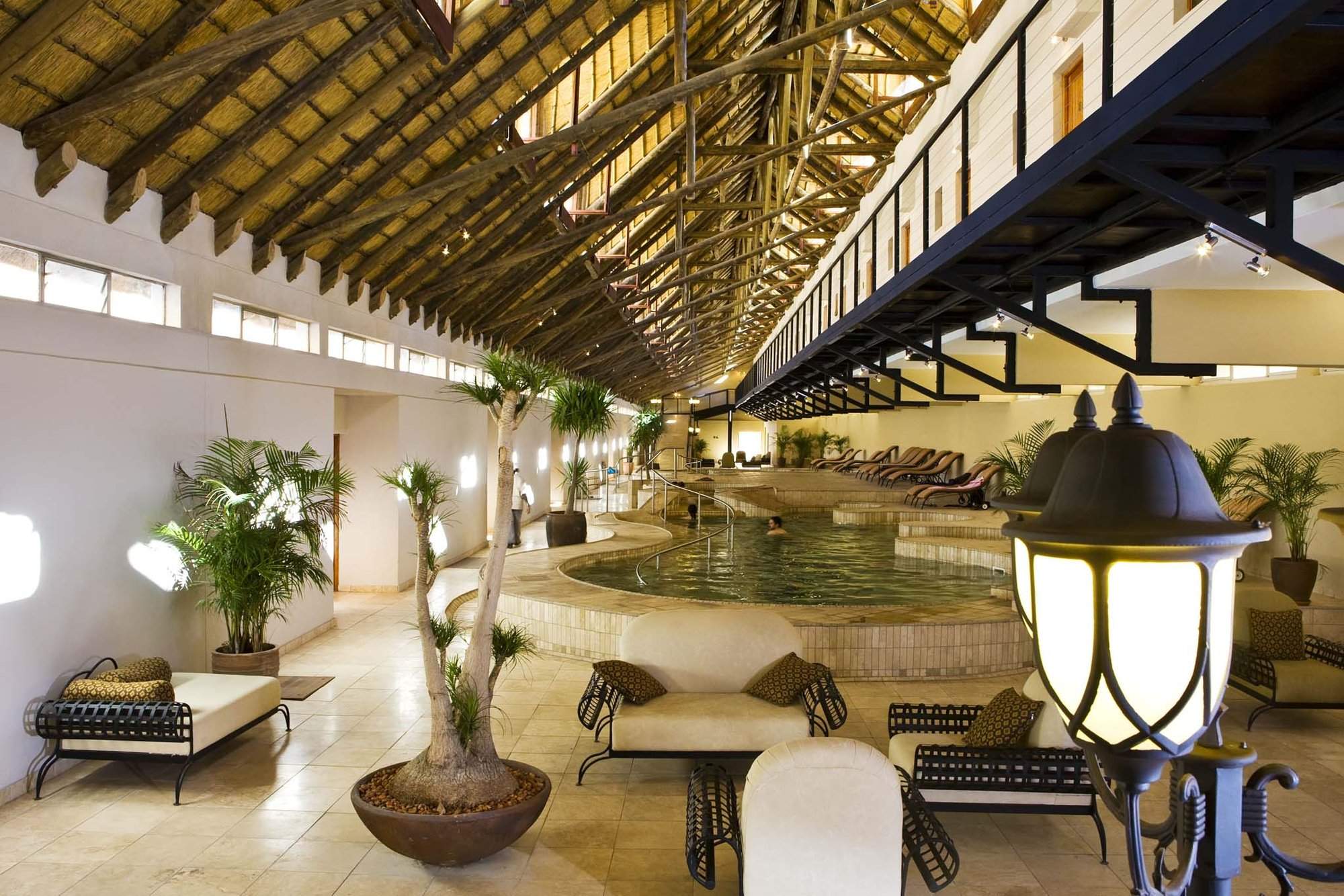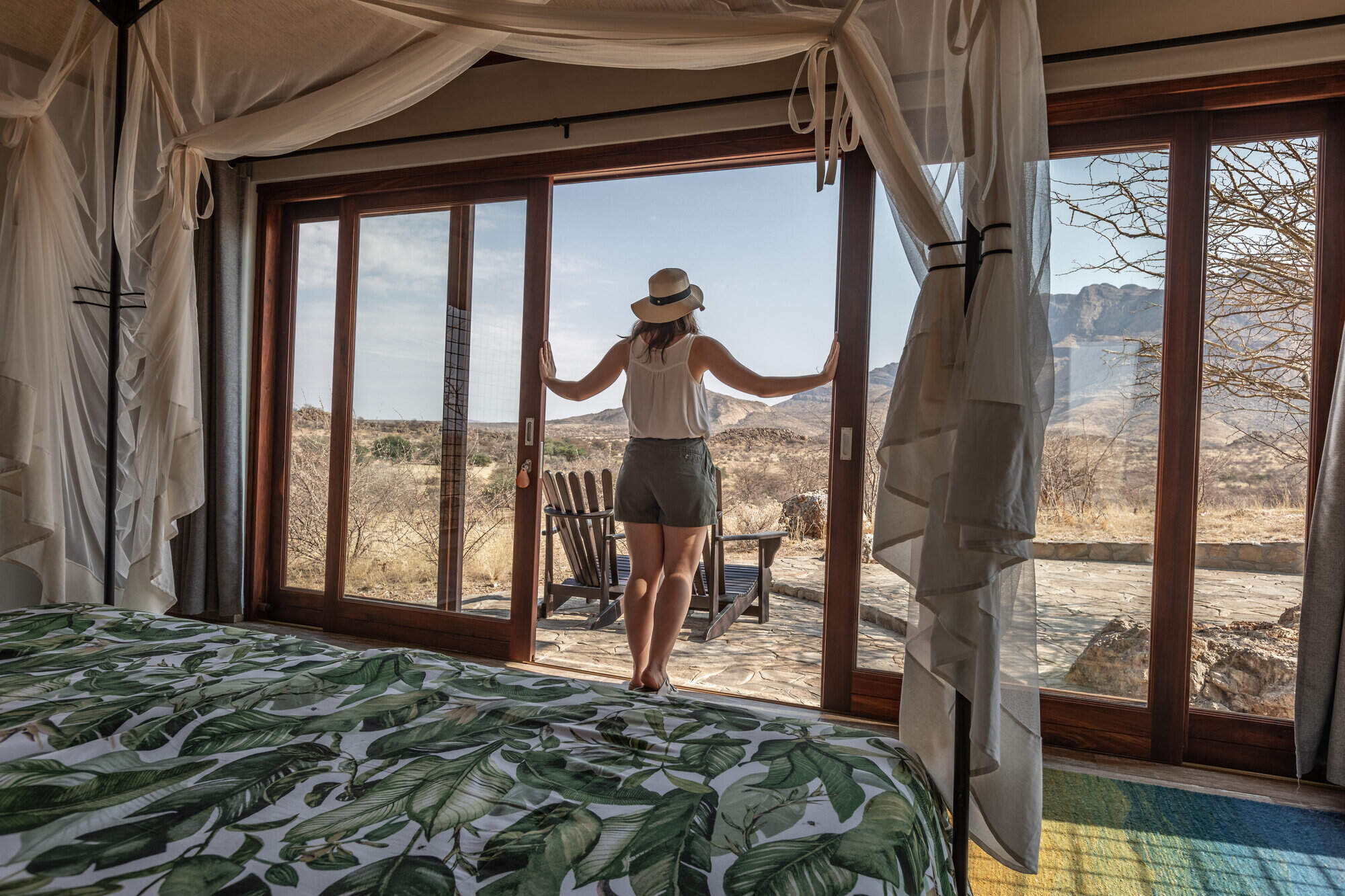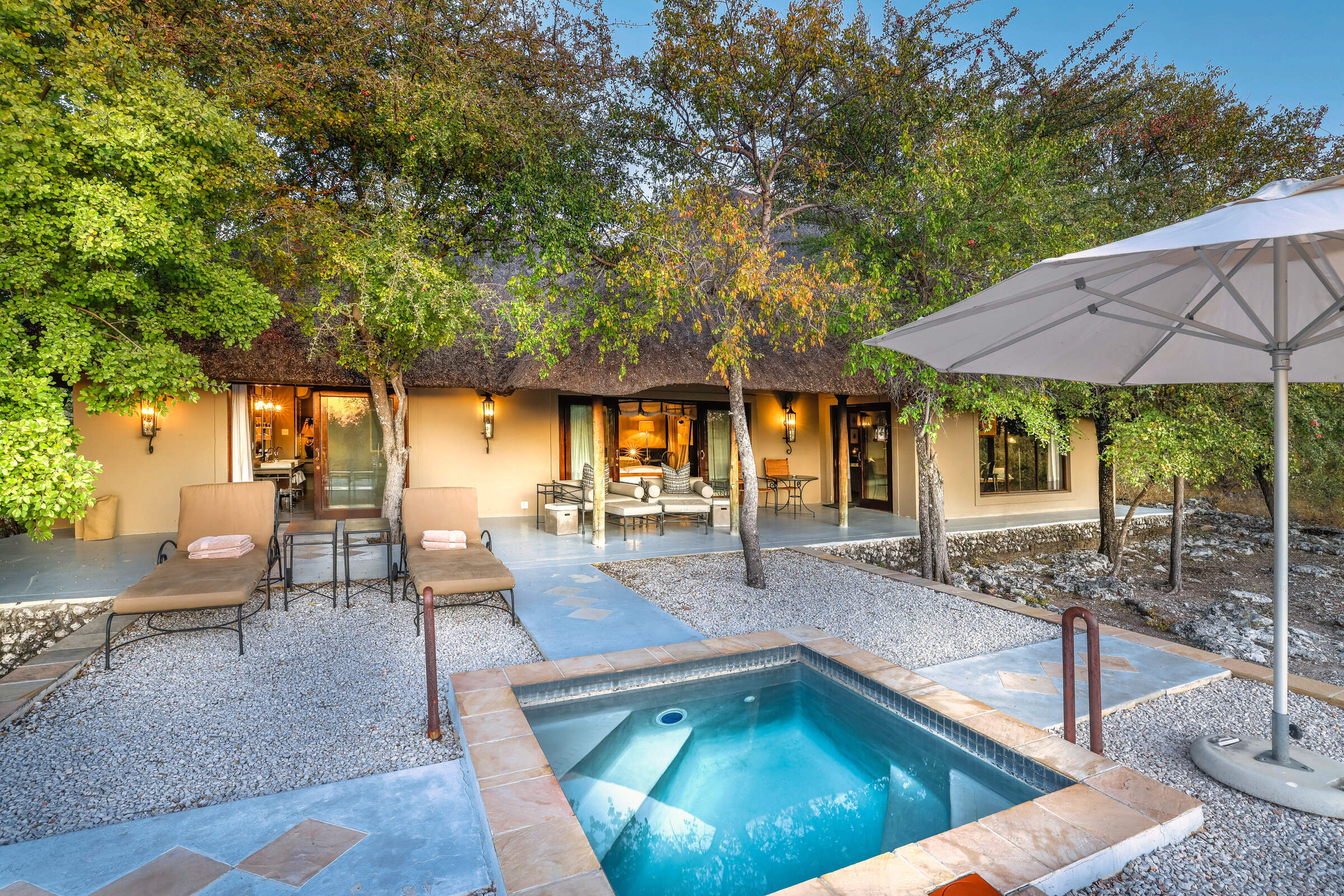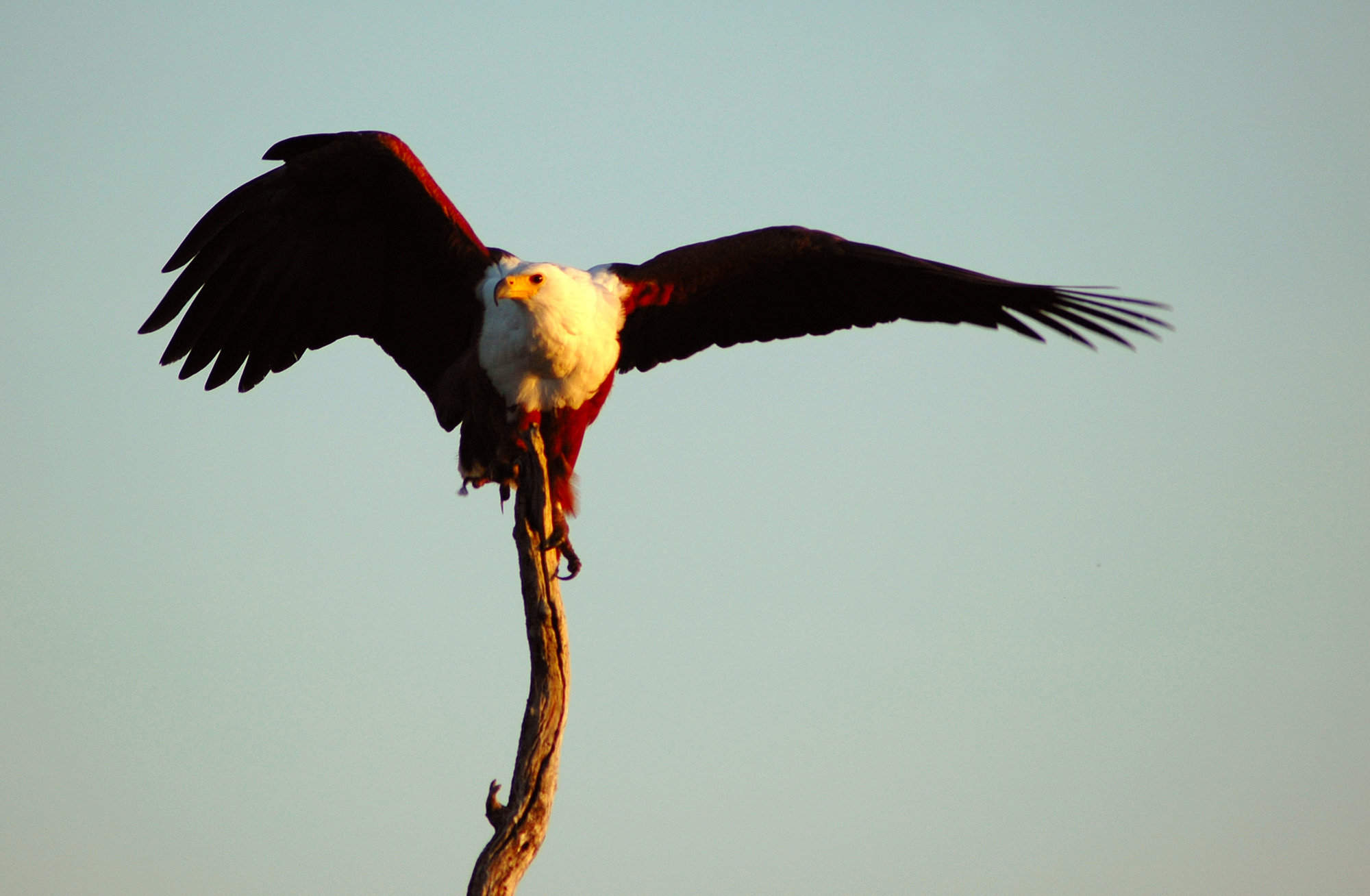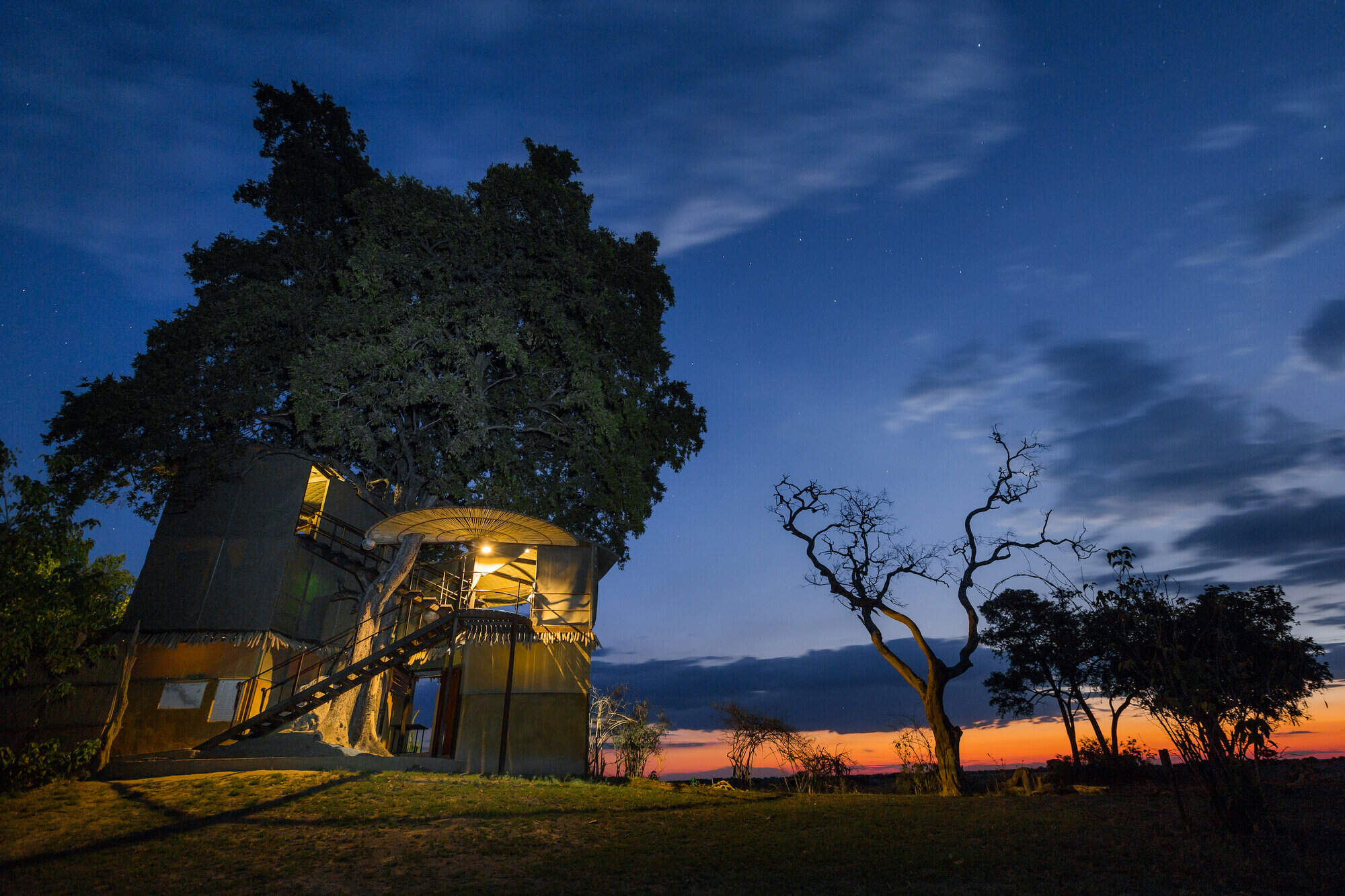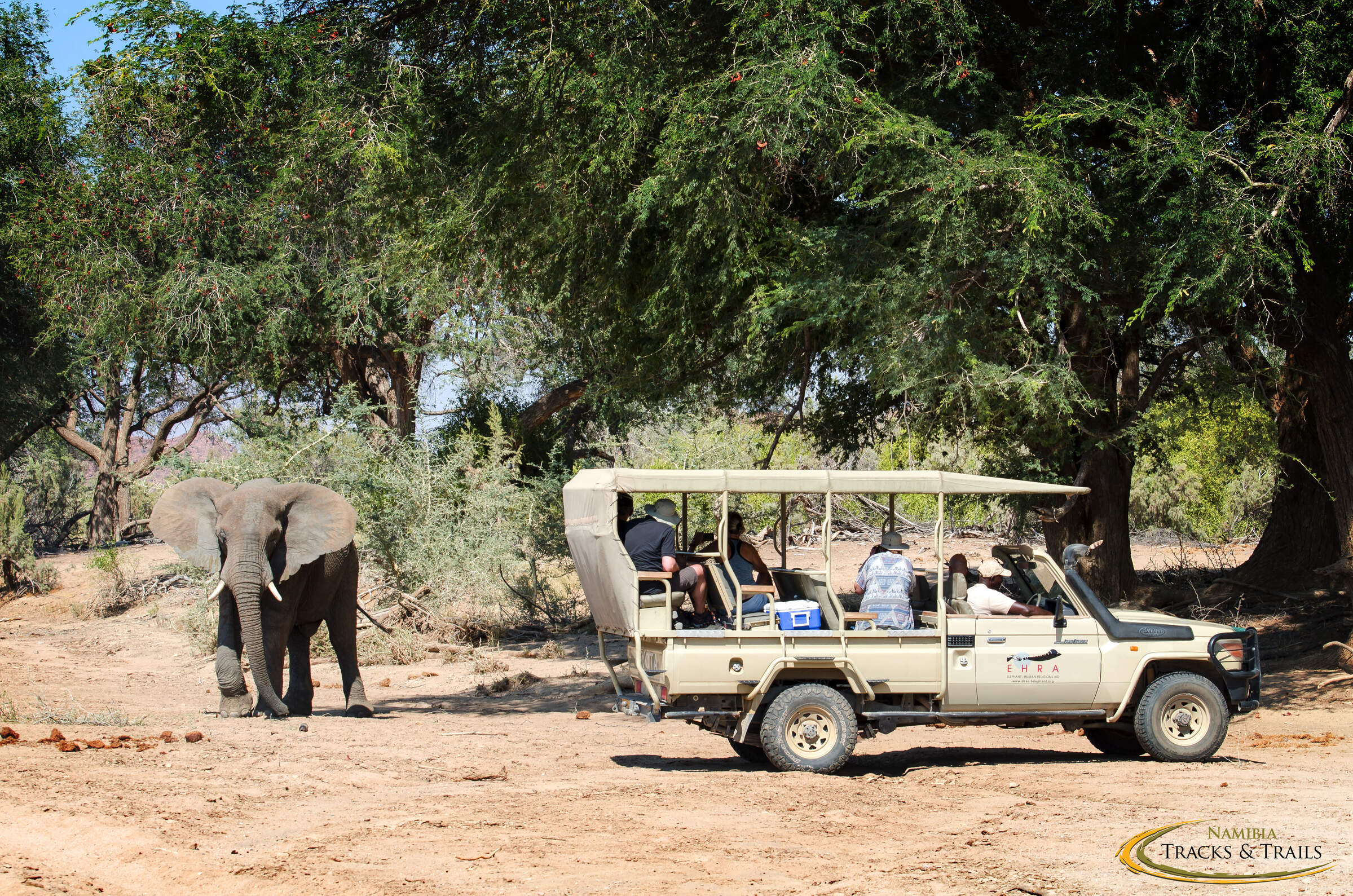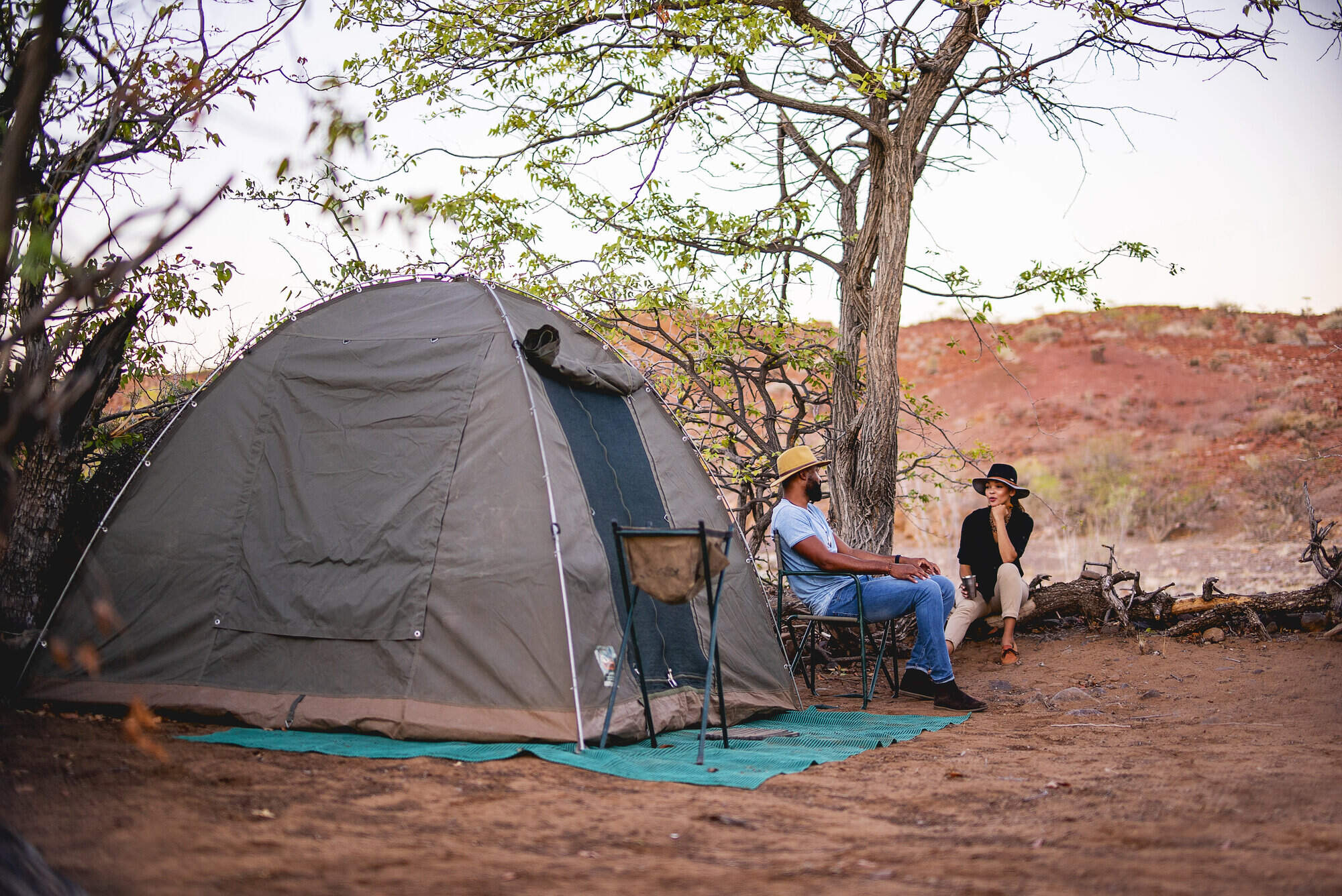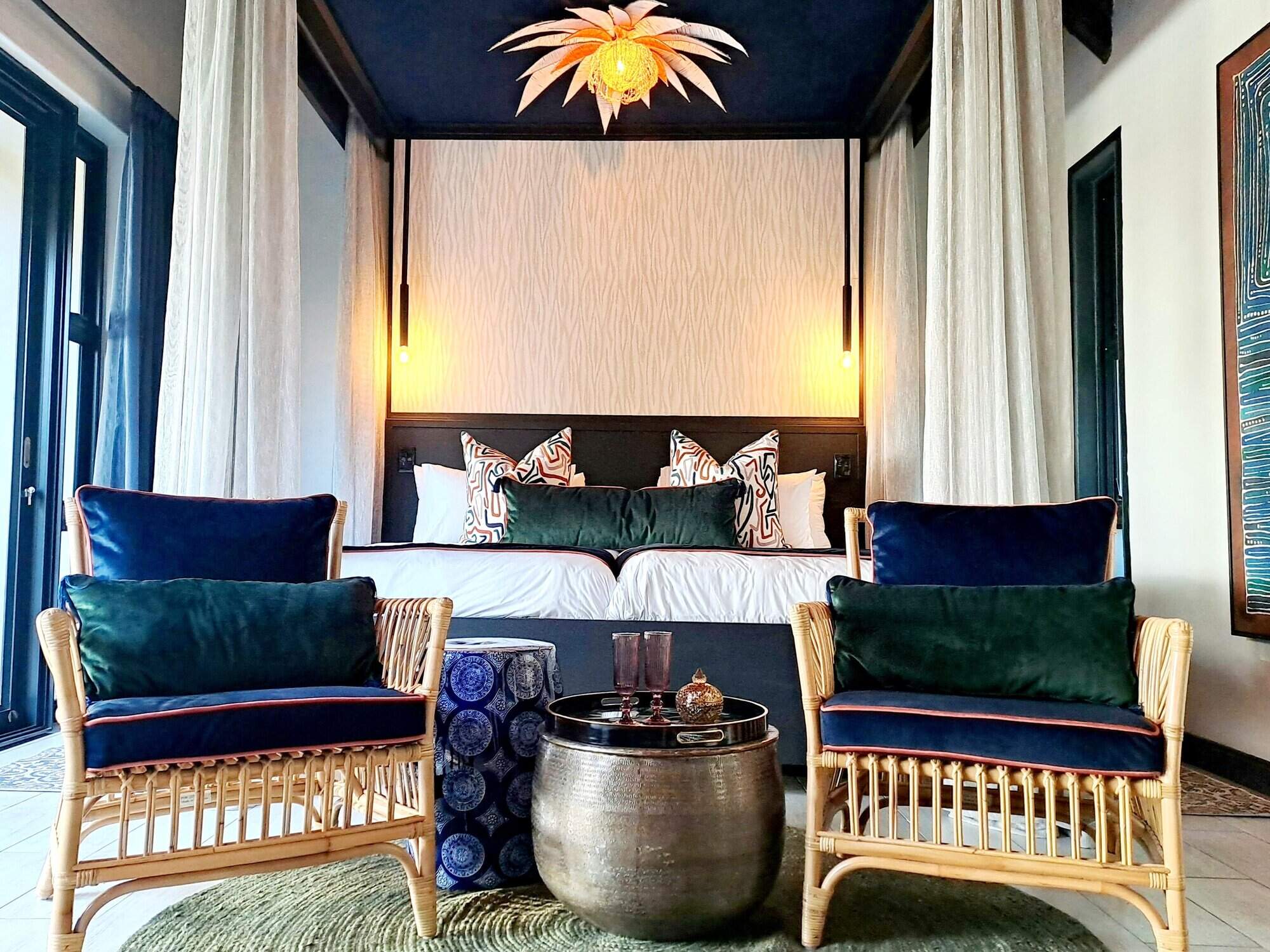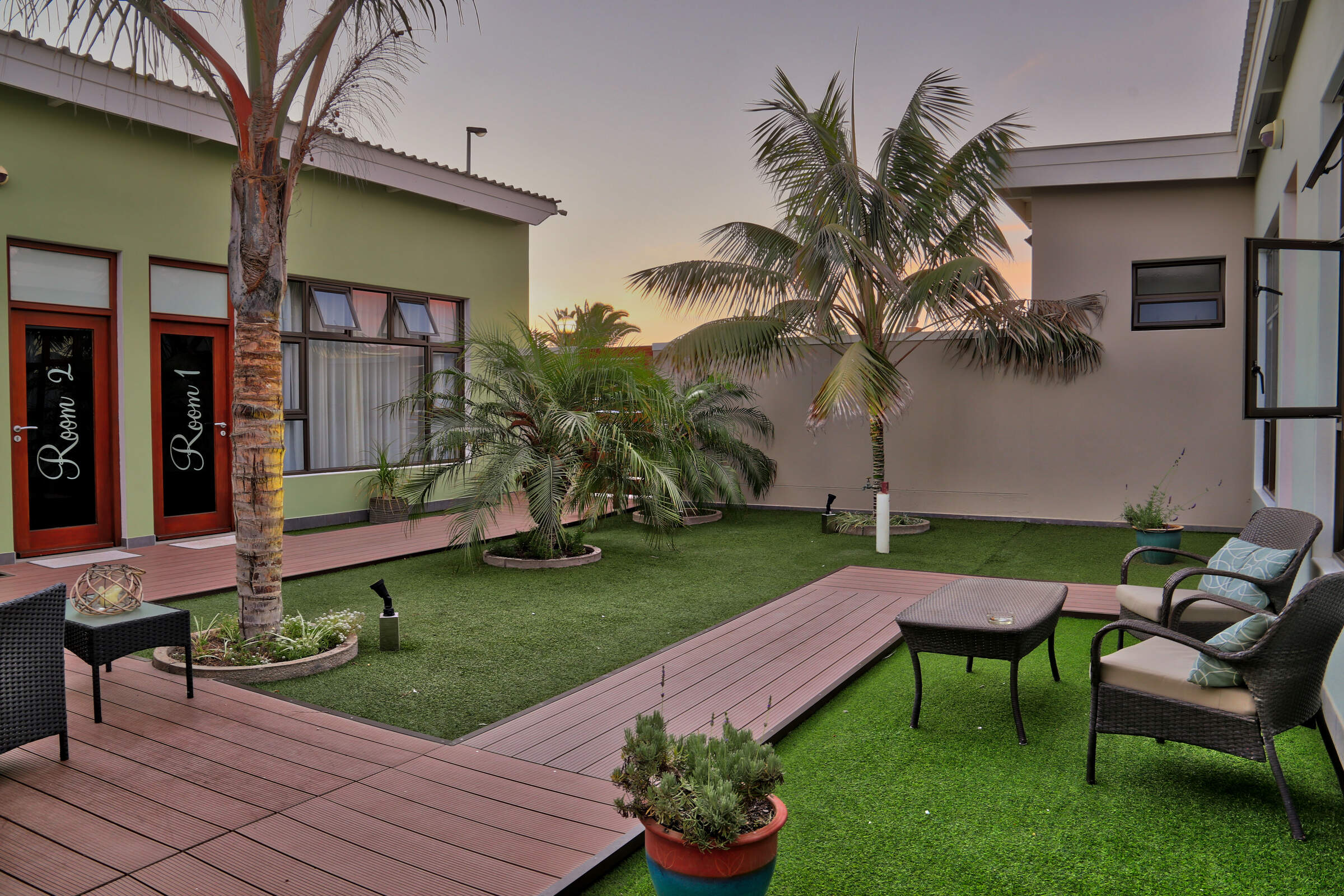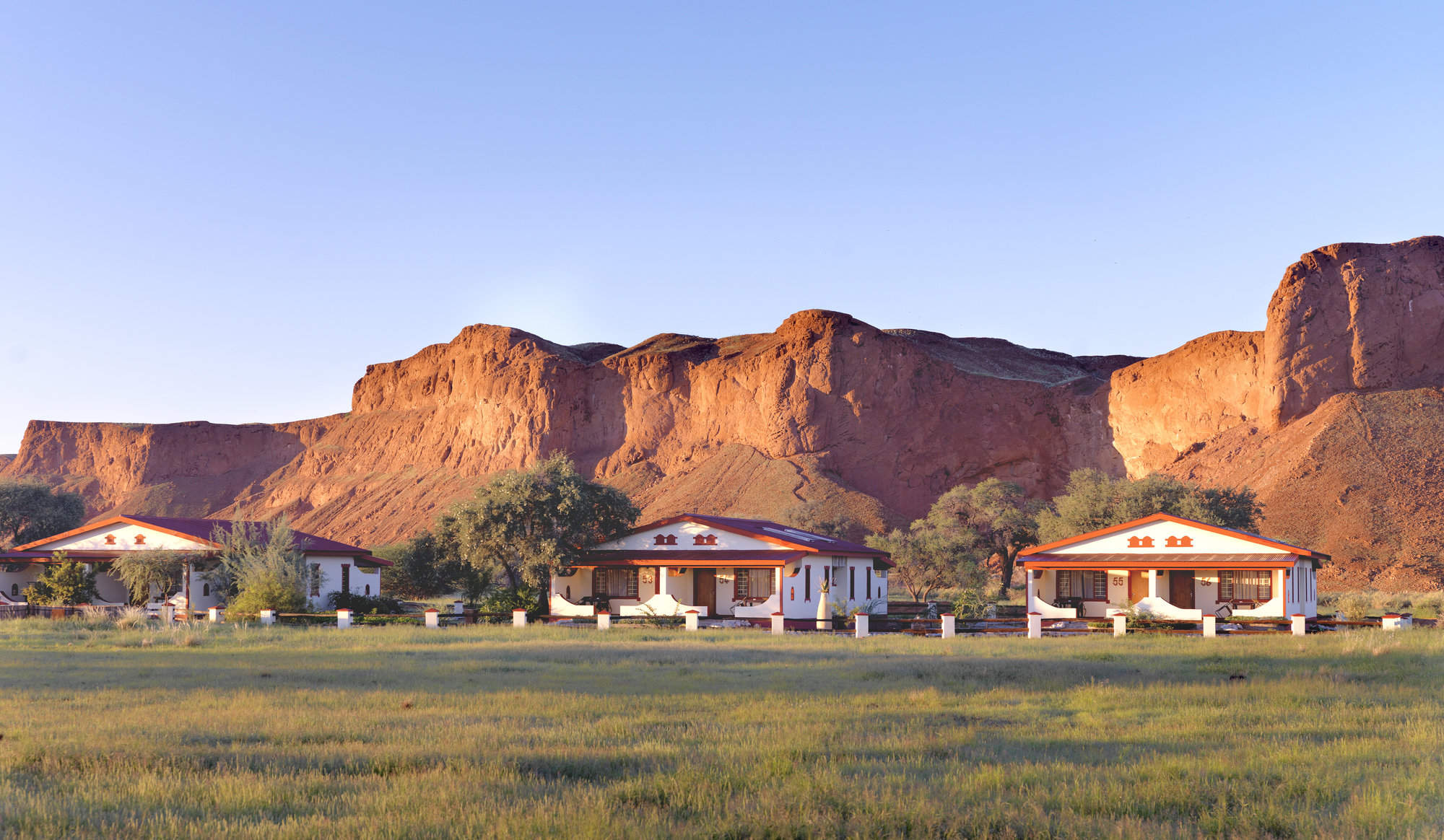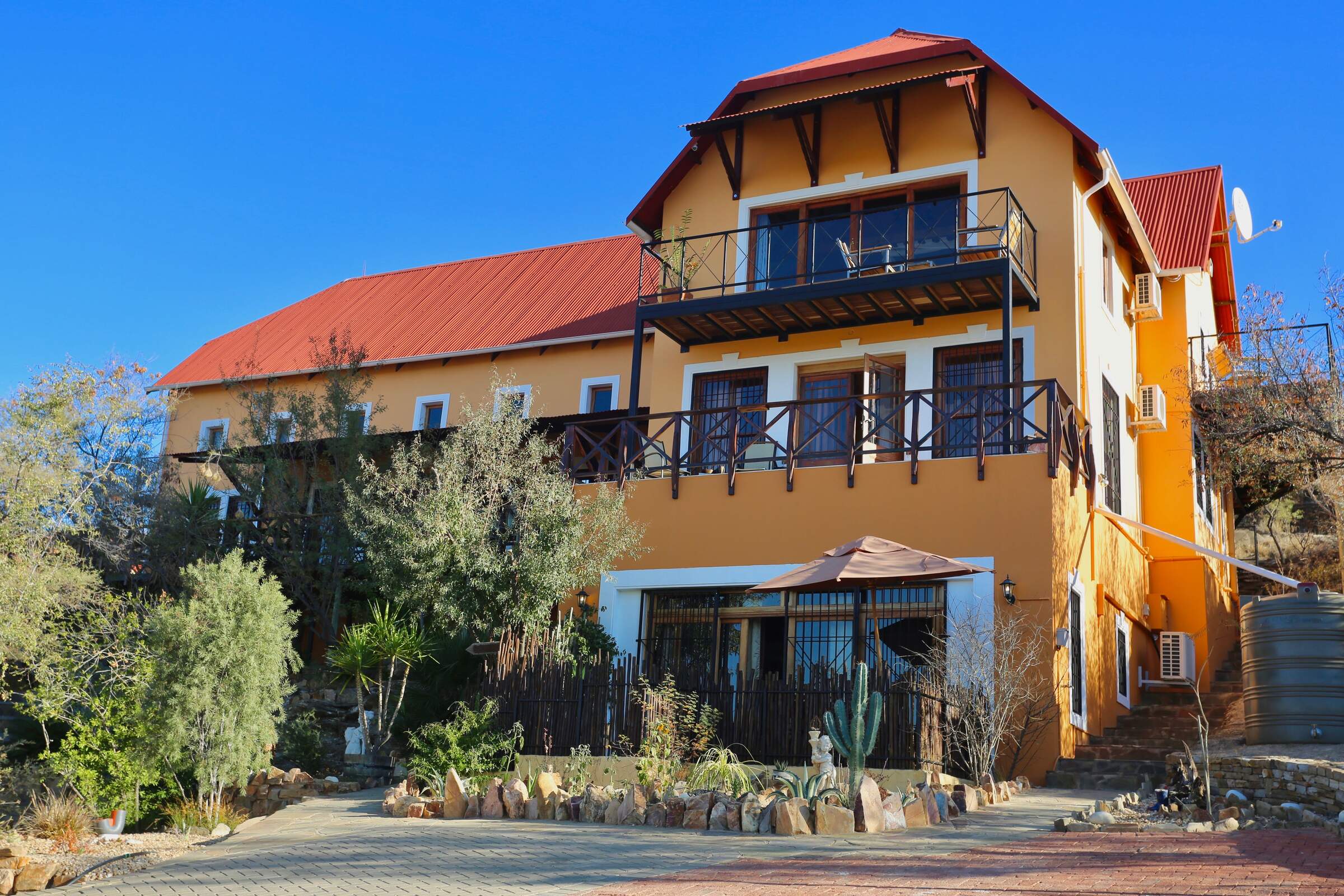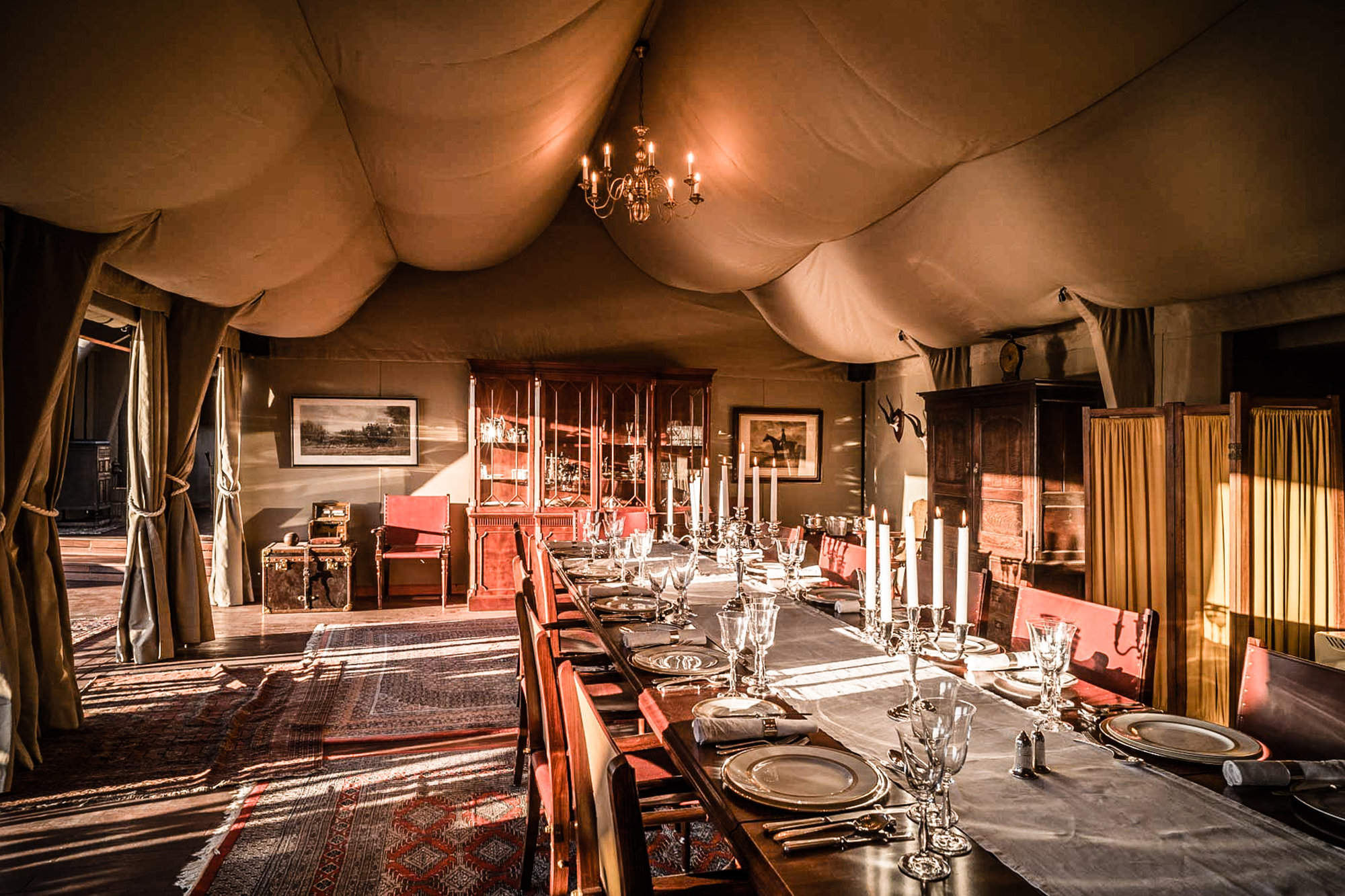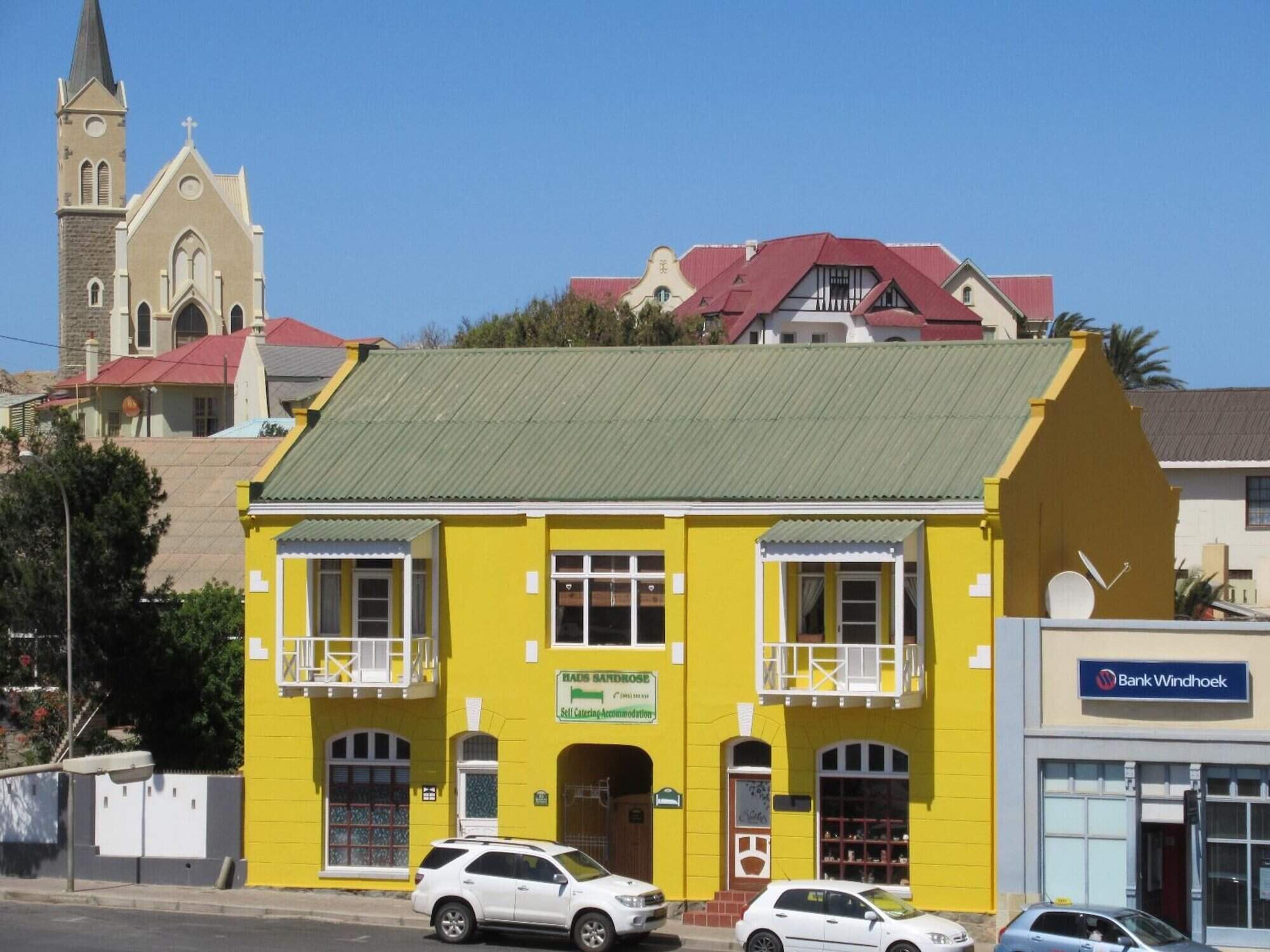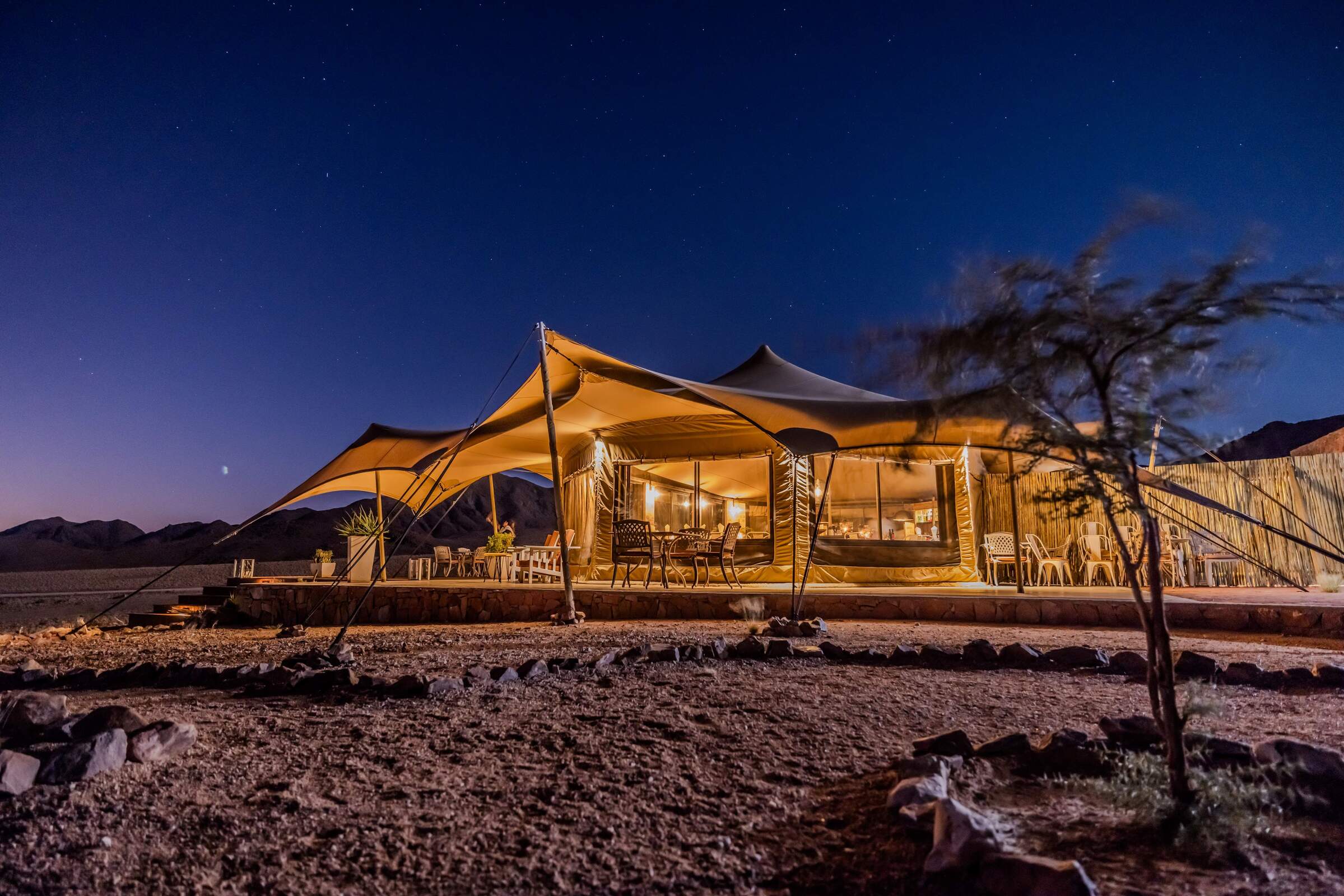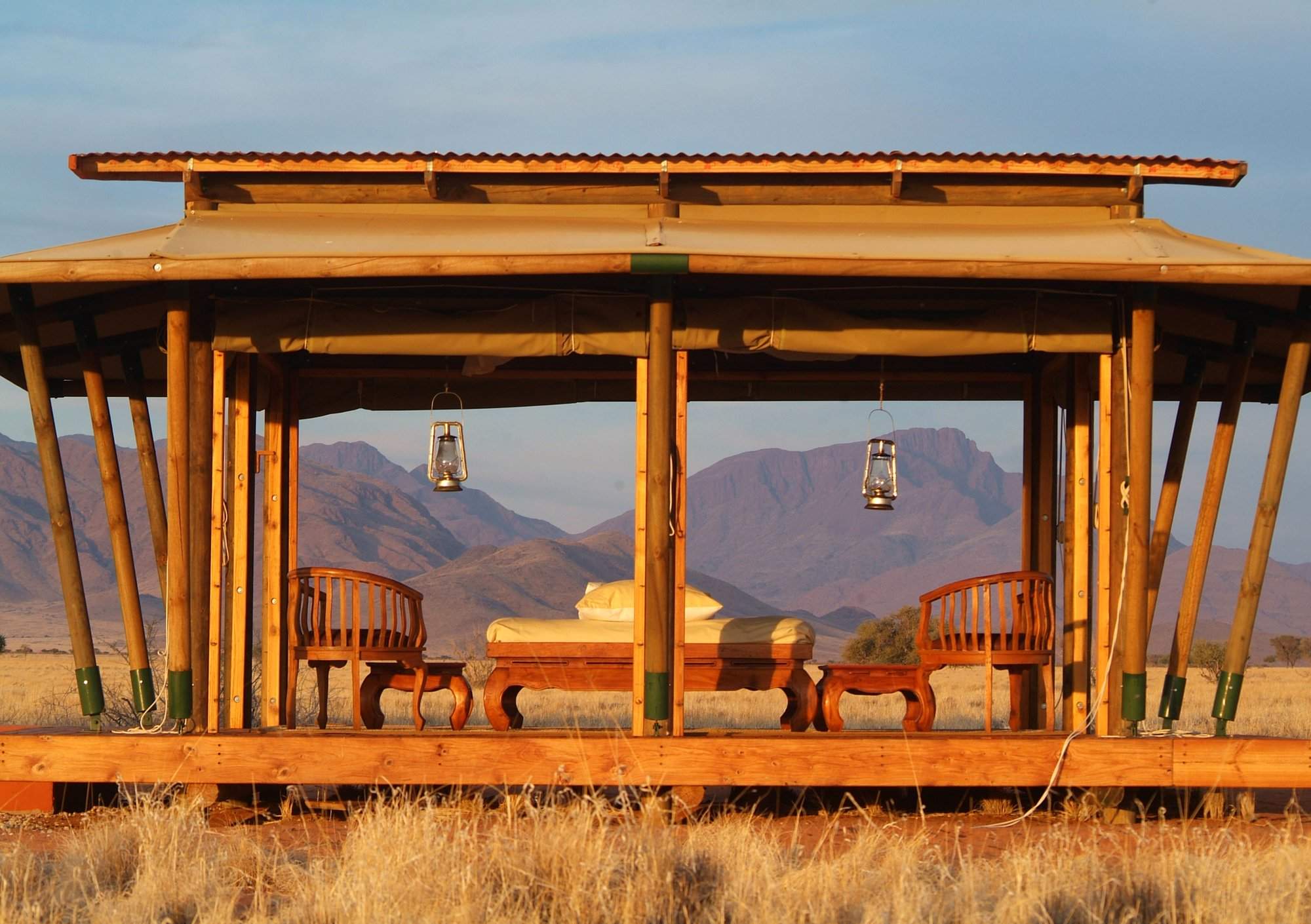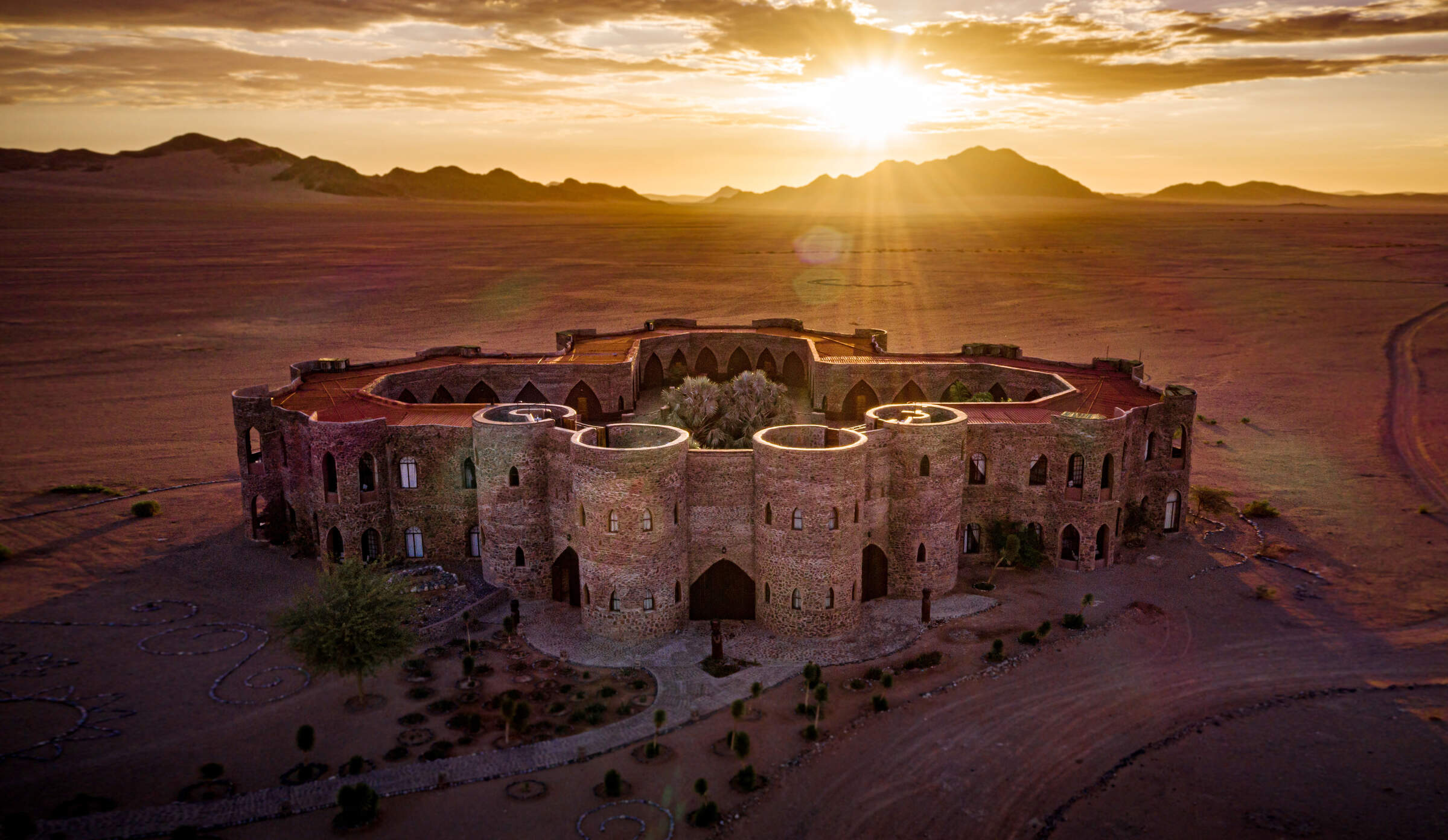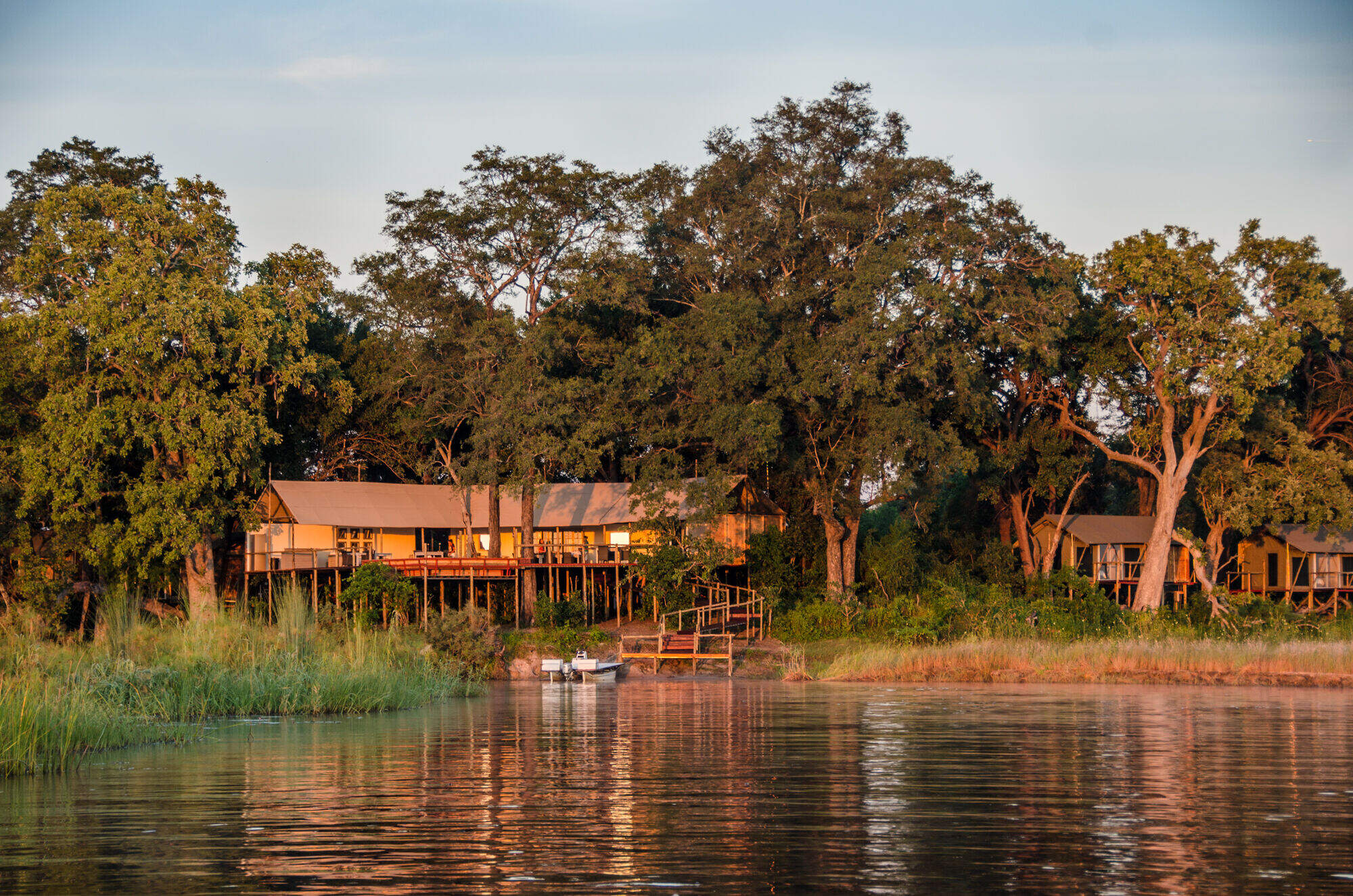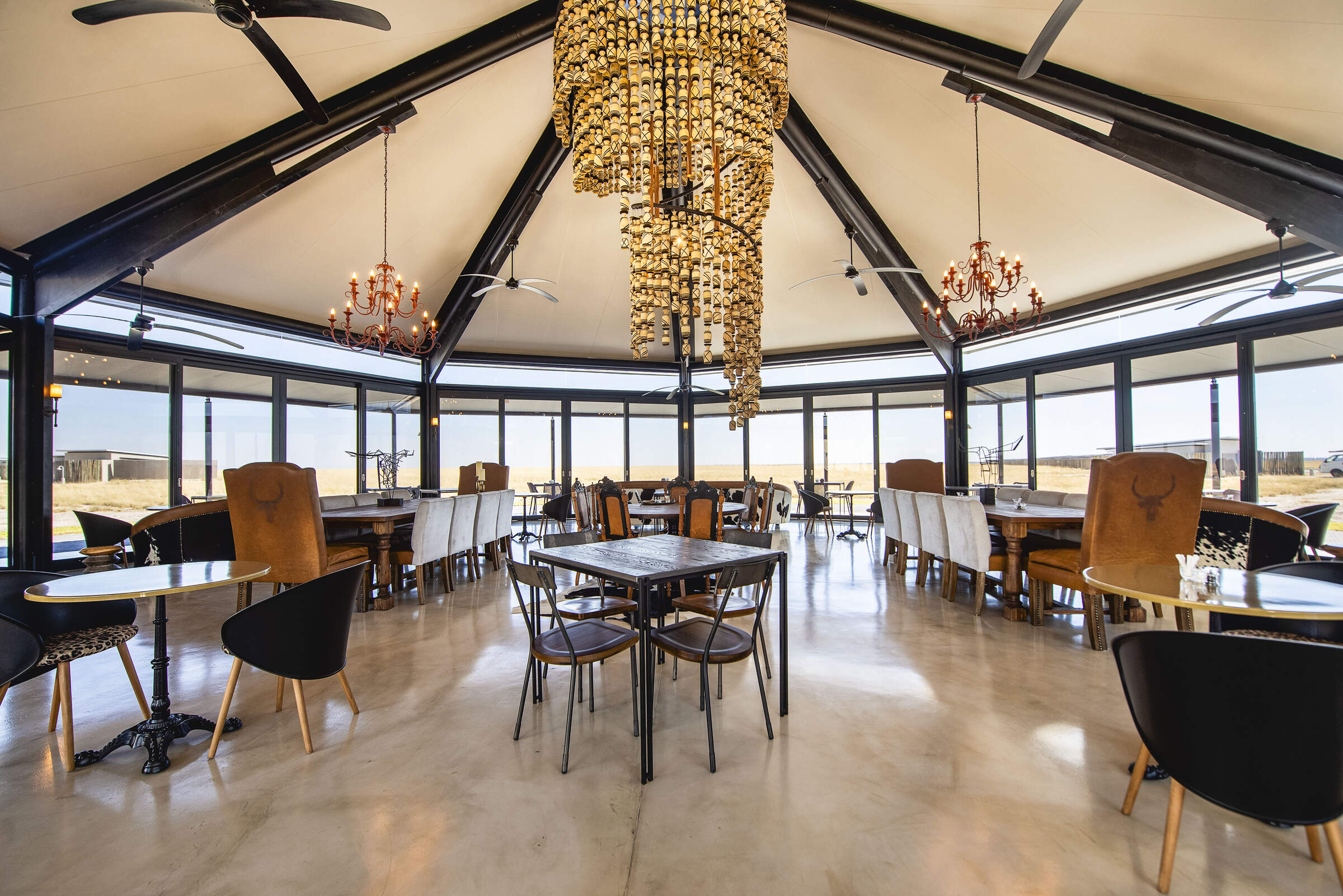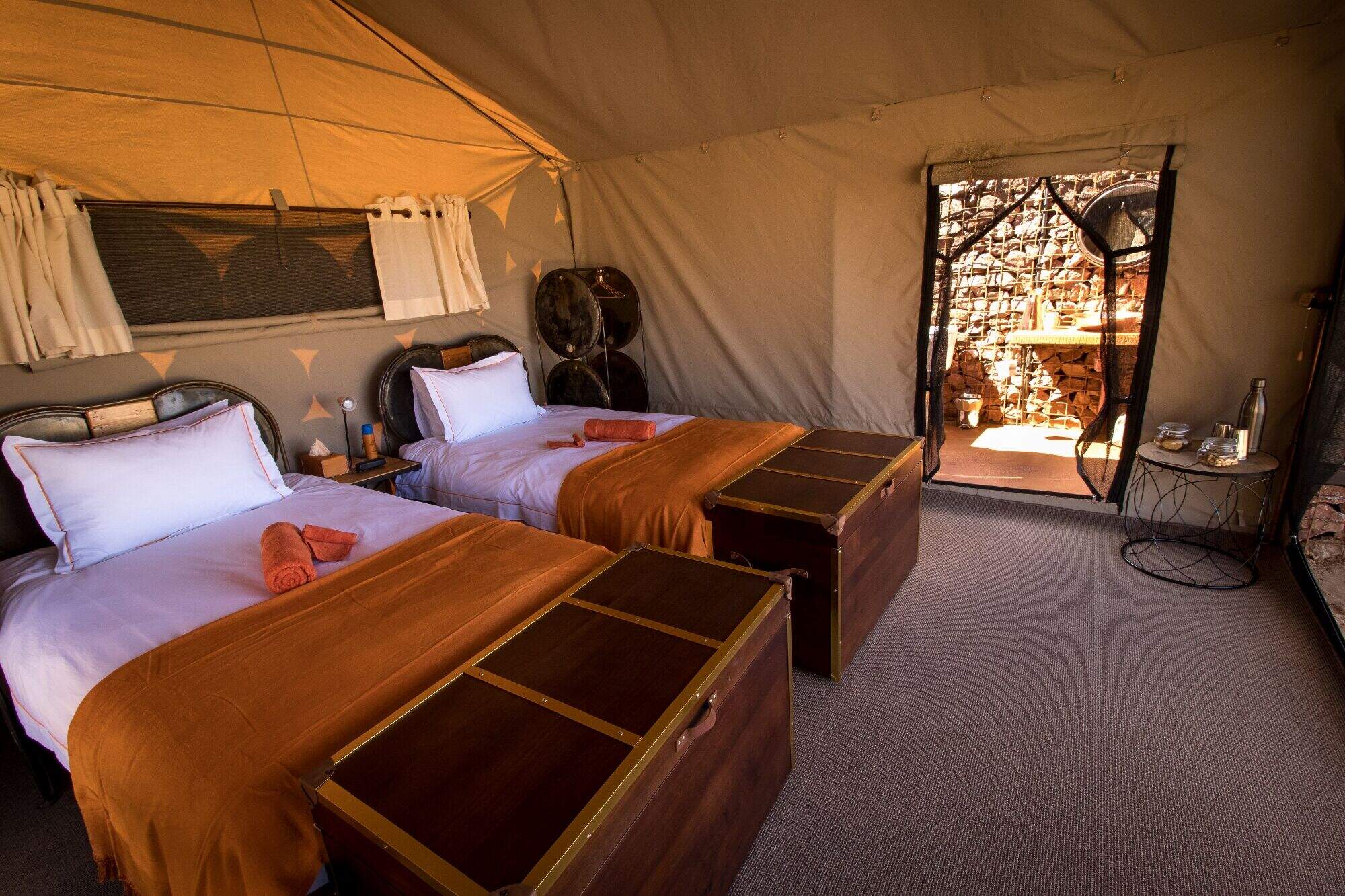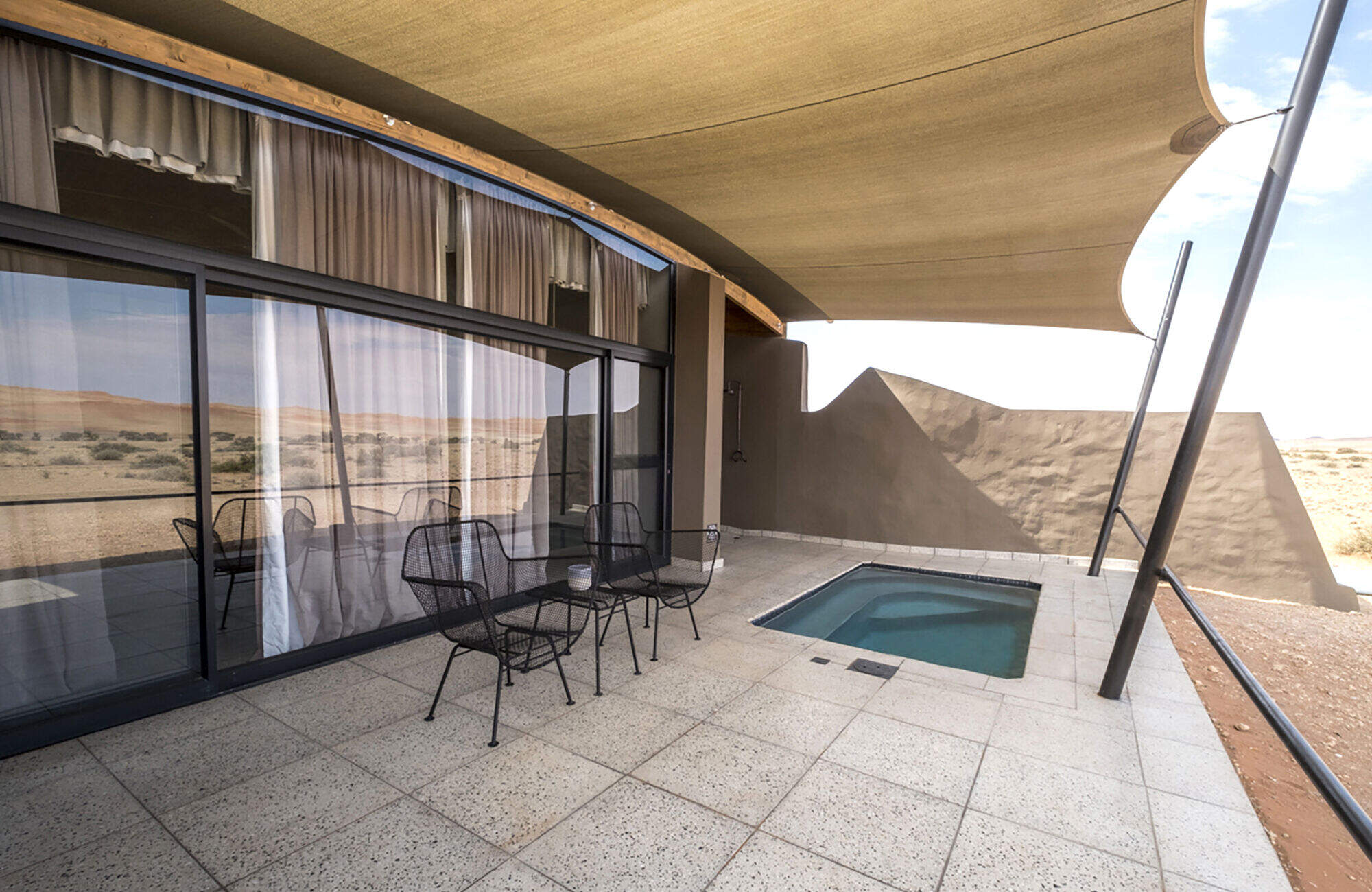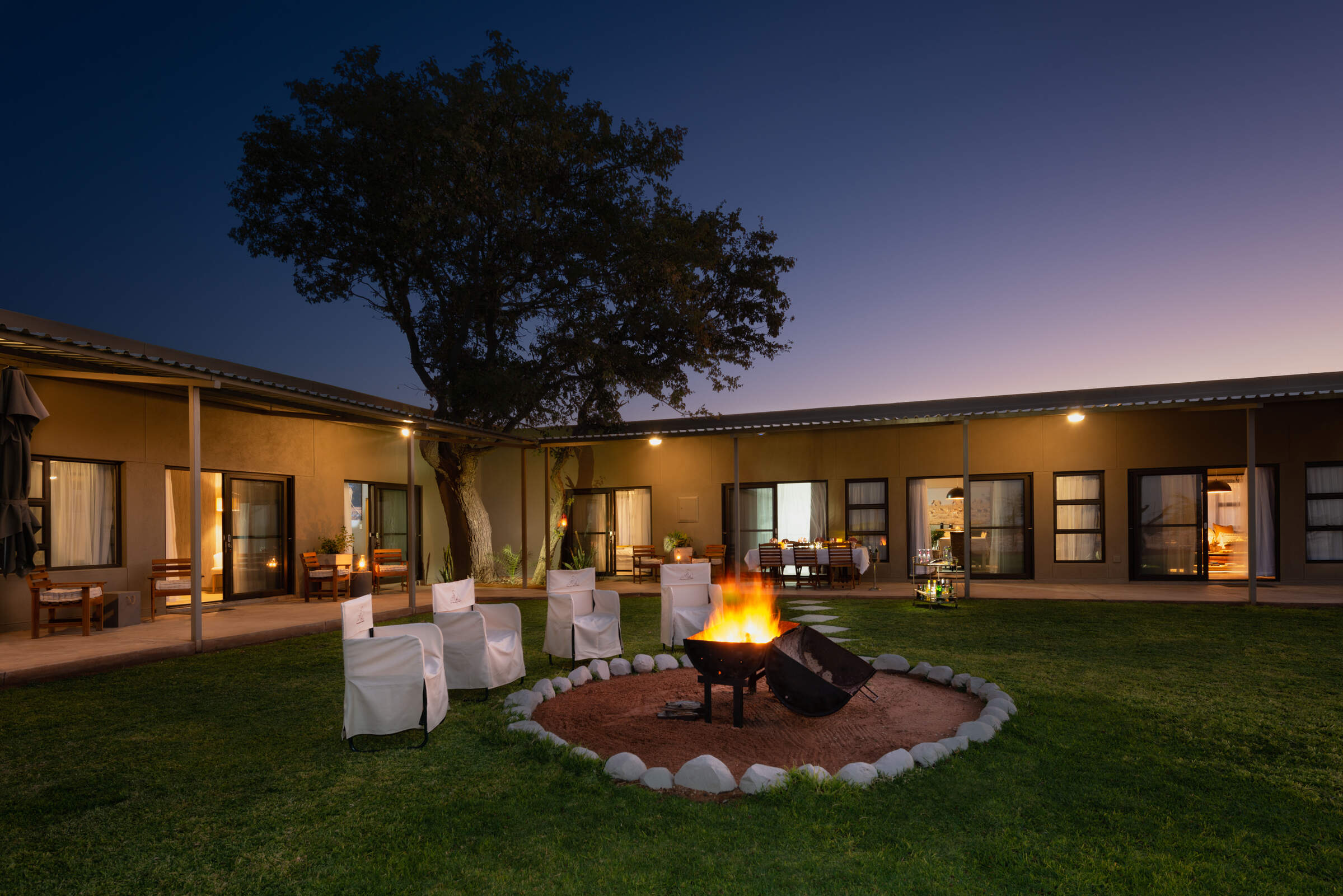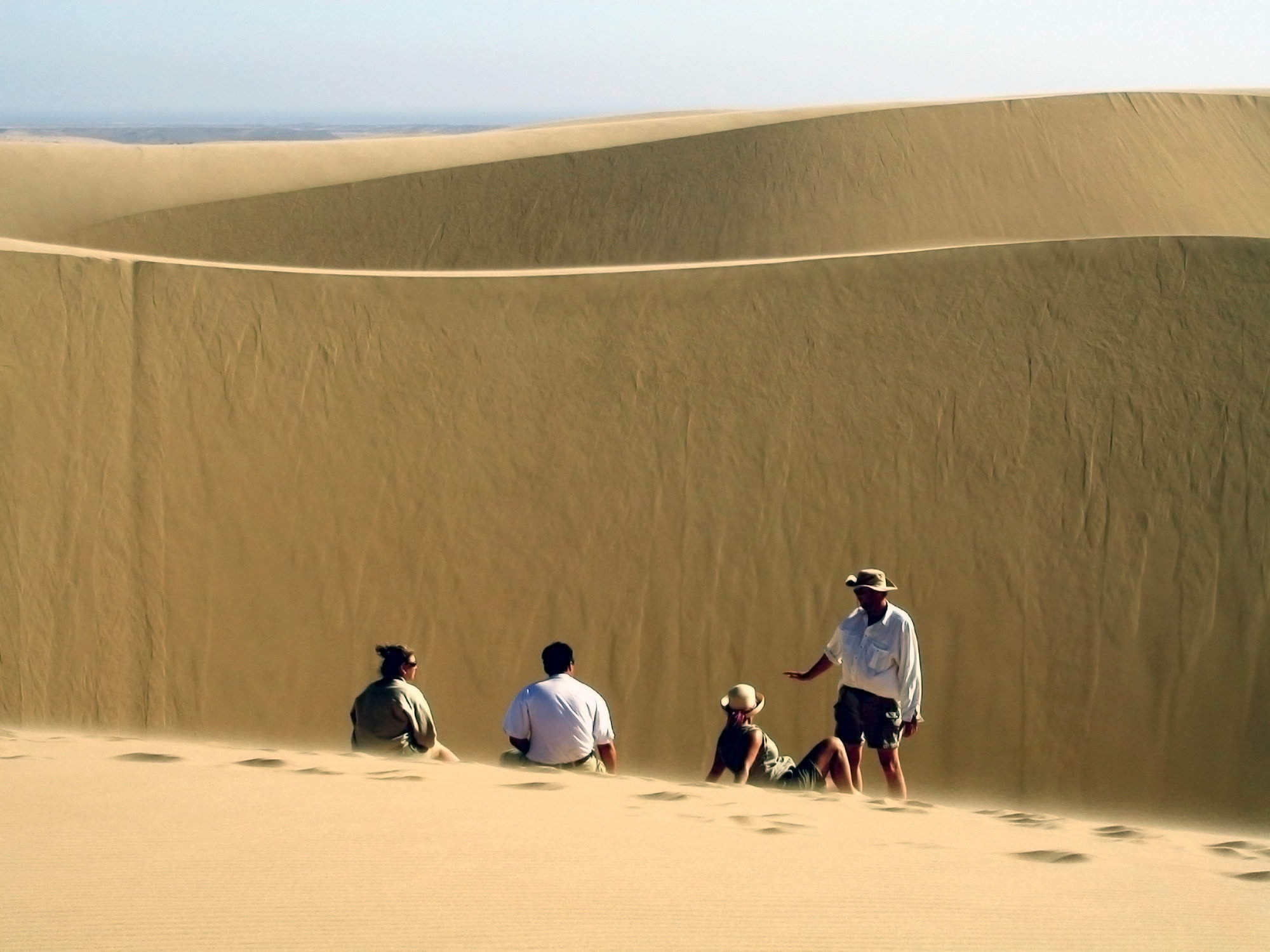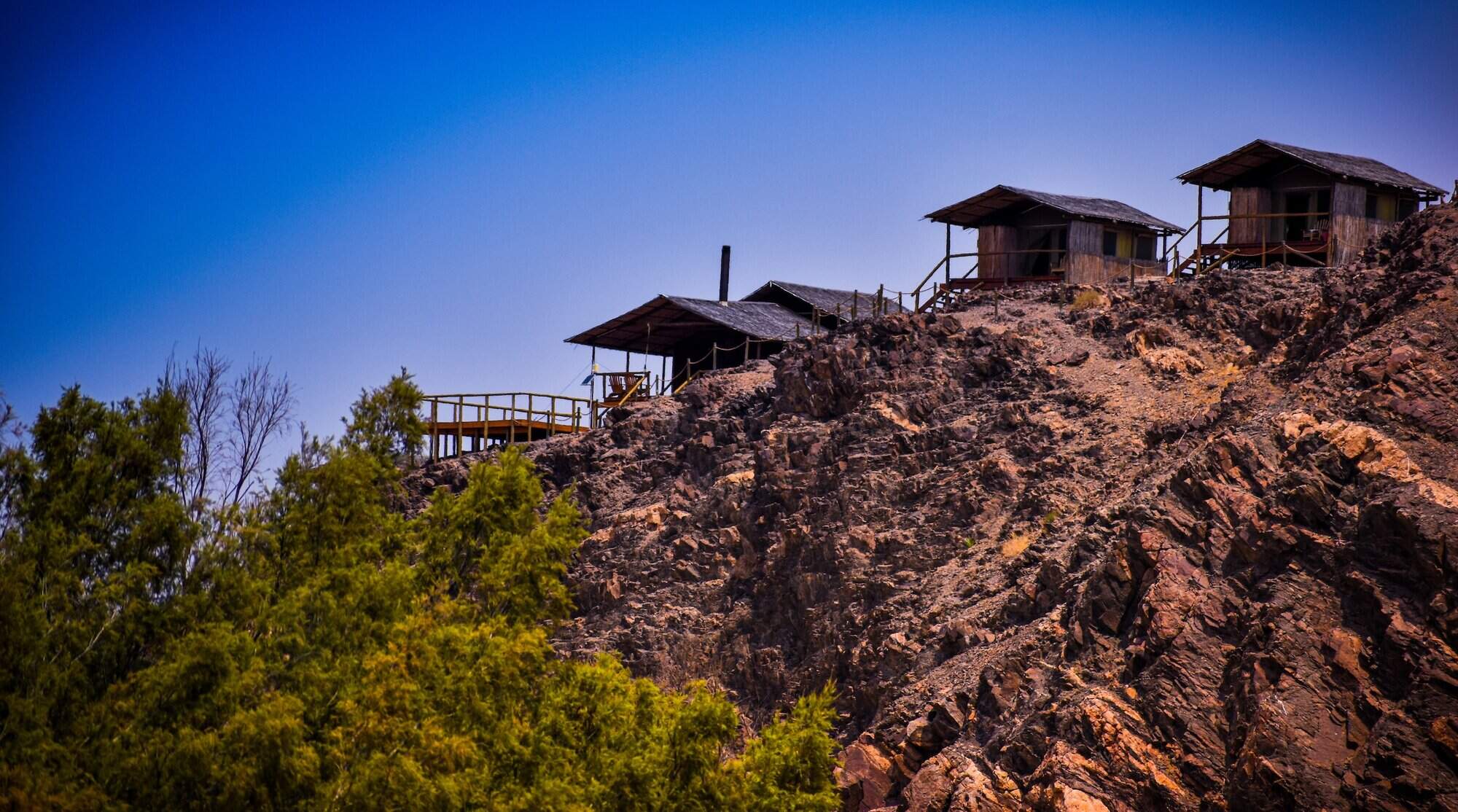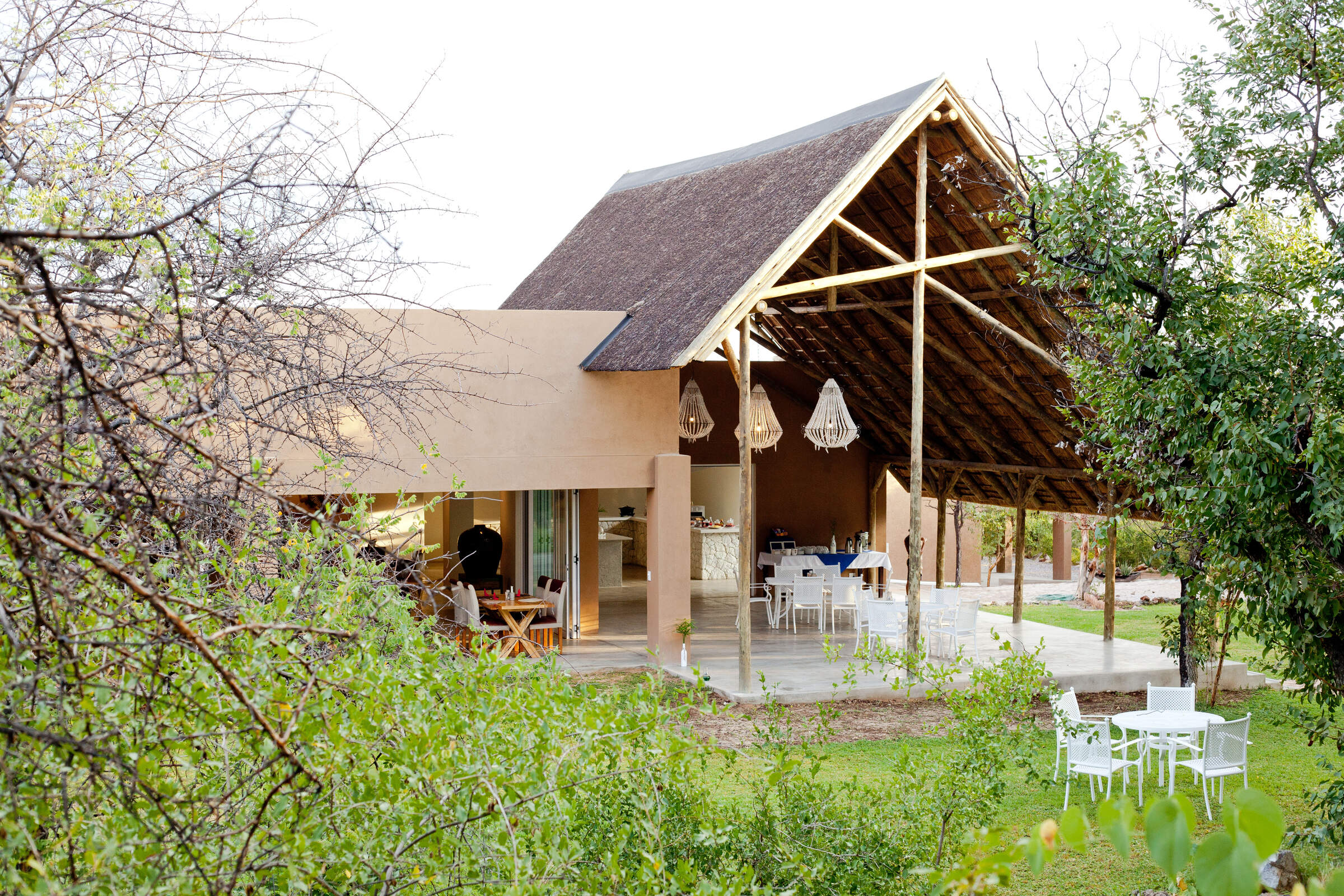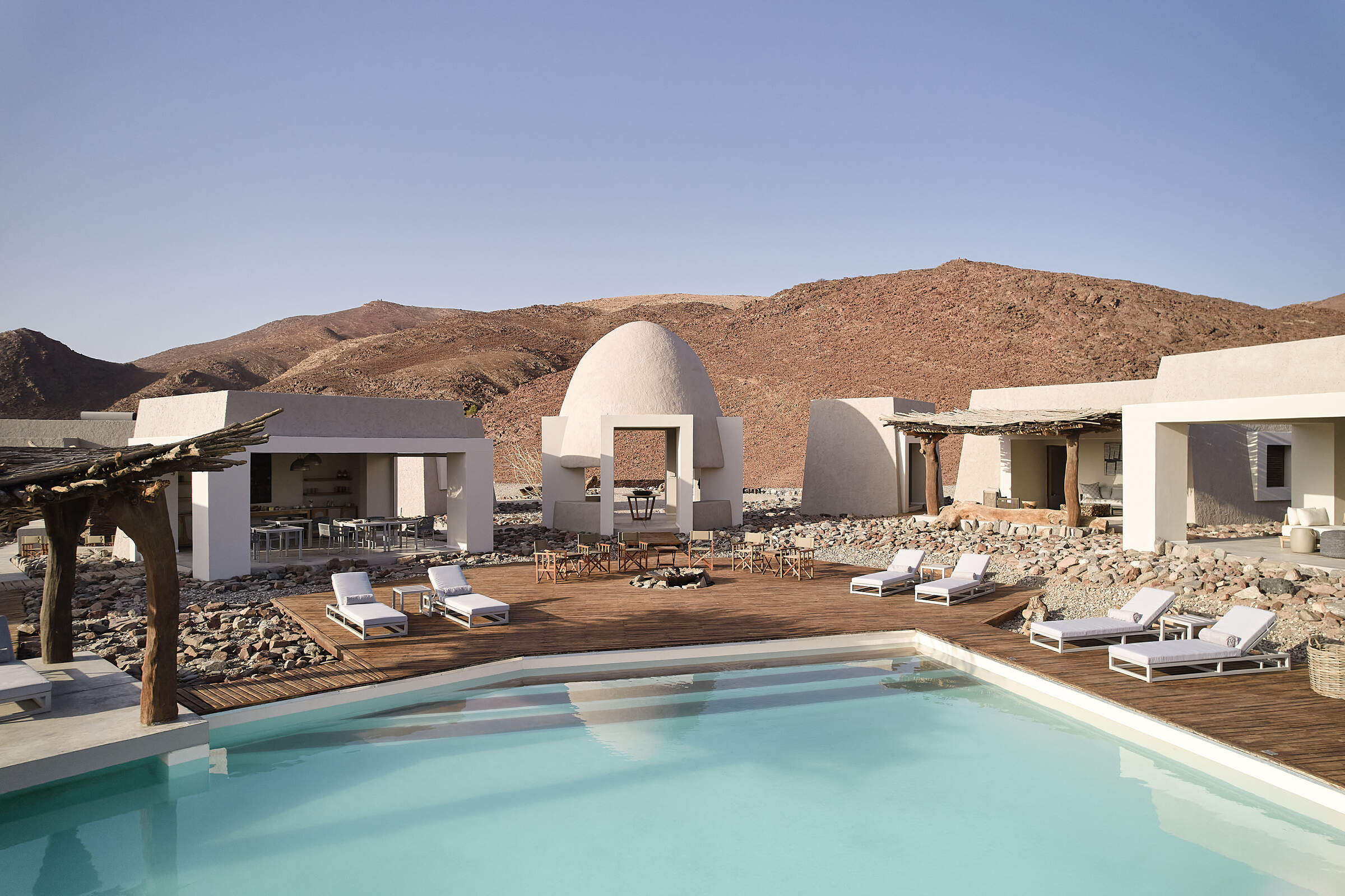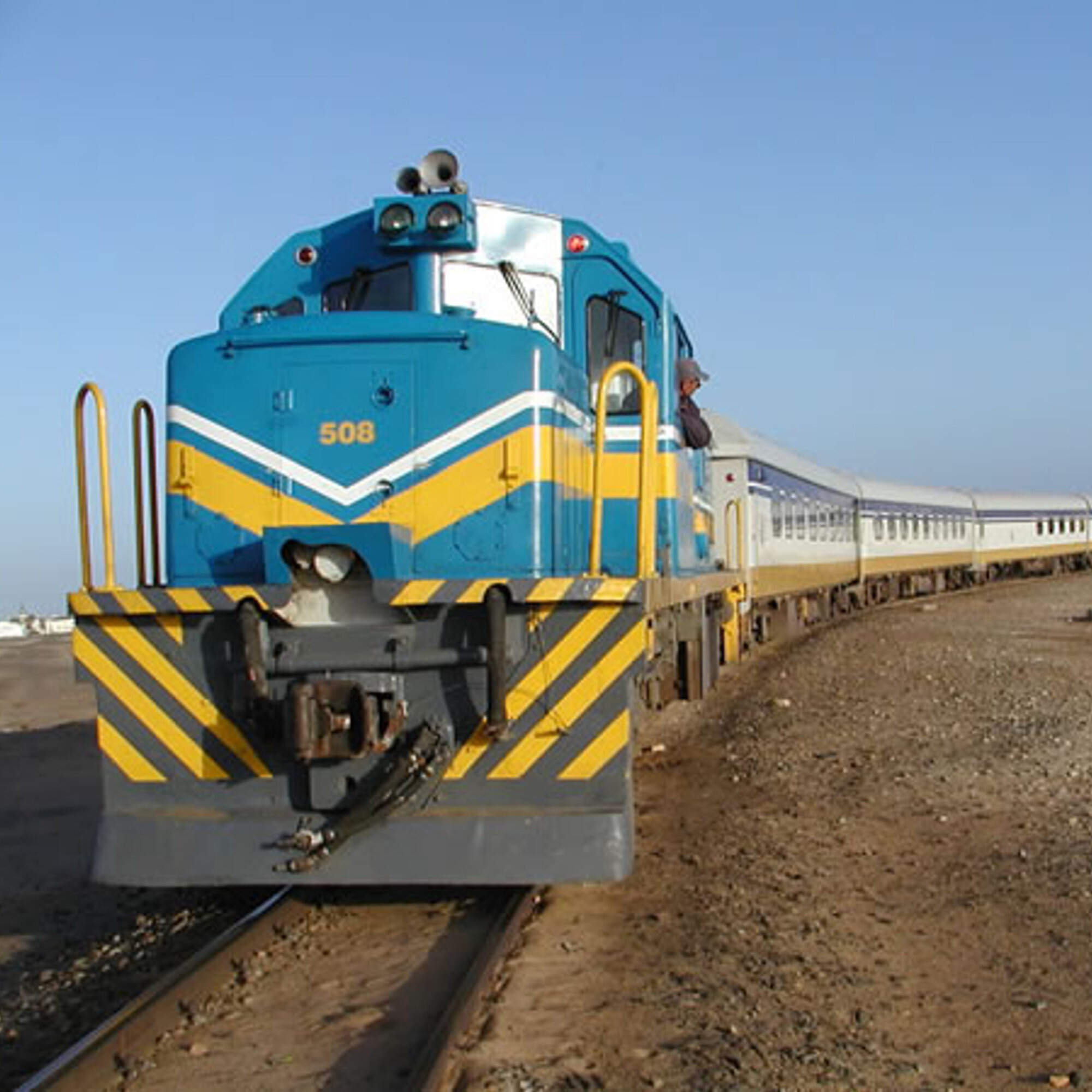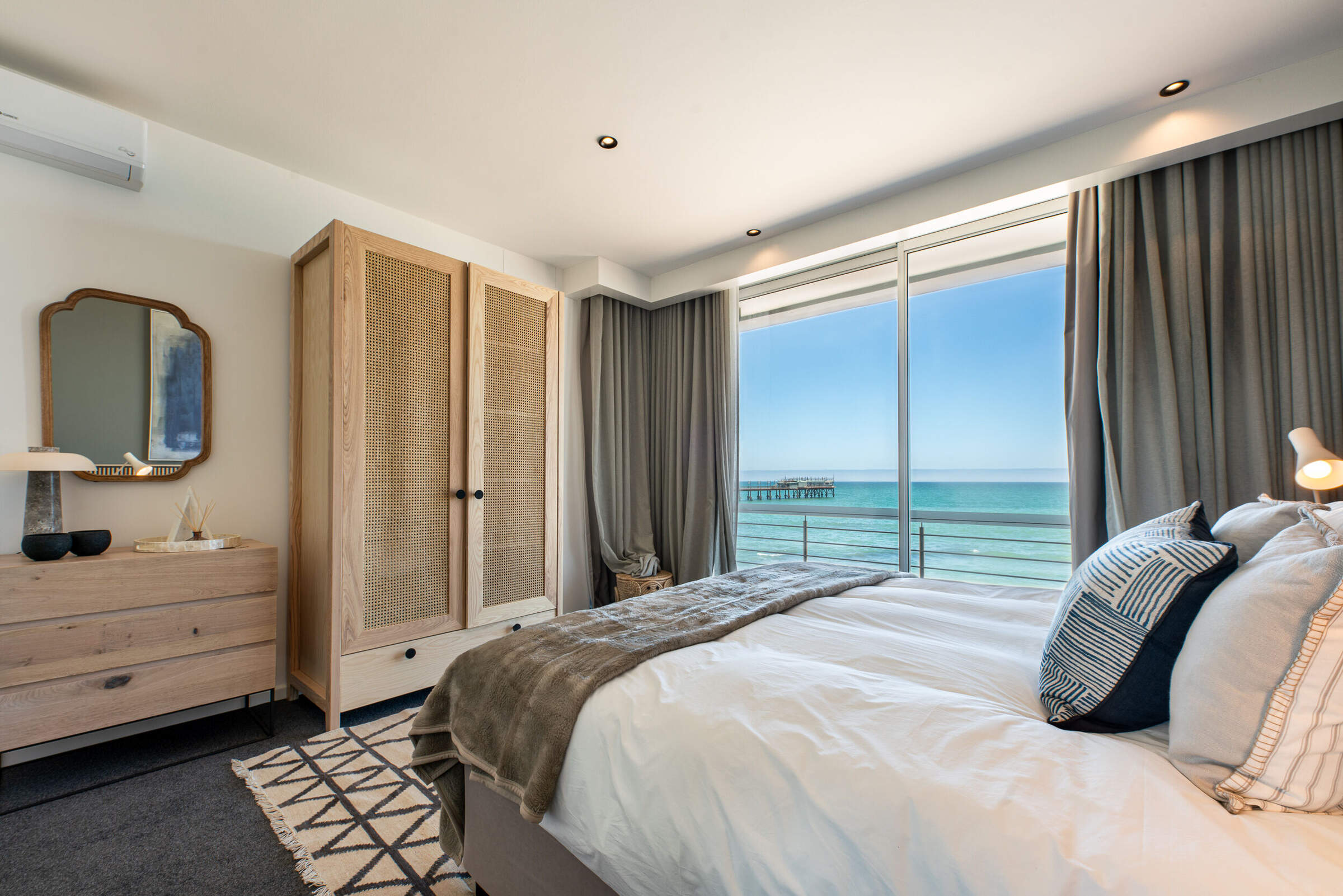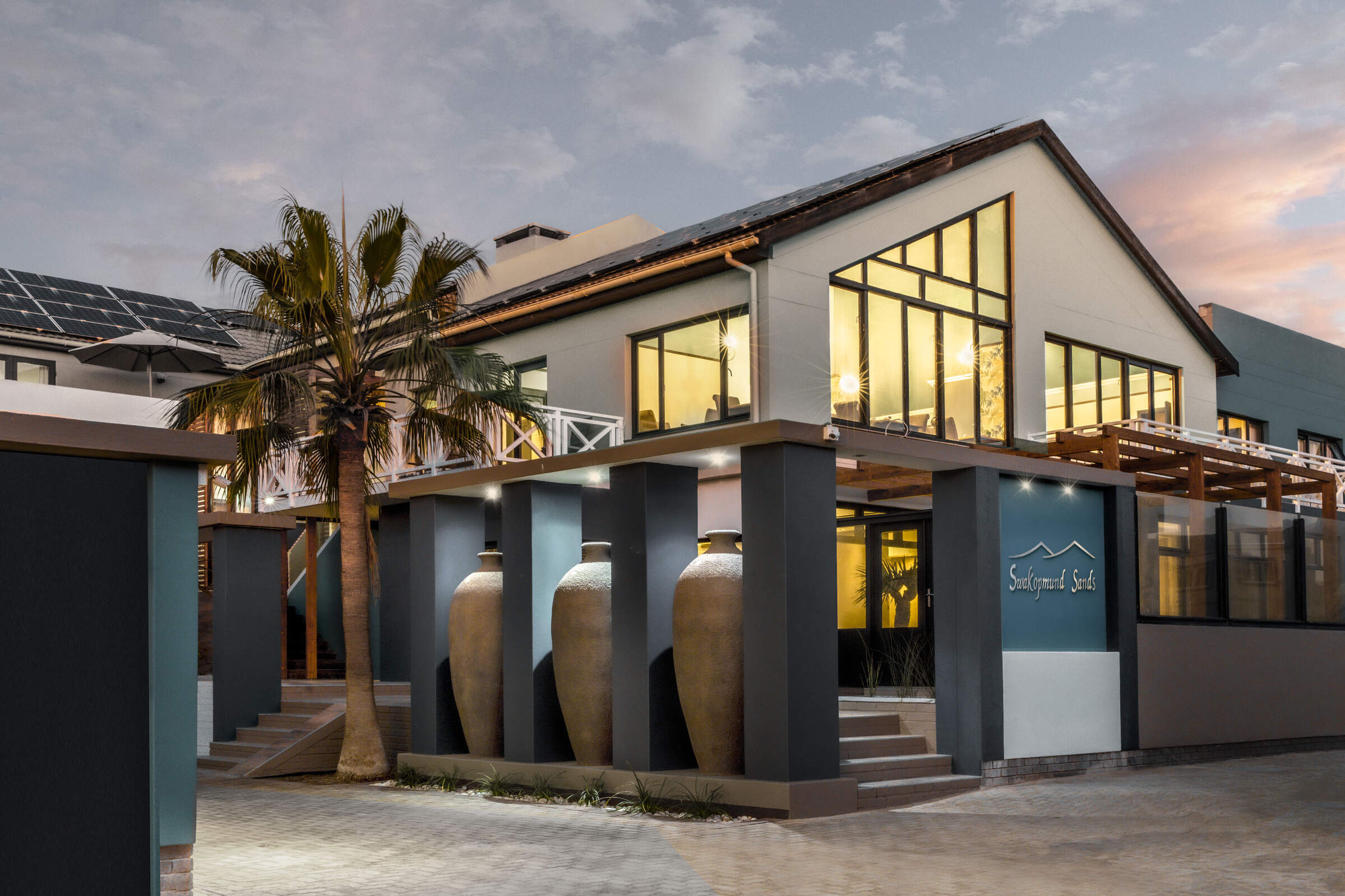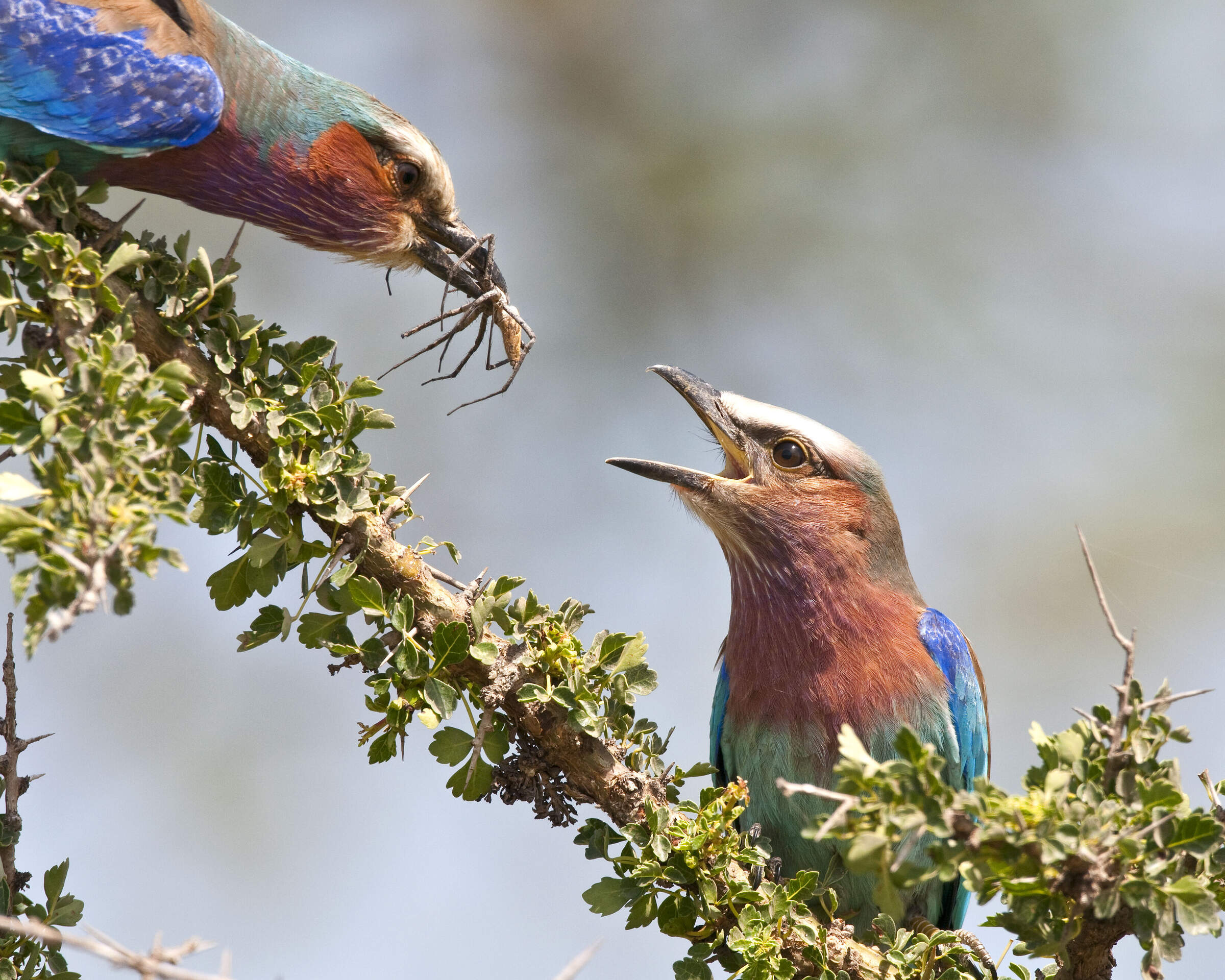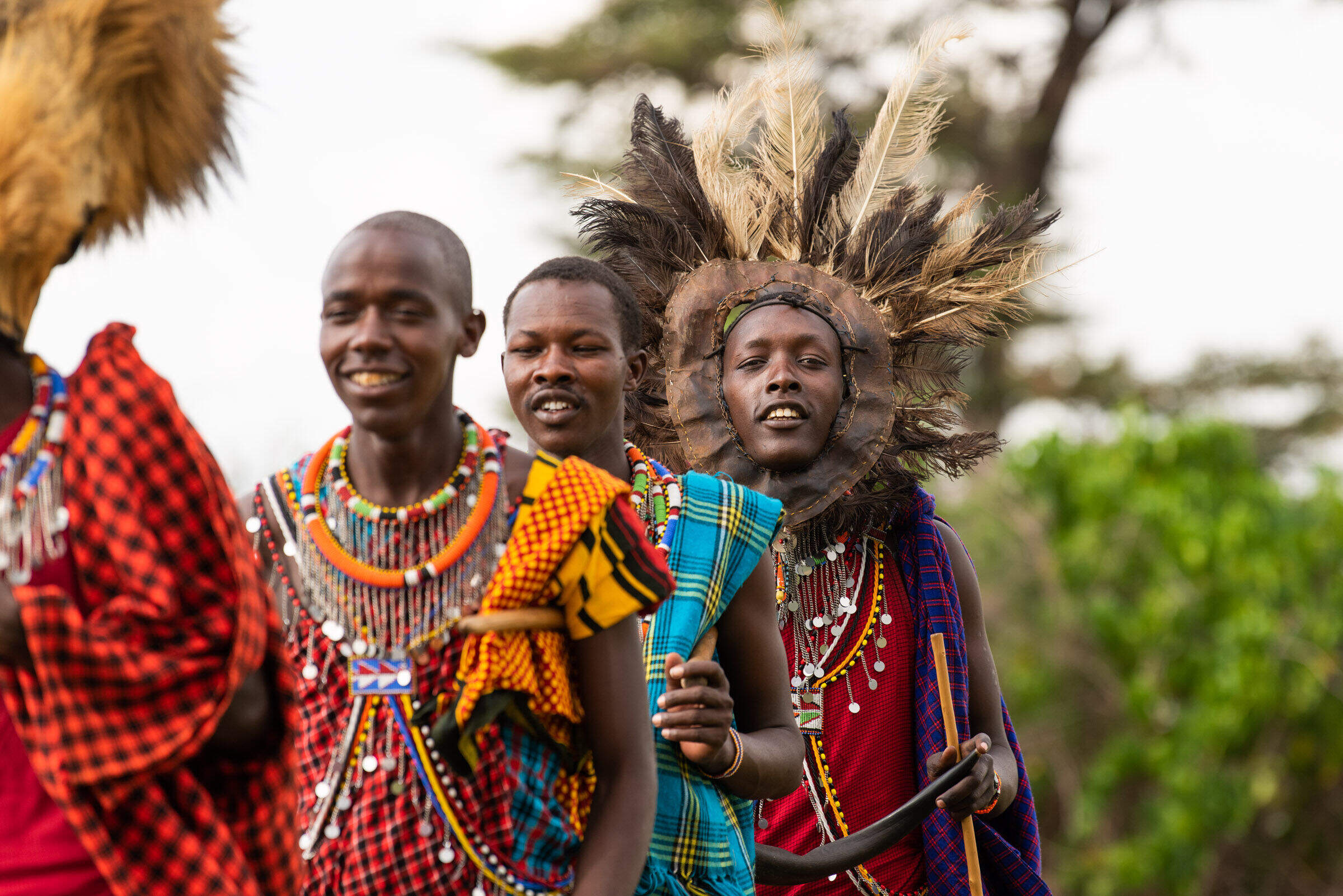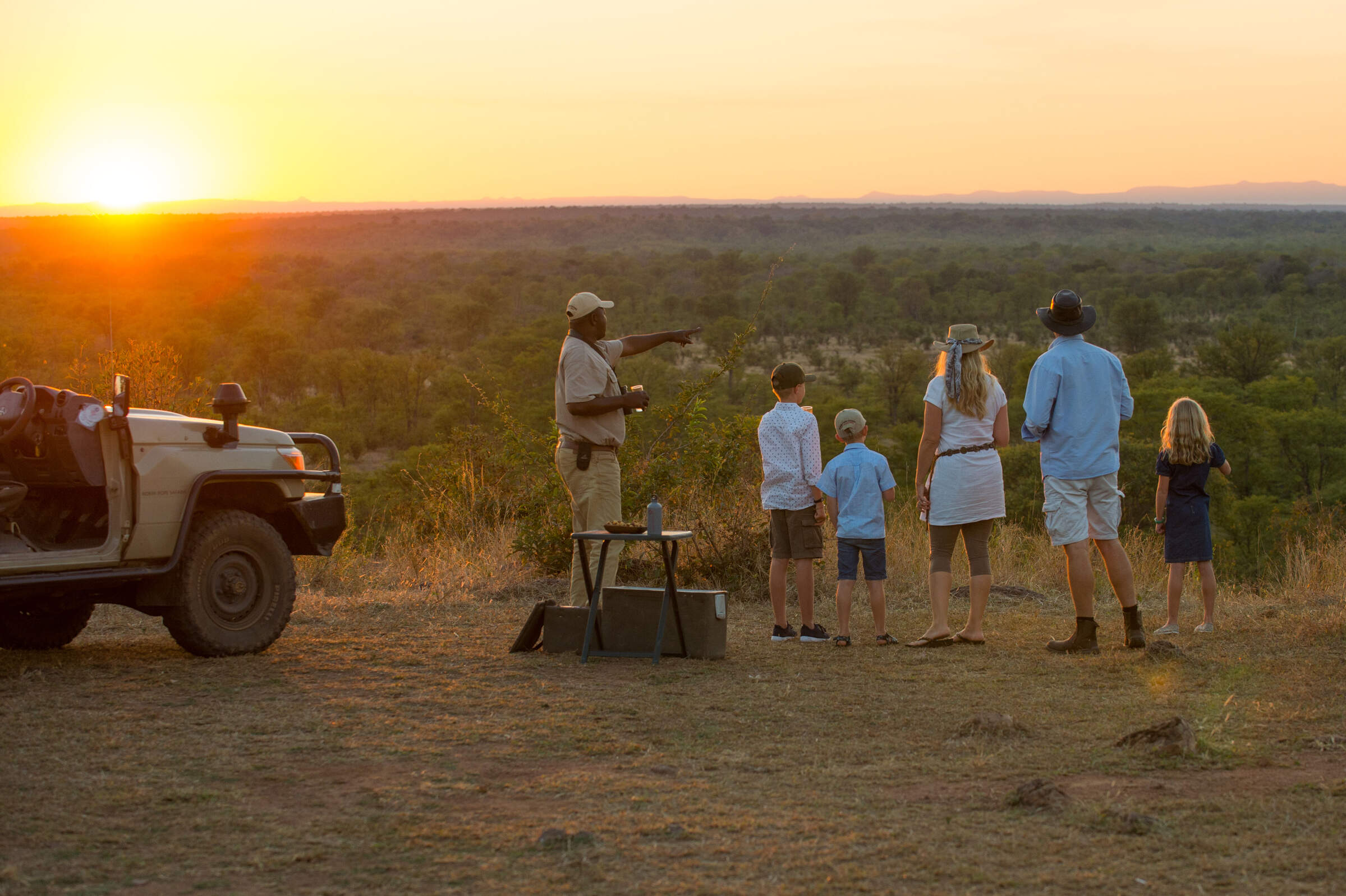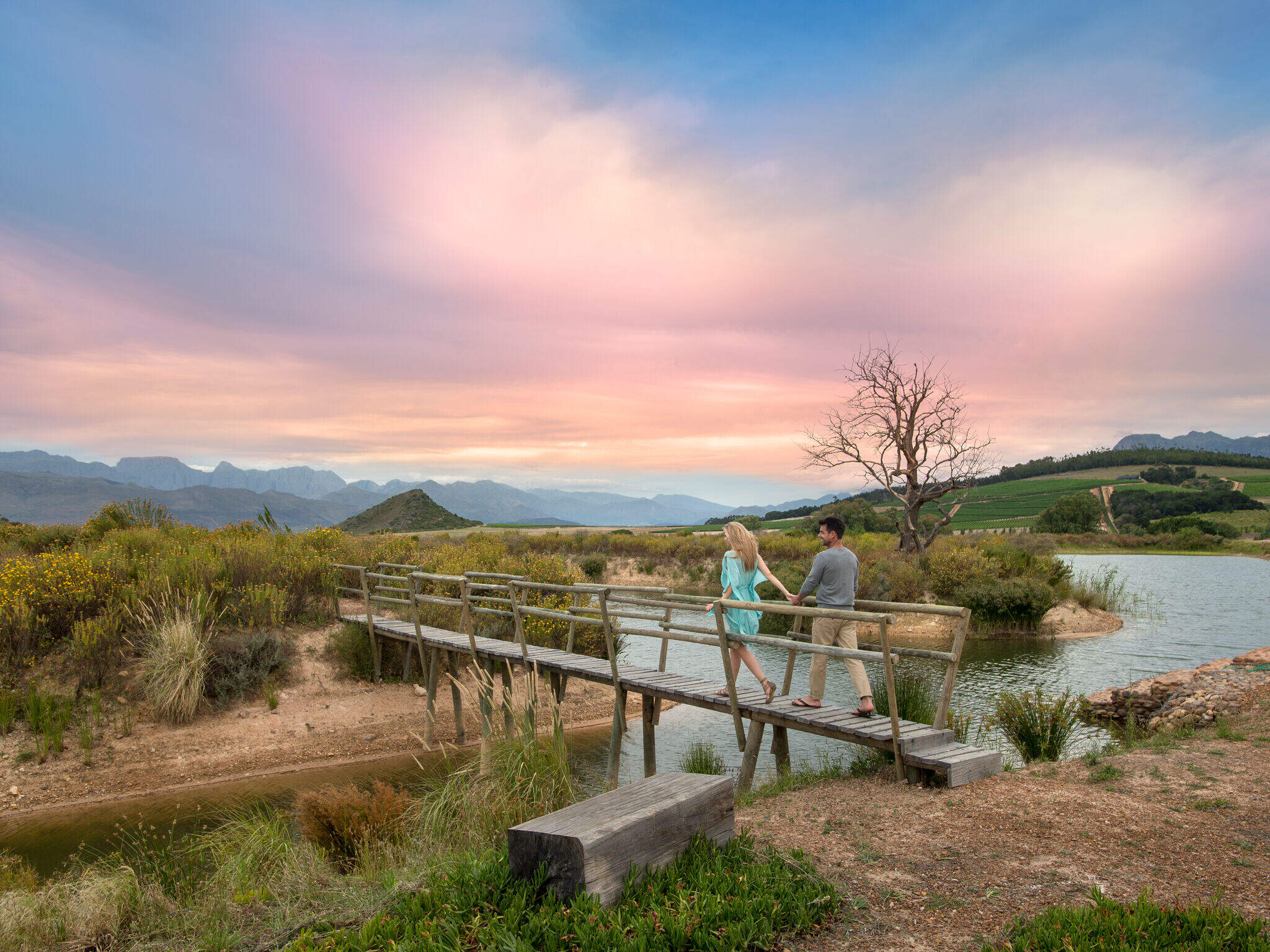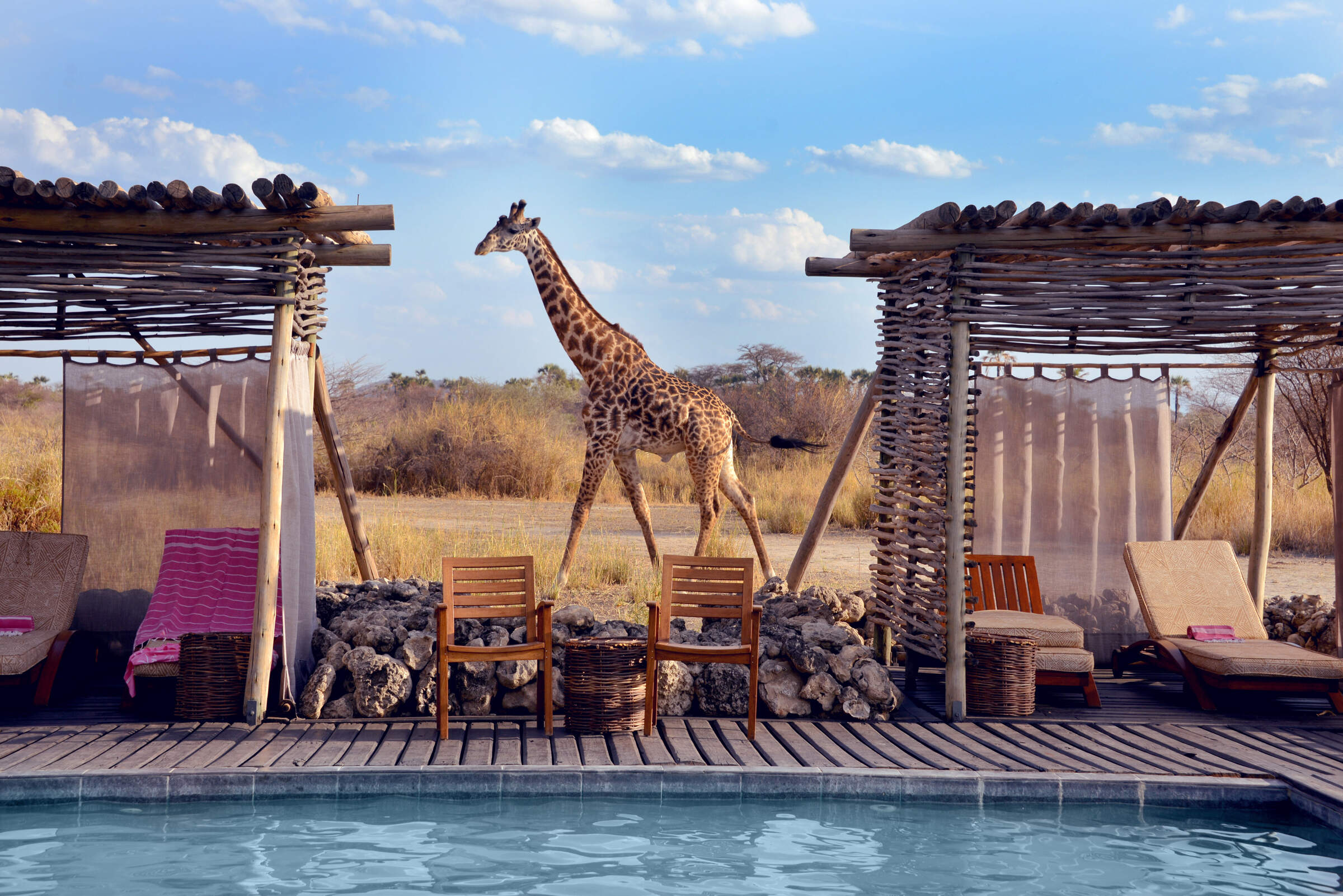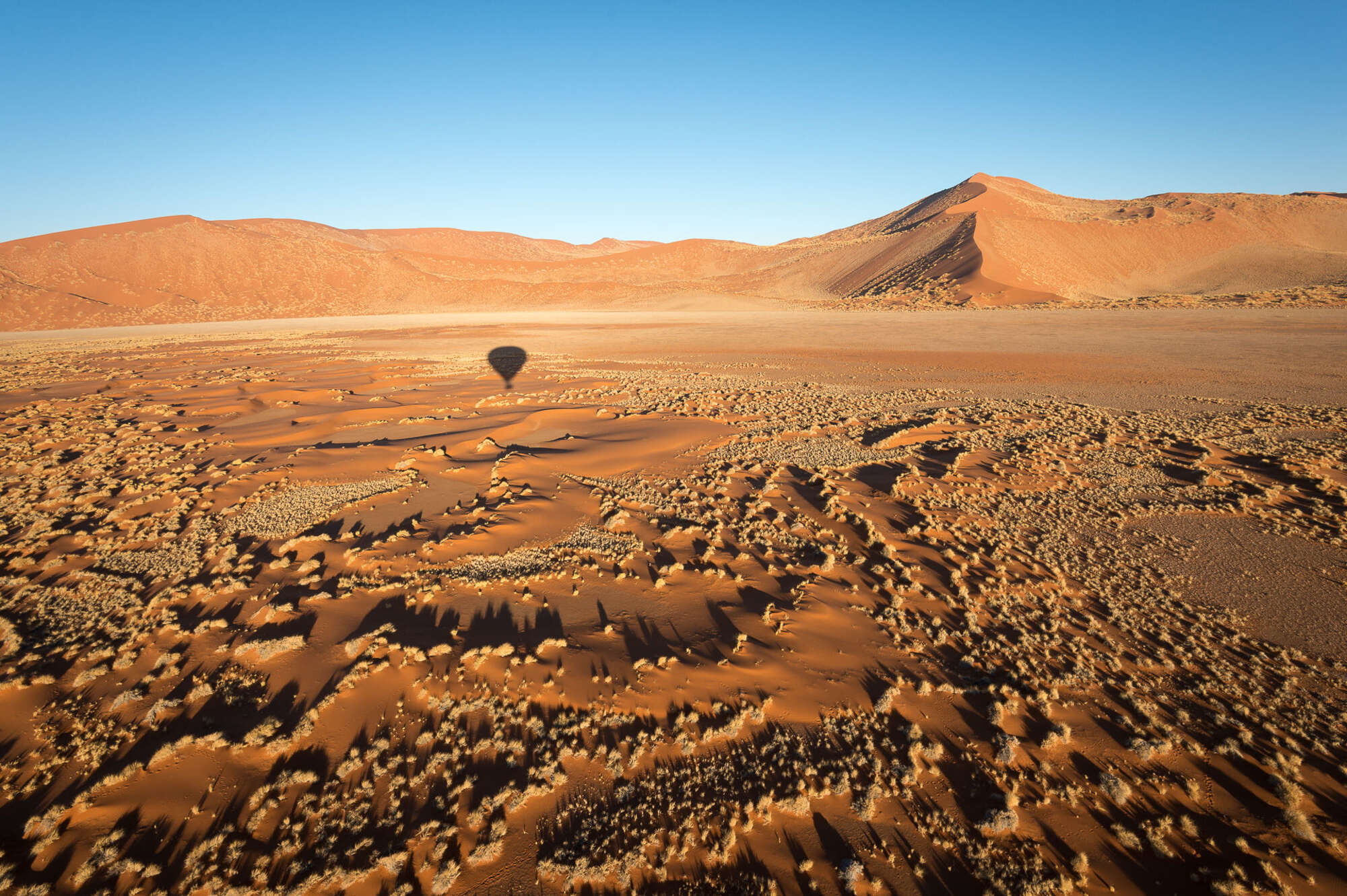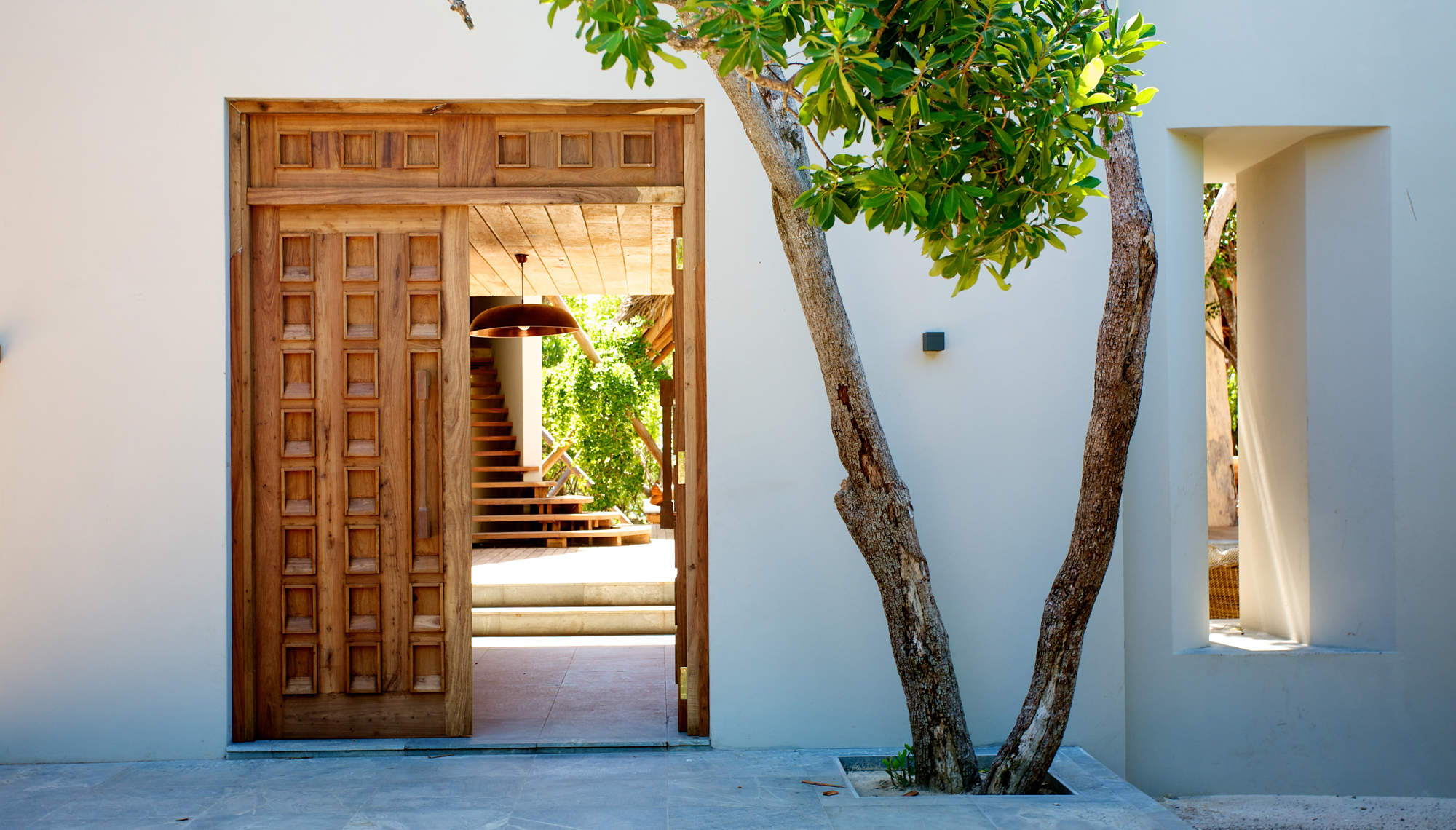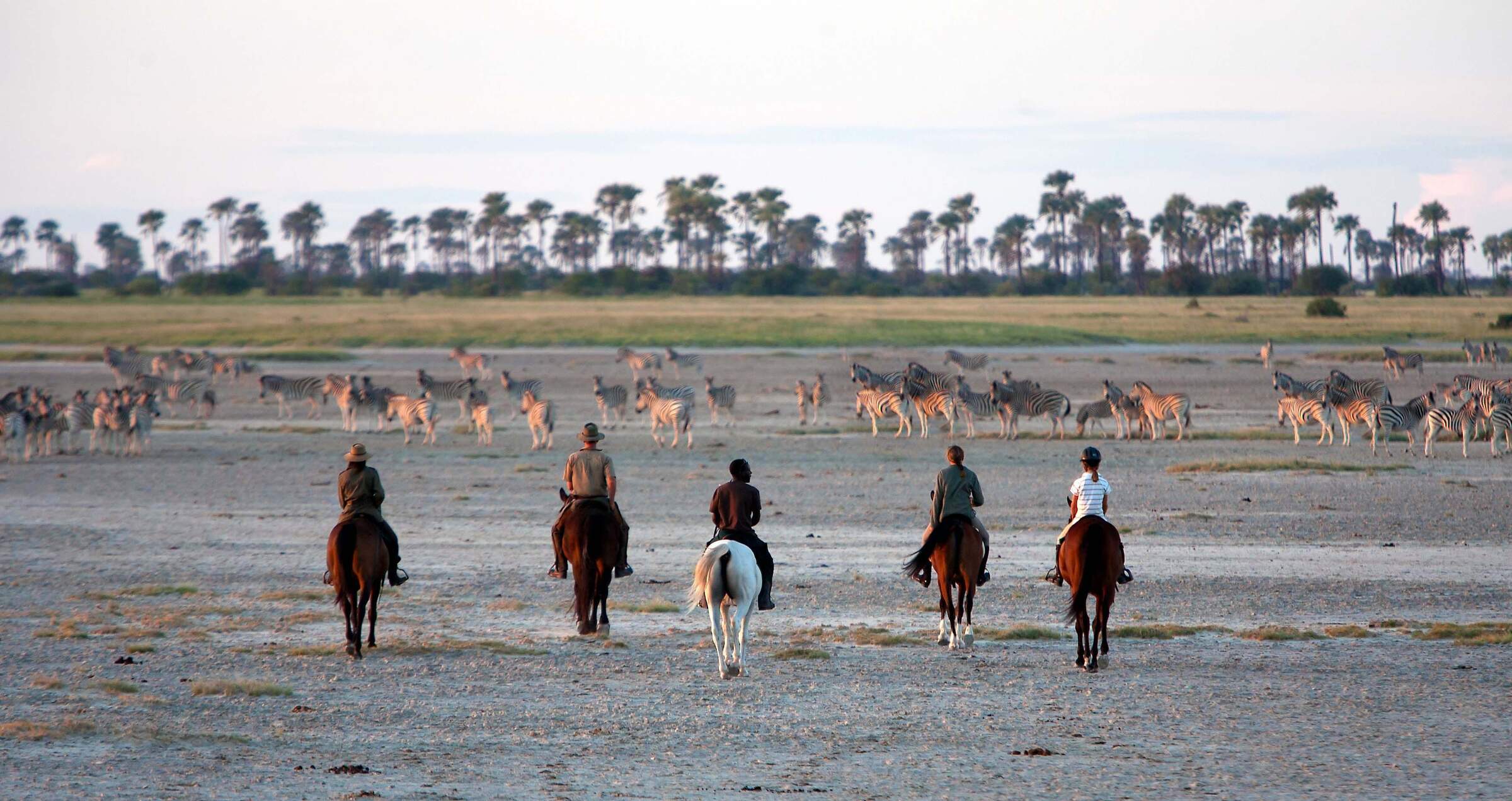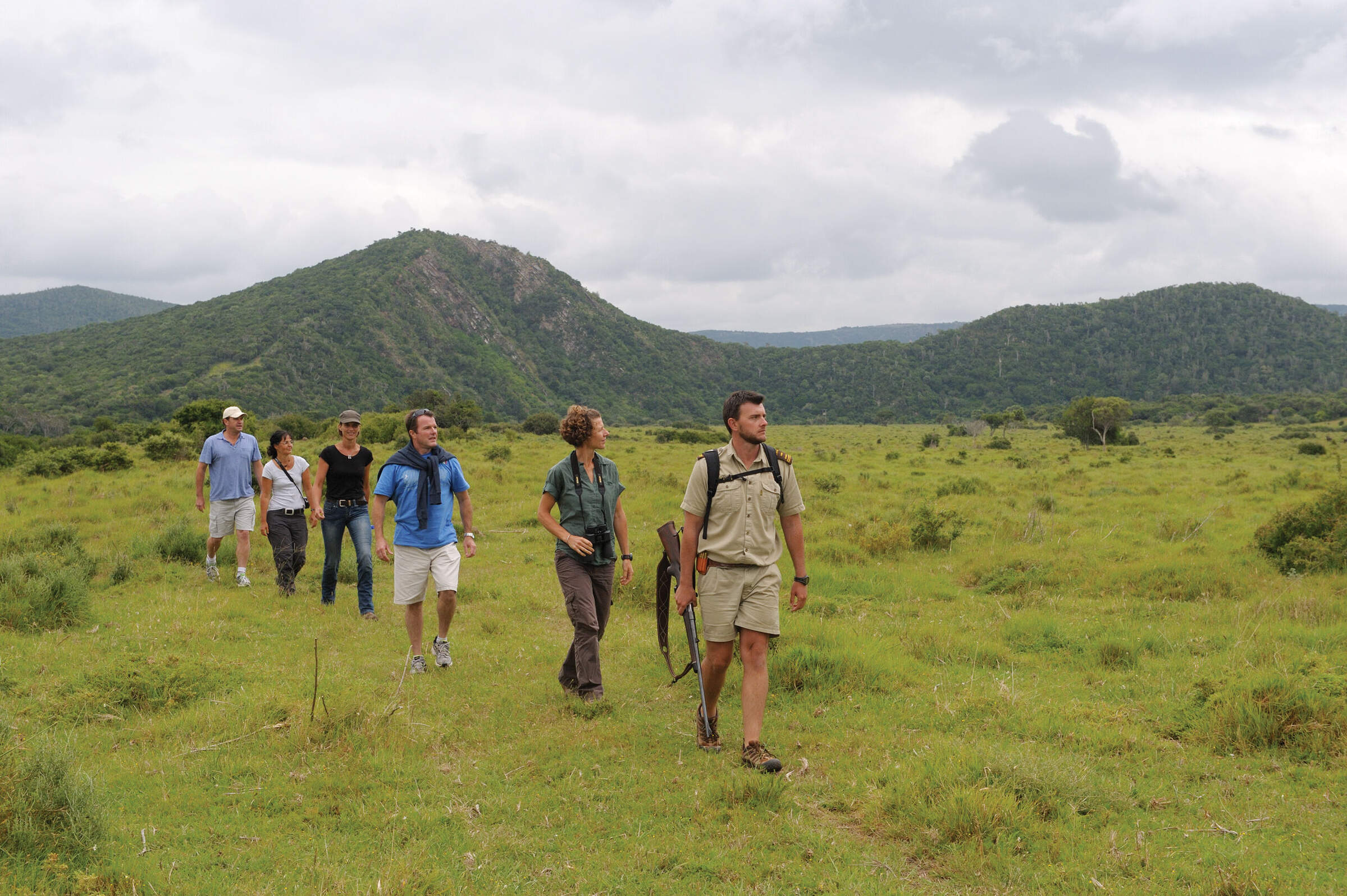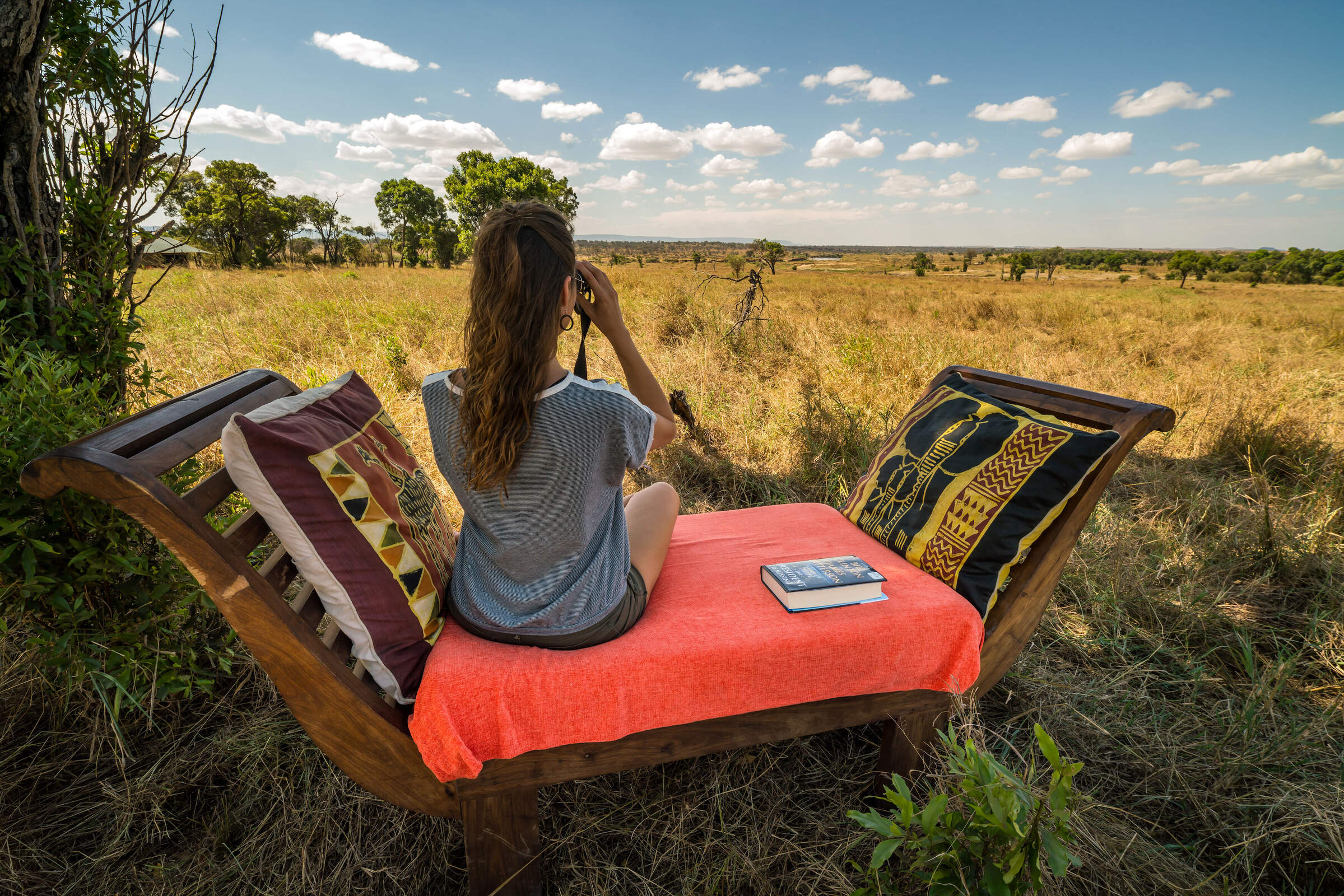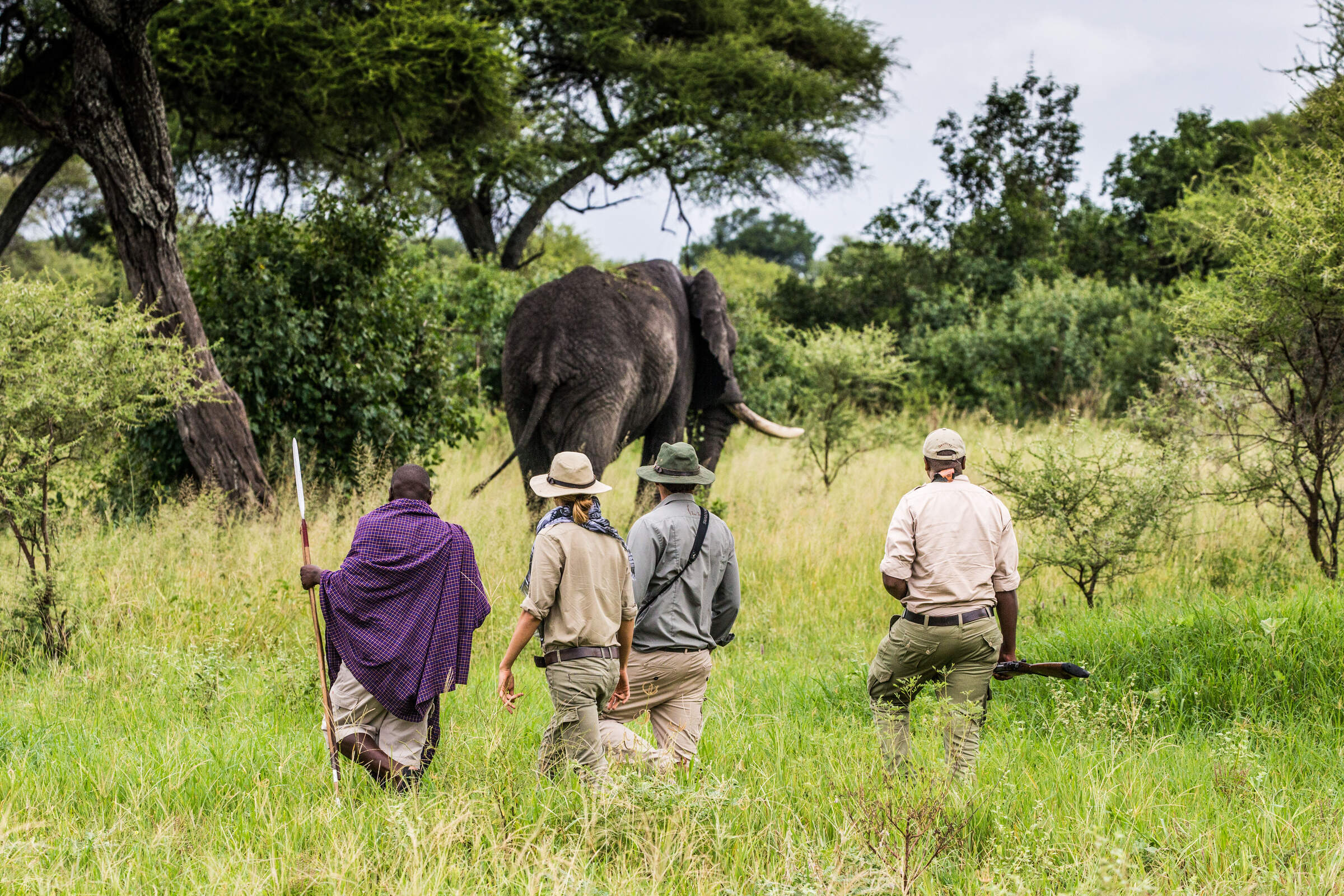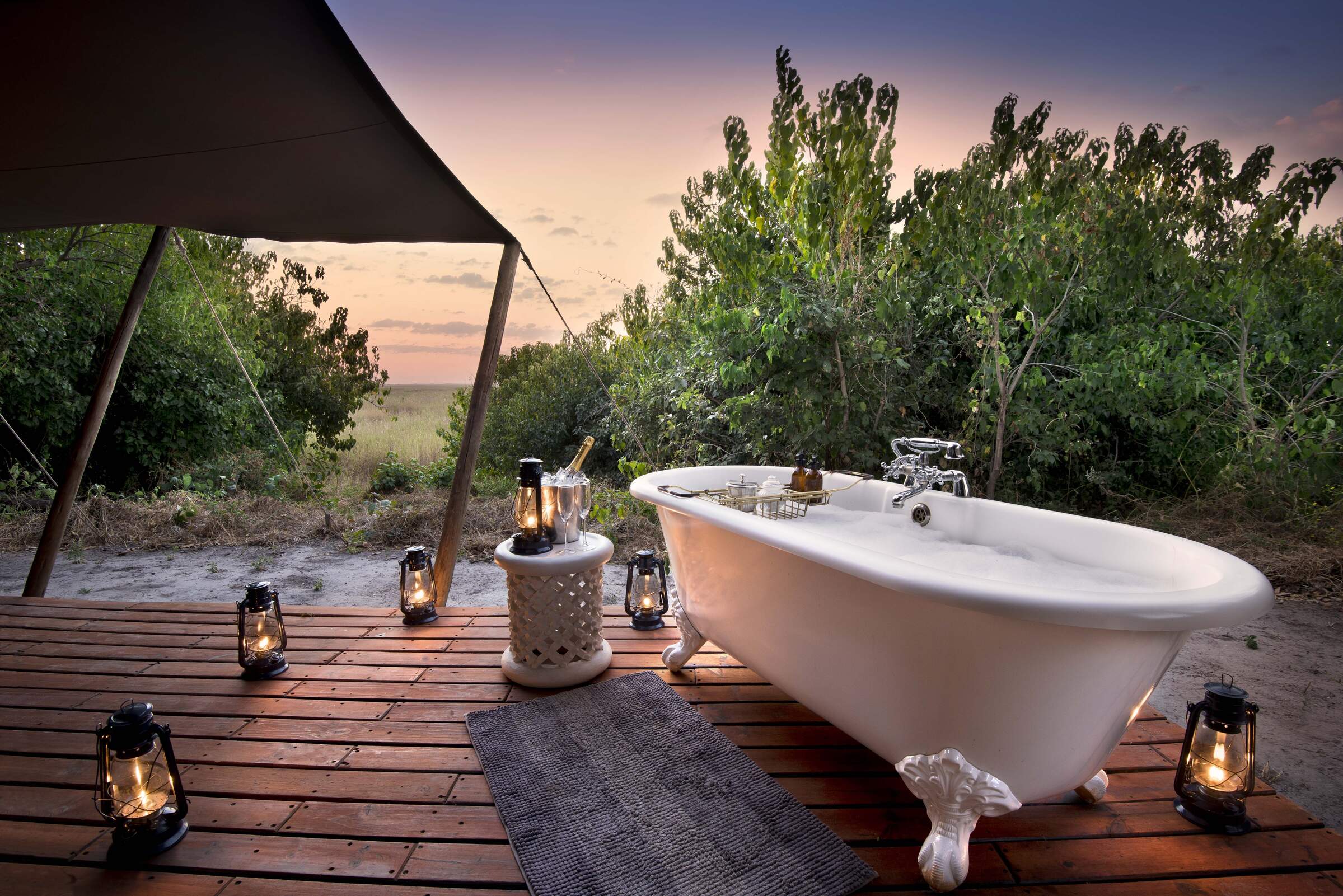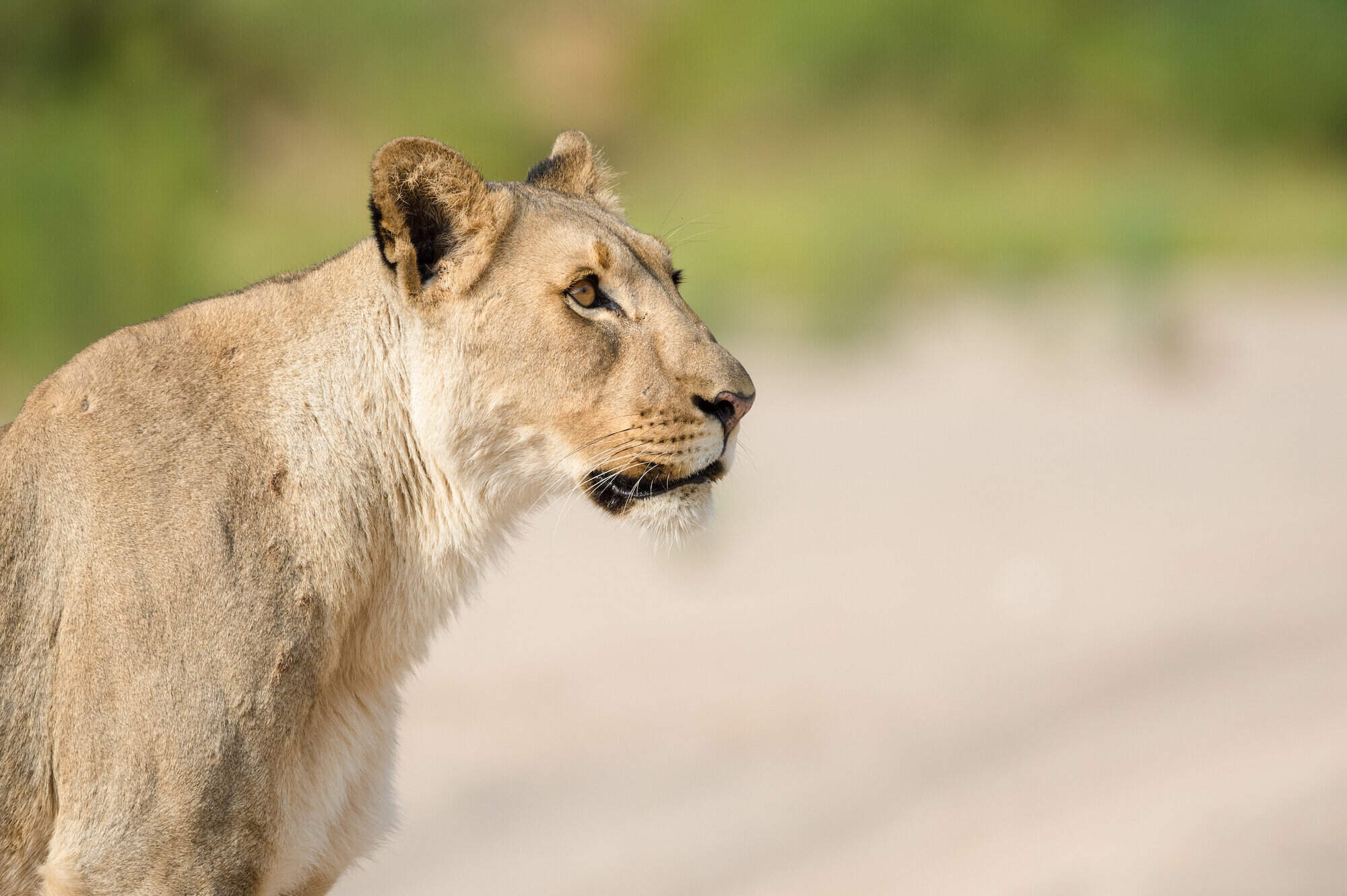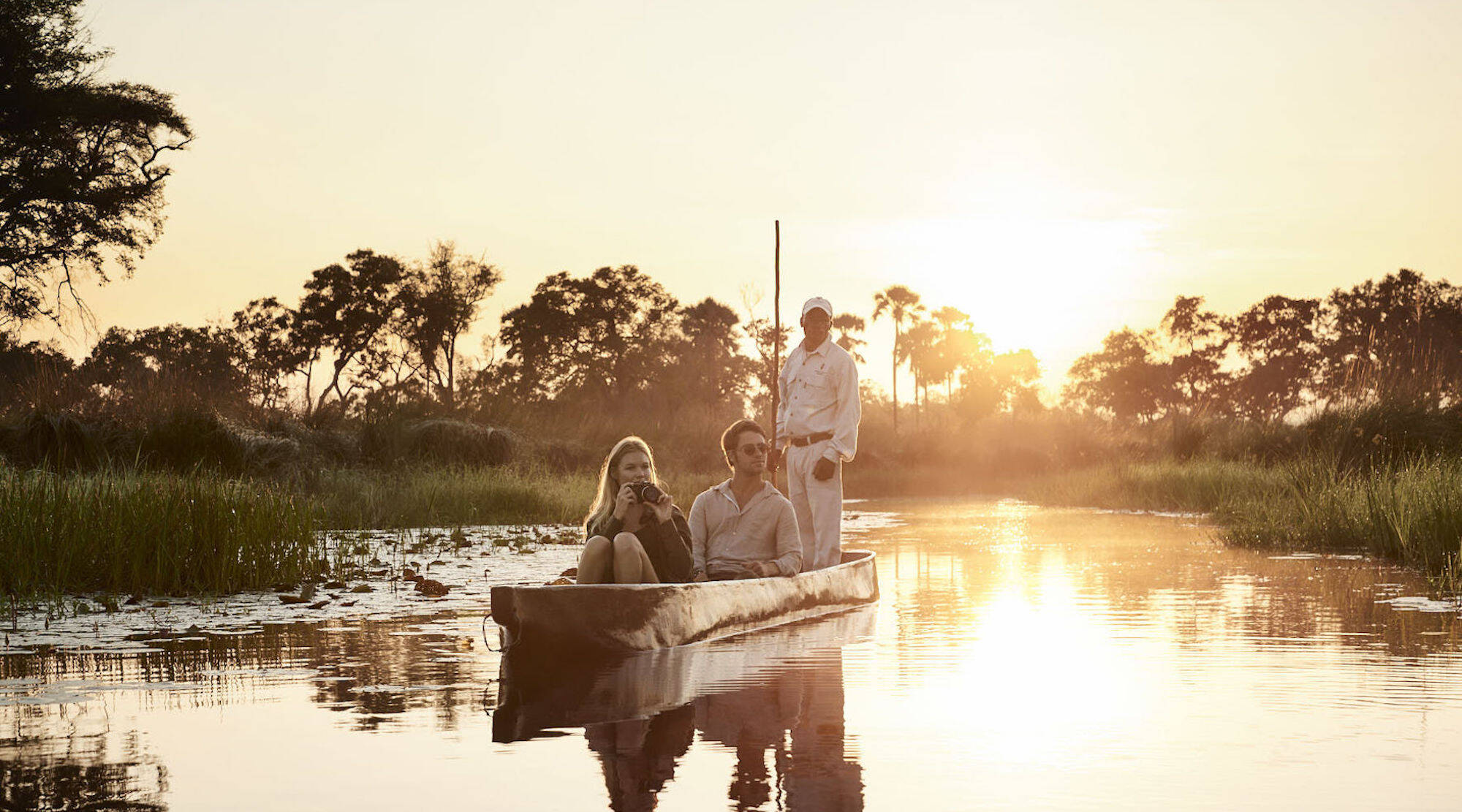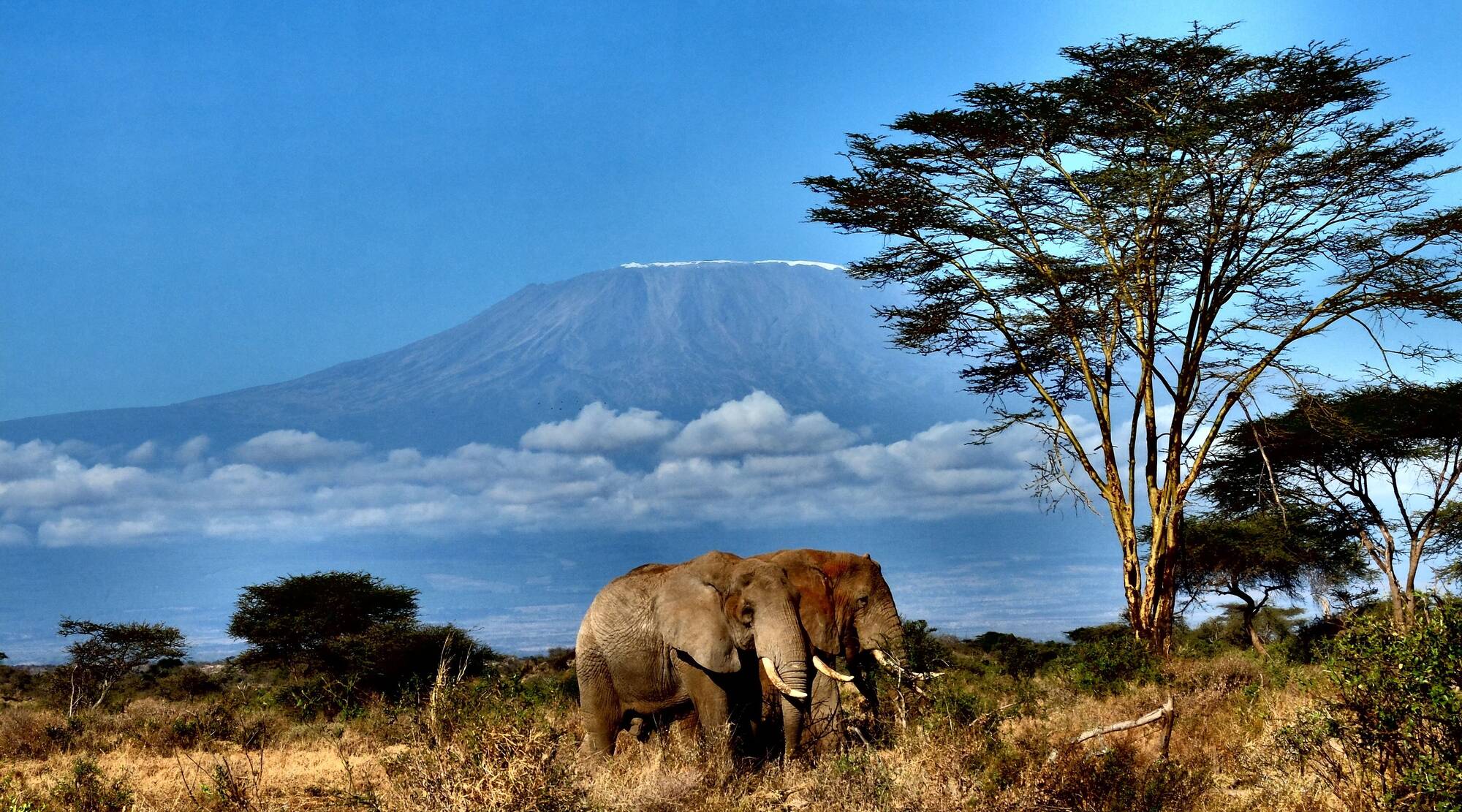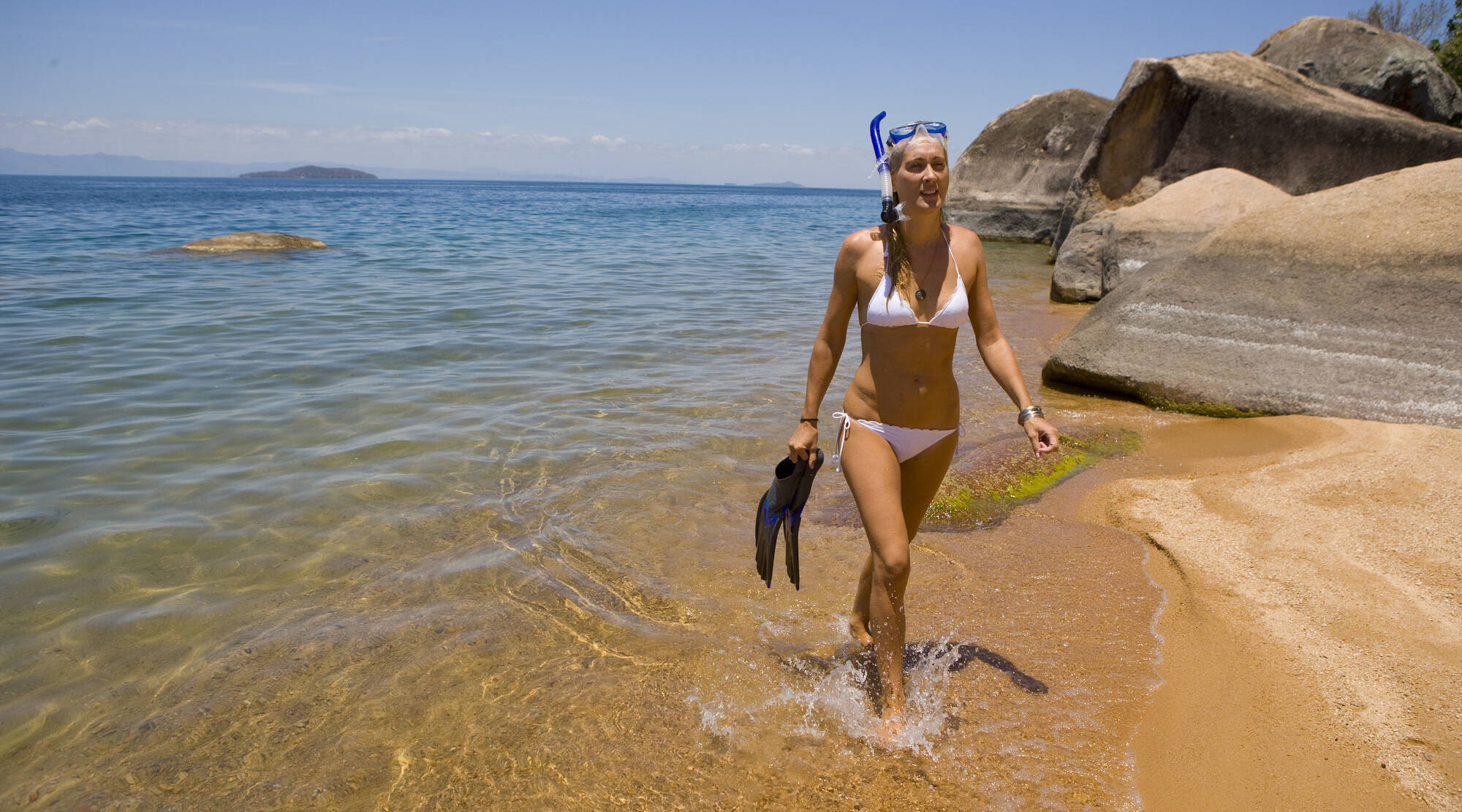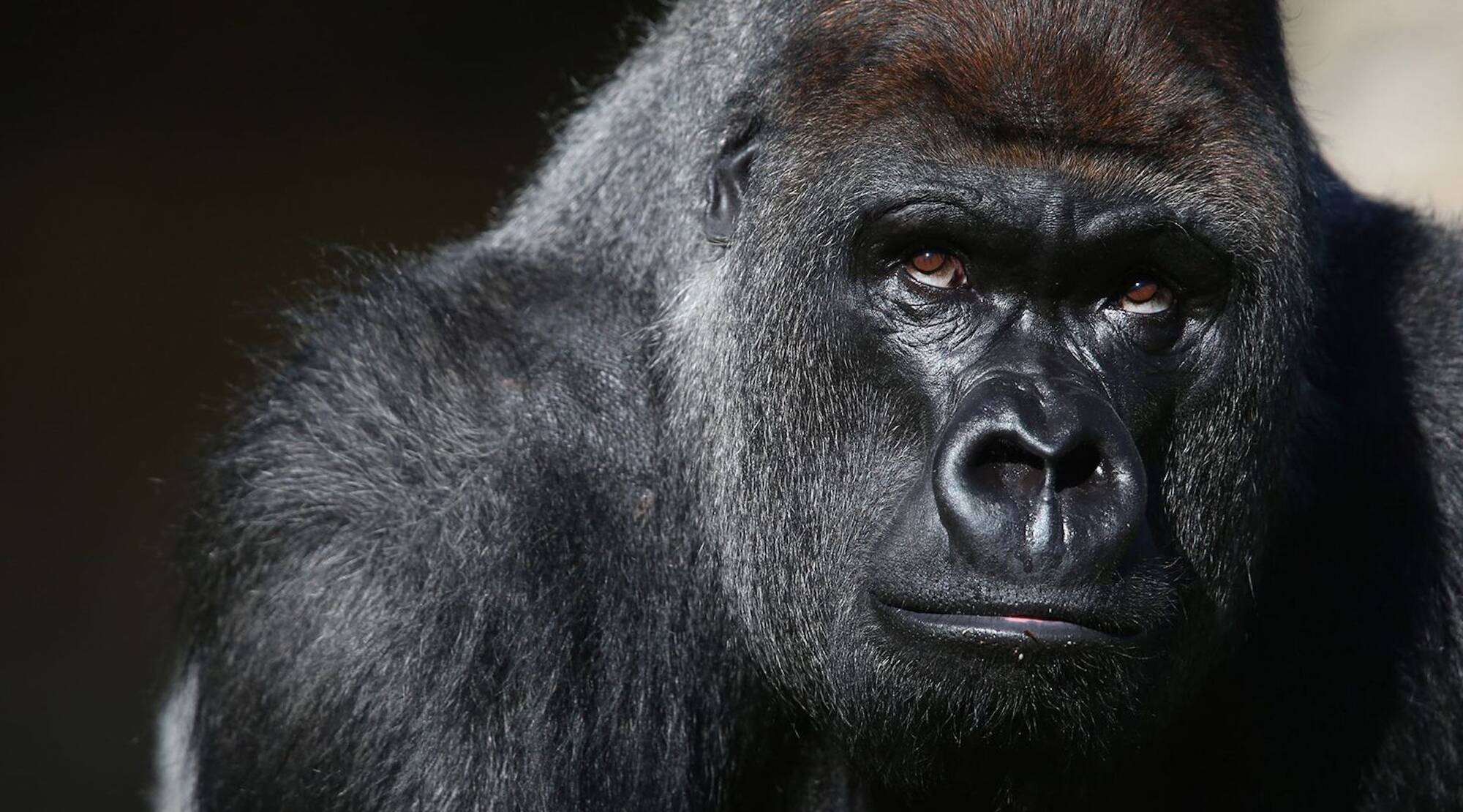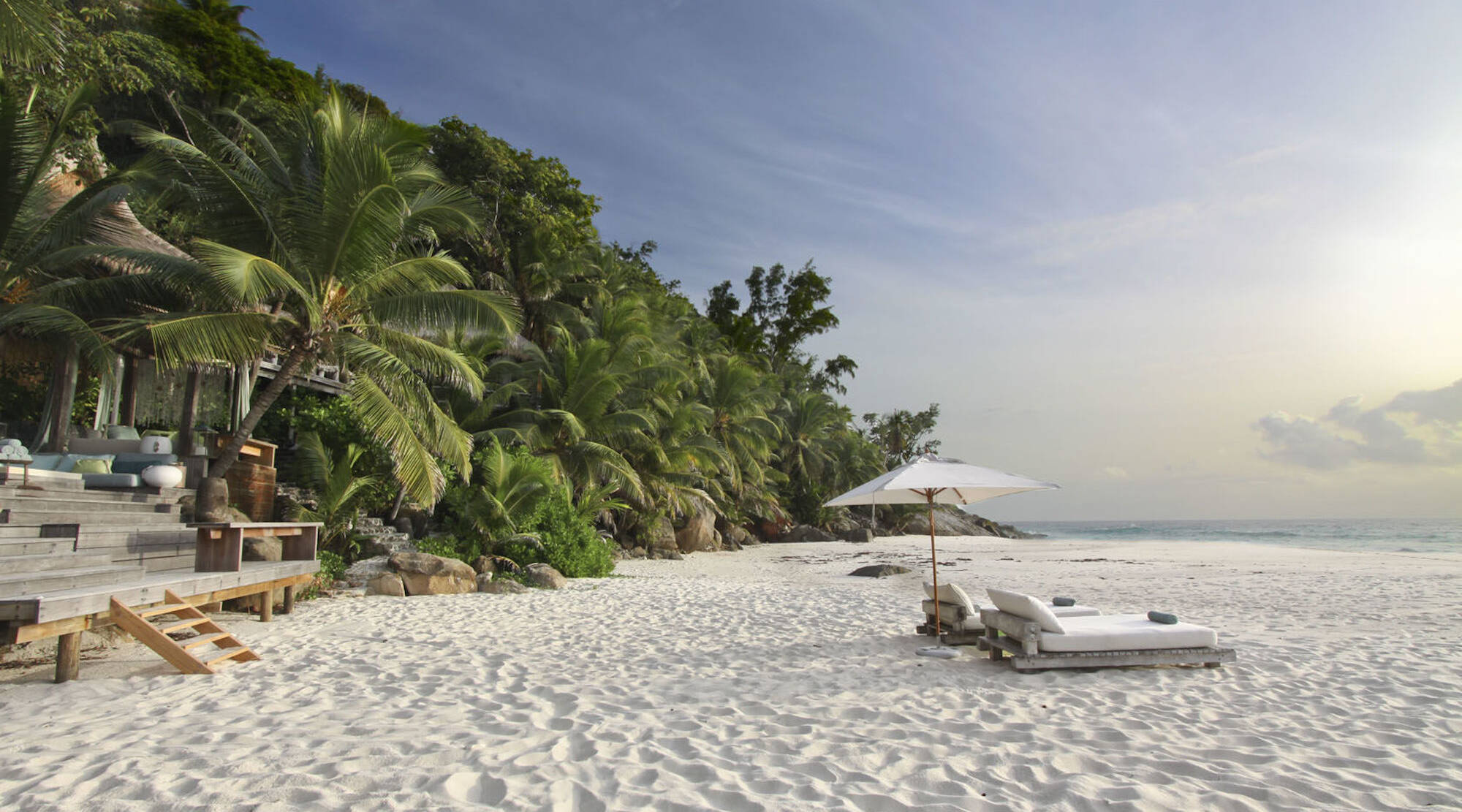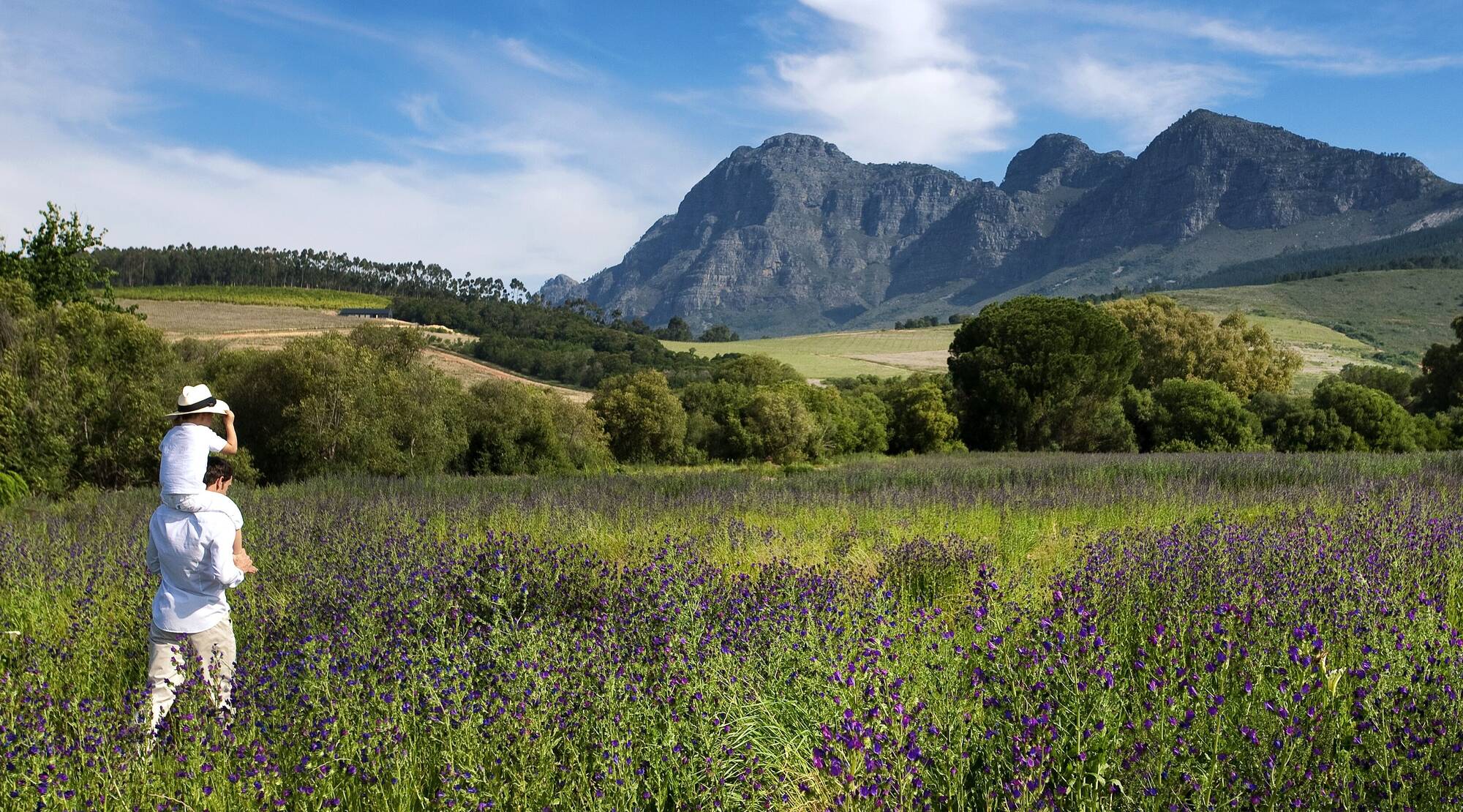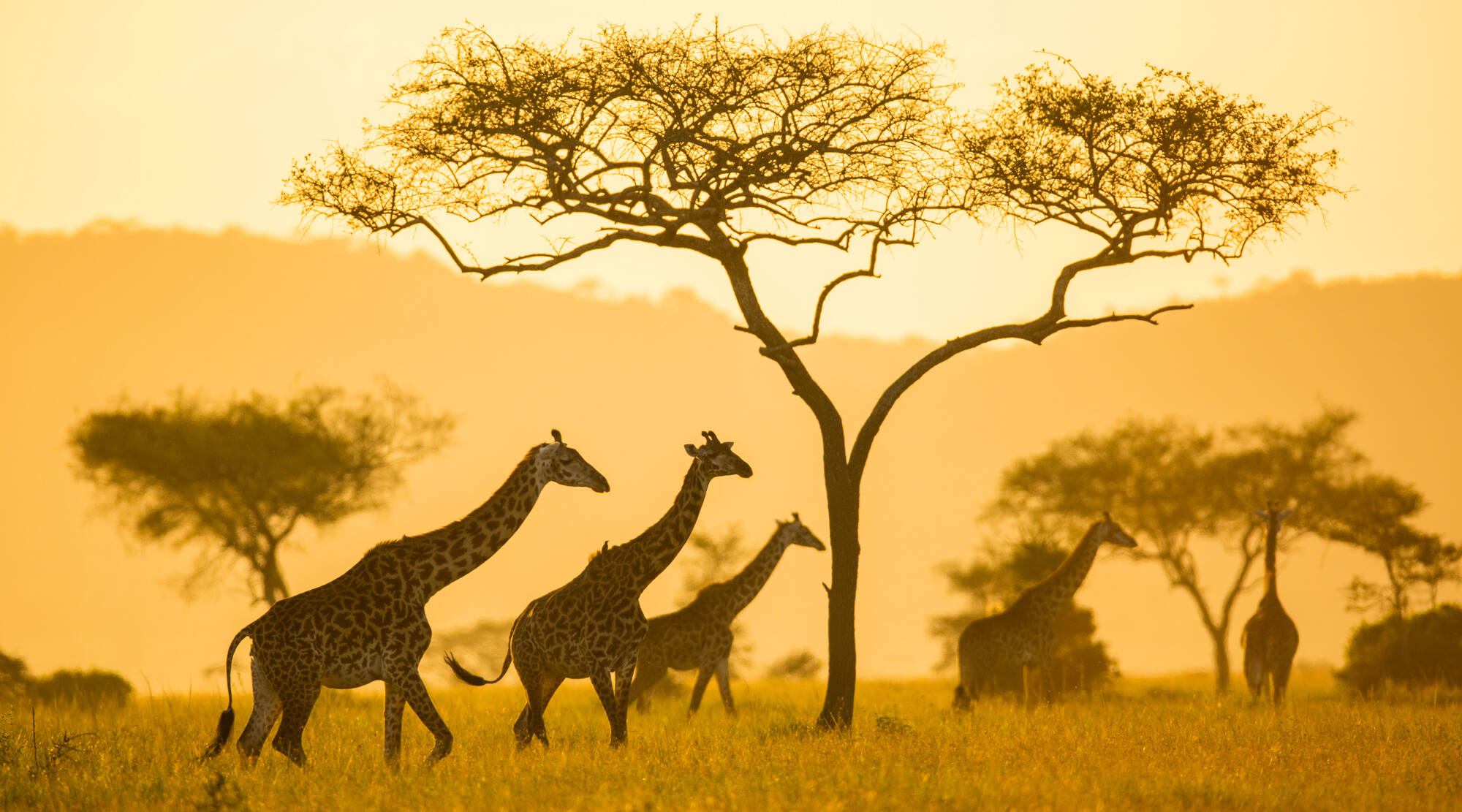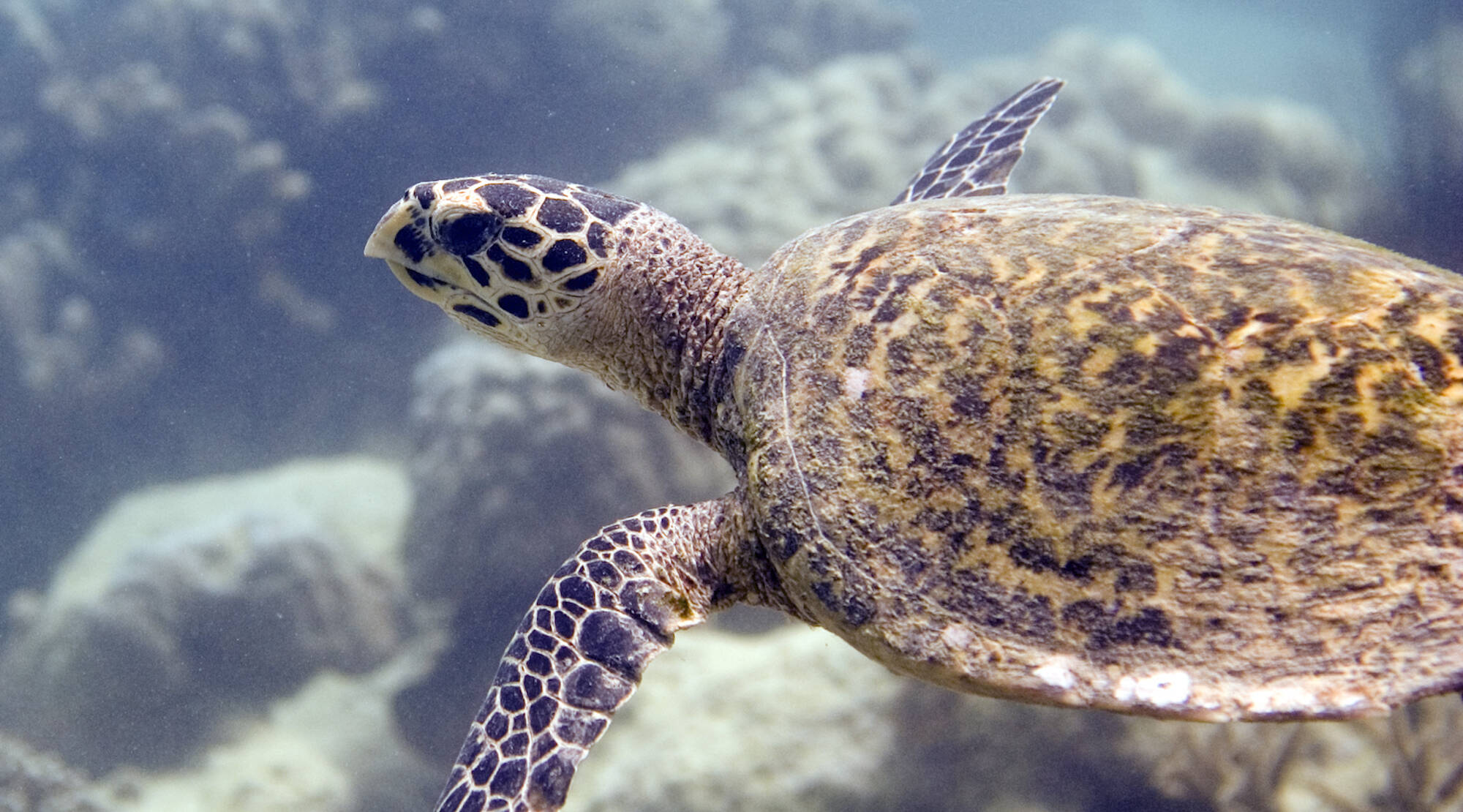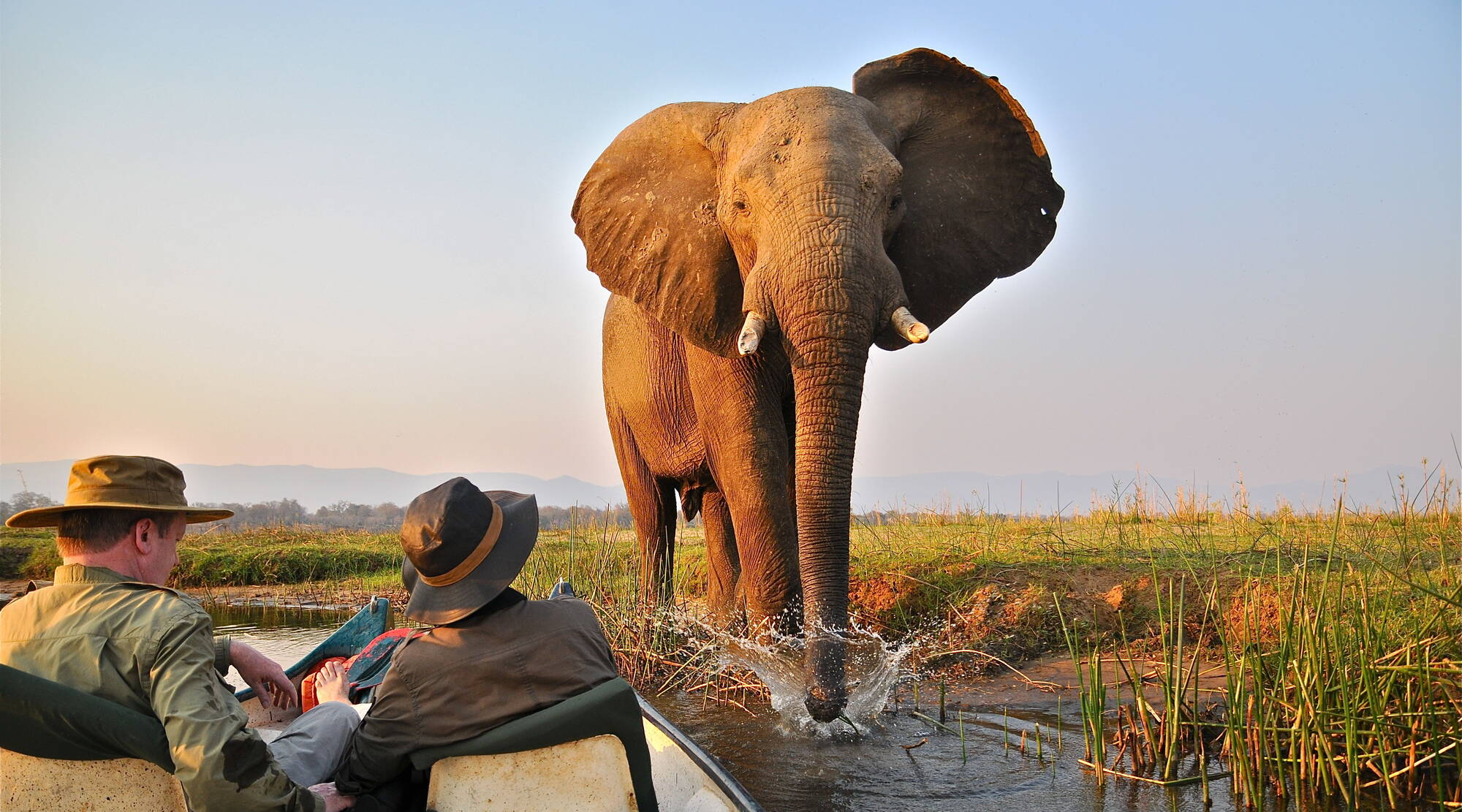Namibia safaris, tours and holidays
Captivating in scale, natural grandeur and sheer emptiness, Namibia is by turns breathtakingly beautiful and almost dauntingly wild.

Add to this a plethora of hospitable lodges, exceptionally good roads and many superb areas for wildlife safaris, and the country becomes perfect for individual exploration – by light aircraft, guided expedition or self-drive.
To focus on the highlights of a Namibia holiday is to take in the soaring red dunes of Sossusvlei, the rich colonial culture of the coastal towns, and the wildlife in Etosha National Park: mountains, sea and safari in one iconic trip.
But spread your wings further, and the options are even more tantalising. With a fifth of this huge country protected by national parks, and much more safeguarded in superb private reserves, there is no shortage of mountains to hike, of wildlife to seek out, of sheer space in which to safari.
This extraordinary diversity of landscape protects the people of some of Namibia’s most ancient cultures, from the semi-nomadic Himba whose villages are scattered among the vast rocky plains of the north-west to the San, or Bushmen, who have for millennia hunted on the open plains of the Kalahari .
It’s a heady mix, and one that rewards exploration. For those seeking unparalleled convenience and exclusivity, fly-in safaris offer seamless access to Namibia’s remote, awe-inspiring landscapes, paired with luxurious stays in top-class lodges. Alternatively, privately guided trips provide expert knowledge on your journey, allowing you to experience Namibia at your own pace without compromising on comfort or guiding. For those who relish independence, a self-drive adventure remains an exciting option.
Whether you choose a fly-in safari, a guided journey, or the freedom of the open road, Namibia promises a safari experience to suit your style and inspire your sense of adventure.
Speak to one of our Experts to start planning your dream Namibia adventure.
Namibia's key areas and destinations
Towering red dunes unfolding in waves towards the distant ocean – this is the iconic image of Namibia, this is Sossusvlei in the Namib-Naukluft National Park.
But Namibia has other “must-sees”. For prolific wildlife, the vast salt pan and numerous waterholes of Etosha National Park draw elephants and giraffes, lions and black rhinos, and more. This is world-class safari destination.
Desert-adapted elephants roam the ephemeral rivers of Damaraland, where indigenous San people created unique galleries of rock art; further north, the pastoral Himba cling on to their semi-nomadic culture.
Battered by the cold waters of the Atlantic the hostile Skeleton Coast is home to thousands of Cape fur seals – and the rare brown hyena.
Look into the depths of the Fish River Canyon and wonder at the layers of history in the rocks beneath your feet, or seek out the erstwhile Caprivi Strip for prolific birdlife, lush scenery – and hippos. And if you’re craving contemporary culture, head for the coastal towns.
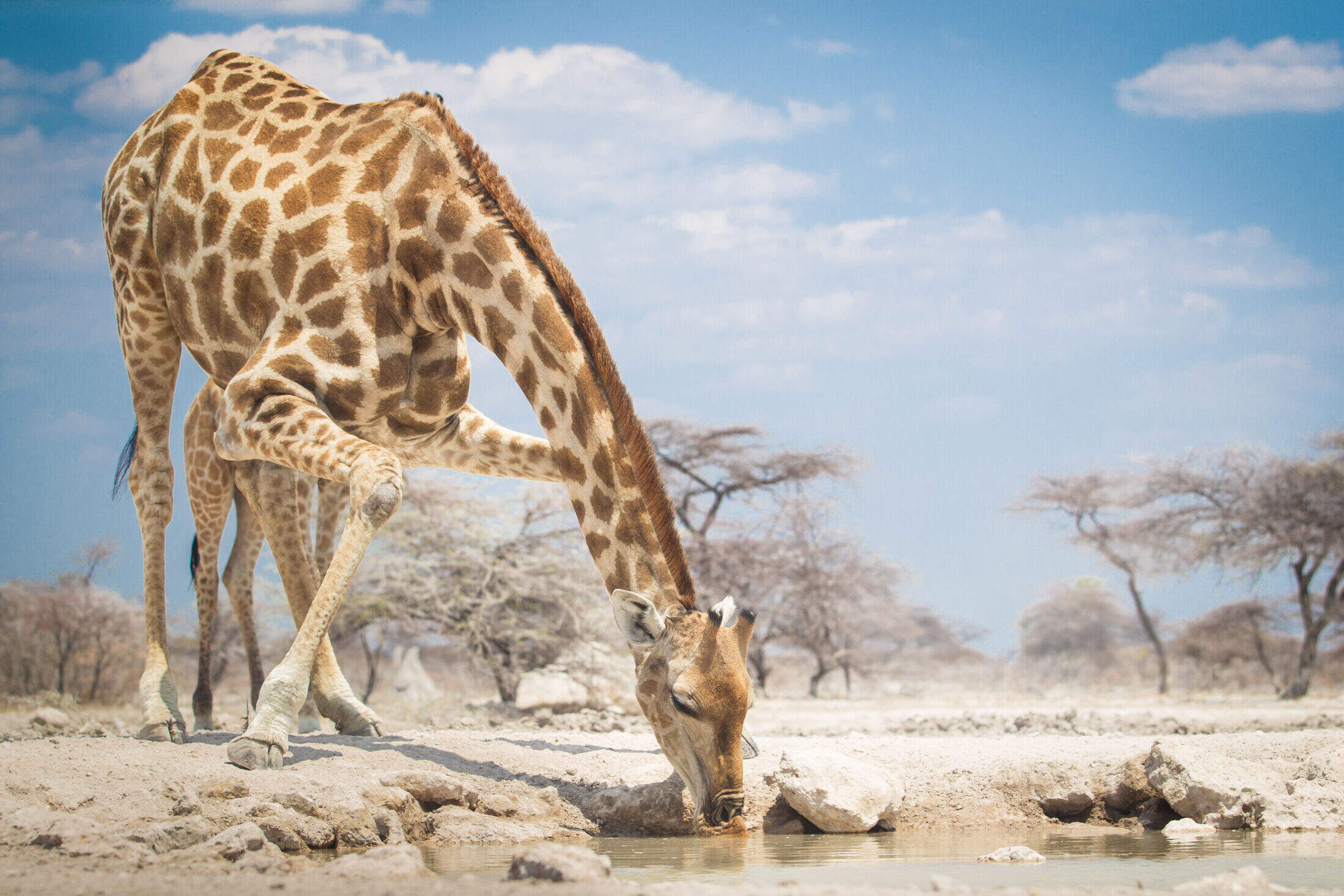
Etosha
30 places to stay
Namibia’s flagship national park is a must for wildlife lovers and photographers, whether self-driving or on a guided game drive.

Caprivi Strip
21 places to stay
Literally out on a limb from the rest of Namibia, the Caprivi has an entirely different feel: lush, verdant and often rich in wildlife.

Namib-Naukluft
21 places to stay
A captivating landscape of soft sculpted dunes, vast plains and majestic mountains with excellent hiking: few can resist the Namib-Naukluft.

Damaraland
21 places to stay
From rock art to rhinos, Damaraland’s treasures are intrinsically bound up with a landscape of rugged mountains and wide, grassy plains.
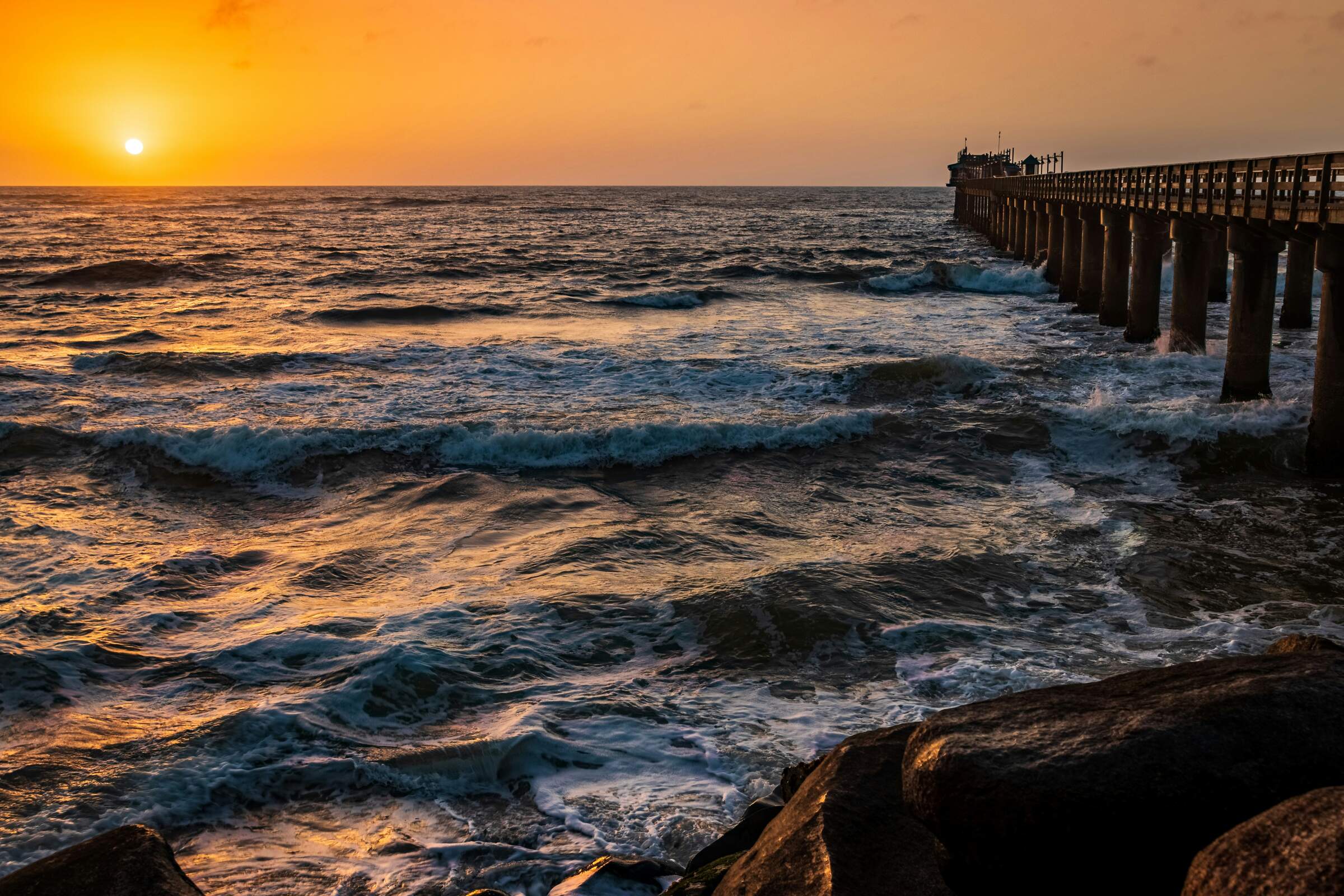
Swakop' & Walvis Bay
19 places to stay
From shopping to sandboarding, seafood to coffee and cake, boat trips to birdwatching: the seaside towns offer a varied take on Namibia.

Windhoek
17 places to stay
An inevitable stopover for most visitors, Windhoek, with its attractive valley setting, is worth more than a passing glance.
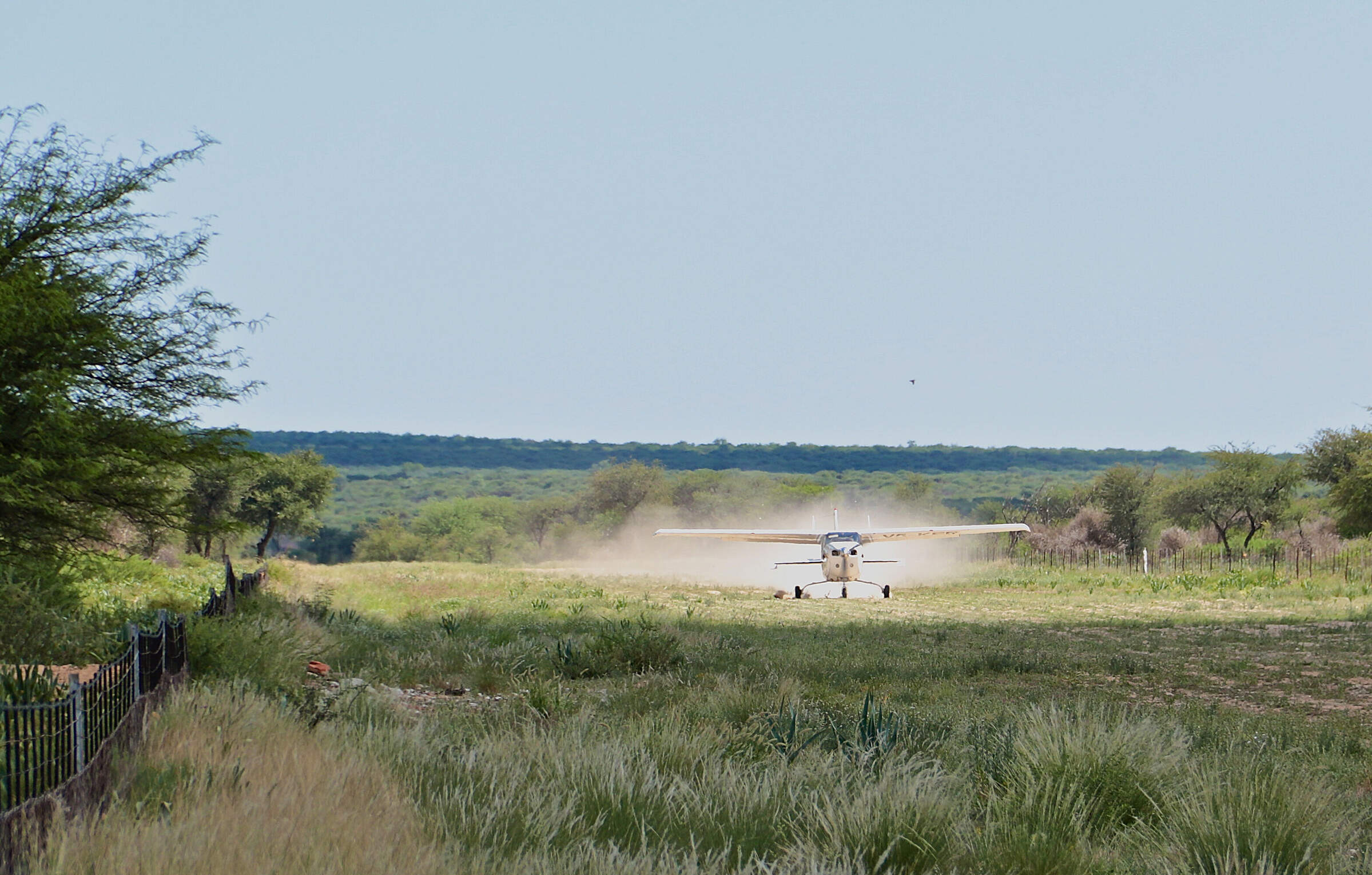
Southern Namibia
12 places to stay
Low, deep-red, undulating dunes characterise the southern Kalahari, variously home to photogenic quivertrees, carpets of flowers and the irresistible meerkat.

Central Highlands
8 places to stay
Small, personal lodges and guest farms welcome visitors to these rolling hills, whose attractions range from hiking to cave paintings.

Skeleton Coast
13 places to stay
Fringing Namibia’s western border with the Atlantic, the Skeleton Coast is one of the world’s most desolate yet compelling wildernesses.

Luderitz & Aus
5 places to stay
Marooned at the end of a long road from Aus, Lüderitz retains the feel of a frontier town founded on the 20th-century diamond boom.
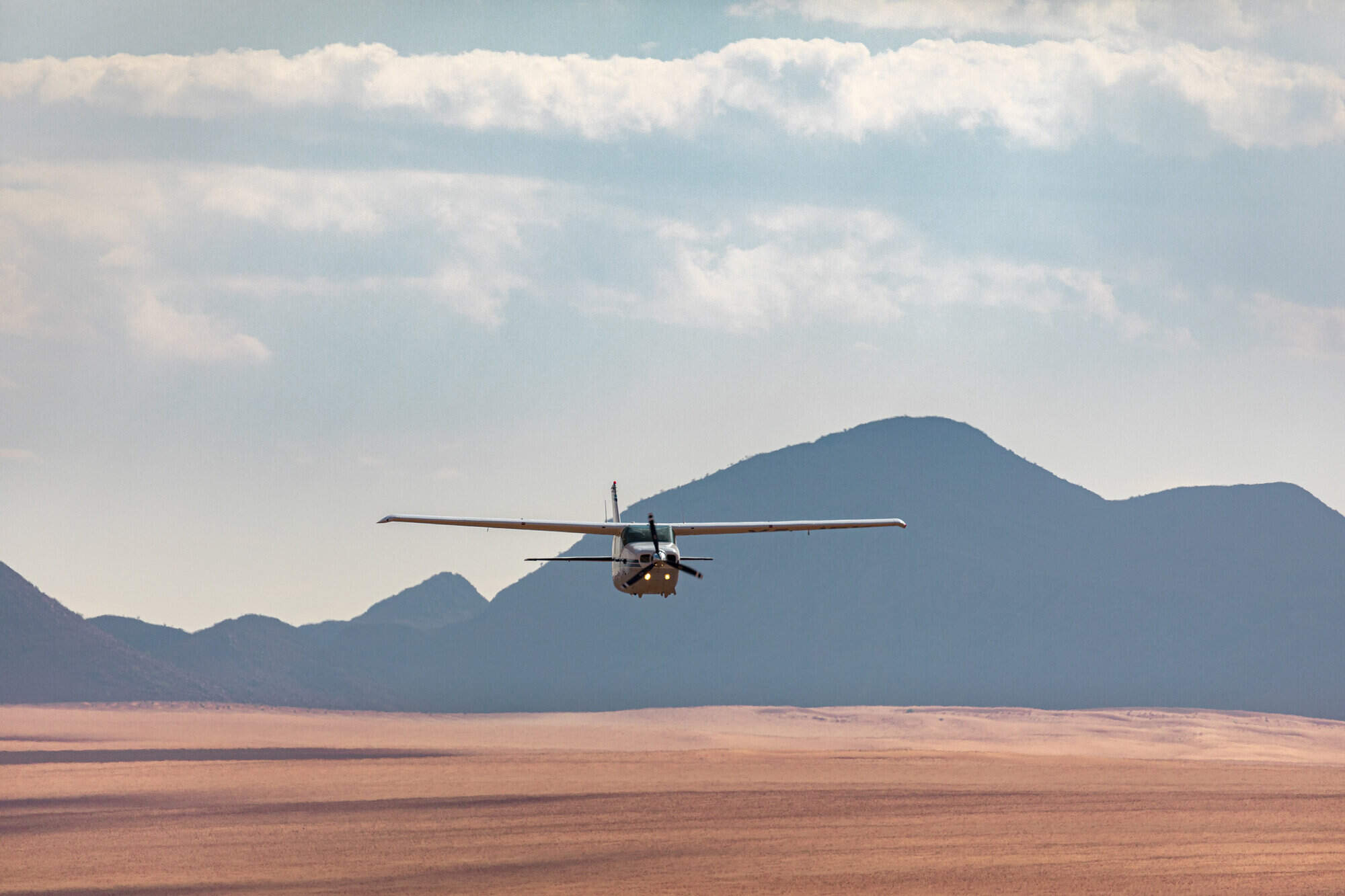
NamibRand
7 places to stay
With just a scattering of lodges across a desert area nearly three times the size of Singapore, the NamibRand offers pure escapism.
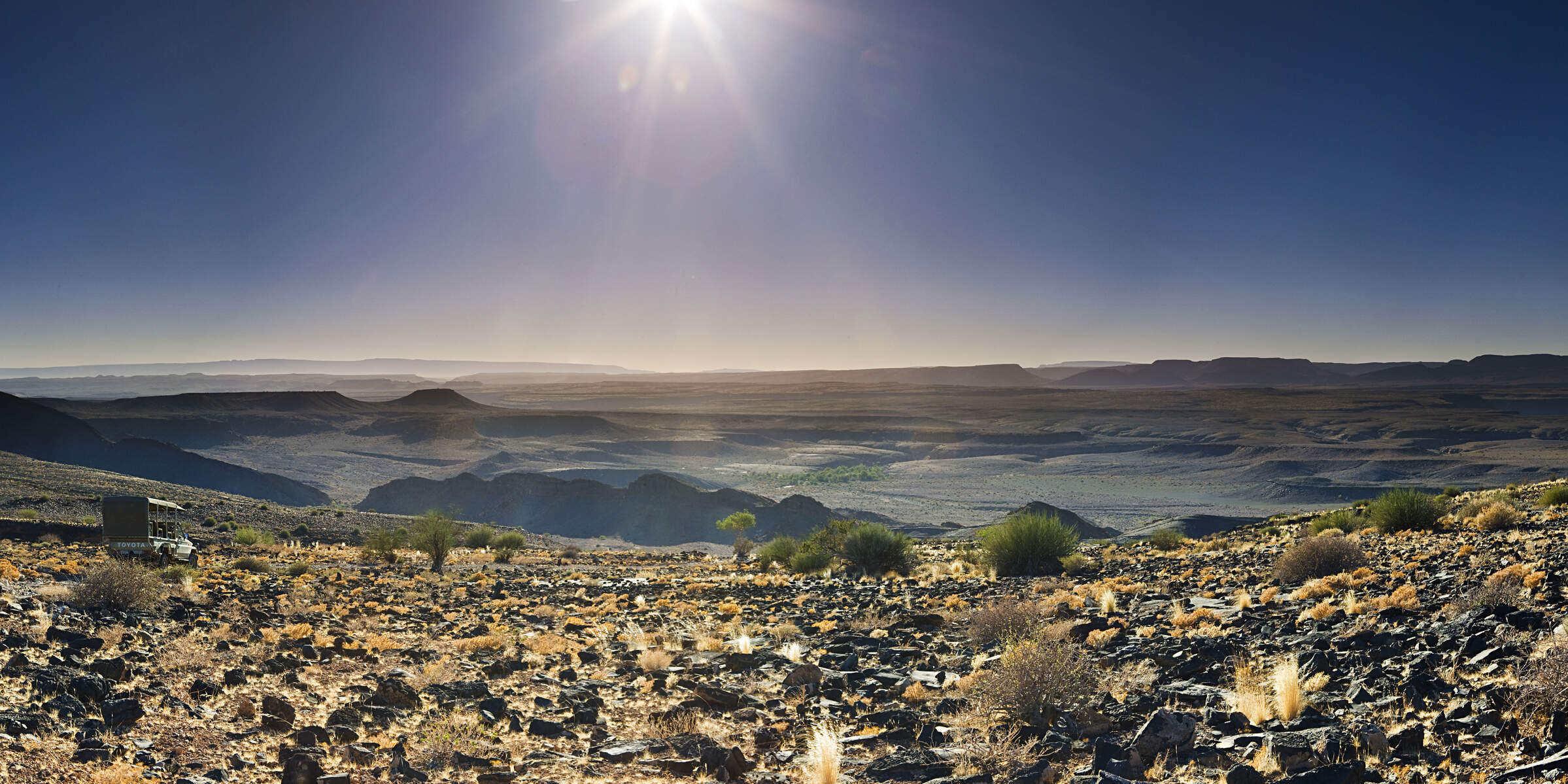
Fish River Canyon
5 places to stay
Both awe-inspiring and exceptionally picturesque, the Fish River Canyon follows a deep fissure in the arid landscape of southern Namibia.
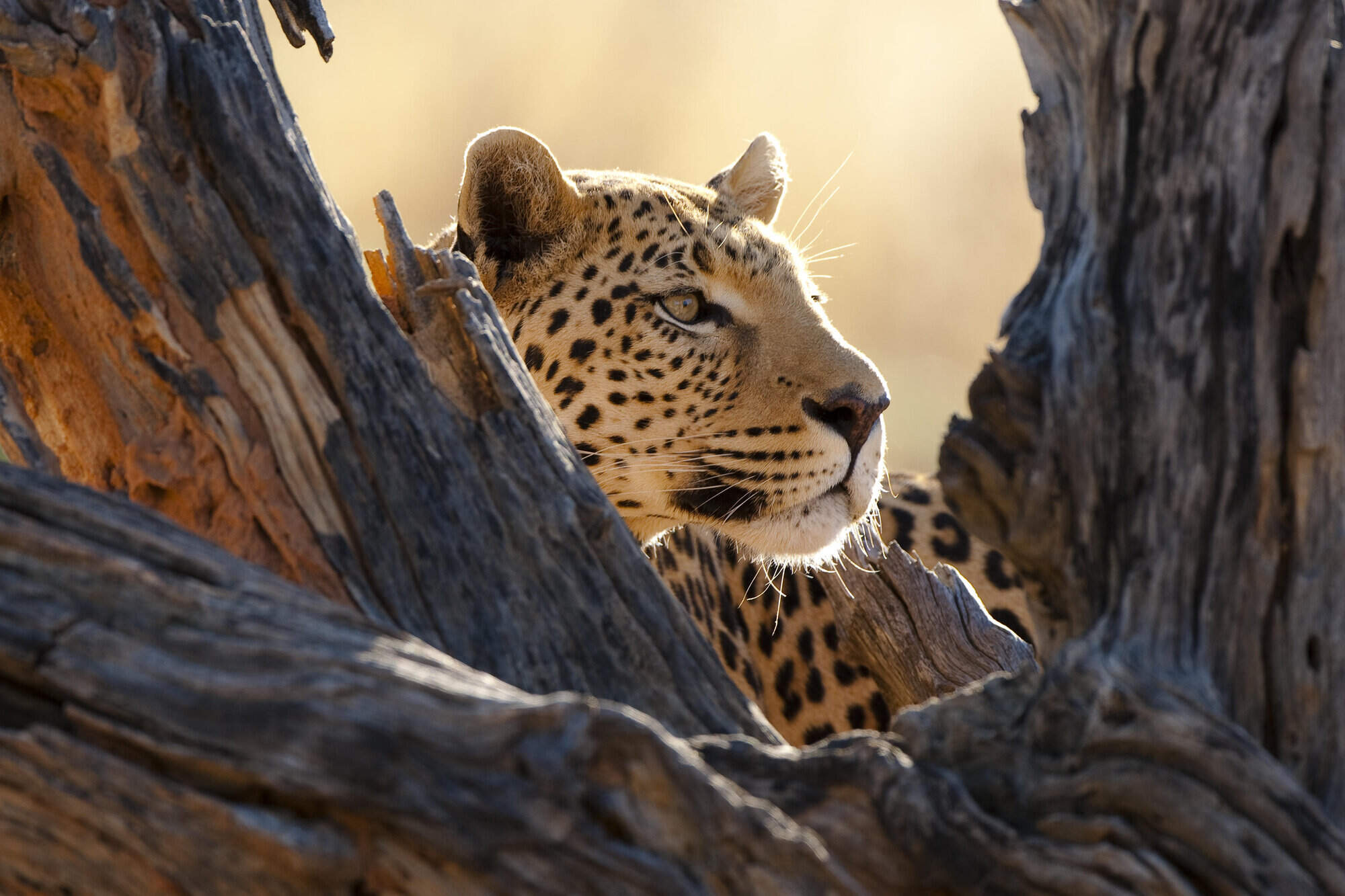
Okonjima
4 places to stay
Renowned for its leopard sightings, Okonjima protects and conserves a range of big cats on a private reserve between Windhoek and Etosha.
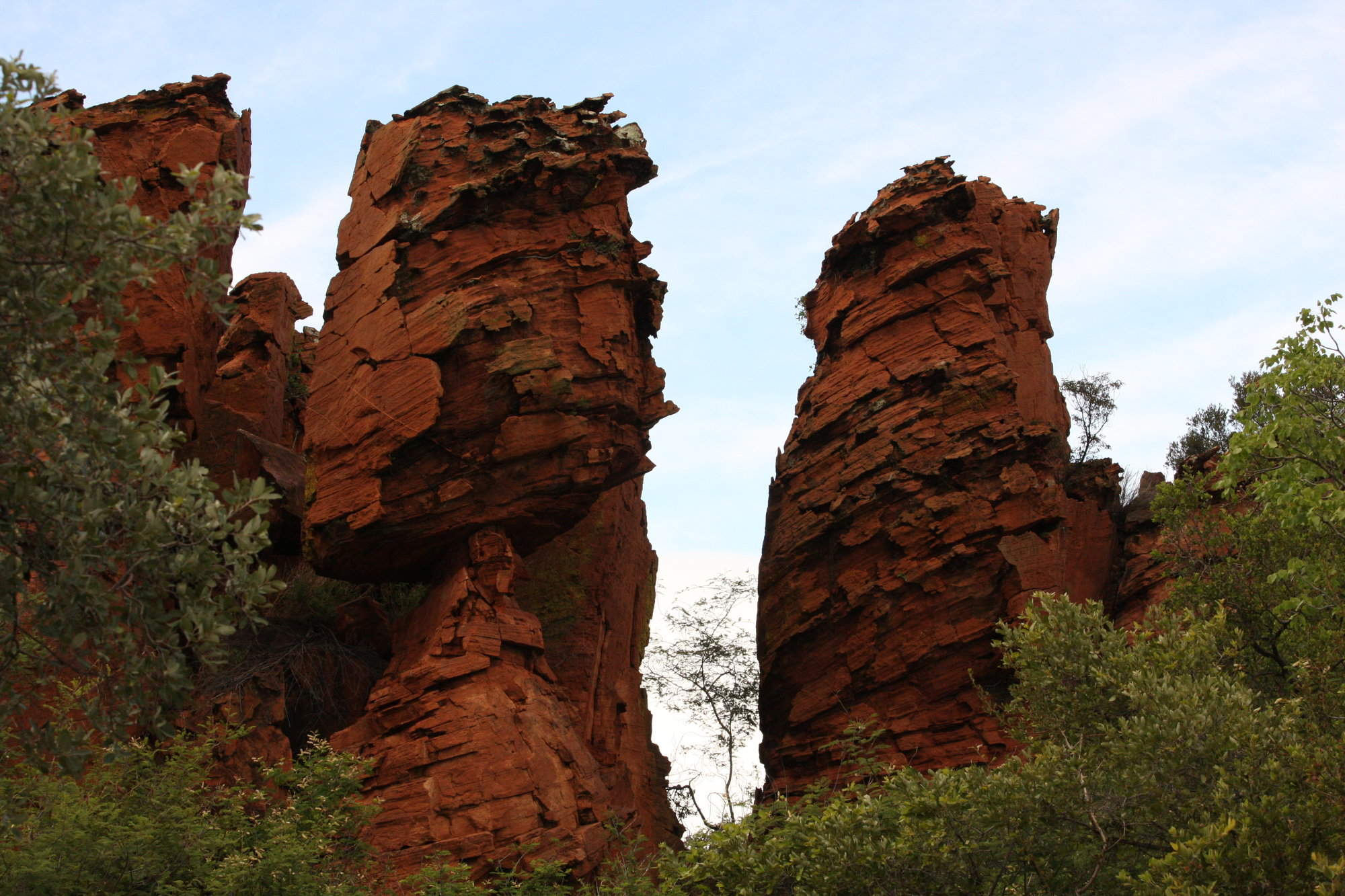
Waterberg Plateau
3 places to stay
Renowned for some of the best walking in Namibia, Waterberg is one of the country’s smallest, yet most intriguing national parks.

Bushmanland
1 places to stay
Remote and seemingly endless, the Kalahari sand-sheet that covers north-eastern Namibia offers a remarkable opportunity to immerse yourself in Bushman culture.
Ten best safari holidays to Namibia
All our trips to Namibia are tailor-made to suit your travel style. Whether you prefer to fly, be guided, or explore independently, we’ll help craft the perfect adventure.
For a seamless and exclusive experience, fly-in safaris offer breathtaking aerial views of Namibia’s dramatic landscapes and are ideal for travelers with limited time or those who’d rather avoid driving.
If you prefer not to drive, consider a guided safaris, where expert guides provide fascinating insights and flexible itineraries. These tailored trips can be as relaxed or adventurous as you desire.
For independent travelers, self-drive safaris remain a popular choice. We’ll arrange your car, provide detailed maps, and plan your route to ensure you can explore safely and confidently.
Below are some great examples of Namibia holidays. Contact us to design your own tailor-made trip and experience the best this stunning country has to offer.
Our travellers' 10 most recent Namibia holidays reviews
At Expert Africa, the feedback we receive from our travellers is invaluable.
It helps us to stay up to date with the latest developments, which in turn helps our travellers to plan their trips; it even helps us to understand our travellers better. It’s also very important to our partners running lodges and safari camps across Namibia, who appreciate such genuine and constructive feedback.
All our Namibia holiday reviews are published in full without us editing them. See all 1702 reviews of Namibia safaris holidays here, or click on a card below to read one of the most recent reviews in full.
Our travellers' wildlife sightings across Namibia
While they are in Namibia, many of our travellers record their wildlife sightings for us – from big cats and elephants to black rhino and brown hyena – and kindly share these with us when they are home. Citizen science in action!
Their feedback gives us a unique picture of the distribution of various species, so we in turn can tell other travellers their best chances spotting individual species during a Namibian safari. (Read how this wildlife survey works.) The percentages below give just an “average” percentage of the likelihood of a safari visitor seeing each species in Namibia.
For full details of sightings at individual camps and lodges, our species-by-species interactive map shows the best locations for wildlife viewing in Namibia.

84% success

81% success

79% success

68% success

67% success

64% success

54% success

50% success

49% success

48% success

47% success

22% success

20% success

19% success

17% success

16% success

16% success

14% success

12% success

7% success

3% success

2% success
Where to find Namibia’s key wildlife species
Our travellers’ feedback on their wildlife sightings helps us to work out the best camps and lodges to see Namibia’s key wildlife species.
Whether you’re driven by spotting a cheetah in Namibia in Namibia, or your must-see animal is a desert-adapted elephant, we can help. Take a look at our data-driven maps, which show the best places to actually see each species within Namibia’s extraordinary diverse range of habitats.
For a specific data-driven map of the best camps and lodges for sightings of a particular species, click on a card:
When to go on a Namibia holiday
Key to planning any holiday to Namibia – from an adventurous road trip to a top-notch guided safari – is weather.
The good news is that there’s no “wrong” time to visit Namibia: the climate is generally dry and pleasant. Temperatures are typically warm or hot during the day, although in desert areas between June and August they may fall below freezing at night. Rainfall is fractional along the coastal fringes, whereas further east it tends to fall largely between November and March – often in the form of short, sharp thunderstorms.
For wildlife watching, especially in Etosha, April to October are the best months, when animals are drawn to the park’s perennial water sources. Prices tend to peak in July and August. Conversely, the wetter season is cheaper, less crowded – and an excellent time for birders. Click on the months below; and see here for historic rainfall and temperatures in Namibia.
Jan
Feb
Mar
Apr
May
Jun
Jul
Aug
Sep
Oct
Nov
Dec
Namibia in January
January is at the heart of Namibia’s rainy season. However, as you’d expect from a country dominated by desert and semi-desert environments, the rains are often (but not always) weak and usually quite localised. Some days will be clear, the strong sun raising temperatures to around 30ºC/86ºF; on others humidity and clouds build, sometimes culminating in spectacular thunderstorms. In extreme cases, these generate flash-floods which race down the beds of ephemeral rivers.
Across the country, the greening landscape makes a refreshing change, especially in desert areas. Many birds are in full breeding plumage and migrant species are here in force. In the north, where the rains are more reliable, the abundant water and food allows wildlife to disperse, making it trickier to spot.
- Variable weather: clear, hot & dry, or cloudy & humid with some rain
- Occasional, highly localised thunderstorms
- Many animals with young; birdlife at its most spectacular
- Wildlife dispersed & harder to see, especially in Etosha & the Caprivi
- Very few tourists (apart from the New Year) so rates mostly low
Our view
This is not a great time to visit
Weather in January
Namibia in February
February is the wettest month, but as Namibia is dominated by deserts, the rains are often weak and patchy. The variation in weather across Namibia is significant, too; the central highlands and Caprivi can see some heavy rain. More typically, some February days are clear with a hot, strong sun; others are cooler as cloudy skies build and, sometimes, culminate in short, spectacular thunderstorms. Occasionally these generate flash-floods, bringing ephemeral rivers to life and making travel more challenging.
Across the country, the landscape feels green and alive; insects and smaller animals are more easily seen, and many birds and animals are raising their young. However, small pools in the bush and thicker vegetation can make it hard to spot the wildlife.
- Variable weather: clear, hot & dry or cloudy & humid with some rain
- Occasional localised thunderstorms meander over the landscape
- The bush feels alive; birdlife is at its most spectacular
- Wildlife in Etosha & Caprivi is dispersed & harder to see
- Few tourists, so rates usually at their lowest
Our view
This is not a great time to visit
Weather in February
Namibia in March
March usually sees Namibia’s main rains tailing off, although actual precipitation varies hugely across the country and can be unpredictable from day to day. Many days will be clear, with a strong sun driving temperatures up. On others, clouds will build, and the late afternoon may see a short, spectacular thunderstorm. Such deluges reduce in both frequency and volume as the month progresses.
Across the country, landscapes are often vivid: a “green and pleasant land”. Many birds and animals are finishing raising their young, so smaller animals and insects are in evidence. In the north, where rains are generally heavier, pools in the bush and thicker vegetation can make it difficult to spot larger animals.
- Variable weather: clear, hot & dry or cloudy & humid with some rain
- Afternoon thunderstorms less common as March progresses
- Animals looking sleek and well-fed, after 3–4 months of plenty
- Wildlife in Etosha & Caprivi is dispersed & harder to see
- Few tourists visit during March, so rates often low
Our view
A good time to visit, with pros & cons
Weather in March
Namibia in April
Typically, April is dominated by dry weather; there’s an ever-decreasing chance of rain. Temperatures are now below their peak and continue to fall. Even so, days remain pleasant and warm, but there might be a slight chill in the air at night. The rains usually leave many parts of the country verdant and green, so animals are in fantastic condition – often with fast-growing young in attendance.
With the dust washed out of the atmosphere, photographers make the most of clear air, spectacular landscapes and healthy animals. Stargazers will have clearer night skies as the month progresses. In the game parks of Northern Namibia, water and food remain in plentiful supply, so finding big game can prove trickier than later in the year.
- Becoming drier &, especially at night, also cooler
- Few visitors, except around Easter, so rates remain low
- Wildlife in Etosha & Caprivi remains relatively hard to see
- Migrant birds have started to leave
- Fresh, clean air and often green, verdant landscapes
Our view
A good time to visit, with pros & cons
Weather in April
Namibia in May
By May, Namibia is usually drying out fast as the rains have ended. If they’ve been good, then the land remains green, but wildlife starts to congregate at more permanent water sources. Over much of the country the air quality and clarity can be amazing, making this an ideal month for photography.
Typical days are warm, with crisp, clear mornings and clear blue skies. Evenings are usually cool, and temperatures may dip below 10ºC (50ºF) overnight. Many lodges still charge “low season” prices, although with Namibia’s increasing popularity in recent years, some have started to introduce higher “shoulder season” rates.
May’s good-value rates, increasingly good wildlife sightings, beautiful landscapes and crystal-clear air combine to make this one of our favourite months in Namibia.
- Lovely weather: dry, warm days & cool nights
- The country is drying out although many landscapes remain green
- Fantastic air clarity – ideal for keen photographers
- Visitor numbers are often still low, mirrored by lodge rates
- Wildlife is starting to congregate more around remaining water
Our view
A very good time to visit
Weather in May
Namibia in June
Namibia is dry again. Skies are blue and usually largely cloudless. Days are lovely: warm and dry; nights are cold, sometimes below freezing in the desert. Most swimming pools in Namibia are always outdoors, making them too cold for all except the very dedicated.
Take a warm hat and gloves for game drives, where dawn and dusk will feel particularly chilly. In the north, especially Etosha, wildlife viewing is now into its dry-season pattern, focusing around the waterholes – though the park is still not busy.
Photographers come for superb air clarity, with minimal dust or smoke in the air. Historically, June rates have been low. However, with Namibia’s increasing popularity many lodges now count it amongst their “high-season” months, and request higher prices.
- Clear, bright days with blue skies; cold nights, mornings & evenings
- Great air quality, especially welcome for photographers
- “Shoulder season” for some lodges: lodge rates moderate
- Wildlife gravitates to waterholes, making game-viewing productive
- Some greenery in the landscape, depending on the last rains
Our view
A very good time to visit
Weather in June
Namibia in July
Reliably warm daytime temperatures (upwards of 20ºC/70ºF) and good wildlife sightings make this a popular month to visit Namibia. Rain would be very unusual indeed and clear skies make for great photographs. Once the sun sets, though, temperatures cool rapidly bringing cold nights that may dip below freezing in the desert. Be prepared: dress in layers and expect early-morning and late-afternoon drives, and anywhere coastal, to be cold.
As the land dries and vegetation shrivels, game congregates beside drinking water: Etosha’s waterholes are busy with animals. Across the country, lodges charge “high season” rates; many are fully booked a year or more in advance, especially during European school holidays (from the latter half of July to late August).
- Dry days, warm in the sun, with crisp, cold nights
- Cloudless skies: July is usually superb for stargazing
- The beginning of European school holidays so more families travelling
- Peak season: so high rates and many lodges fully booked far in advance
- A fantastic time of year for wildlife watching, particularly in Etosha
Our view
A very good time to visit
Weather in July
Namibia in August
August is the height of Namibia’s “winter”. Expect cloudless skies and plenty of warm sun in the day, but nights down to freezing in the desert. Dress in layers and bring warm clothes (including hats and gloves) for chilly starts and evenings. Only the hardiest even contemplate using outdoor pools.
It’s 3–4 months since any rain, so the land is dust-dry and much vegetation is golden brown. Many landscapes appear sparse and harsh. Wildlife congregates around available water sources, helping to guarantee good animal sightings.
Namibia is never really “busy” by the standards of Europe or the USA, but August is the most popular time to visit, especially for families. Book early (over a year in advance) if you want to stay at the best lodges.
- Dry days, warm in the sun; cold mornings, evenings & nights
- Cloudless skies in the day; spectacular stars at night
- Busy by Namibian standards: family rooms in particular demand
- Peak season: so high rates and many lodges fully booked far in advance
- A fantastic time of year for wildlife watching, particularly in Etosha
Our view
Fantastic: the very best time to visit
Weather in August
Namibia in September
September is a month of blue, cloudless skies and fantastic wildlife viewing. Rain is almost unheard of. As the month progresses, the days and nights get warmer. In some areas, daily maximums hit around the low 30s Celsius, although low humidity ensures this feels comfortable. The contrast makes the nights seem very cold. The air is becoming dustier, occasionally augmented by smoke from fires – so becoming hazy for photographic purists.
In the national parks, animals congregate around remaining water sources – making September one of the best months for game viewing. Hence it’s one of Namibia’s most popular months for visitors: a “high season” month that is often the time of choice for safari aficionados.
- One of the best months for wildlife viewing
- Warm days & cold nights, with temperatures rising during the month
- Many plants have faded from green to golden brown
- Air can be hazy – with dust & sometimes smoke
- High season rates; many lodges & camps are full 9 months in advance.
Our view
Fantastic: the very best time to visit
Weather in September
Namibia in October
Namibia is usually at its hottest and driest in October. Temperatures build as the month progresses; towards the end, daily highs may exceed 40ºC/100ºF, though with humidity close to zero, even this rarely feels oppressive.
In exceptional years, isolated rain showers may fall in late October. More usually, the end of the dry season sees wildlife watching at its best, particularly in Etosha. The place feels like a desert as spectacular herds of thirsty animals gather around the available water. October is popular amongst wildlife enthusiasts and commands peak-season prices, even if dust and smoke may make the air hazy, challenging photographers. Visitor numbers can fade towards the end of the month, allowing a window for last-minute bookings.
- Probably the most spectacular month for wildlife-viewing in Etosha
- Hot and dry: much of the country feels like a desert
- The air can be hazy with dust & smoke
- It’s peak time to visit, so expect high season rates
- Lodges & camps are full, especially early in October
Our view
A very good time to visit
Weather in October
Namibia in November
November is always a bit unpredictable: sometimes dry and hot; sometimes cloudier and cooler. Typically, mornings are hot and cloudless and clouds appear in the afternoon. Humidity builds and eventually breaks, resulting in spectacular thunderstorms that bring convection rainfall in late afternoons. Such storms are typically sparsely distributed and highly local – being completely absent from desert areas, for example. Places that do get good rain will flush green, with a tangible feeling of new life softening the landscapes. Many mammals give birth to their young.
Once any rains come, wildlife dissipates in search of food, and game viewing in Etosha becomes harder. Conversely, this is a great time for birdwatchers, with migrant species in breeding plumage.
- A very interesting, variable month, depending on the rains
- With rains come an amazing explosion of both vegetation & new life
- Wildlife viewing better in Damaraland than Etosha if it has rained
- Shoulder season: mid-range rates offer great value
- Away from the Namib, showers are more likely later in the month
Our view
A good time to visit, with pros & cons
Weather in November
Namibia in December
December is the first “proper” month of Namibia’s rainy season, and one of its hottest. Clear mornings give way to building clouds and, with luck, the occasional short, spectacular thunderstorm: refreshing and cleansing. These are often highly localised and generally warmly welcomed: most Namibians love rain!
Rains clear the air of dust. Even relatively short showers enable plant life to erupt, carpeting this thirstland in green and providing food for the young animals which abound. Animals disperse widely, which can make game viewing challenging. Many birds are breeding and so sporting their most colourful plumage.
Christmas and the New Year fall within local “summer holidays” – so places to stay can be surprisingly busy, especially in and around coastal towns, where temperatures are cooler.
- Hot and humid; sometimes refreshed by cooling showers
- Landscapes flushed green if/where there has been rain
- A tangible life and energy amidst this often green & pleasant land
- Very photogenic: blooming deserts amidst crystal-clear air
- Best time for birdwatchers; larger animals harder to spot
Our view
This is not a great time to visit
Weather in December
Country guide
A guide to visiting Namibia
Take a Namibia holiday; this is African travel at its most varied! Flying in, driving yourself, or being guided: the choice is yours.
A classic Namibian holiday might feature sunrise on top of the world's highest dunes; a day relaxing in a hot mineral spring at the foot of the world's second-deepest canyon; a wildlife safari watching lion stalk huge herds of antelope – and an evening observing wild black rhino by moonlight.
You can meet a cheetah at close quarters, stroll through a petrified forest, marvel at ancient rock paintings and see footprints as old as a dinosaur – or as fresh and close as a leopard outside your tent. Namibia is a real travel adventure, like nowhere else on earth.
Where to go in Namibia
More offbeat is Damaraland, home to black rhino, elephant and other desert-adapted animals. Then there is the vast, coastal wilderness of the Skeleton Coast, or the rugged mountains of semi-desert Kaokoland, and Bushmanland: these are Namibia at its most remote.
If adventure beckons, head for Namibia’s adrenalin capital, Swakopmund, which along with duneboarding also boasts some exceptional desert excursions. Or marvel at the 500m-deep Fish River Canyon, a spectacular backdrop for hiking.
And if you have time to explore further, consider the more verdant Caprivi Strip, or Zambezi Region, where you can combine a classic safari with boat trips on narrow waterways and perhaps add on a visit to Victoria Falls.
How to explore Namibia
For an immersive and stress-free experience, privately guided safaris are a fantastic option. With an expert guide behind the wheel, you’ll gain deep insights into Namibia’s wildlife and culture while traveling at a pace that suits you. These trips combine the flexibility of a road trip with the convenience of professional guidance.
Alternatively, a fly-in safari offers a truly spectacular way to see Namibia’s dramatic landscapes from above. Though not the cheapest option, flying between destinations provides unforgettable views and maximizes your time in this vast country.
For those who relish independence, Namibia is well-suited for self-drive safaris, with long, straight roads, good accommodation options, and minimal traffic making navigation straightforward.
Where to stay in Namibia
The best lodges tend to have their own knowledgeable guides, who can add considerably to your enjoyment – of both the wilderness and the wildlife. You can expect a good standard of comfort and cuisine, and some may have extras such as spa facilities.
Guesthouses and B&Bs are something of a specialty in Namibia. A hearty breakfast is the norm, returning to a home-cooked dinner in the evening – or, in the towns, to a selection of restaurants within easy reach.
At the other end of the spectrum, camping comes into its own in Namibia’s national parks and wilderness areas – the perfect way to end the day’s adventure.
Where to see wildlife in Namibia
Etosha National Park, the heartland of a Namibia safari, is home to elephants, lions, giraffes, rhinos and a plethora of antelope species.
For hippos and crocodiles, make for the parks in the verdant Zambezi Region, at the east end of the Caprivi Strip, which also boasts exceptional birdlife, while for desert-adapted species, such as oryx, springbok and meerkats, the Namib-Naukluft National Park, Southern Namibia and Damaraland.
Leopards generally inhabit rocky environments, but are most easily spotted on the Okonjima Reserve. More elusive is the brown hyena, occasionally seen looming out of the mists of the Skeleton Coast & Kaokoland.
The coast also supports extensive population of Cape fur seals, along with dolphins, and even African penguins, while on the lagoons of Walvis Bay look out for flamingos and pelicans.
Read more about Wildlife in Namibia – and see our data-driven maps showing where our travellers actually saw the various wildlife species.
Namibia in context: history, environment & people
Namibia dates back to ancient times, when the San, Damara and Namaqua peoples roamed the land. During the 19th century it became a German colony until, as South-West Africa, it came under South African administration at the end of World War I.
Independence for the ethnically diverse population came in 1990, with
English now the official language. Afrikaans and German are also widely spoken, along with indigenous languages that include Oshiwambo, Herero and Nama.
With perennial rivers only on its northern and southern boundaries, the population was traditionally based in the north but many now live in and around the coastal towns and the capital, Windhoek.
For more on Namibia in context, read on.
Why a fly-in safari?
Cover distance with ease
Namibia is defined by its wide-open spaces and diverse scenery, but its spectacular destinations—like Sossusvlei’s towering dunes, the wildlife-rich Etosha National Park, and the haunting Skeleton Coast—are often separated by hundreds of kilometres. A fly-in safari solves this challenge, dramatically reducing travel time. Instead of spending hours on the road, you’ll effortlessly hop between camps, allowing more time to immerse yourself in the wilderness and truly enjoy your surroundings.
Remote and exclusive locations
Fly-in safaris provide access to Namibia’s most remote and untouched areas, some of which are virtually inaccessible by road. The Skeleton Coast, with its otherworldly landscapes, shipwrecks, and desert-adapted wildlife, is one such destination. Flying into these regions ensures an exclusive experience, allowing you to witness Namibia’s untamed beauty in its purest form.
The journey is part of the adventure
A highlight of any fly-in safari is the journey itself. From above, Namibia’s landscapes unfold in a way that few visitors ever experience. The dramatic dunes of the Namib Desert stretch endlessly into the horizon, rugged mountain ranges rise sharply from the plains, and dry riverbeds snake across barren terrain. These aerial views transform each transfer into a memorable part of the adventure.
Luxury and hospitality in the wilderness
Fly-in safaris align perfectly with Namibia’s reputation for high-end hospitality. Many itineraries include stays at luxurious lodges and camps where service, comfort, and attention to detail are second to none. Whether you’re watching elephants at a remote waterhole or dining under the stars, the fly-in experience elevates your journey to unparalleled levels of indulgence.
Tailored for discerning travellers
For those seeking a flexible and personalised safari, fly-in safaris offer an unmatched opportunity to tailor your adventure. Whether your focus is on dramatic wildlife sightings, photography, or simply unwinding in Namibia’s serene wilderness, this mode of travel ensures a journey perfectly aligned to your interests. Effortless, exclusive, and utterly captivating, a fly-in safari is the ultimate choice is you’re seeking comfort and adventure in equal measure.
Why a privately guided safari?
Expertise
A great guide is what sets a good safari apart from a truly exceptional one. The professional guides that we work with in Namibia are deeply knowledgeable about the country’s ecosystems, wildlife behaviour, and cultural heritage. Whether you’re tracking desert-adapted elephants in Damaraland or learning about the fascinating geology of the Namib Desert, their insights bring every moment to life. They’ll take you beyond the obvious, pointing out subtle signs of wildlife, interpreting tracks, and sharing stories that give you a richer connection to the environment.
Tailored to you
Guided safaris are incredibly flexible, designed entirely around your preferences. Your guide can adapt plans to suit your interests—perhaps spending more time at a favourite location, focusing on photography, or exploring remote areas less travelled. This tailored approach ensures a relaxed, unhurried experience, where every aspect of your journey feels meaningful.
Effortless travel
Namibia’s vast landscapes are awe-inspiring but can be challenging to navigate independently. With a professional guide managing the driving, logistics, and local knowledge, you can simply relax and enjoy the journey. Your guide’s expertise ensures safe, efficient travel and allows access to remote areas that are often difficult to reach on your own.
Exclusive access
Guided safaris frequently include private concessions and less-visited regions, providing exclusivity and unparalleled wildlife encounters. From intimate predator sightings in Etosha’s private reserves to spotting rare desert-adapted rhinos, these experiences offer a level of privacy and immersion that is hard to match.
Cultural connections
Namibia’s cultural diversity is another highlight of a guided safari. A knowledgeable guide can facilitate meaningful and respectful interactions with local communities, such as the Himba or San people, enriching your understanding of their traditions and way of life.
Why choose a guided safari?
For well-travelled visitors seeking a stress-free, flexible, and deeply enriching safari, a guided trip offers the perfect balance of adventure and luxury. It’s an effortless way to explore Namibia’s extraordinary diversity while benefiting from the insights of an expert who brings the landscape, wildlife, and culture into vivid focus.
If you’re looking for a safari experience that combines exclusivity, comfort, and profound discovery, a guided safari in Namibia may well be the ideal choice.
Why a self-drive safari in Namibia?
As with all our holidays, we want you to feel well informed when making choices. So here, we’ll take you through the fantastic freedom of a Namibia self-drive, along with a few important considerations to help you decide if it’s the right fit for you.
Freedom to explore at your own pace
A self-drive trip gives you total flexibility. Want to linger over breakfast and leave late? Stop for photos whenever you like? Take a detour through a scenic pass or pull over to watch an aardwolf? It’s all possible, and it’s all part of the experience. Whether you’re an avid photographer, a family with young children setting the pace, or simply someone who loves the freedom to explore, there are huge advantages to planning your own days.
Well-maintained roads – but long days
Namibia has a good road network, with quiet tar roads and extensive, well-maintained gravel routes. While driving is generally straightforward, the distances between key areas can be long, and most of the travel is on gravel, where we recommend keeping speeds below 80kph for safety. Even modest-looking drives can take longer than expected, so early starts are often needed to reach your next destination before dark. So if long-lies are on your holiday wish-list, you might be better opting for a fly-in trip.
Planning and preparation are essential
Unlike a guided or fly-in safari, self-drive requires a little more personal involvement. We will provide detailed driving directions, but you will need to follow the route, have a good idea of where you want to stop, and keep an eye on timings. Driving after dark is strongly discouraged, so on longer days it’s important to leave early and factor in breaks. Having more than one driver helps share the load; it’s not essential, but it does make the journey easier.
Bring supplies – especially for remote areas
Many areas in Namibia are remote, with limited options to buy food and drink en-route. It’s always wise to travel with snacks, water, and fuel, and to have lunch supplies packed for the day, especially when heading into national parks or across long stretches between lodges. Some of our team consider it a good investment to buy a cheap cooler box before leaving Windhoek to keep drinks cool on longer self-drive trips – they’re easy to pick up in big supermarkets. We’ll give you detailed notes and advice to help you plan ahead though.
Best suited to confident, independent travellers
Self-drive isn’t for everyone – but for the right travellers, it’s one of the most rewarding ways to experience Namibia. You set the pace, choose your own route, and every day feels like a journey in its own right. For families, couples or small groups who enjoy discovery, variety and a touch of adventure, it’s a brilliant way to travel. There’s something quietly unforgettable about pulling up at a remote picnic spot and feeling as if you have the whole country to yourself.
Not sure if it’s right for you?
Our team knows Namibia inside out, and we’ve done plenty of self-drives ourselves: with friends, with family, and in convoy. Speak to one of our specialists and we’ll help you decide whether it’s the best fit for you and your travel style.
You can also browse our Namibia Holiday Collections, which include a wide range of self-drive itineraries for inspiration.

Looking for inspiration on where to travel next?
Visit our trip chooser to explore your options and find inspiration for your perfect African adventure
Inspire meUnderstanding more about travel in Namibia
Arguably the key factor involved in a Namibia holiday is how you travel: driving yourself, flying around, or with a private guide.
The way in which you choose to travel will also be affected by your time, your budget, and your personal interests. So those on a relatively low budget with an adventurous streak and plenty of time on their hands are likely to seek an entirely different style of holiday from the time-poor traveller seeking a luxury getaway-from-it-all vacation.
For a road trip without the hands-on commitment to driving, a privately guided safari may fit the bill. And for some travellers, a combination of two or even all of these choices may work the best.

Self-drive - Car types
Driving yourself is arguably the most popular way to explore Namibia, provided you’re prepared for long days at the wheel. With total flexibility, you can create a unique adventure, experiencing the country's stunning landscapes and diverse attractions at your own pace.
Key to making this work is choosing the best type of self-drive car for your trip. A 2WD car is often sufficient, though for travelling off the beaten track – and for your ease of travel and peace of mind – we usually suggest a higher-clearance vehicle for better visibility, especially in Etosha National Park, or a 4WD for more intrepid itineraries. See examples of the Namibia's car hire groups here.
Namibia's roads are generally long, straight and relatively empty, with a tarmac surface on the main arteries, and well-maintained gravel roads elsewhere. Understanding our tips and techniques for driving on gravel roads will help you to enjoy the trip in safety.
A self-drive road trip is likely to be the cheapest option for a Namibia holiday, particularly for a family or a small group of friends travelling in one vehicle.

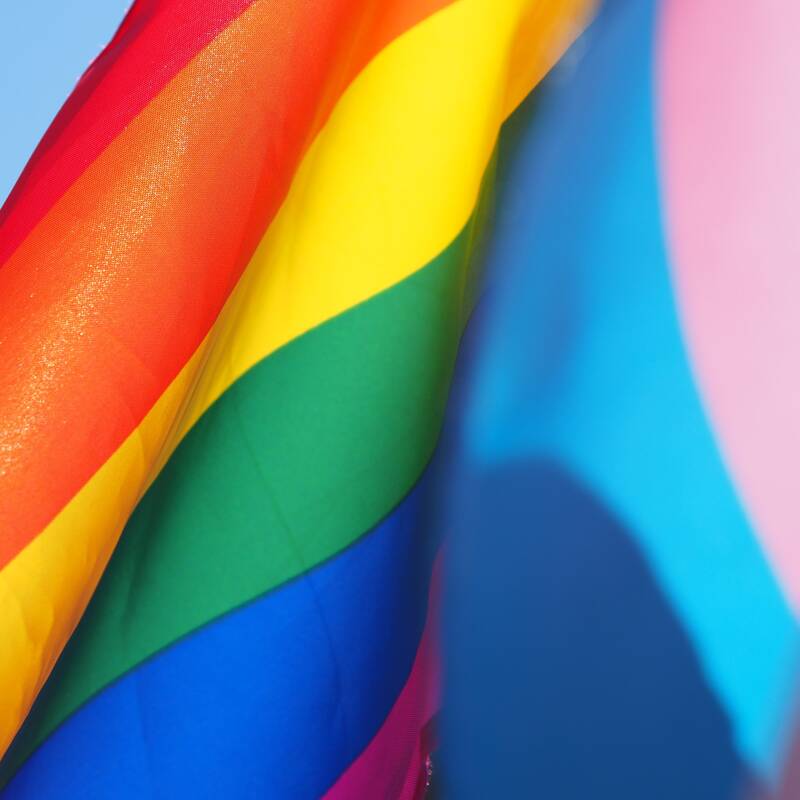
Lesbian, Gay, Bisexual and Transgender (LGBT) travel to Namibia
We have been sending travellers to Namibia since 1994 and have booked trips for many LGBT travellers in that time. We have never heard of any problems experienced on their travels due to their sexuality, and many have come back to us for regular repeat trips.
This reflects our opinion that the vast majority of people in Namibia are friendly to visitors, irrespective of the gender and sexual orientation of the visitor. So in our experience, LBGT travel here is usually fine and uneventful.
That said, it's important to be aware of both the law and the current climate of opinion. So do please check your government's latest travel advice before you go – and read more about this here:
Read more about Lesbian, Gay, Bisexual and Transgender (LGBT) travel to Namibia.

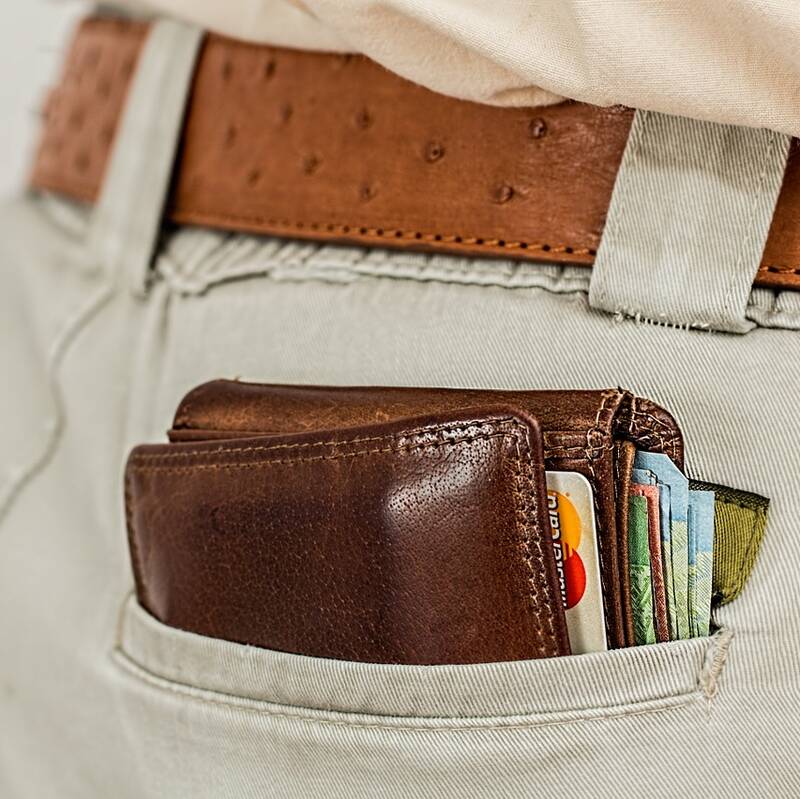
Tipping in Namibia
Tipping in Namibia, as in many other countries, is always voluntary, and should depend on the standard of service received. That said, we would encourage visitors to tip in appreciation of good service, while staying mindful of the importance and extent of the work someone is doing for you.
Every successful safari or lodge stay is underpinned by a team of staff, all of whom work hard to ensure that their visitors enjoy their vacation. So when thinking about tips and tipping, do please consider them as well as your guide and your waiter, and remember to consider carefully the amount you tip.
Usually we would recommend tipping at the end of your stay in any lodge or camp, perhaps using the staff tip box, or placing your tip in a named envelope or series of envelopes so that there can be no misunderstanding.
Read more about tipping in Namibia.

The best safaris & holidays in Namibia
From ephemeral rivers to towering sand dunes, wildlife parks to remote wilderness shores, Namibia’s legendary diversity is matched only by the variety of ways to explore it. With excellent infrastructure, there are travel options for every preference.
For those seeking a stress-free, immersive experience, privately guided safaris are ideal. Perfect for families or small groups, these trips include a top private guide to share expert insights and tailor your journey to your interests, whether relaxed or adventurous.
If time is short or you’d rather not drive, our fly-in safari offer a magical way to see Namibia’s dramatic landscapes from the air. These trips maximize your time and provide unforgettable views.
For independent travellers, self-drive safaris remain a fantastic option. We’ll help plan your route, arrange your car, and provide maps and everything you need for a smooth, confident journey at your own pace.
Browse our suggestions below, then let us help design your perfect Namibia adventure.

Hoopoe Fly-in Safari
11 days • 4 locations
WINDHOEK AIRPORT TO WINDHOEK AIRPORT
This relaxed fly-in safari reveals Namibia at its best. Generous timings and a wide choice of activities help travellers to enjoy the best of the country’s most spectacular areas.
US$8,100 - US$10,460 per person

Caracal Self-drive Safari
14 days • 8 locations
WINDHOEK AIRPORT TO WINDHOEK AIRPORT
The quintessential Namibian self-drive adventure exploring the highlights from Sossusvlei and the Namib Desert to Damaraland’s wilderness and a safari in Etosha. A great mix of accommodation and excellent value.
US$3,920 - US$4,210 per person
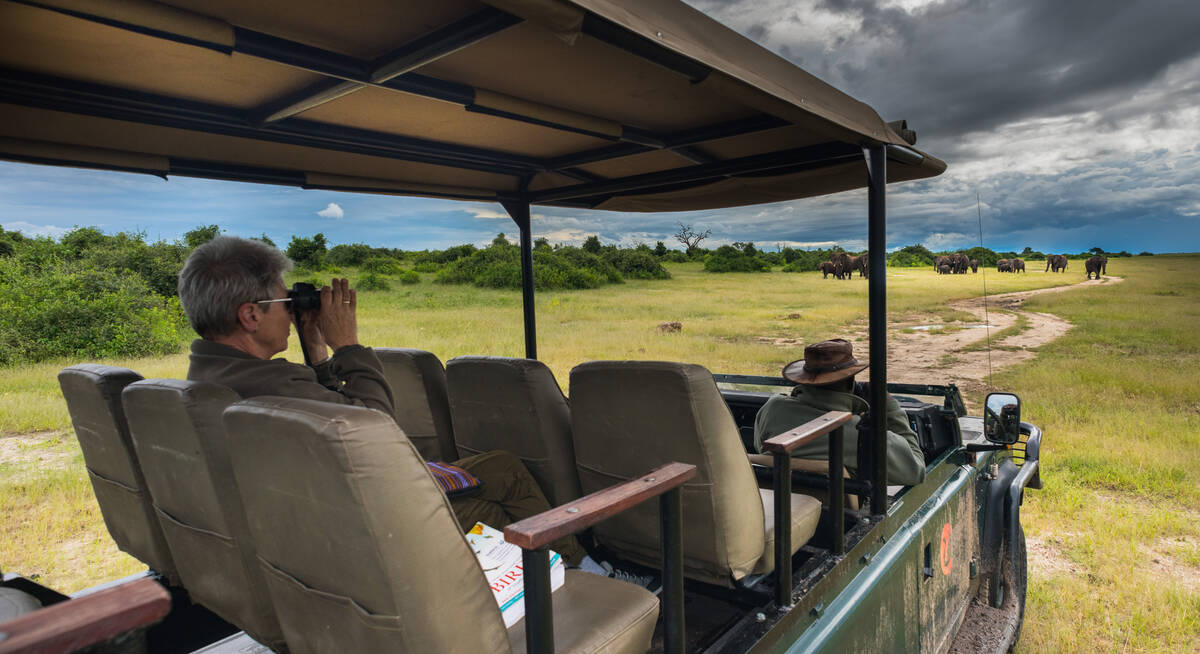
Pygmy Mouse Self-drive Safari
18 days • 10 locations
WINDHOEK AIRPORT TO VICTORIA FALLS AIRPORT
A truly epic southern African self-drive safari adventure from Namibia’s mountains and deserts, along the lush Caprivi Strip to Botswana and Victoria Falls in Zimbabwe, staying at luxury lodges throughout.
US$9,740 - US$10,510 per person

Flamingo Fly-in Safari
6 days • 3 locations
WINDHOEK AIRPORT TO WINDHOEK AIRPORT
Short on time but big on experience, this luxury fly-in safari takes in Sossusvlei’s famous dunes and Etosha National Park’s captivating wildlife with stays at two excellent luxury lodges.
US$6,200 - US$6,890 per person

Bateleur Fly-in Safari
7 days • 4 locations
WINDHOEK AIRPORT TO WINDHOEK AIRPORT
Classic fly-in Namibian safari staying at excellent camps. Explore Sossusvlei’s dunes and track Damaraland’s desert elephants before a safari in Etosha. Incredible scenery, good wildlife viewing and authentic cultural experiences.
US$8,930 - US$9,390 per person
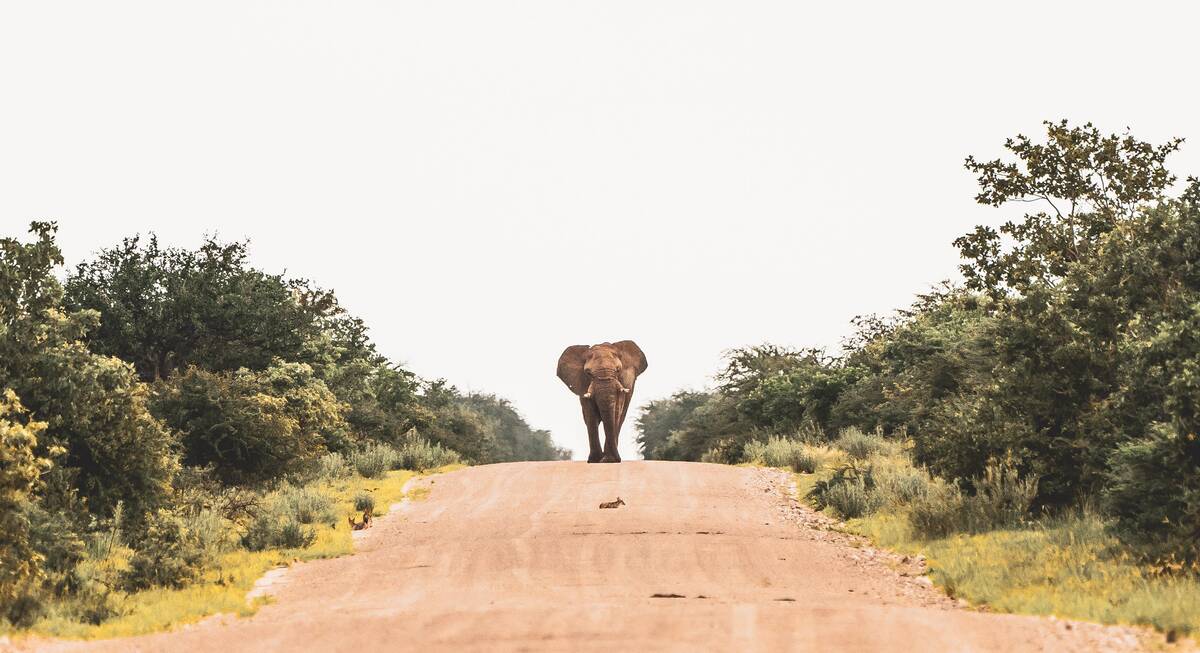
Black Wildebeest Self-drive Safari
19 days • 10 locations
CAPE TOWN AIRPORT TO WINDHOEK AIRPORT
Journey from South Africa’s cosmopolitan Cape Town to central Namibia’s Okonjima Nature Reserve during this self-driven safari. The route passes through a stunning variety of landscapes, offering access to this beautiful continent’s rich diversity.
US$4,230 - US$4,340 per person

Cape Fox Guided Safari
13 days • 7 locations
WINDHOEK AIRPORT TO WINDHOEK AIRPORT
A classic clockwise circuit around Namibia’s northern highlights with a private guide and vehicle. We can’t think of a better way to see more in this timeframe.
US$11,700 - US$13,620 per person

Dune Lark Fly & Drive Safari
14 days • 8 locations
WINDHOEK AIRPORT TO WINDHOEK AIRPORT
A combination fly-in self-drive exploration of Namibia, with quick, easy and scenic flights in and out of Sossusvlei before a classic road trip adventure of the country’s rugged north.
US$5,480 - US$5,880 per person

Ruppell's Korhaan Fly-in Safari
9 days • 4 locations
WINDHOEK AIRPORT TO WINDHOEK AIRPORT
Explore Namibia’s remotest wildernesses while staying at some of the most exclusive luxury camps in the country. This epic fly-in safari will deliver otherworldly landscapes, fascinating wildlife and genuine cultural experiences.
US$11,280 - US$16,720 per person

Namaqua Chameleon Self-drive
12 days • 7 locations
WINDHOEK AIRPORT TO WINDHOEK AIRPORT
A classic 12-night self-drive adventure around the highlights of eastern and northern Namibia taking in Sossusvlei, Swakopmund, Damaraland, Etosha and a final stop at Okonjima. Comfortable lodges and great value.
US$4,140 - US$5,240 per person

Pelican Fly & Drive Safari
10 days • 5 locations
WINDHOEK AIRPORT TO WINDHOEK AIRPORT
A unique itinerary visiting the must-see highlights combining the adventure of a classic Namibian self-drive with the ease and spectacular views of a fly-in safari.
US$8,230 - US$8,760 per person
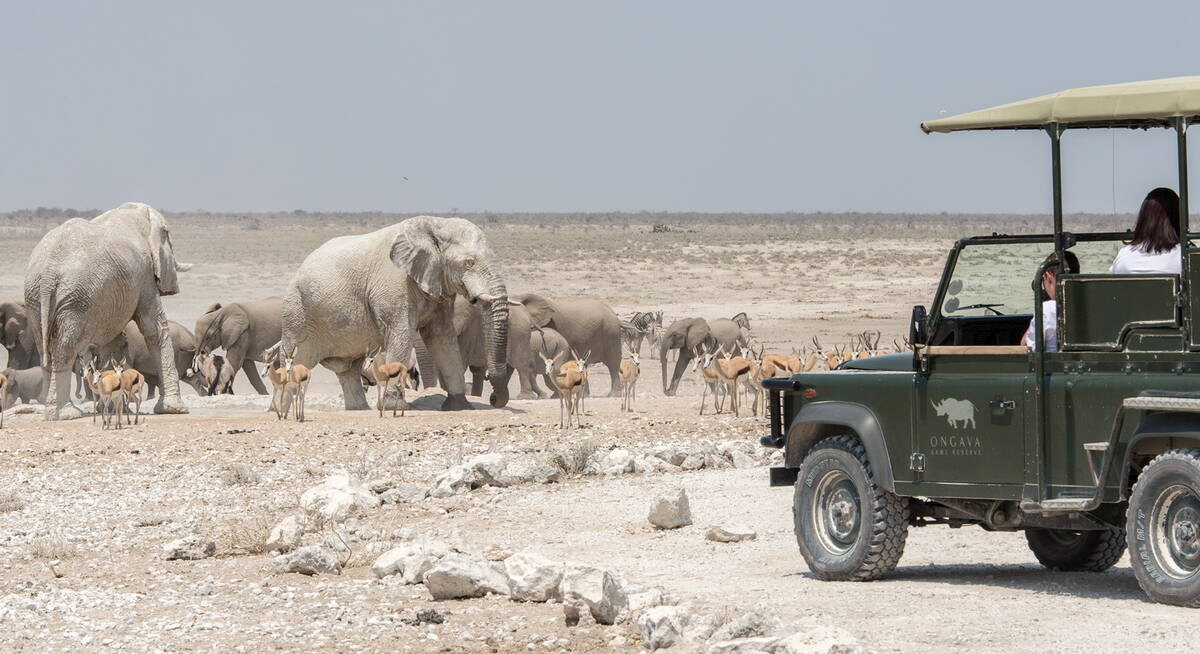
Brown Hyena Self-drive
14 days • 8 locations
WINDHOEK AIRPORT TO WINDHOEK AIRPORT
The perfect trip for those who want to mix the adventure and freedom of a self-drive with some of our favourite luxury camps in Namibia and a great mix of activities.
US$9,150 - US$10,090 per person
Plan and book your trip with Expert Africa
All of our trips are tailor-made, so we'll always adapt them to suit you. Talk to an Expert and let us plan and arrange your perfect trip.

Talk to an Expert
Call or email us now! We’ll match you with the Specialist in our team who is best suited to help you. Then together we can start planning your trip.

Set up your itinerary
Based on our experience and your ideas, your specialist will create a detailed, costed itinerary. We’ll refine it together, until we have a trip that you’re perfectly happy with.

Prepare for your trip
The same Specialist will make the seamless arrangements for your trip, send you detailed travel documents, and be available to answer any questions before you depart.

Travel with peace of mind
After you set off, you’ll be cared for by our partners in Africa, most of whom have worked with Expert Africa for decades. And if you ever need us urgently, we’re available 24/7.

When you return
We love to learn about your trip, and so will always be grateful if you’ve the time to give feedback to your Specialist when you return.
Where to stay: Namibia's best camps & lodges
On this carousel below, you’ll find Namibia’s most interesting camps, lodges and small hotels, ranked by their popularity with our travellers over the years.
From simple restcamps which can provide outstanding wildlife experiences, to luxurious private camps where every detail speaks of opulence – and down-to-earth B&Bs in some of Namibia’s towns, they are all options which we can include in a trip tailored for you.
Dive deeper into each property’s story by clicking on it below, or choose one of the areas of Namibia to explore all the various options of camps and lodges there in much more detail.
Special types of holiday to Namibia
With such varied terrain, Namibia suits many individual interests and styles of travel.
For a family holiday, a self-drive trip is a big adventure, combining the flexibility to choose your own route with the freedom of the open road.
Etoshais a mecca for wildlife enthusiasts, easily explored on your own or with a guide, while Walvis Bay, Sandwich Harbour and the northern rivers offer superb birding.
Top-notch lodges on a fly-in safari offer a touch of luxury, especially with options such as hot-air ballooning, while the hot springs at Ai-Ais come into their own for an affordable wellness retreat, or at the end of a tiring hike. Namibia excels at hiking too – and horseriding!
With constantly changing light and spectacular scenery – Sossusvlei at dawn; pelicans flying low over Walvis Bay lagoon; the mist-drenched emptiness of the Skeleton Coast – Namibia is a photographer’s dream.
Whatever your passion, talk to us and we’ll help to create your perfect trip.
Frequently Asked Questions
Namibia FAQs
Every trip to Namibia is different, but each throws up individual questions – some seemingly trivial, some crucial to the success of your holiday.
At Expert Africa, we have in-depth knowledge of the country and we’re here to help. Below are some of the questions that we’re frequently asked, from what it’s like to drive in Namibia to where to look for wildlife and whether or not you can swim in the sea.
Whatever you need to know, please contact us and we’ll do our best to help.
How do you plan a Namibian road trip?
In addition to meticulously organizing your self-drive safari, we will guide you in the choice of vehicle, ensuring that you have the right car hire
for your adventure. Then, when you arrive, a few basic steps will enhance your road journey.
Namibia's vast expanses often mean long distances between fuel stations – so set off with a full tank of fuel (and at least one spare can of fuel, if you’re heading off piste), plus at least one spare tyre.
Water and sustenance are equally vital companions, so provision yourself with plenty of snacks and water – orchestrating a full-scale picnic will appease the appetites of both body and soul. Furthermore, do not forget to shield your eyes from the sun with a sturdy pair of sunglasses and protect your skin with a generous application of suncream.
While on your Namibian Odyssey, do seize every opportunity to replenish your reserves. Then embrace the open road, for you are about to embark on an unforgettable journey through Namibia's awe-inspiring landscapes.
Can I sleep under the stars in Namibia?
Campers are spoiled for choice, even in Etosha National Park, as well as in more remote locations such as Spitzkoppe and the Namib-Naukluft National Park.
At the other end of the spectrum, some of the top lodges, from the Skeleton Coast and Damaraland to the Namib Desert (Kuala and Little Kulala), have beds that can be rolled out under the stars for your night’s rest.
For a more adventurous experience, guests on a walking safari on the NamibRand Nature Reserve sleep on camp beds laid out in the open by their guides. Just remember to take plenty of warm clothes.
Can I visit Namibia’s diamond areas?
Home to Diamond Area 1, it was known as the Sperrgebiet, or “forbidden territory”. Today much of the area falls within the Sperrgebiet National Park, but access remains restricted.
For most of the region you’ll need to visit with an authorised tour operator. The eerie “ghost” town of Kolmanskop, however, can be visited by self-drivers – although you’ll still need a permit.
For the history, the flora, the sheer remoteness, visiting places such as Elizabeth Bay and the ghost town of Pomona may take some planning, but it is worth the bureaucracy.
What coastal activities does Namibia offer?
Sea swimming isn’t generally an option except in Swakopmund & Walvis Bay and Lűderitz. Courtesy of the Benguela Current, the waters of the Atlantic are cold – even by British standards! – and can be treacherous.
Against this, kayaking at Walvis Bay, where Cape fur seals see you as part of their morning’s entertainment, is a must for watersports and wildlife lovers alike.
Boat tours provide similar opportunities without the exercise, while in Lűderitz they offer the additional opportunity of seeing African penguins.
Fishing, too, can be organised in the coastal towns, while hiking along the beaches of the Skeleton Coast, littered with whalebones, gives a whole new meaning to a walk by the sea.
How long does a Namibia safari holiday take?
Those with a more time usually build on the highlights, perhaps driving around and including a stop for activities at Swoakpmund, time leopard-spotting on the Okonjima Reserve, or a visit to one of Namibia’s many less famous guest farms and lodges.
If you have longer, the options are many and varied. For sheer desolate wilderness, the Skeleton Coast is a must, while the awe-inspiring scenery of Fish River Canyon is more than a match.
To gain a glimpse of Namibia’s indigenous cultures, you’ll need to head north to the Himba villages nestled in the stark, arid landscape of Kaokoland. Or seek out the homelands of the San, or Bushmen, in Bushmanland, on the country’s eastern borders with Botswana.
Our other African destinations
Namibia’s scenic diversity is among its greatest appeals, but if you’re after a stronger focus on wildlife or water activities, take a look at some other Expert Africa destinations.
Neighbouring Botswana stands out for the iconic Okavango Delta, where vast private reserves offer exclusive wildlife watching. Zambia, too, boasts exceptional wildlife and intimate camps, many of them owner-operated. For a more rustic safari, consider Zimbabwe, whose safari guides are some of the best in the world, or head east to the open grasslands of Tanzania.
Water lovers will be in their element in South Africa, as well as in east Africa, where Kenya, Mozambique and Malawi beckon. Or for a true castaway experience, the islands of Zanzibar and the Seychelles make superb add-ons to a safari. And then there’s Rwanda, with that once-in-a-lifetime opportunity to come face to face with mountain gorillas. The choices are many and varied, so contact us to help you design your perfect safari – wherever that may be.
Elephant safari
in Linyanti
Talk to a Namibia Expert
These members of the Expert Africa team have been to Namibia and can advise you from their own personal experience.
Start a conversation with them today to help plan your trip.
Namibia specialist
I visited Namibia most recently in Apr 2025. I was born and live in Namibia I've spent 133 days researching in Namibia.
Namibia specialist
I wrote part of the Bradt Guide to Namibia. I've spent 81 days researching in Namibia.
Namibia specialist
I grew up in South Africa and lived in Namibia before heading to the UK I've spent 14 days researching in Namibia.



